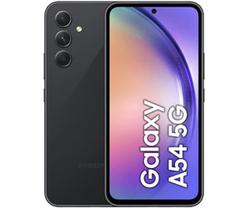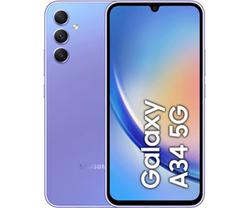The Samsung Galaxy A54 and Galaxy A34 are interesting mid-range smartphones with a lot of strengths. They have bright Super AMOLED displays with a refresh rate of 120 Hz, very good main cameras with optical stabilisation, IP67 dust and water protection, a design similar to the Galaxy S23 flagships, and stereo sound. The smartphones are not equipped with the most powerful processors, but they are quite enough for comfortable use. Everything is in order with up-to-date wireless interfaces and battery life, and a MicroSD slot is a nice bonus. Among the complaints is the lack of video stabilisation in 4K, only FullHD. And also the fact that now the A-line of Samsung smartphones comes without power supplies. The price of Samsung Galaxy A54 starts at 450 $ for the 6/128 GB version, Galaxy A34 - from 330 $. Therefore, the competition for smartphones is quite serious. And not only from third-party manufacturers. For example, last year's Samsung Galaxy A73 in the version with more RAM and built-in memory and a Qualcomm processor costs the same.
7 reasons to buy Samsung Galaxy A54 and Galaxy A34:
- Bright AMOLED screens with a refresh rate of 120 Hz
- Nice main cameras with optical stabilisation
- Minimalist stylish appearance
- Dust and water protection
- Loud stereo speakers
- MicroSD slot
- eSIM support (Samsung Galaxy A54 model only)
3 reasons not to buy Samsung Galaxy A54 and Galaxy A34:
- Lack of 4K video stabilisation
- No power supply included
- There are interesting competitors in the same price range (including Samsung models)
Quick jump:
- What are the interesting and different features of Samsung Galaxy A54 and Galaxy A34?
- What do Samsung Galaxy A54 and Galaxy A34 look like ?
- How good are the screens?
- What are the unlocking methods?
- What about performance, memory, sound and battery life??
- How user-friendly is the interface?
- How do the cameras shoot?
- In summary
What are the interesting features and differences between Samsung Galaxy A54 and Galaxy A34?

The positioning of the Samsung Galaxy Fold and Galaxy S lines is quite clear. Samsung Galaxy M and Galaxy A are a bit more complicated. But in general, we can say that the Galaxy M focuses on a large battery capacity. The Galaxy A line is a mass-market smartphone, starting with affordable models and ending with more interesting models that have some features of flagships. For example, optical stabilisation in the main camera, moisture protection and stereo sound. These are the Samsung Galaxy A54 and Galaxy A34 models we are talking about today. This year, they have become the most technologically advanced in the A line: for some reason, the company decided not to release the A7x model. In general, the models have a lot in common: the aforementioned features, similar design, stereo sound, although there are quite a few differences. To begin with, here's a comparison of the characteristics:
| Specifications | Samsung Galaxy A54 | Samsung Galaxy A34 |
|---|---|---|
| Display | Super AMOLED, 6.4 inches, 2340x1080 (aspect ratio 19.5:9), 390 ppi, 120 Hz, Gorilla Glass 5, 1000 nits (peak value) | Super AMOLED, 6.6 inches, 2340x1080 (aspect ratio 19.5:9), 403 ppi, 120 Hz, Gorilla Glass 5, 1000 nits (peak value) |
| Body | dimensions: 158.2x76.7x8.2 mm, weight: 202 g | dimensions: 161.3x78.1x8.2 mm, weight: 109 g |
| Processor | 64-bit 5nm Samsung Exynos 1380, 4x2.4 GHz Cortex-A78 + 4x2.0 GHz Cortex-A55, Mali-G68 MP5 graphics | 64-bit 6nm Mediatek Dimensity 1080, 2x2.6 GHz Cortex-A78 + 6x2.0 GHz Cortex-A55, Mali-G68 MC4 graphics |
| RAM | 6/8 GB | |
| Storage |
128/256 GB UFS 3.1 |
|
| Cameras | 50 MP (f/1.8, 1/1.56", 1.0 µm, PDAF, OIS) + 12 MP ultra-wide-angle, (f/2.2, 123˚, 1.12µm) + 5 MP macro f/2.4; video 2160p@30 fps, 1080p@30/60 fps; front camera: 32 MP f/2.2 | 48 MP (f/1.8, 1/2.0", 0.8 µm, PDAF, OIS) + 8 MP ultra-wide-angle, (f/2.2, 123˚, 1.12µm) + 5 MP macro f/2.4; video 2160p@30 fps, 1080p@30/60 fps; front camera: 13 MP f/2.2 |
| Wireless technologies | Wi-Fi 802.11 b/g/n/ac/e (dual-band, 2.4 and 5 GHz), Bluetooth 5.3 LE, NFC | Wi-Fi 802.11 b/g/n/ac (dual-band, 2.4 and 5 GHz), Bluetooth 5.3 LE, NFC |
| GPS | GPS, A-GPS, GLONASS, BDS, GALILEO | |
| Battery | 5000 mAh non-replaceable; fast charging: 25W | 5000 mAh, non-replaceable; fast charging: 25 W |
| Operating system | Android 13 + One UI 5.1 | |
| Sim card | 2xNanoSIM + MicroSD (hybrid slot) + eSIM | 2xNanoSIM + MicroSD (hybrid slot) |
| Optional | IP67 dust and moisture protection, optical in-screen fingerprint scanner, stereo sound | |
What do Samsung Galaxy A54 and Galaxy A34 look like?

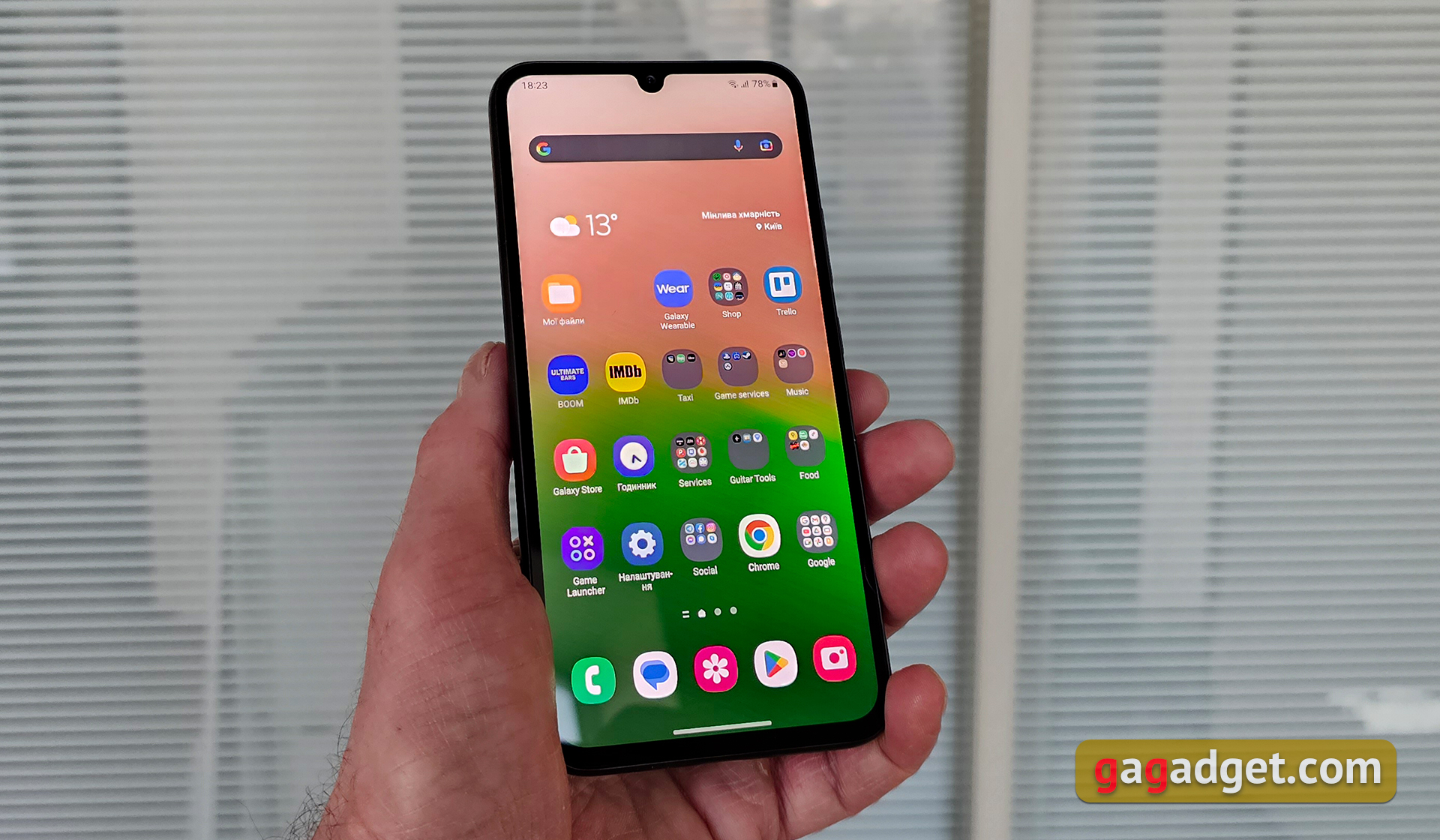
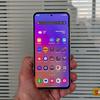
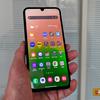
The general minimalist style of smartphones has affected not only this year's flagships, but also more affordable models. Although it is most noticeable at the back. We will return to this a little later. Samsung Galaxy A54 and Galaxy A34 have flat screens protected by 5th generation Gorilla Glass. Everything is familiar from the front: a screen, a front camera and a thin slot for the earpiece speaker. The bezels around the screens, of course, are not as thin as those of flagships. Samsung Galaxy A54 has a front camera in a small round hole. In the Galaxy A34, it is made in a more old-fashioned way: a drop-shaped notch. The bezels of the smartphones are plastic, with a matte pleasant finish. The controls and other functional elements are completely the same and are placed quite familiarly. The power and volume buttons are placed at a convenient height, so you don't have to reach for them.
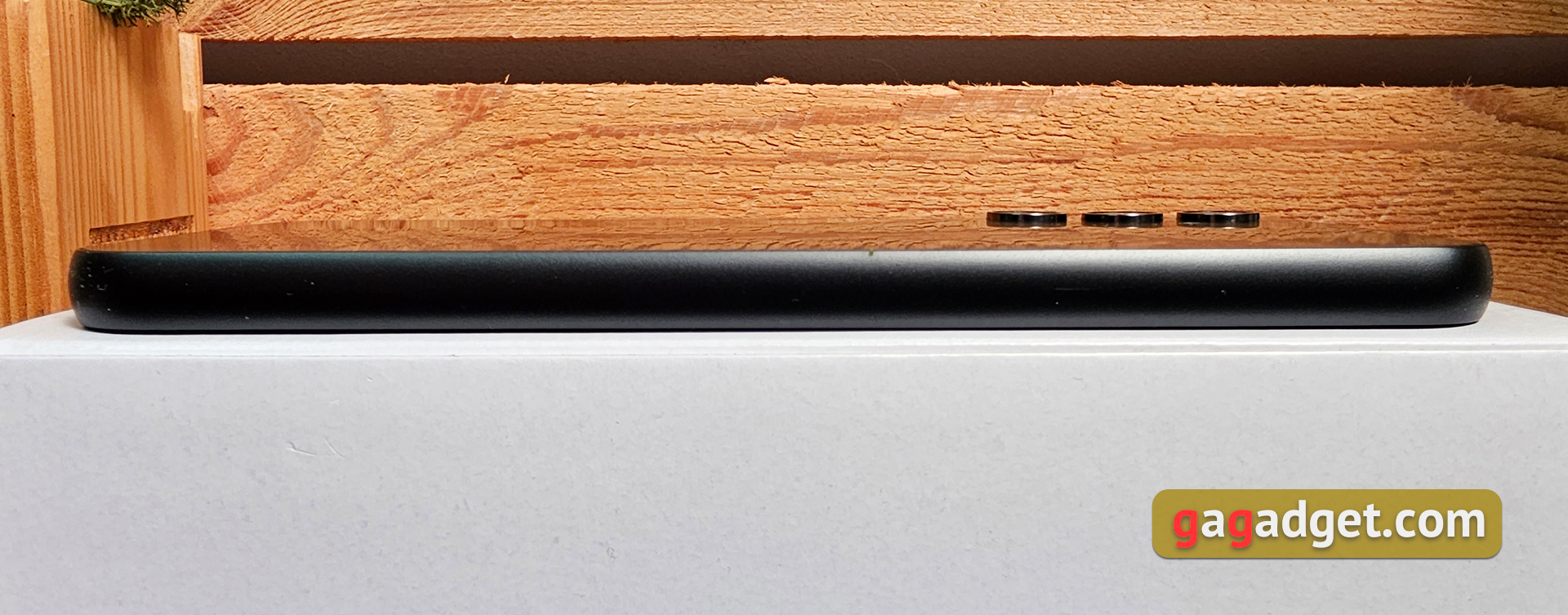

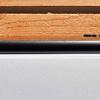

On the top edge of the smartphones there is an additional microphone for stereo recording and a tray.

The tray in this case is hybrid. That is, it is possible to install either two SIM cards or expand the memory with a MicroSD card instead of the second one. The older Galaxy A54 model also has eSIM support.

Below is the main speaker, two microphones and a USB Type-C connector.

The back cover looks very similar to the flagship models: a similar minimalist design with three rear camera lenses protruding slightly above the surface of the cover. Instead of glass, Samsung Galaxy Galaxy A34 uses matte, pleasant to the touch plastic. It is difficult to say about Samsung Galaxy A54: there is no information on the official website. But it feels very similar to the glass back cover.
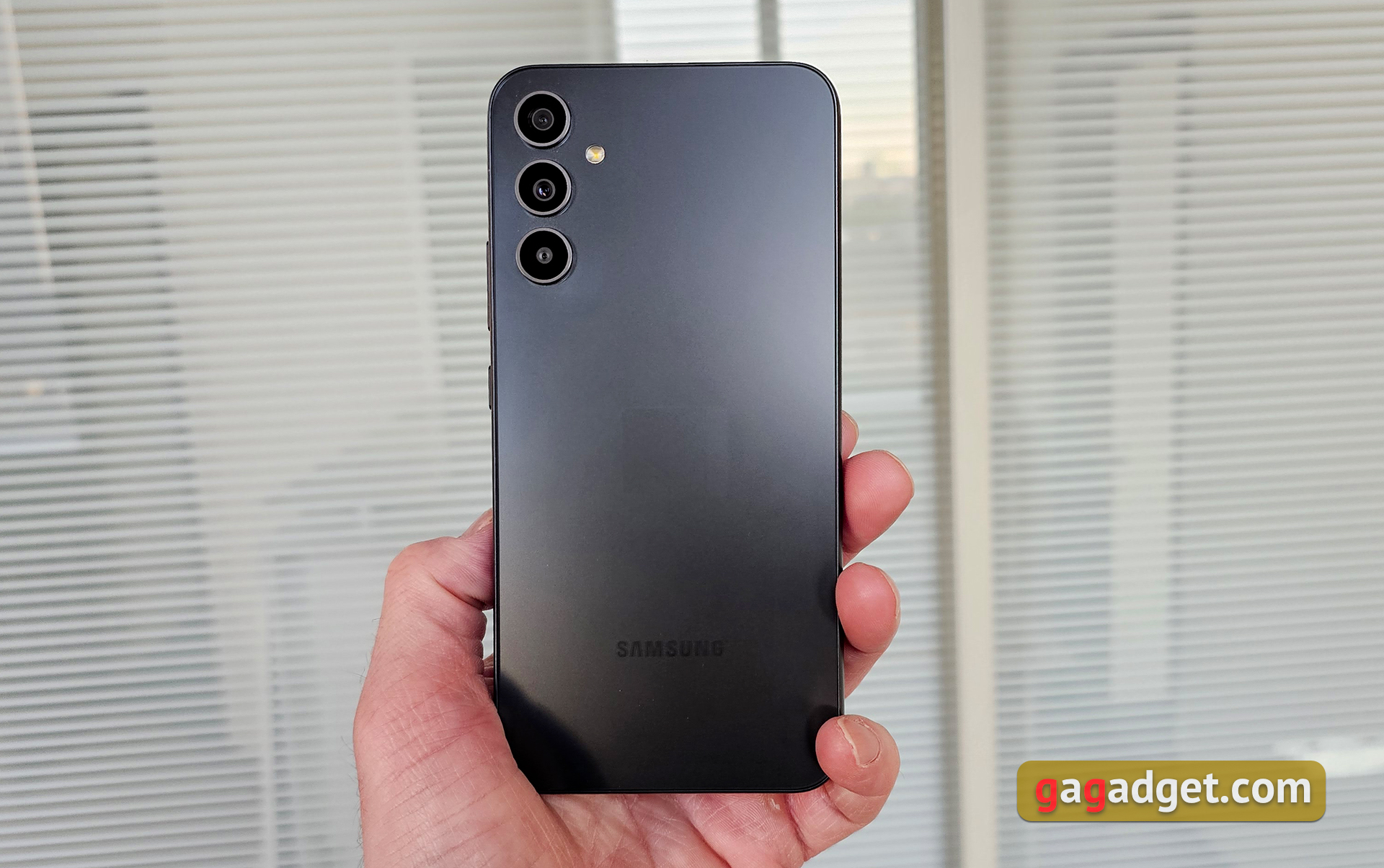
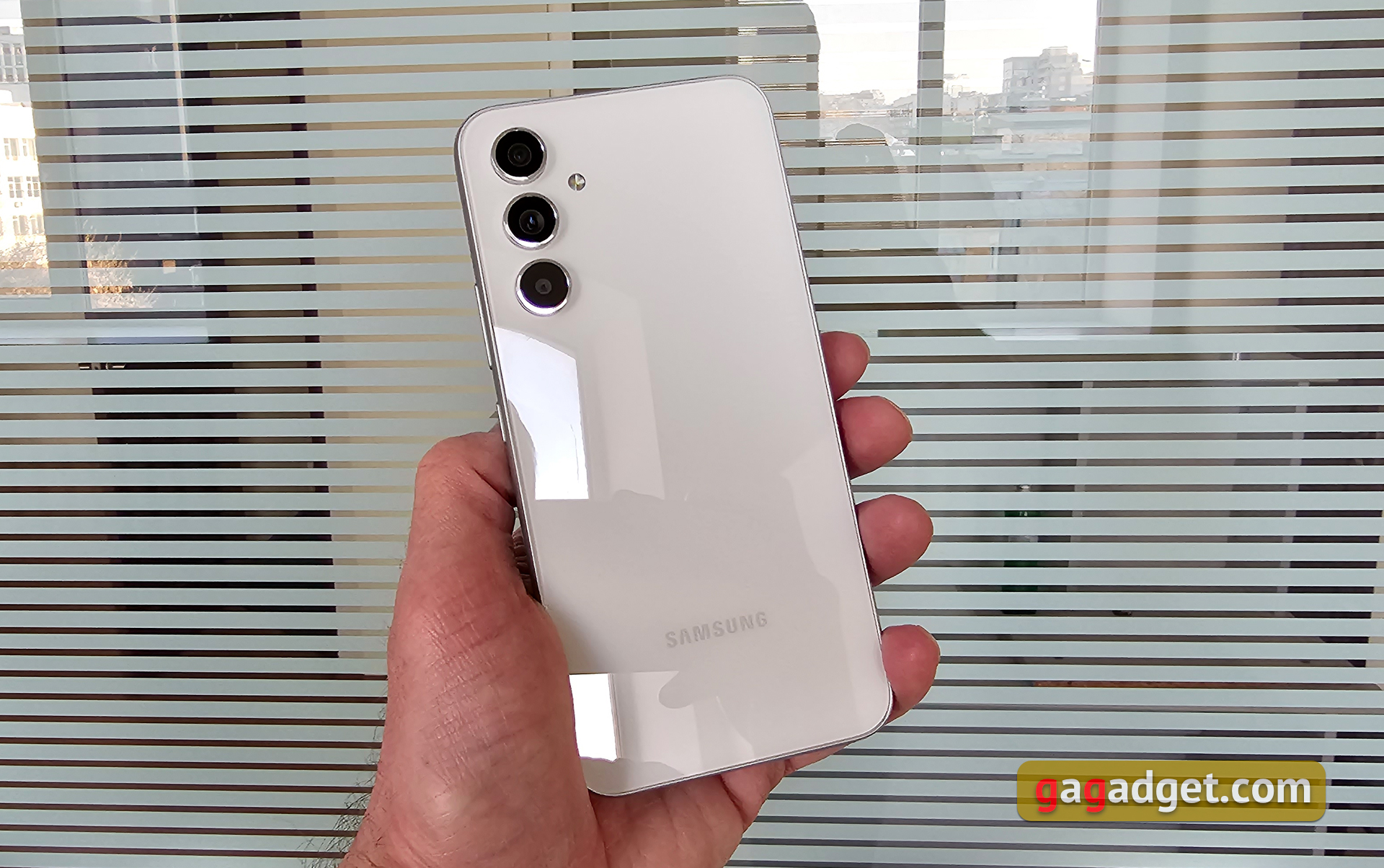
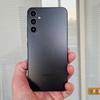
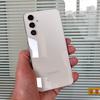
Both Samsung Galaxy A54 and Galaxy A34 are IP67 dust and water resistant, Samsung promises that they can withstand up to 30 minutes at a depth of 1 metre. The appearance is nice, very close to the Galaxy S23 line. So if you like the current flagships, you'll love the Galaxy A.
How good are the screens?
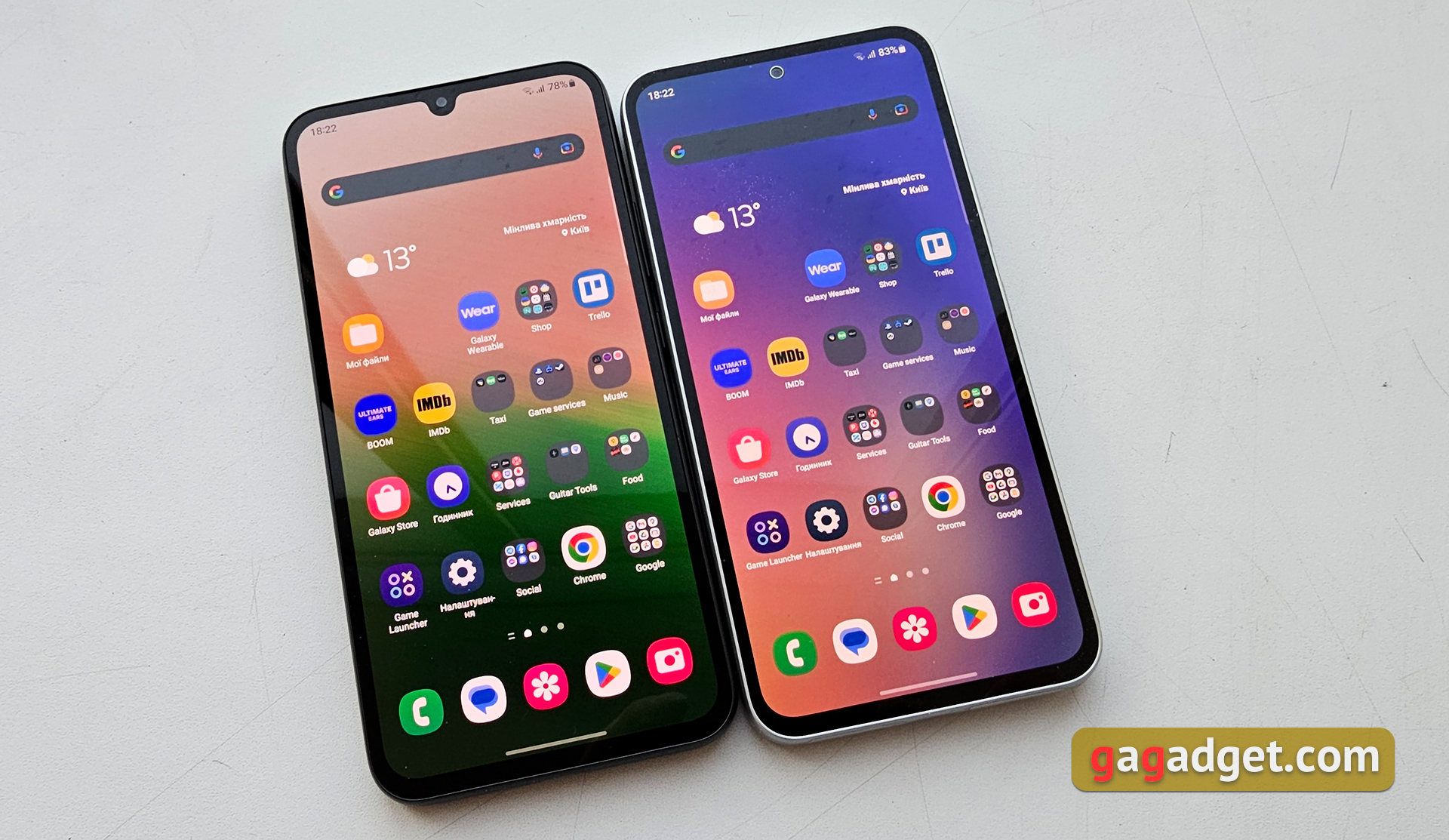
Samsung Galaxy A54 and Galaxy A34 are equipped with Super AMOLED screens with a FullHD+ resolution of 2340x1080, 19.5:9 aspect ratio, peak brightness of 1000 nits, HDR10+ support, and a refresh rate of 120 Hz. The only difference is in the diagonal of the screens and, accordingly, the pixel density. The Samsung Galaxy A54 has a 6.4-inch diagonal and a pixel density of 403 ppi, while the Galaxy A34 has a 6.6-inch diagonal and a pixel density of 390 ppi. The screens are of good quality, with sufficient brightness and maximum viewing angles. But at the initial angles, the white colour acquires a greenish tint, which is typical for many AMOLED screens. Thus, a live comparison with the flagships shows that the A-series screens are somewhat more modest, but there are no significant complaints about them visually.
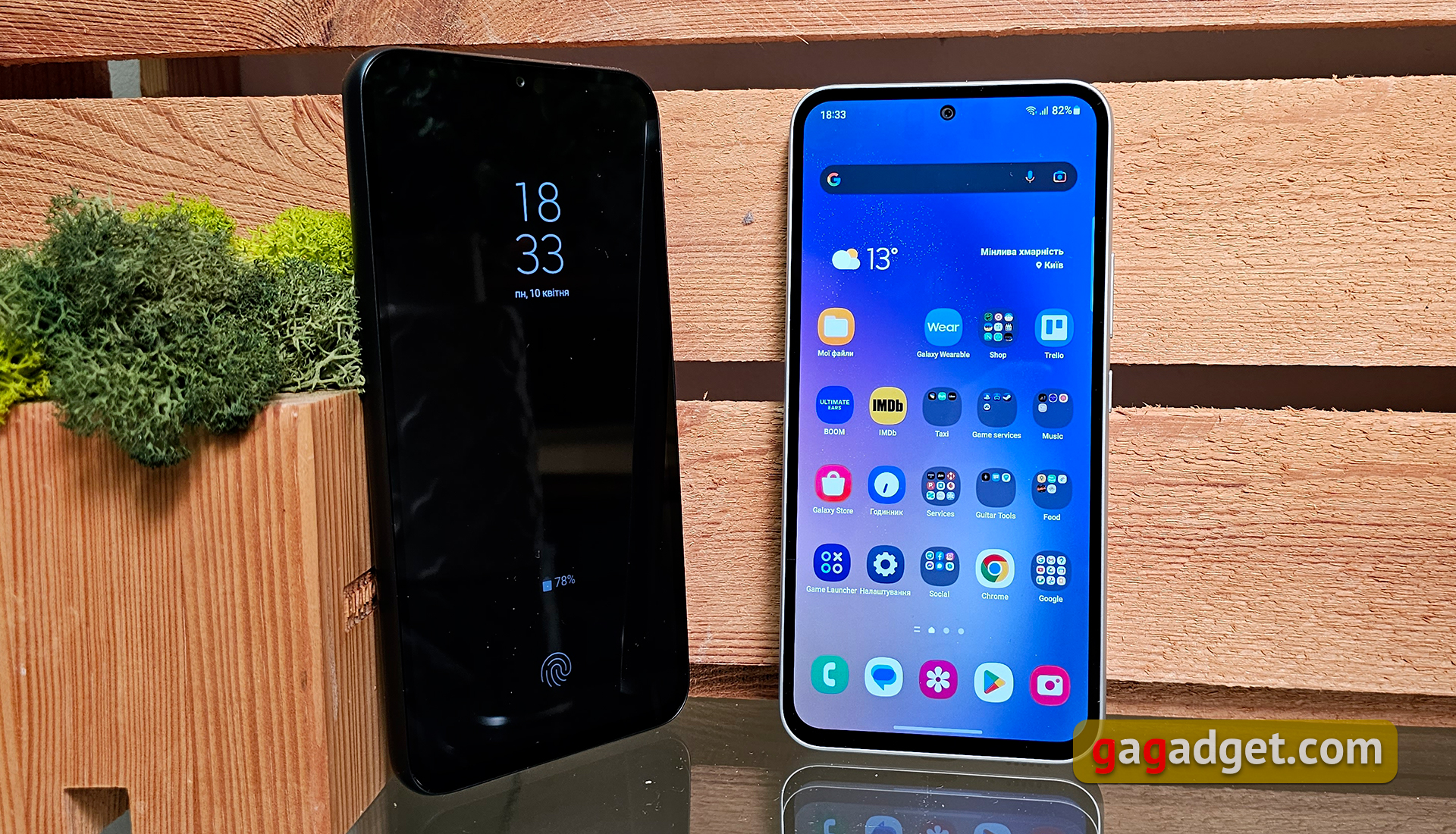
The set of settings is almost the same as the flagships: the choice of light or dark theme with the ability to switch on by schedule, brightness, "eye comfort" (automatic adjustment of colour temperature depending on ambient light), scale of interface elements, font size, colour display modes (saturated and natural), Always on Display and refresh rate. However, the younger model has only fixed values of 60 or 120 Hz. Adaptive refresh rate is not supported. Although it plays almost no role during use. It affects battery life, but the difference will be minimal.
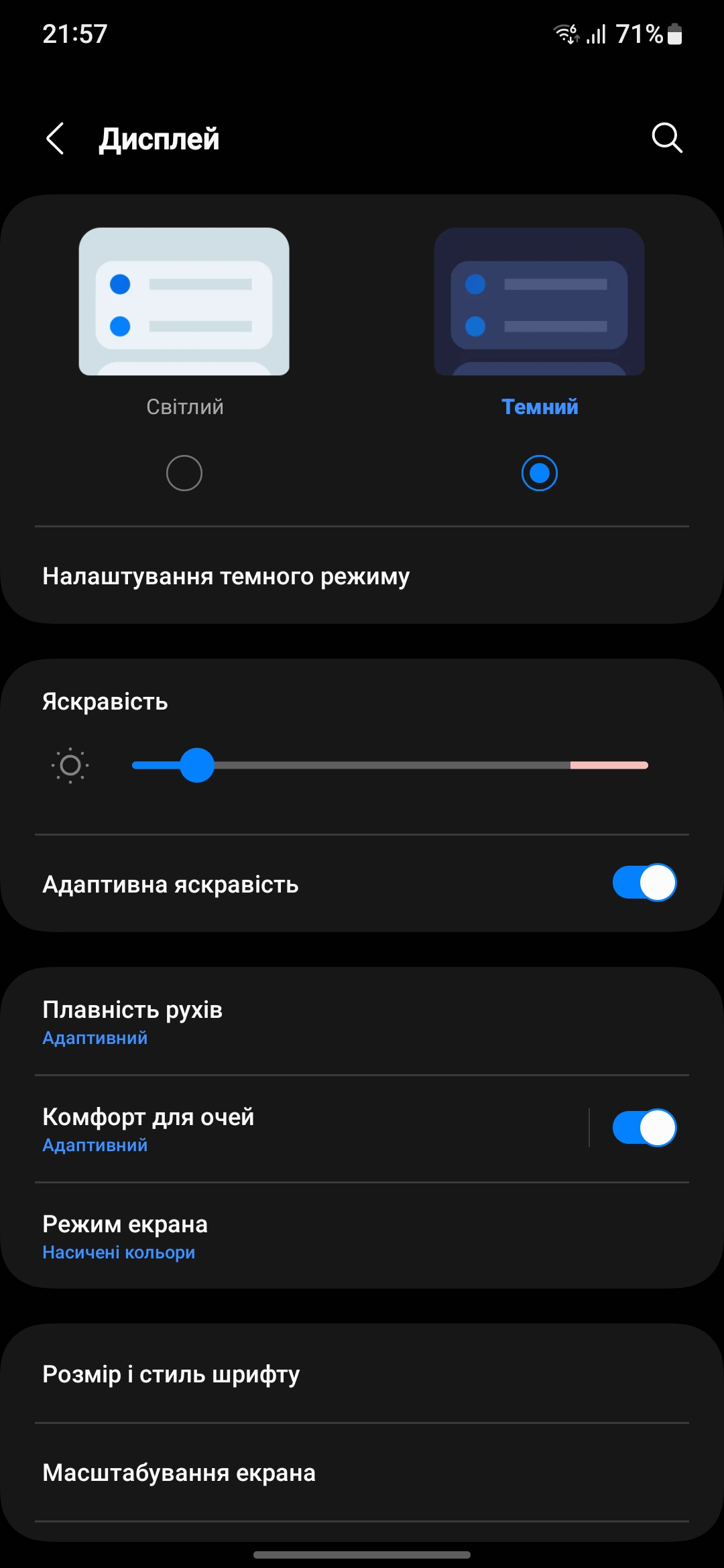
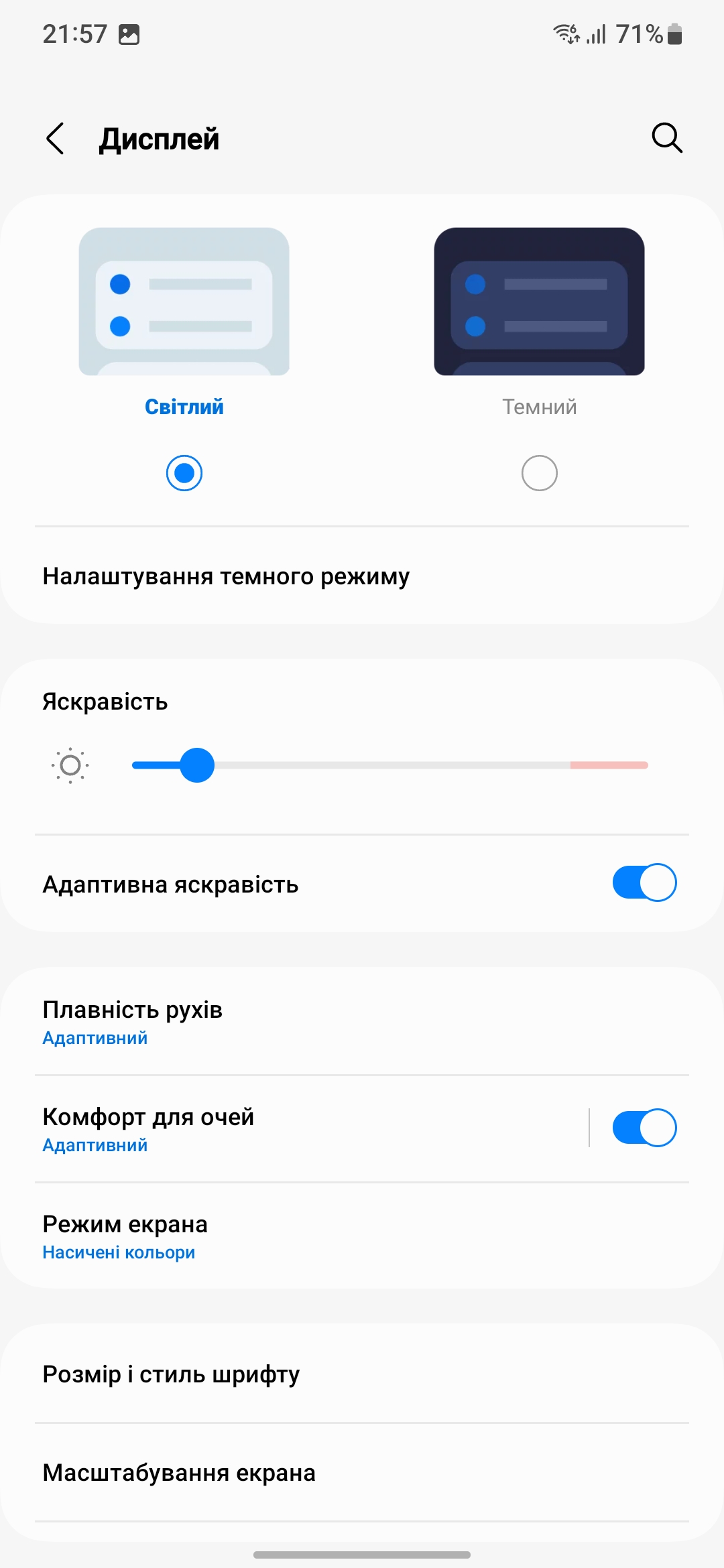




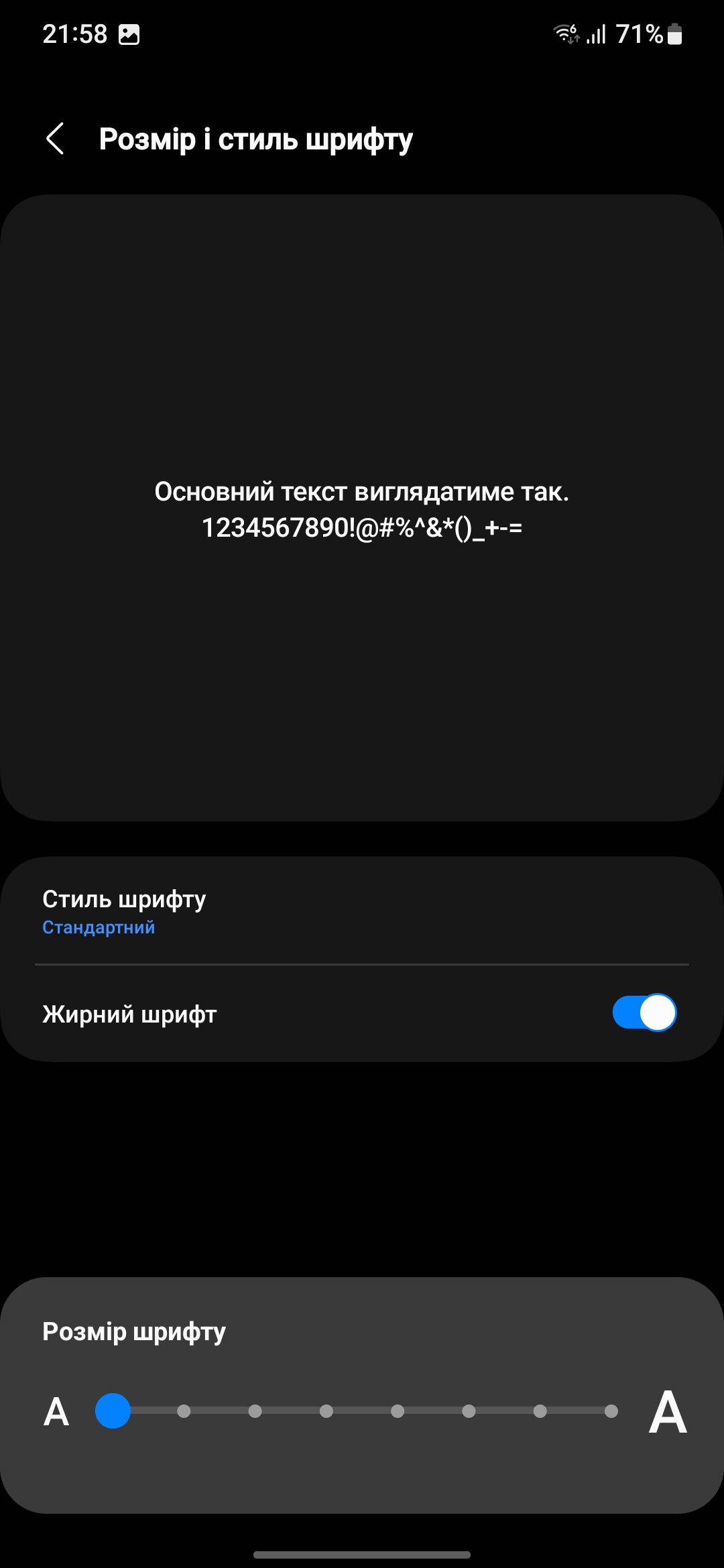

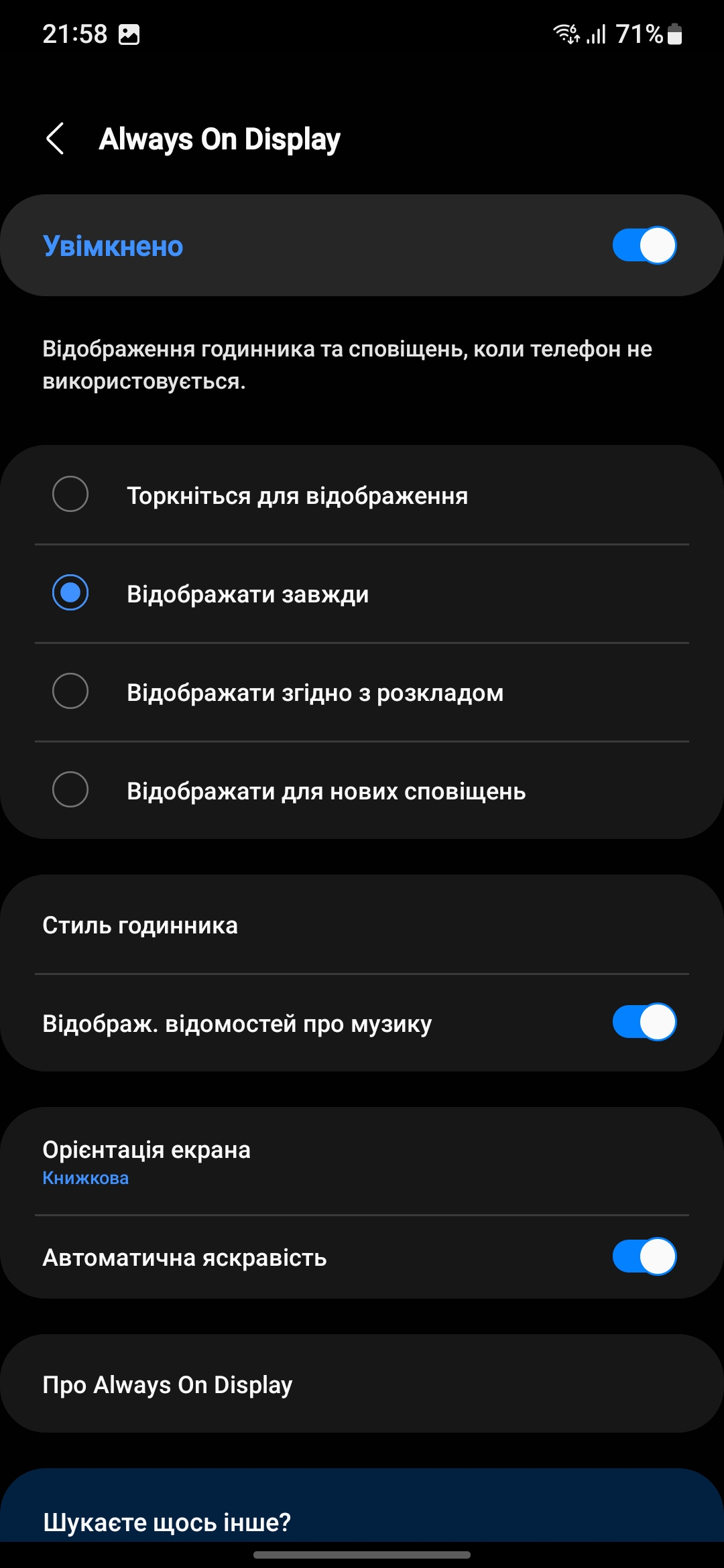
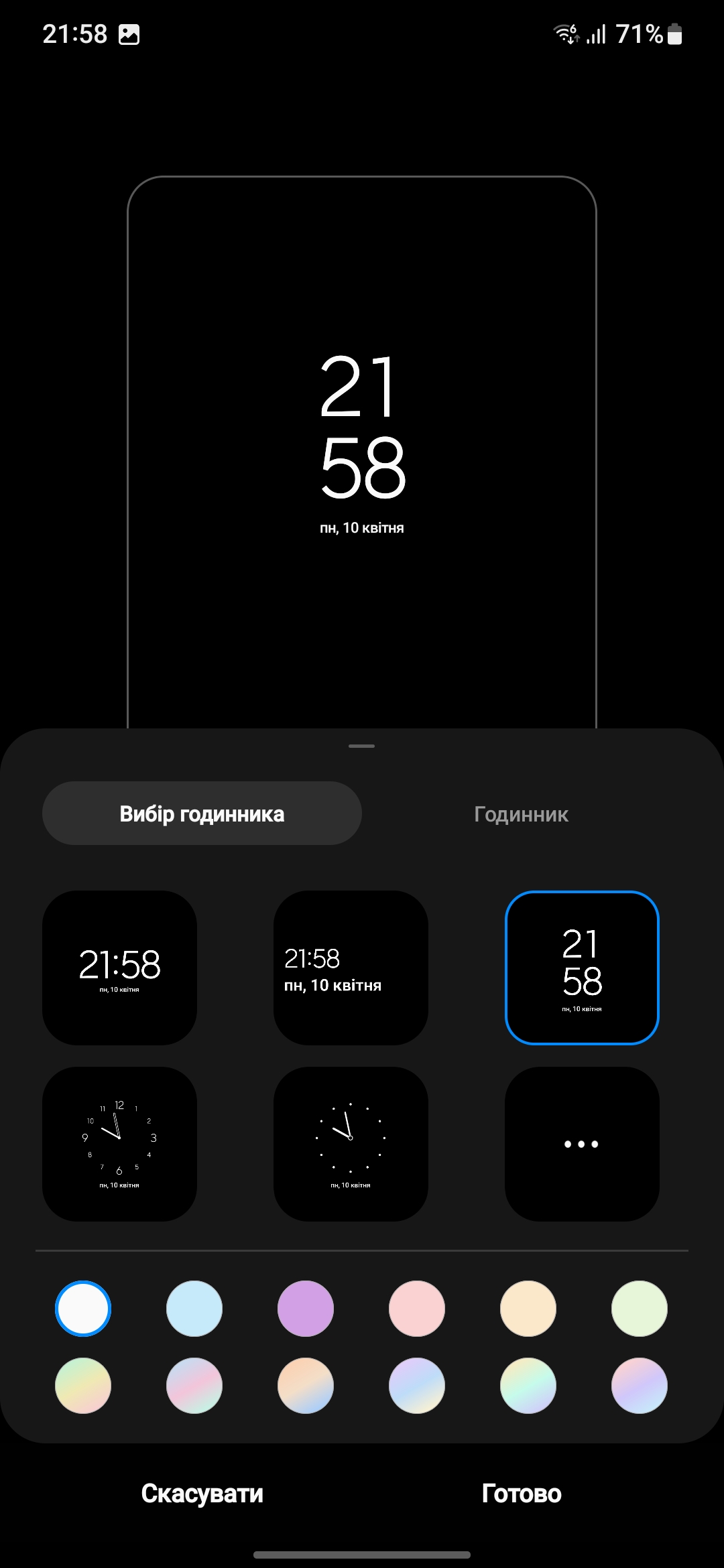





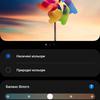




The smartphones showed fairly close results when measured with a colourimeter. Samsung Galaxy A54 in the "Saturated" mode with manual brightness control demonstrated an indicator of 401.783 cd/m2. The colour gamut is much wider than sRGB, and all other indicators are very close to the reference values.
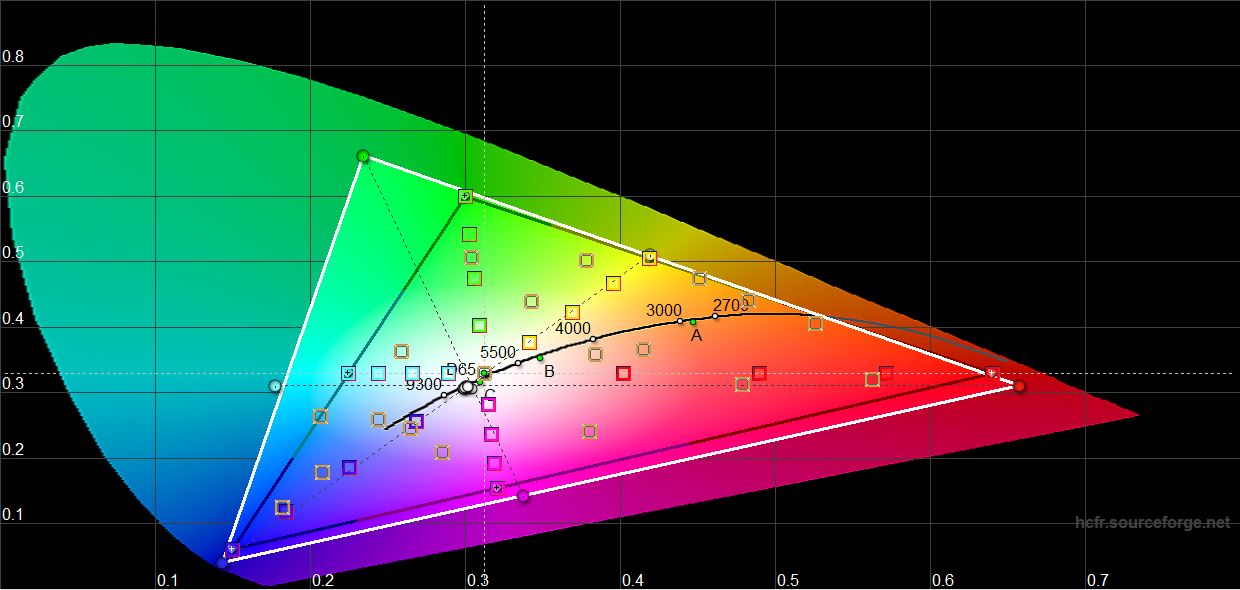
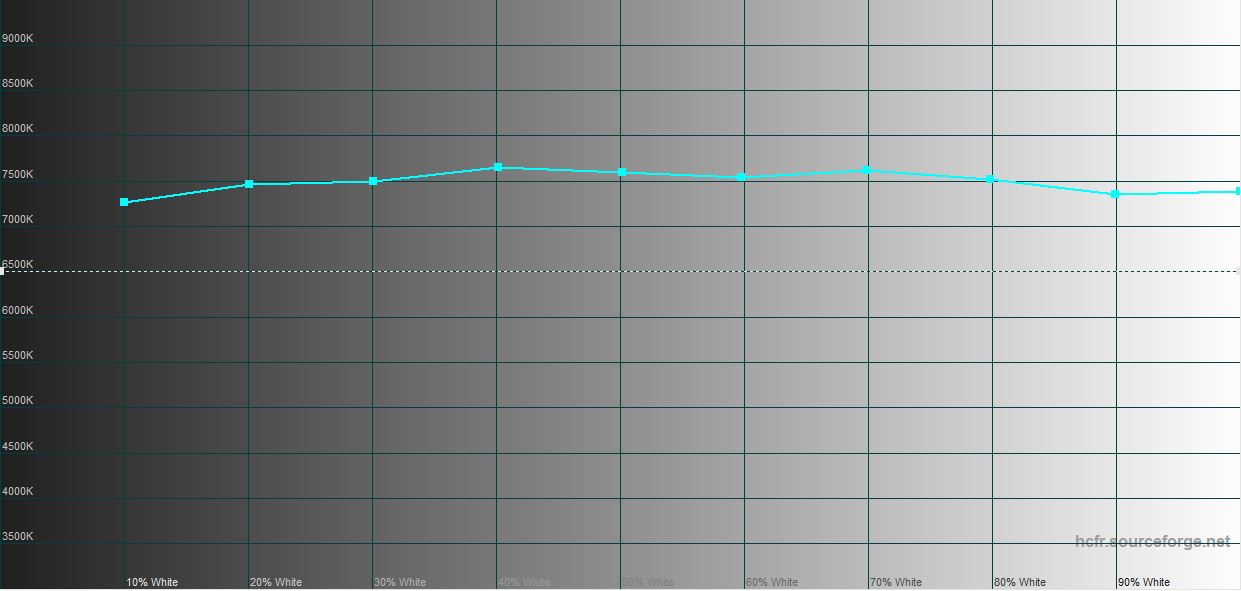
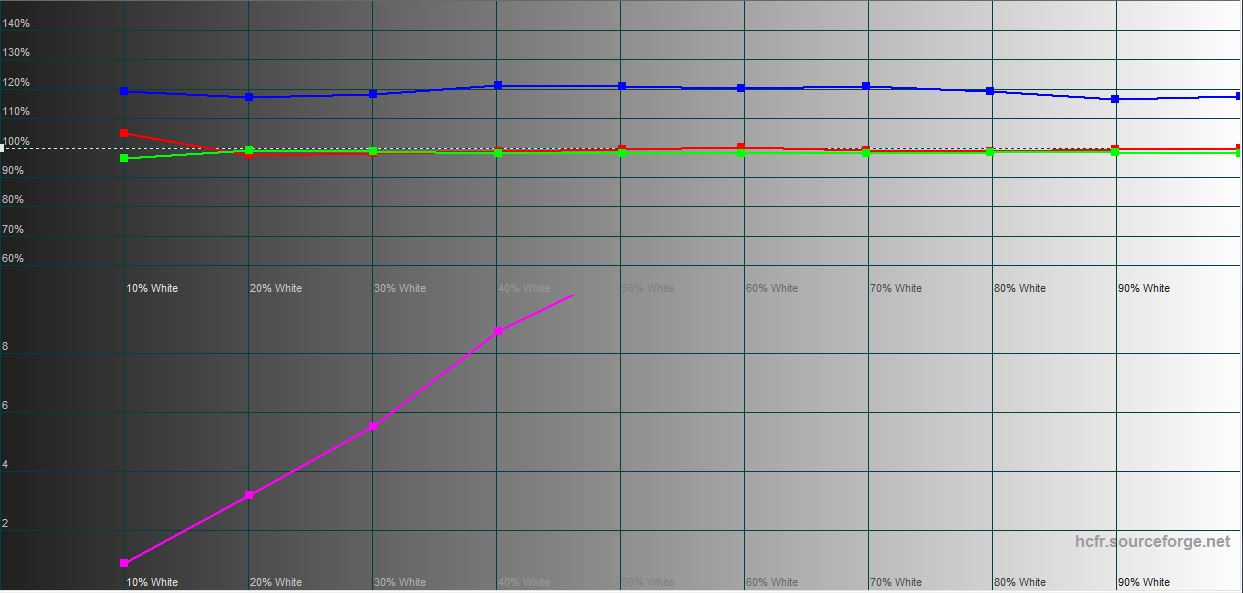
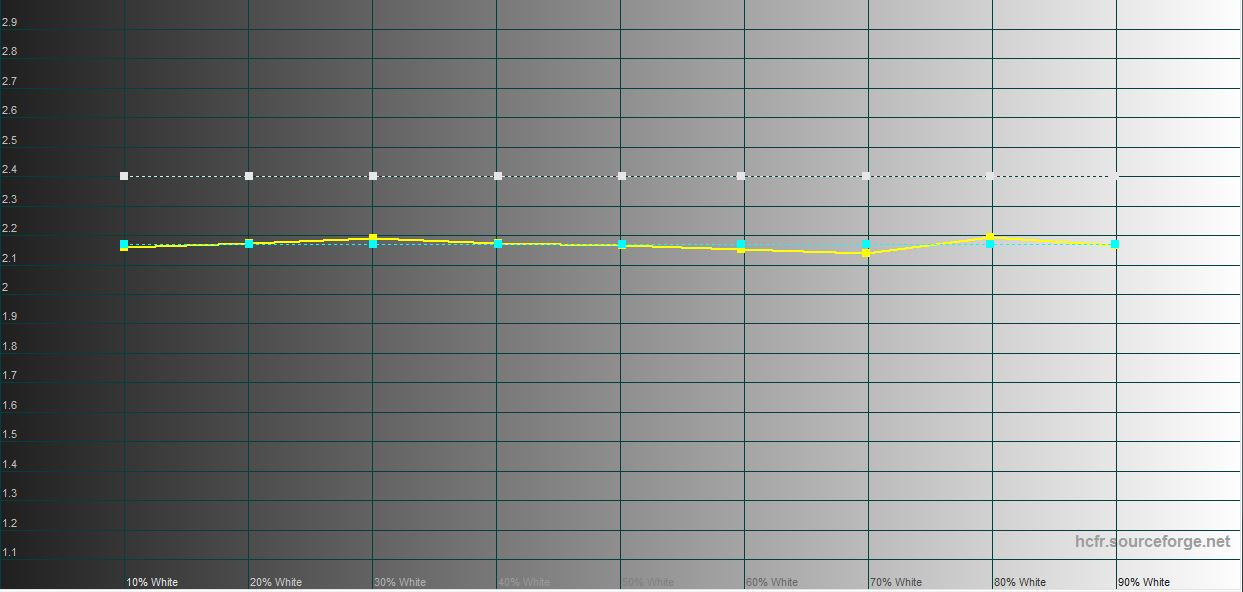
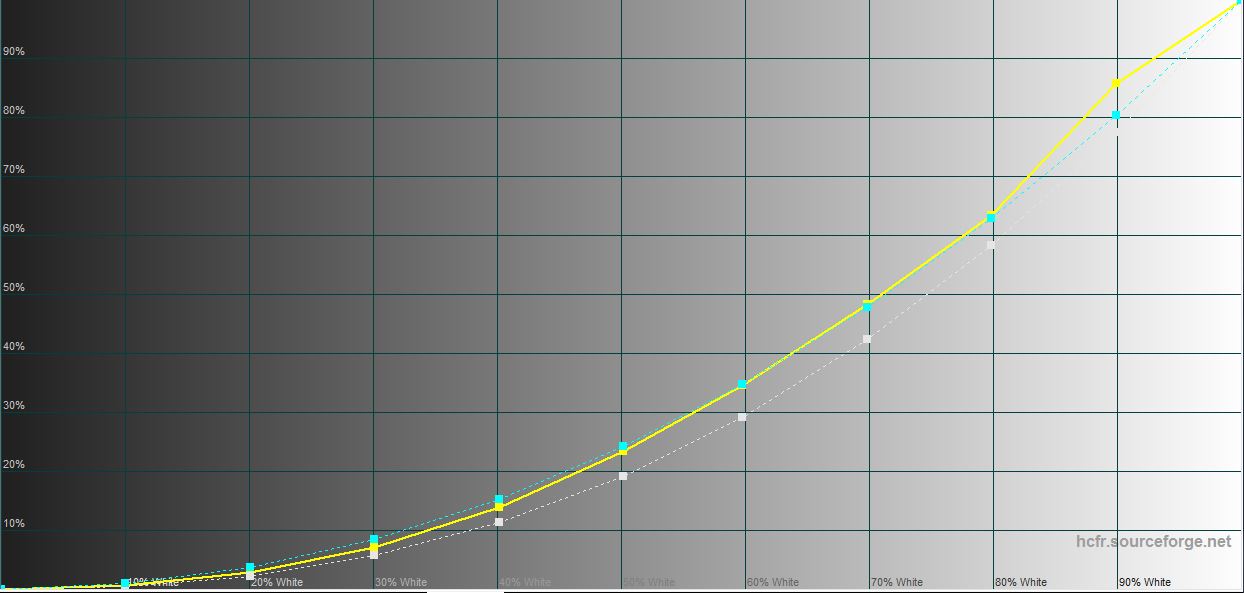



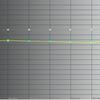

In the "Natural colours" mode, the colour gamut is close to sRGB, and the brightness is slightly lower: 387.126 cd/m2. Colour reproduction is not as accurate, but the difference is minimal.
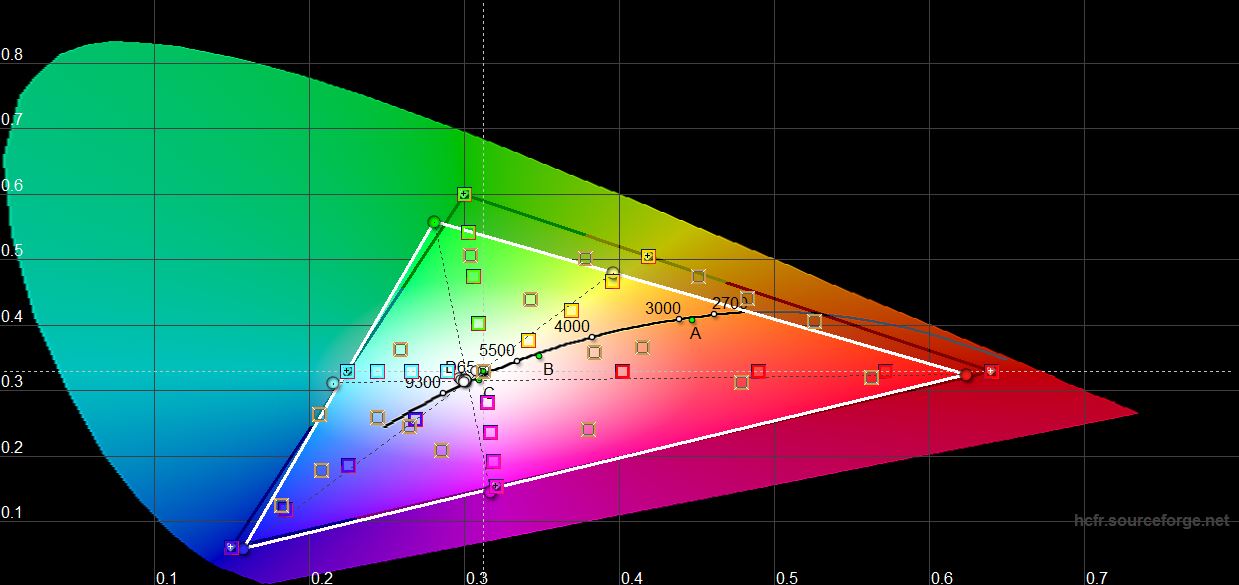
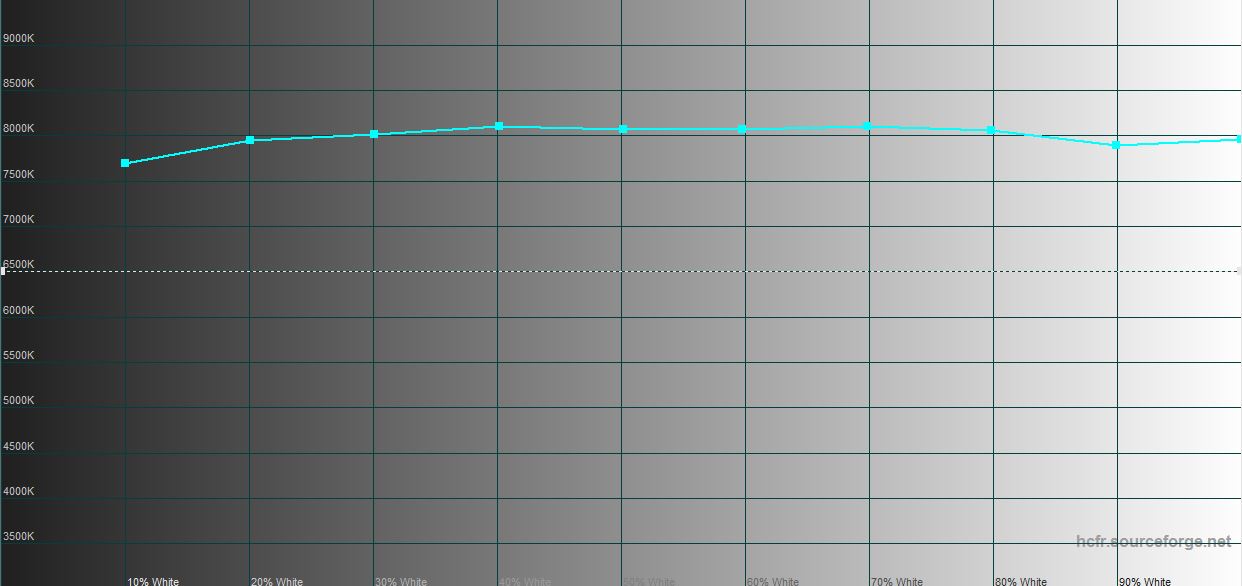
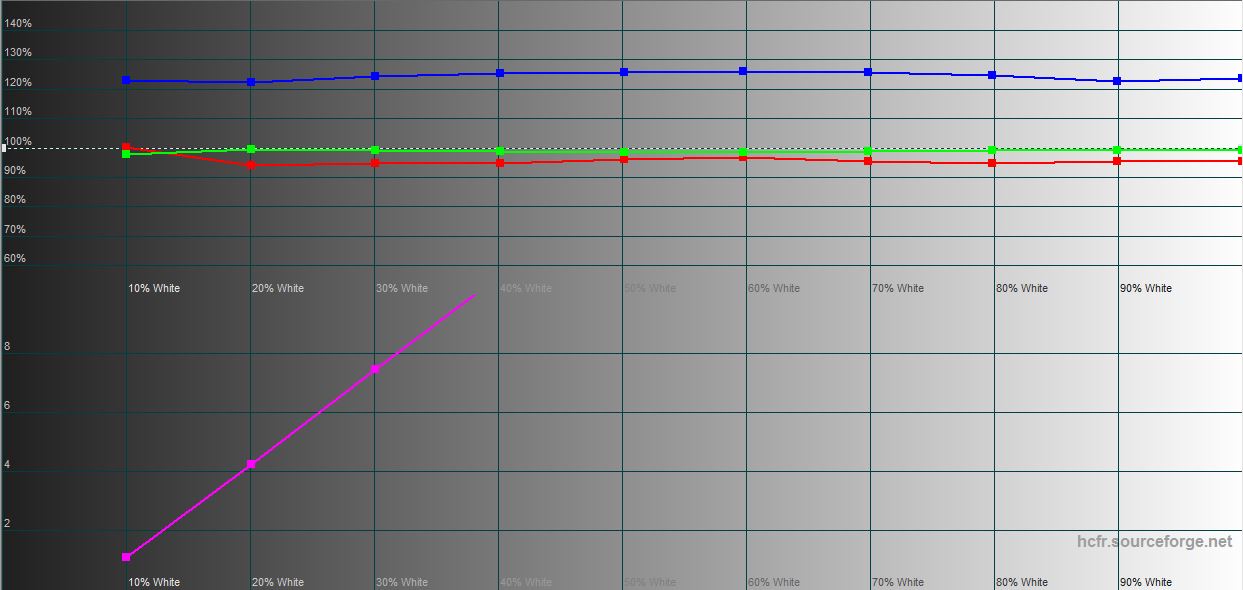

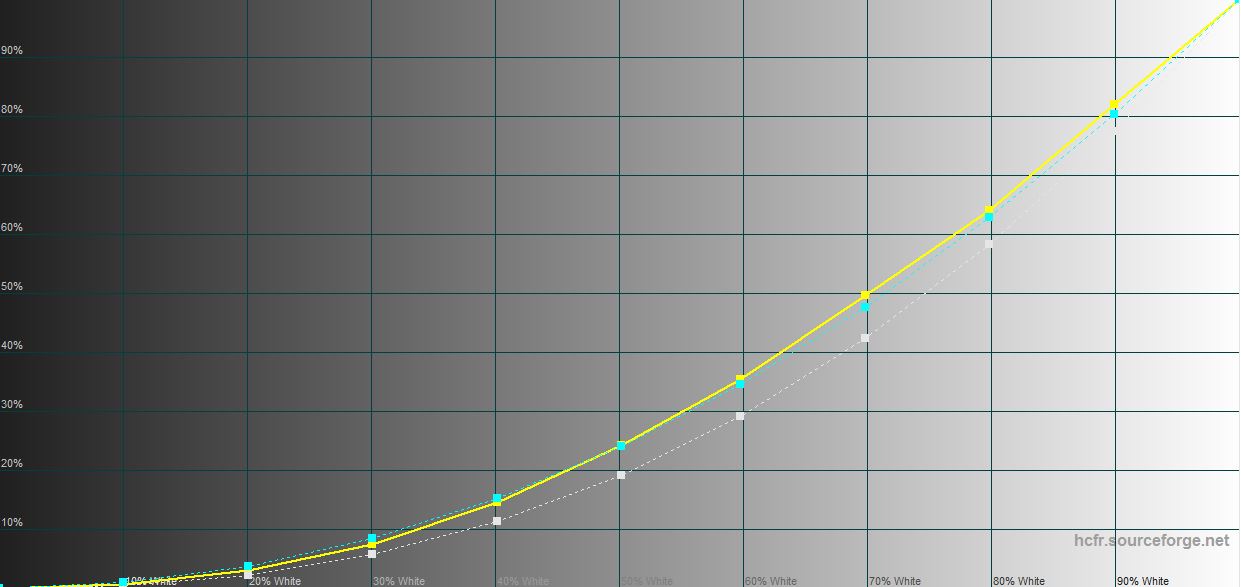





Samsung Galaxy A34's performance is very close to Galaxy A54. In the "saturated" mode, the brightness is 394.73 cd/m2. Graphs:
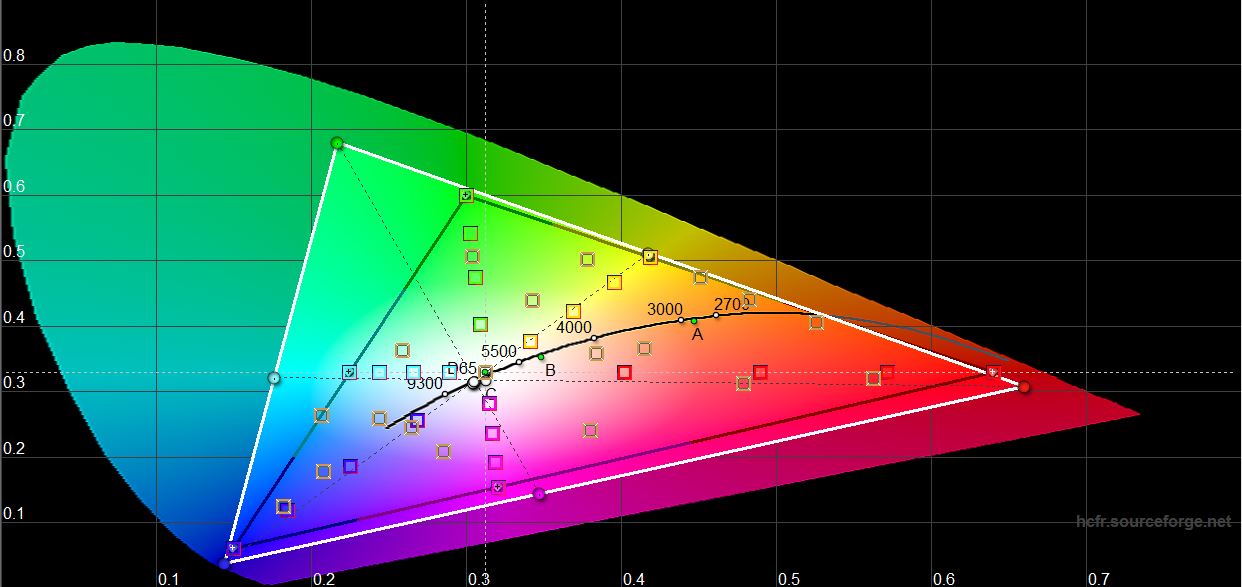


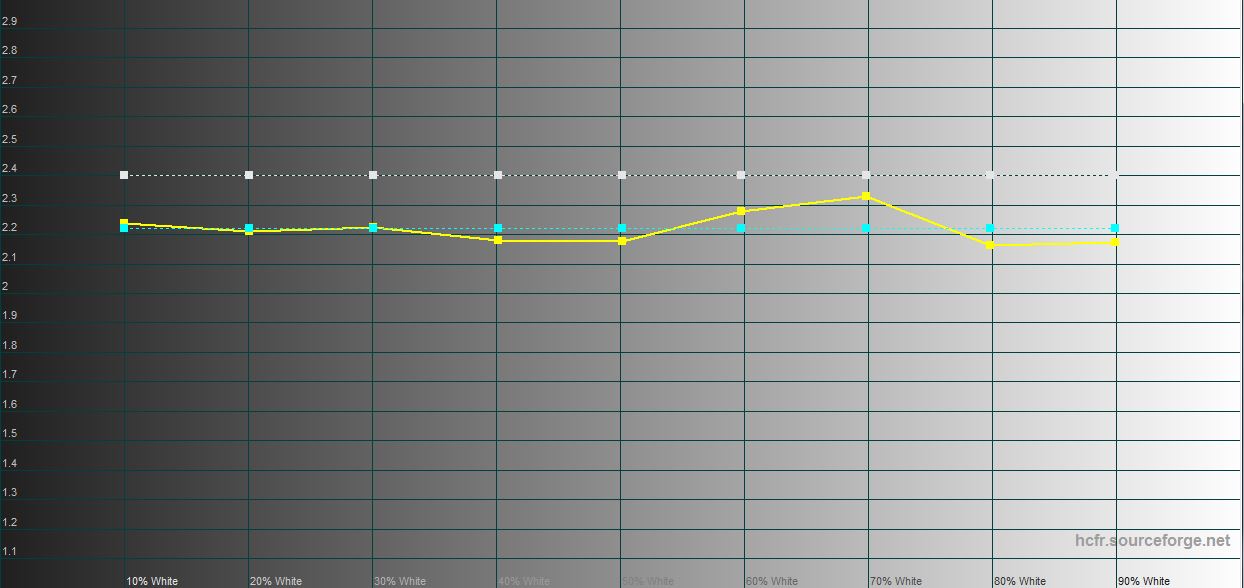
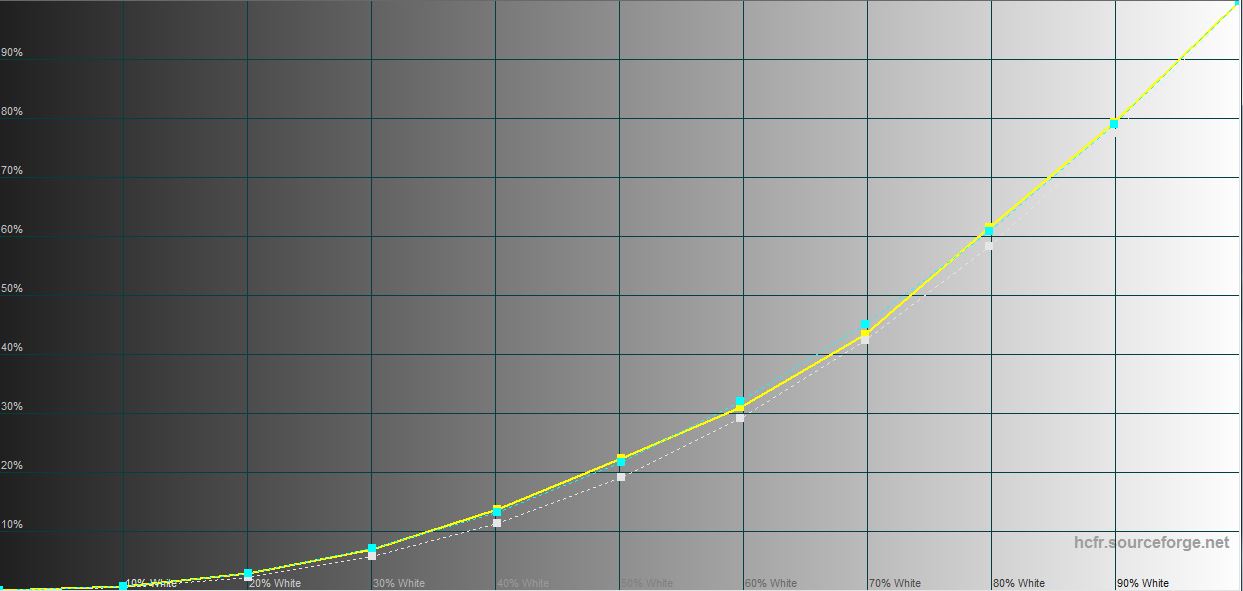





"Natural" mode: brightness 388.546 cd/m2.

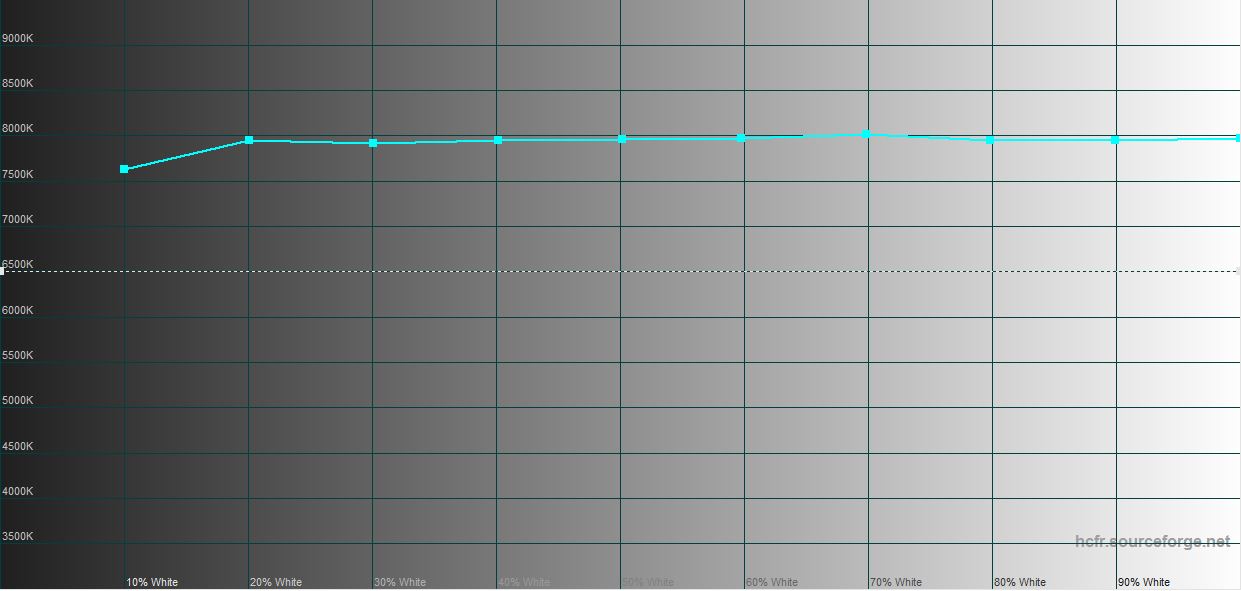
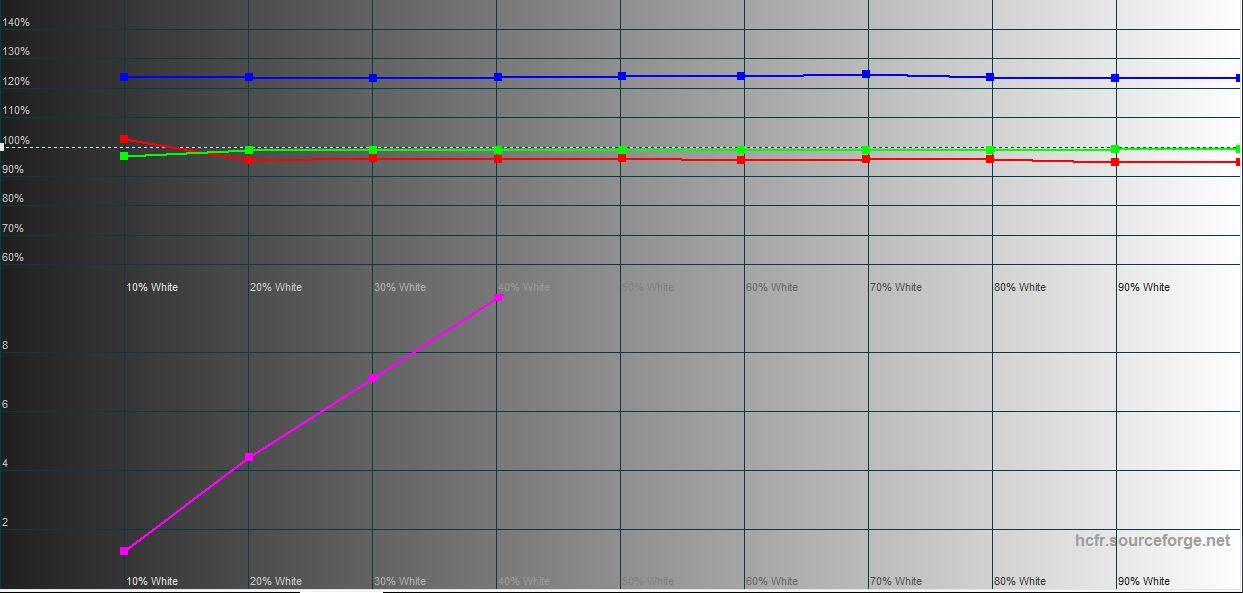
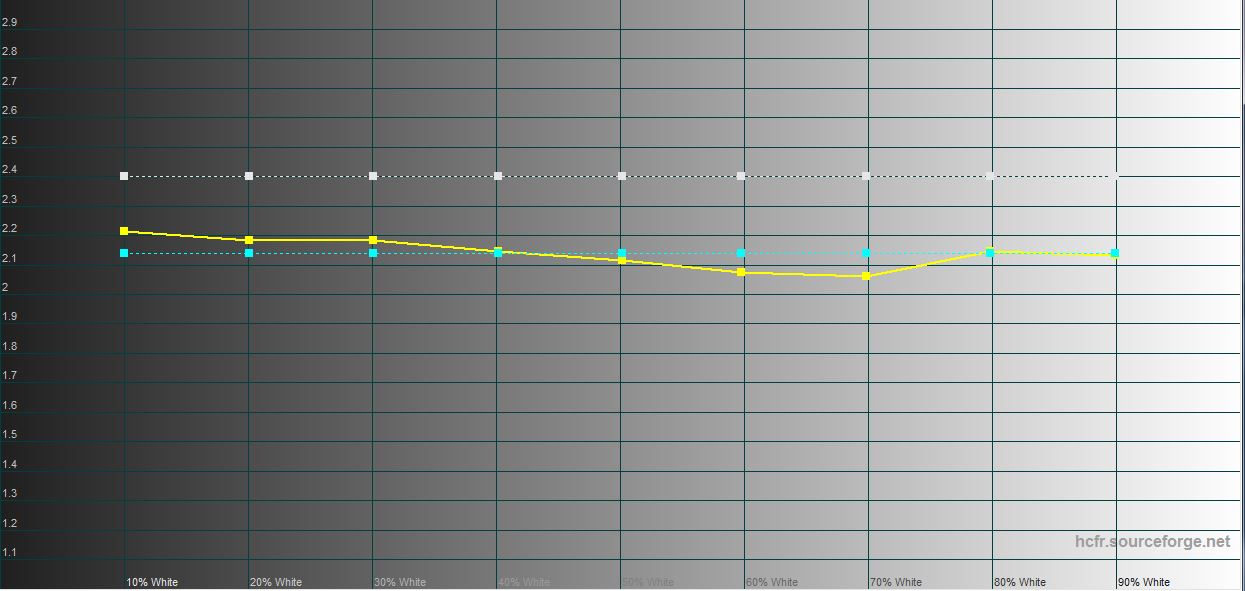
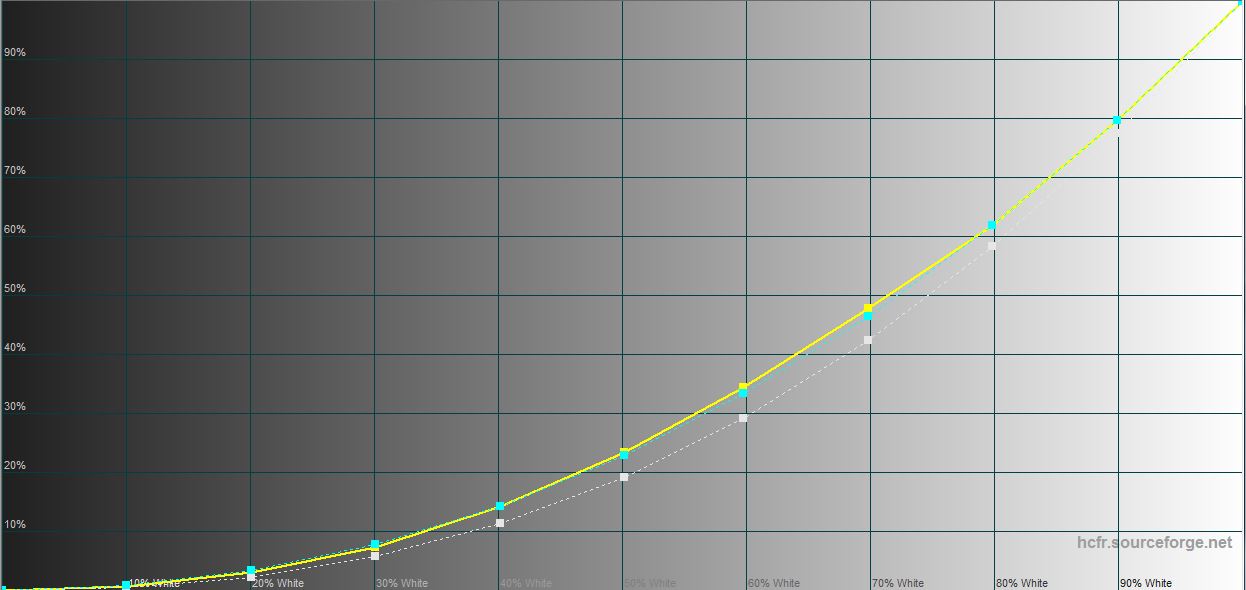


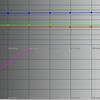
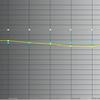

Comparison with other models:
| Device name | White field brightness, cd/m2 |
Black field brightness, cd/m2 |
Contrast |
|---|---|---|---|
| Samsung Galaxy A54 | 401.783 | 0 | ∞ |
| Samsung Galaxy A34 | 394.73 | 0 | ∞ |
| Samsung Galaxy S23 Ultra | 696.675 | 0 | ∞ |
| Samsung Galaxy S22 Ultra | 688.649 | 0 | ∞ |
| Samsung Galaxy Z Flip3 | 460.6 | 0 | ∞ |
| Samsung Galaxy Z Fold3 | 479.32 | 0 | ∞ |
| Xiaomi 11T Pro | 493.872 | 0 | ∞ |
| ASUS ROG Phone 5 | 482.347 | 0 | ∞ |
| Samsung Galaxy S21+ | 437.906 | 0 | ∞ |
| Sony Xperia 1 | 394.97 | 0 | ∞ |
| Huawei P30 Pro | 447.247 | 0 | ∞ |
| Samsung Galaxy S10 | 378.72 | 0 | ∞ |
What are the unlocking methods?
Samsung Galaxy A54 and Galaxy A34 are equipped with in-screen fingerprint scanners. Unlike the flagships, they use optical technology: the finger is illuminated during scanning. The speed is slightly lower than that of ultrasonic scanners. But the difference is very small. There were no errors during testing.
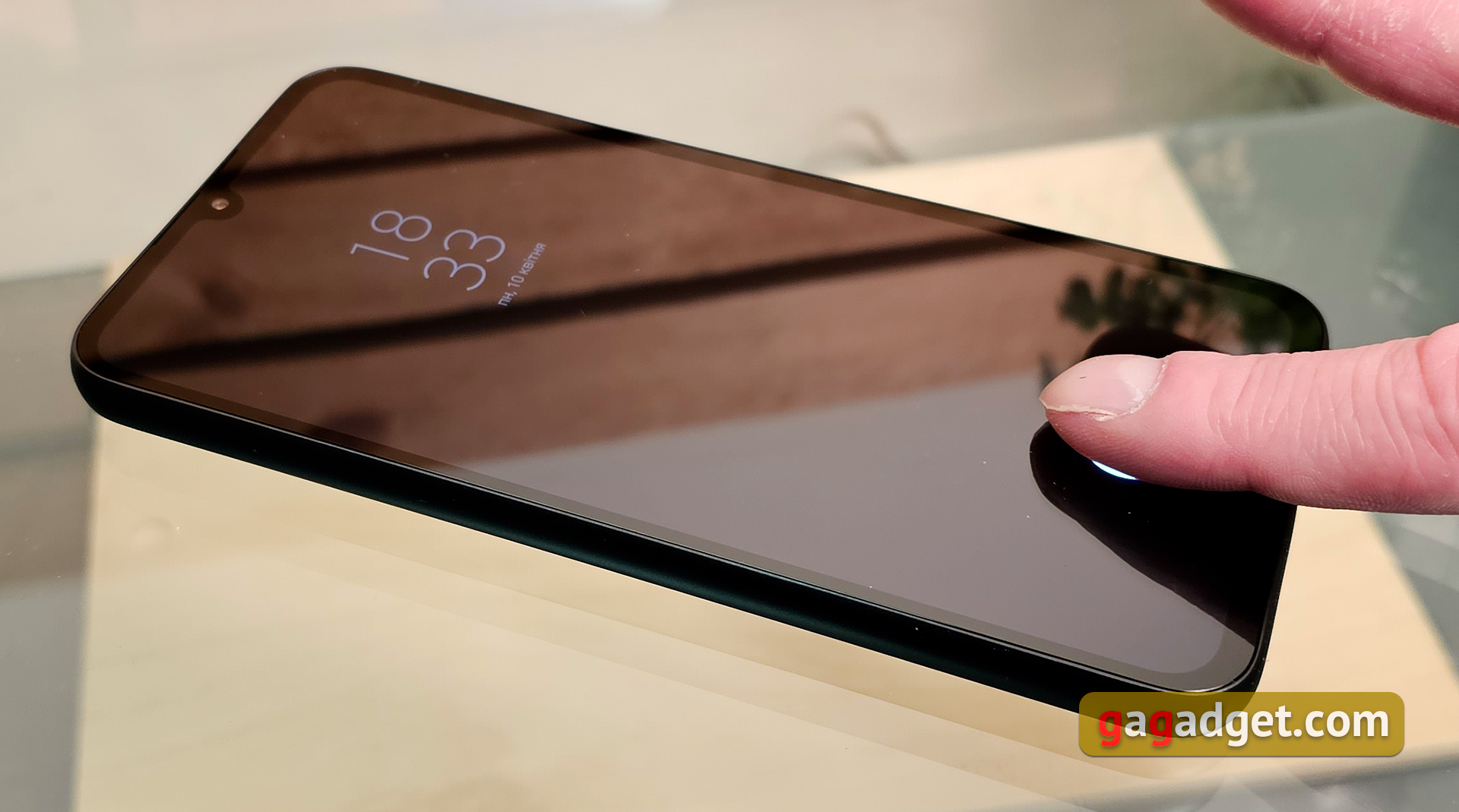
The front camera without additional sensors is used for face detection. In sufficient light, recognition is fast. In low light, there is an auto-brightening function, which partially helps.


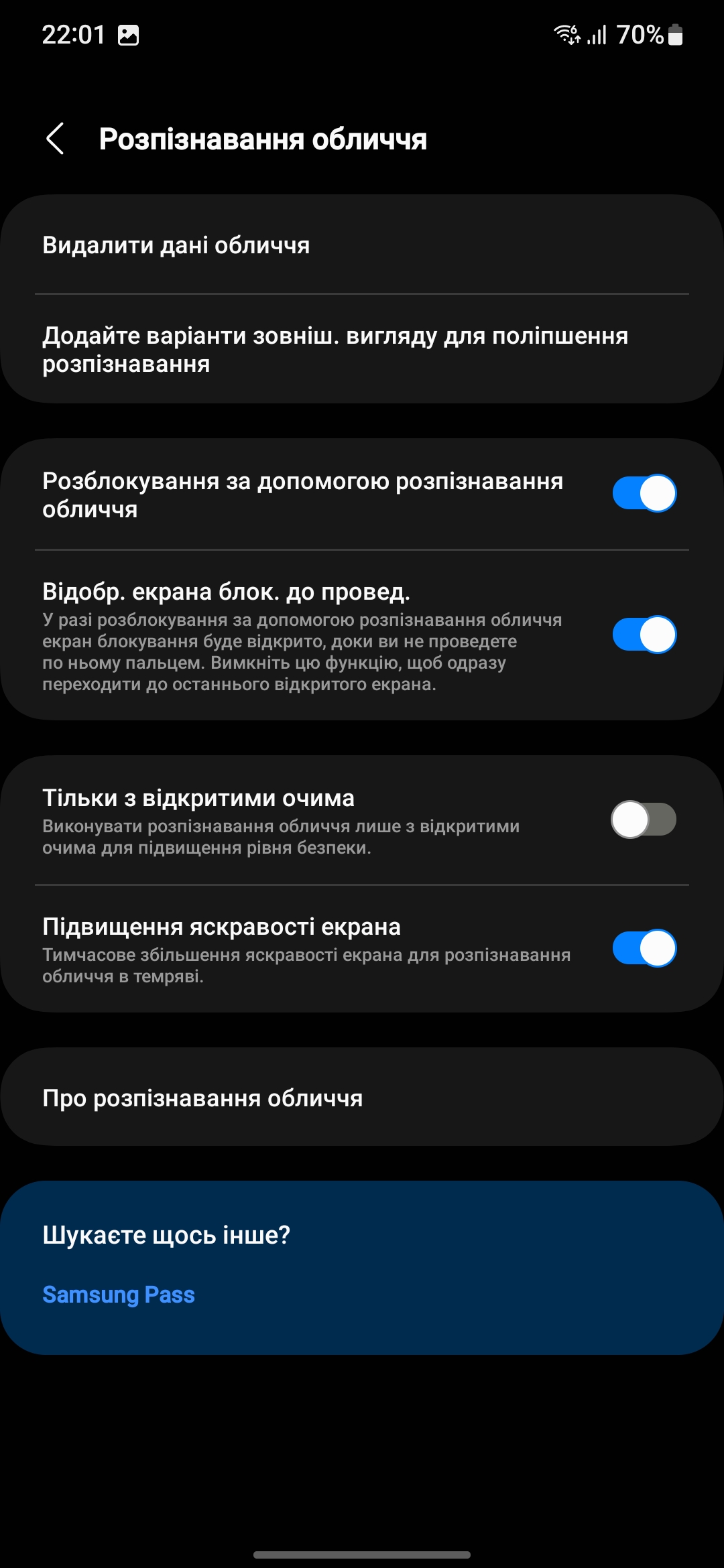





What about performance, memory, sound, and battery life?
This year's A-series, unfortunately, did not receive Qualcomm processors. Instead, the older Samsung Galaxy A54 is equipped with a proprietary 5nm octa-core Samsung Exynos 1380 processor. It includes 4 cores of 2.4 GHz Cortex-A78, 4x2.0 GHz Cortex-A55 and a Mali-G68 MP5 graphics accelerator. The performance of the Galaxy A34 is driven by 6nm Mediatek Dimensity 1080, 2x2.6GHz Cortex-A78, 6x2.0GHz Cortex-A55, and Mali-G68 MC4 graphics. These are mid-range or mid-budget processors. Therefore, the performance is enough for comfortable operation of the shell and applications. They are not very suitable for heavy modern games. Except for medium or low graphics settings. The RAM can be 6 or 8 GB, and the storage can be 128/256 GB. The storage capacity is not really critical: it is possible to install a MicroSD card. But in the case of RAM, it's still worth taking a closer look at the 8GB versions. The results of the smartphone performance tests are not impressive, but they are quite in line with the middle class. Samsung Galaxy A54:

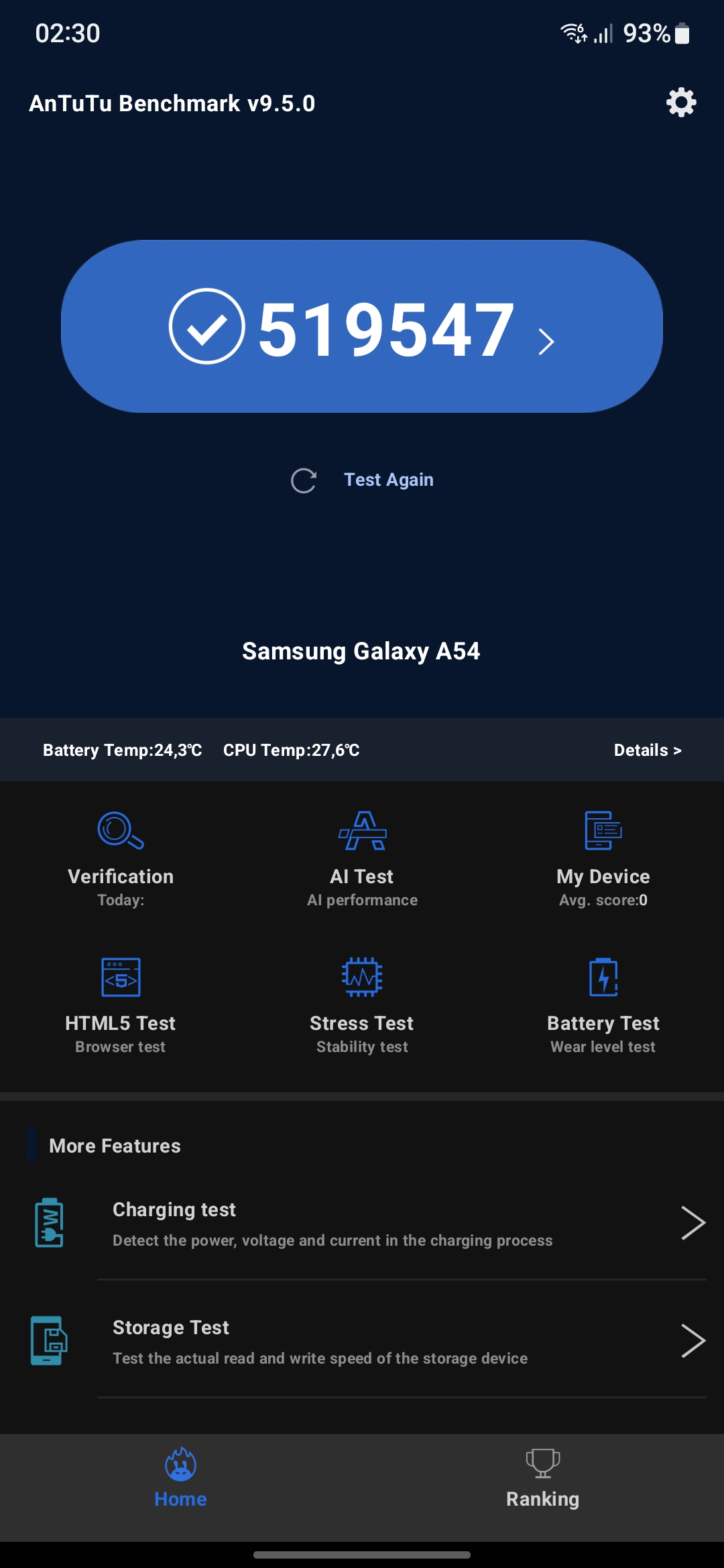

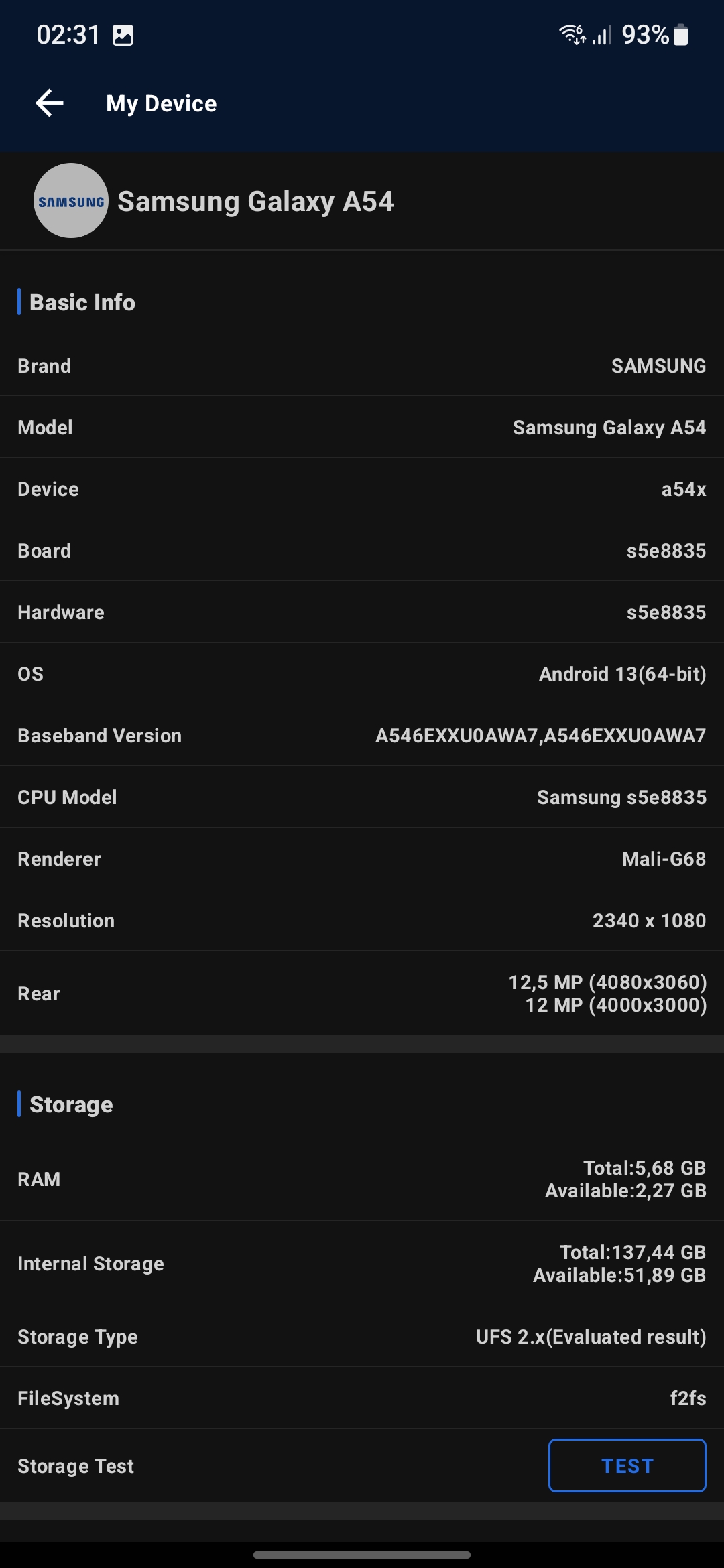
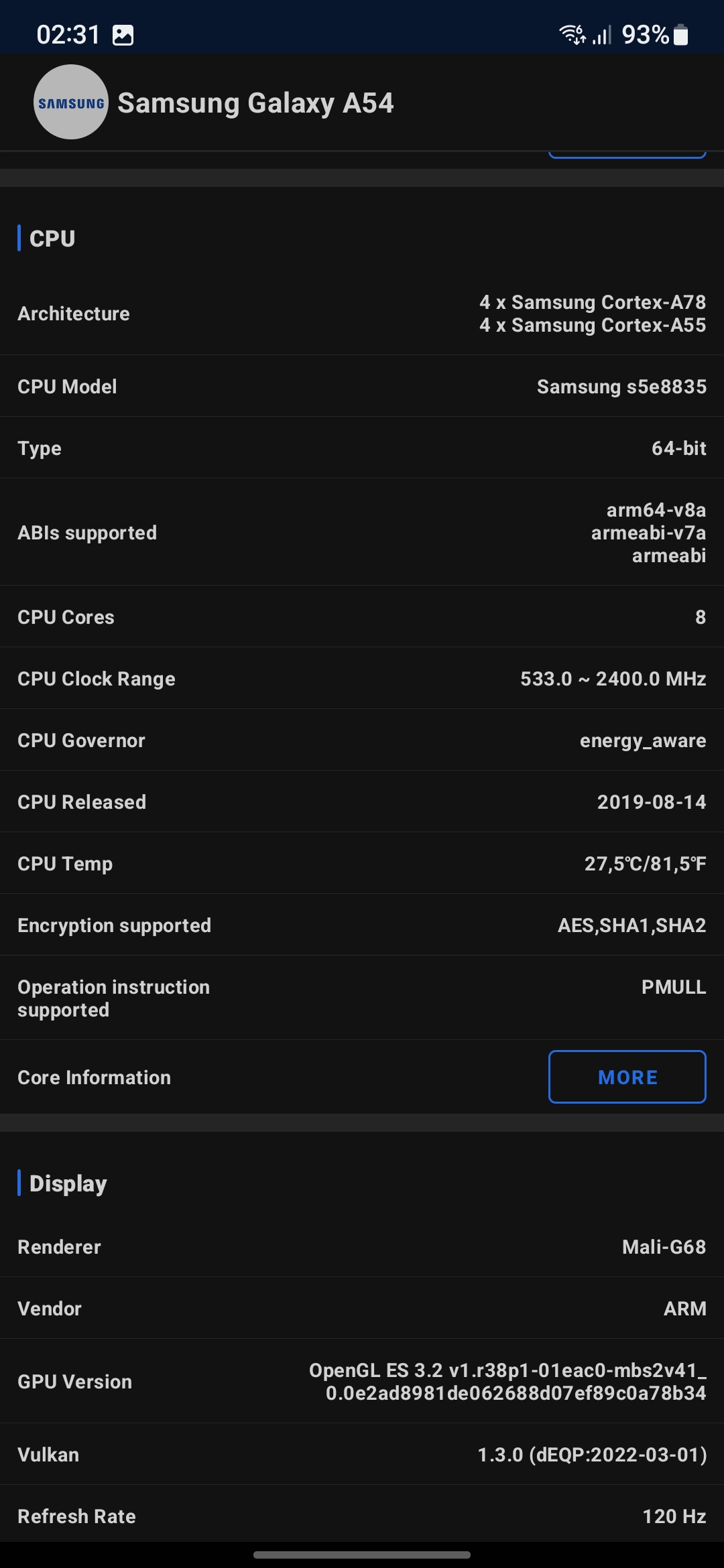
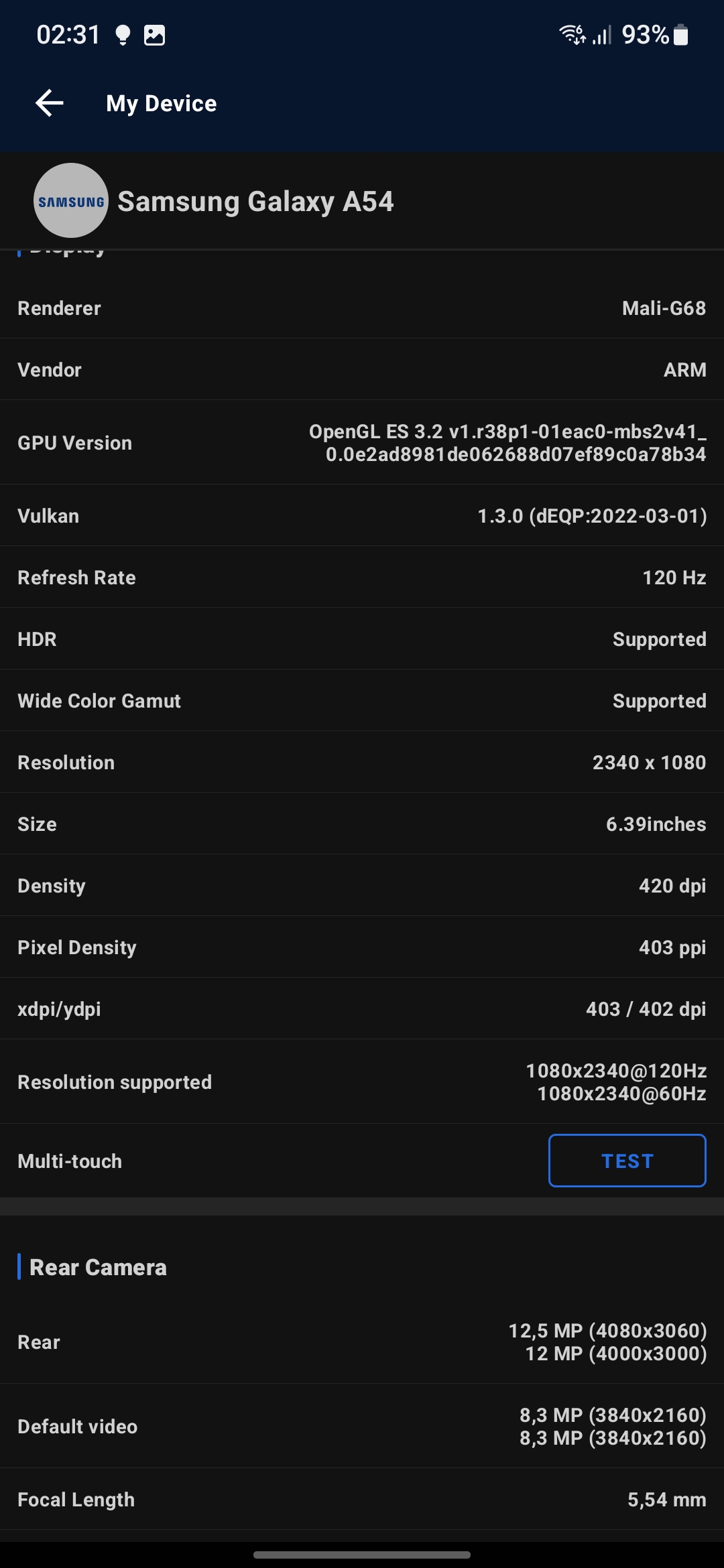
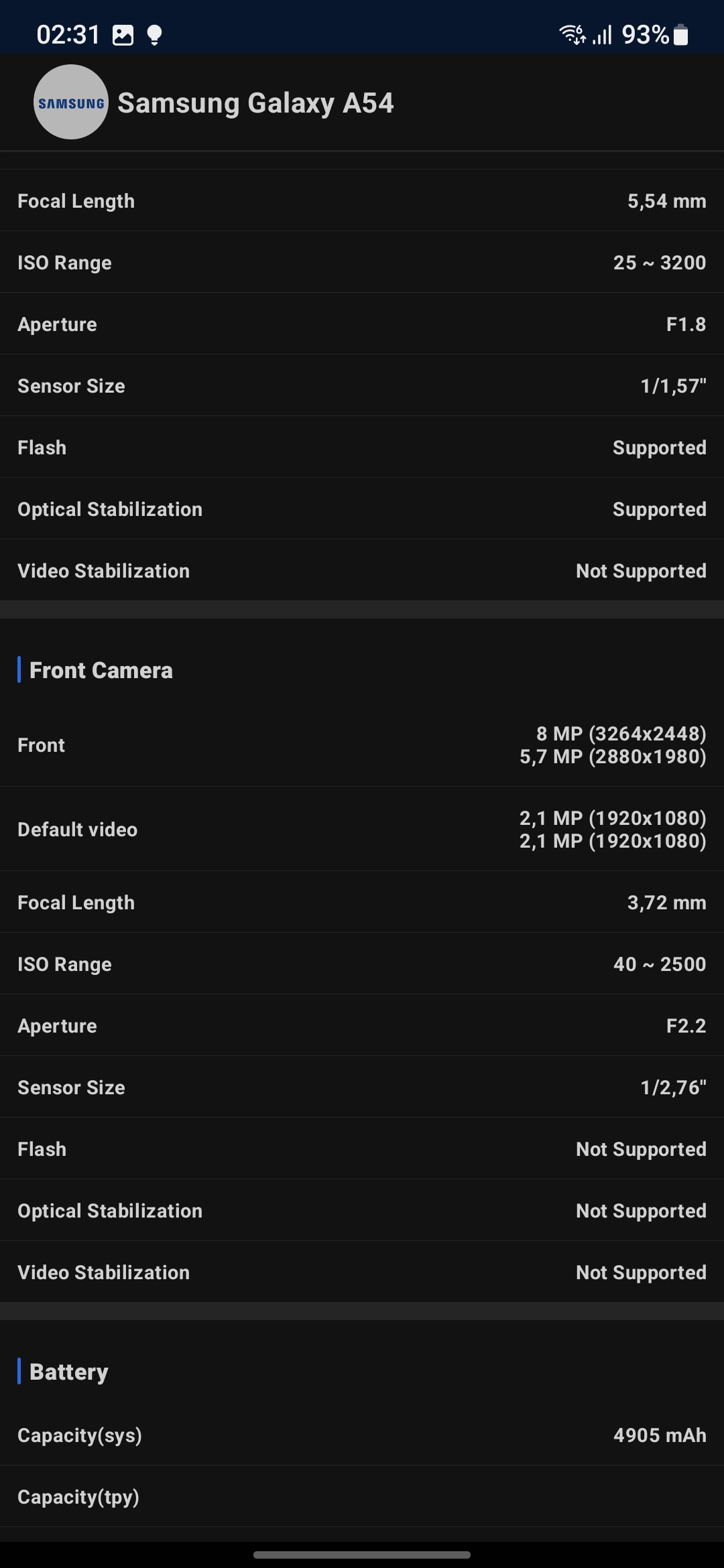

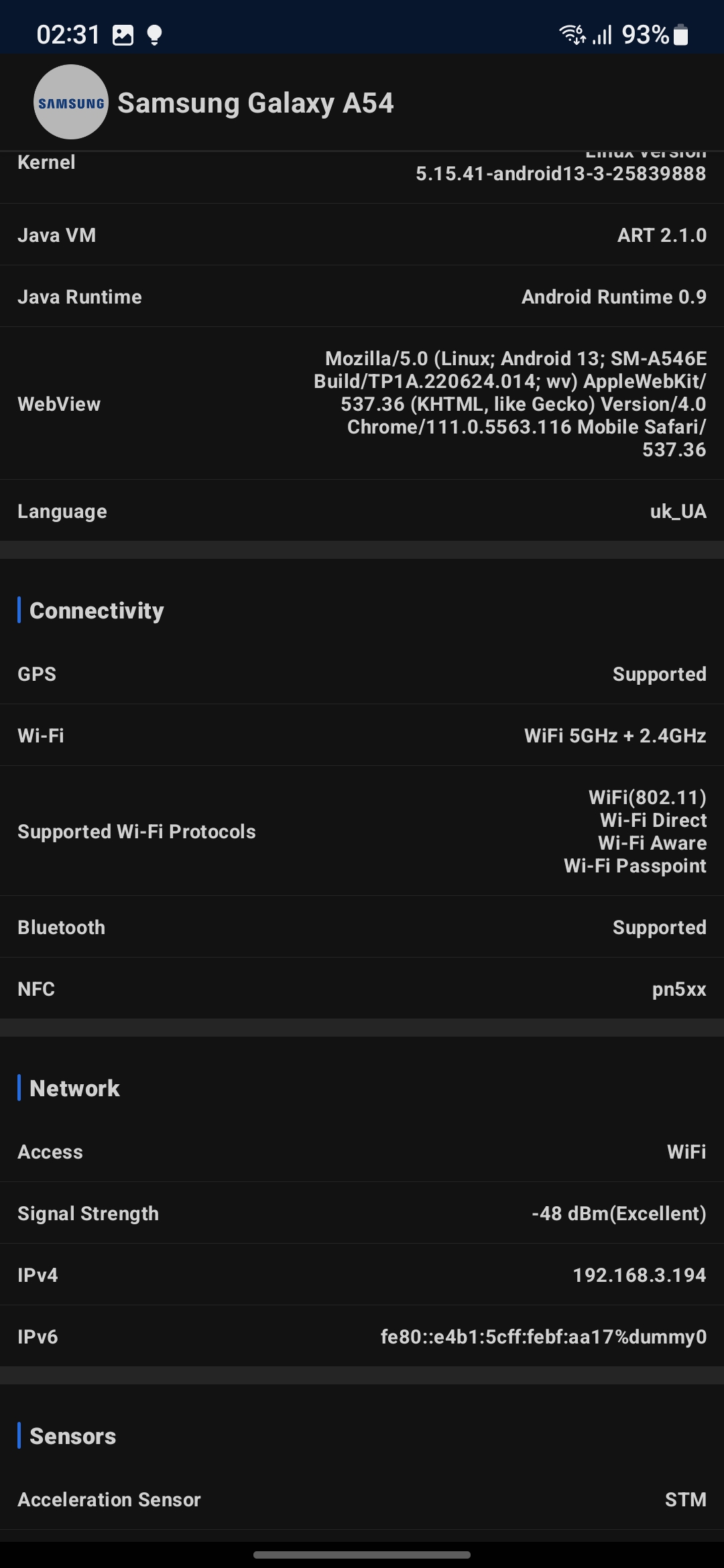
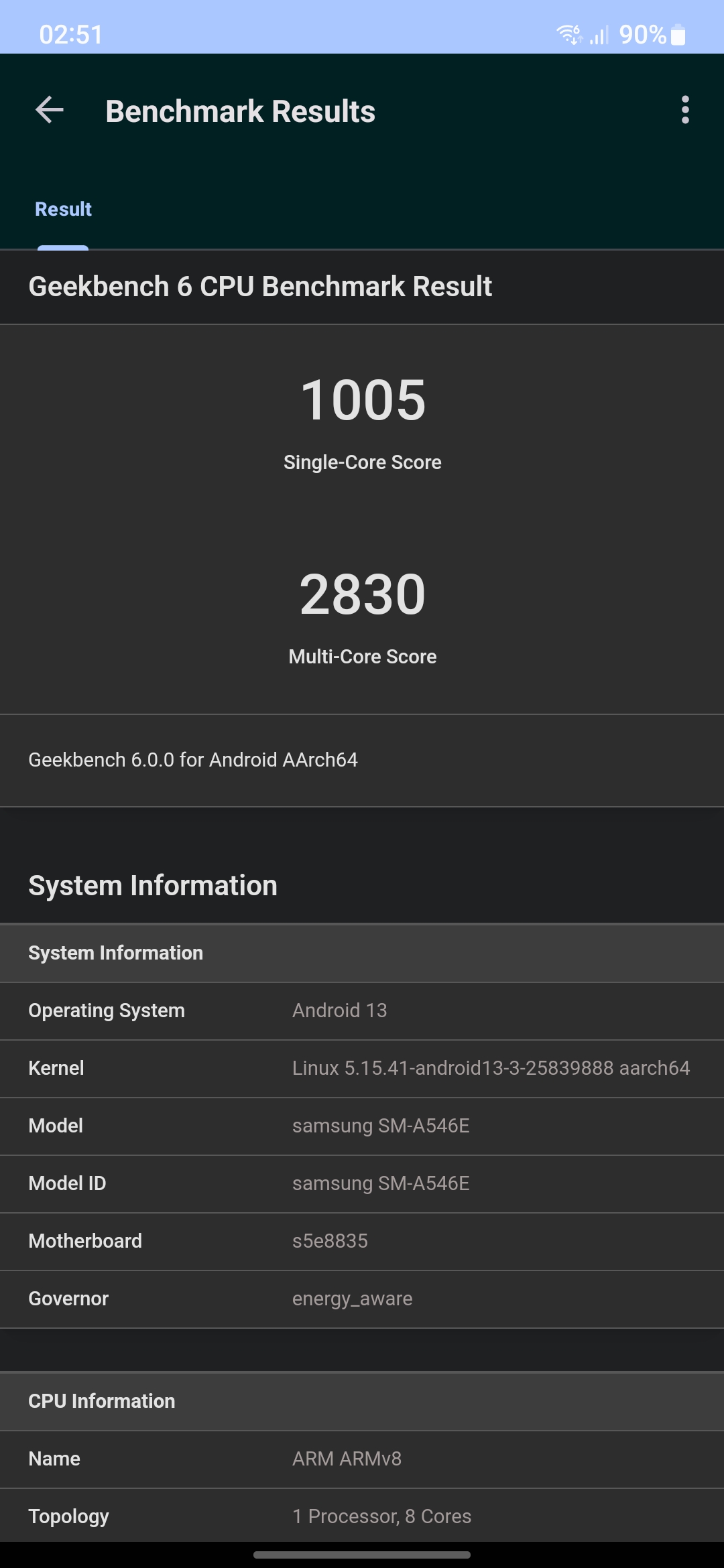


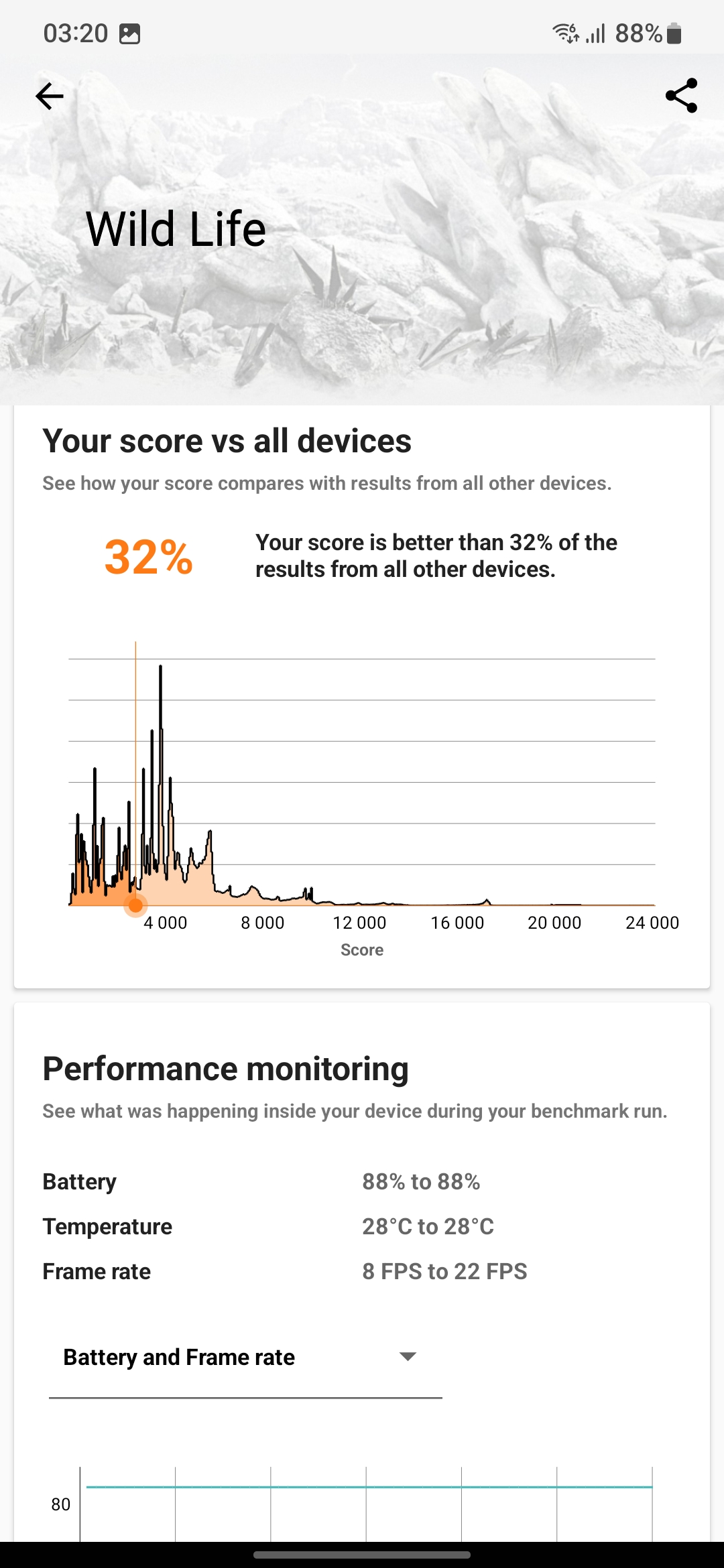
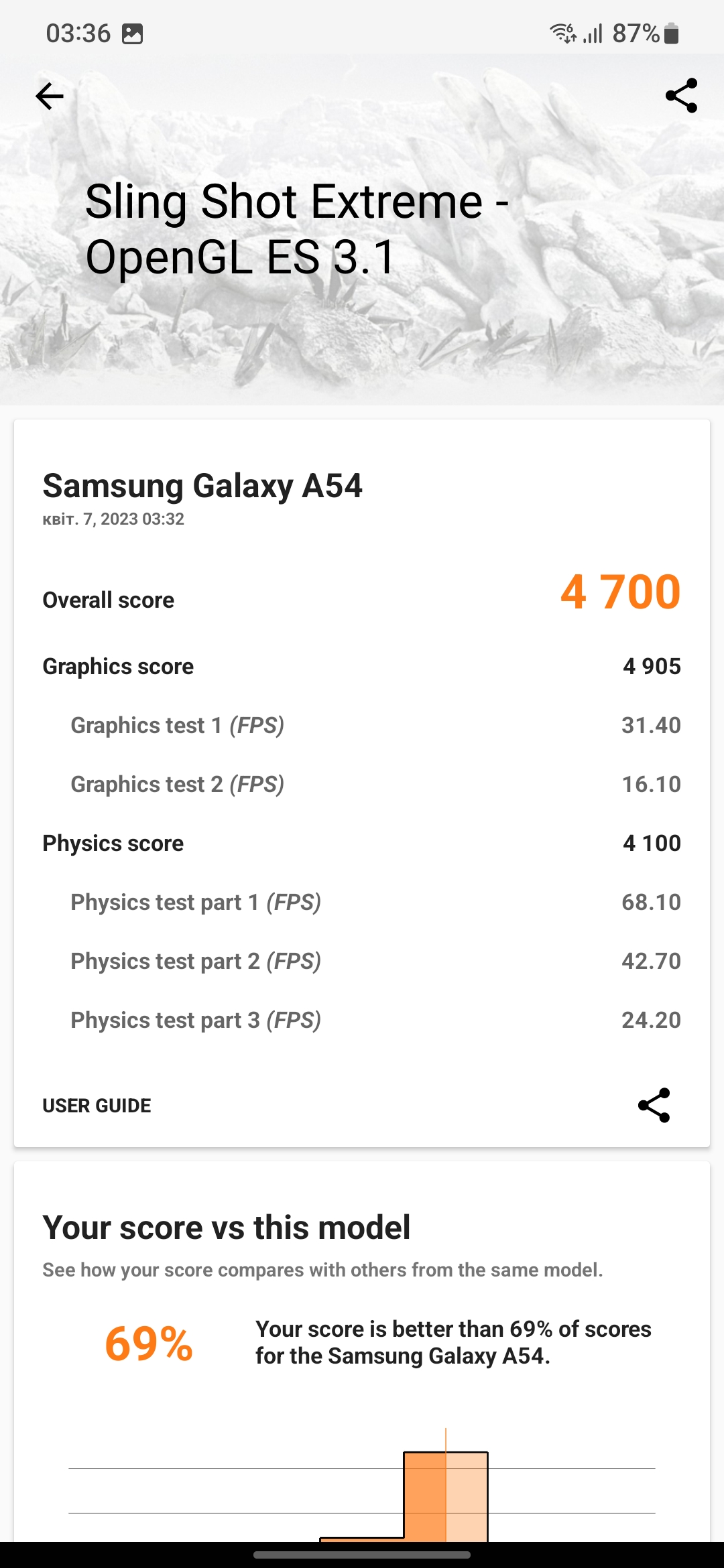
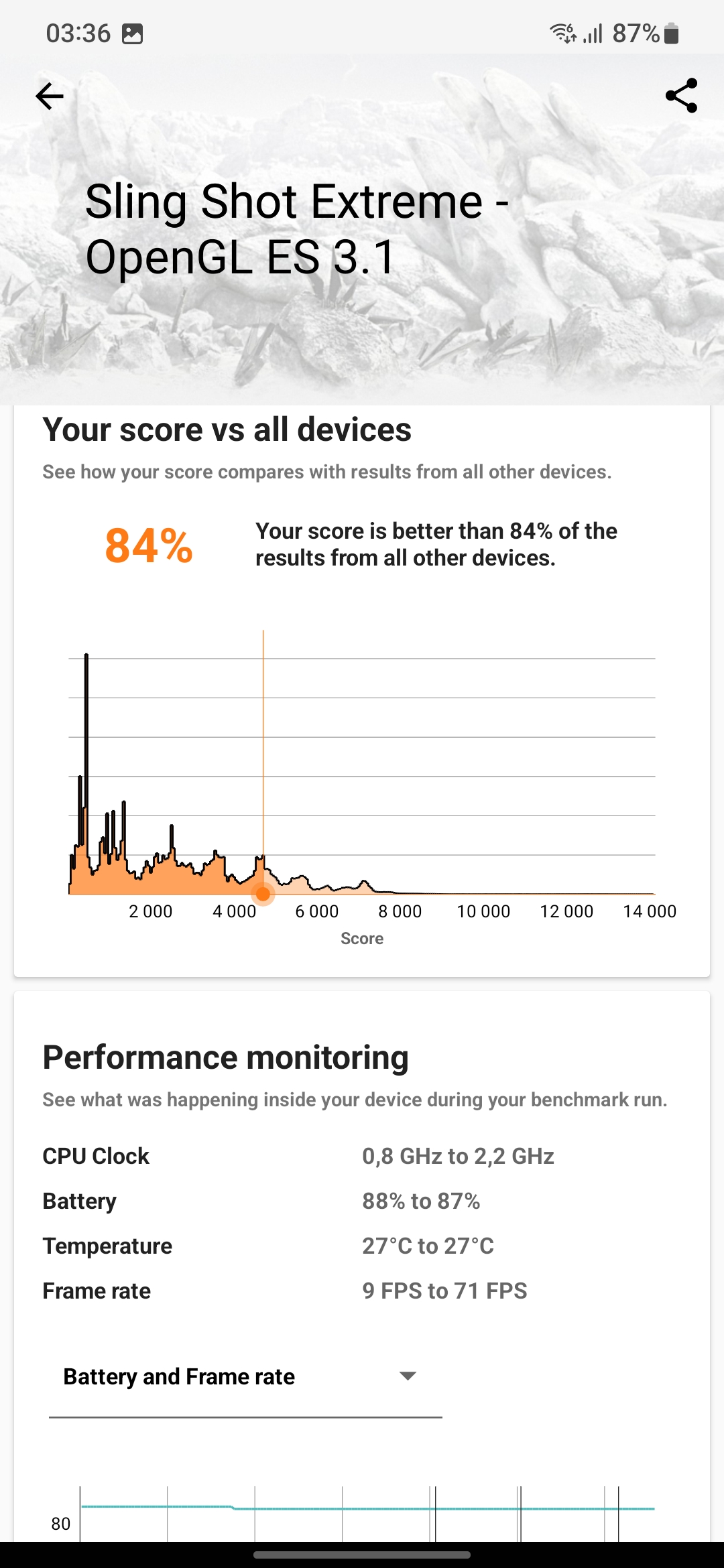


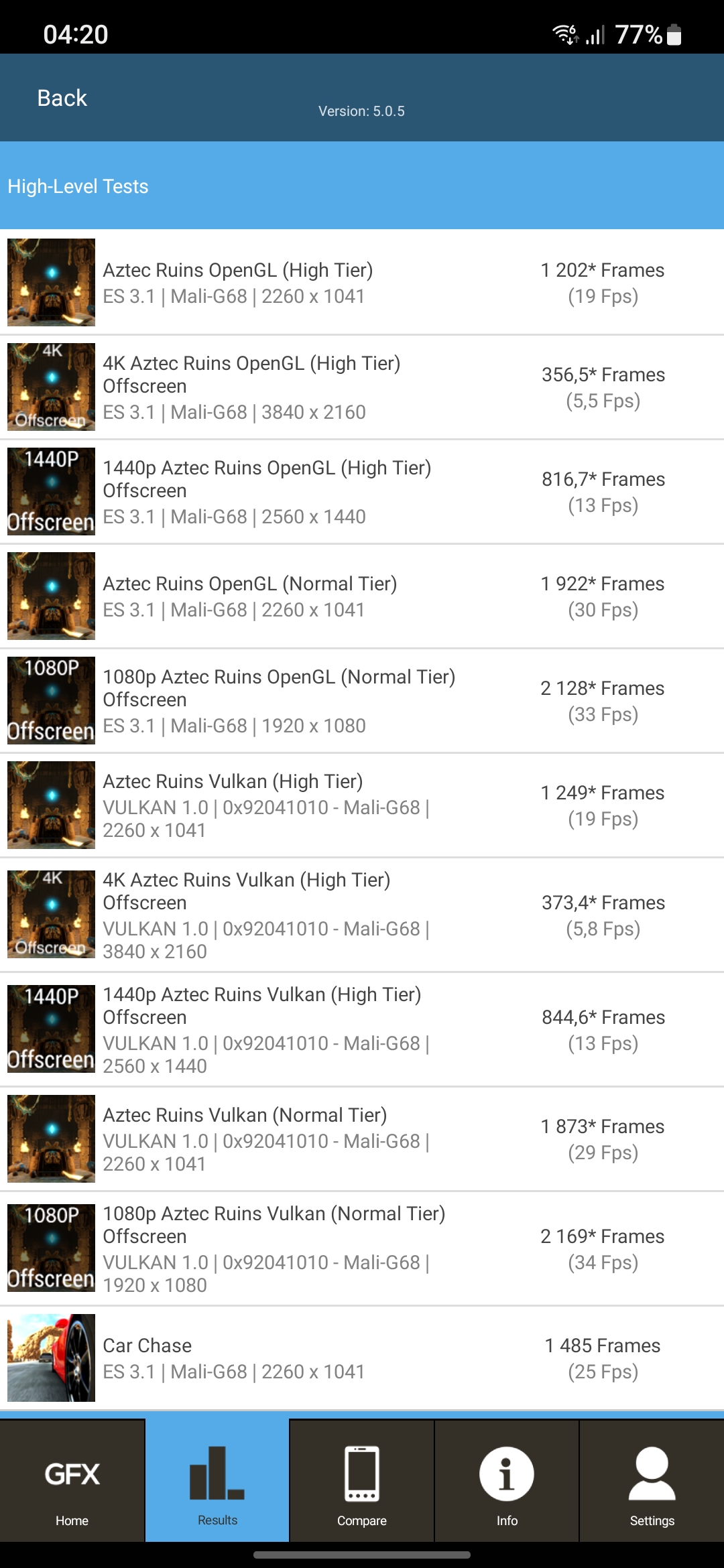
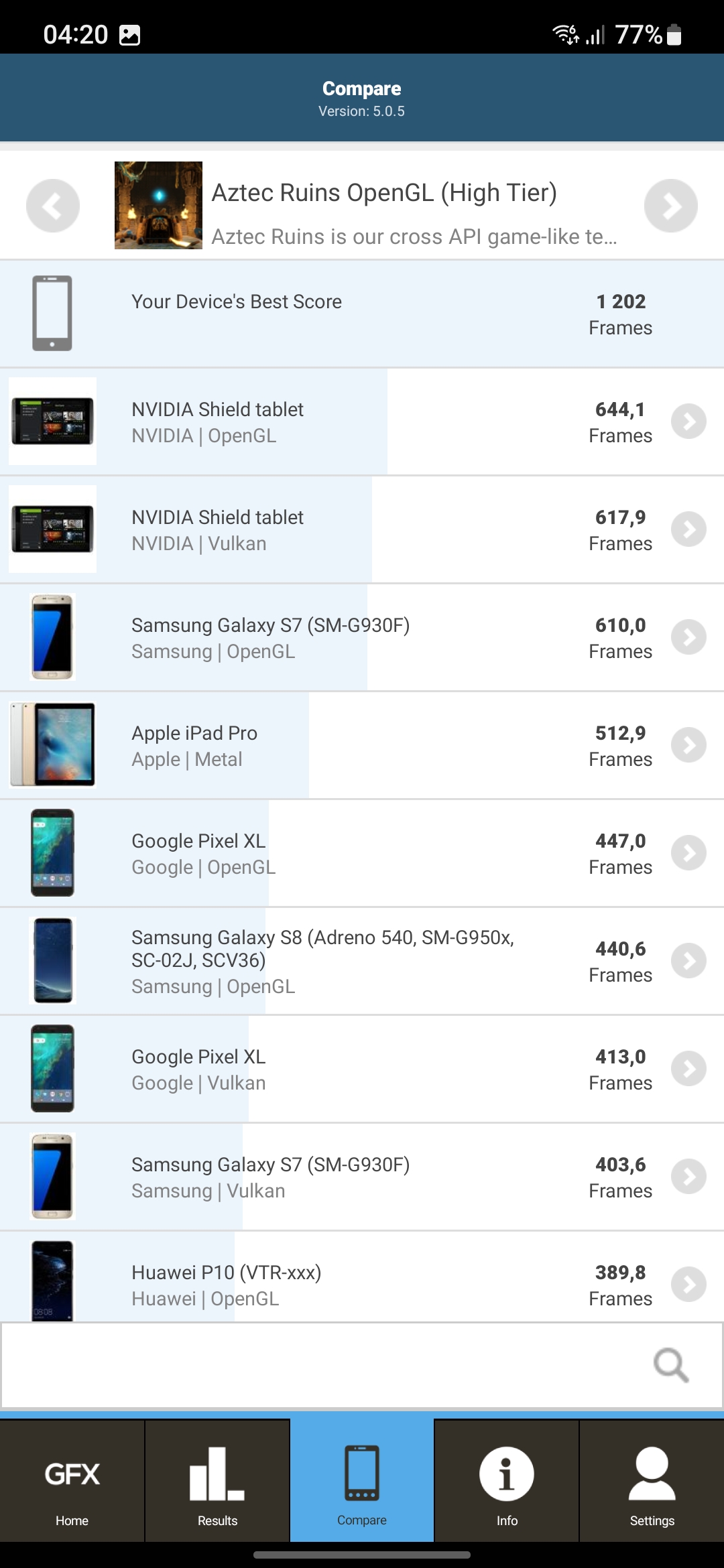
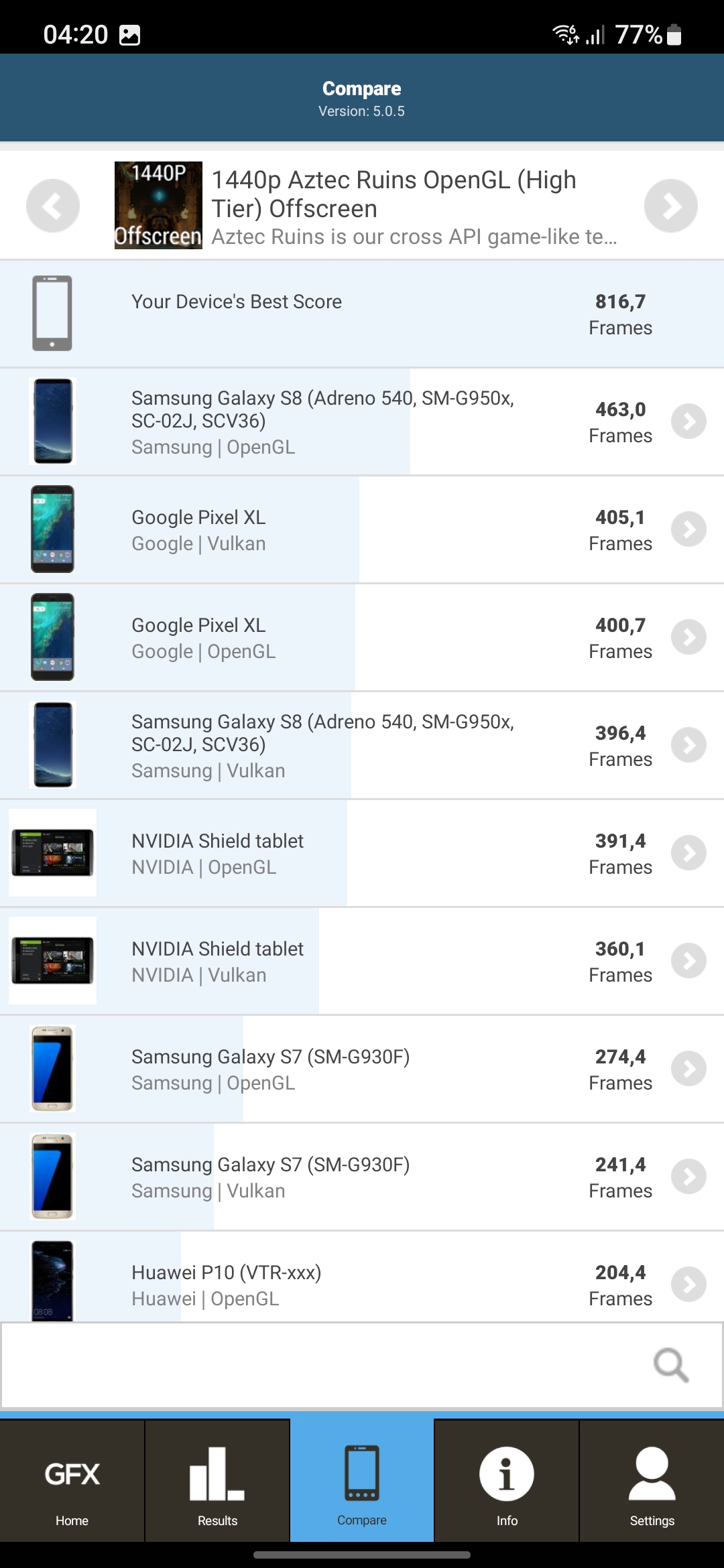
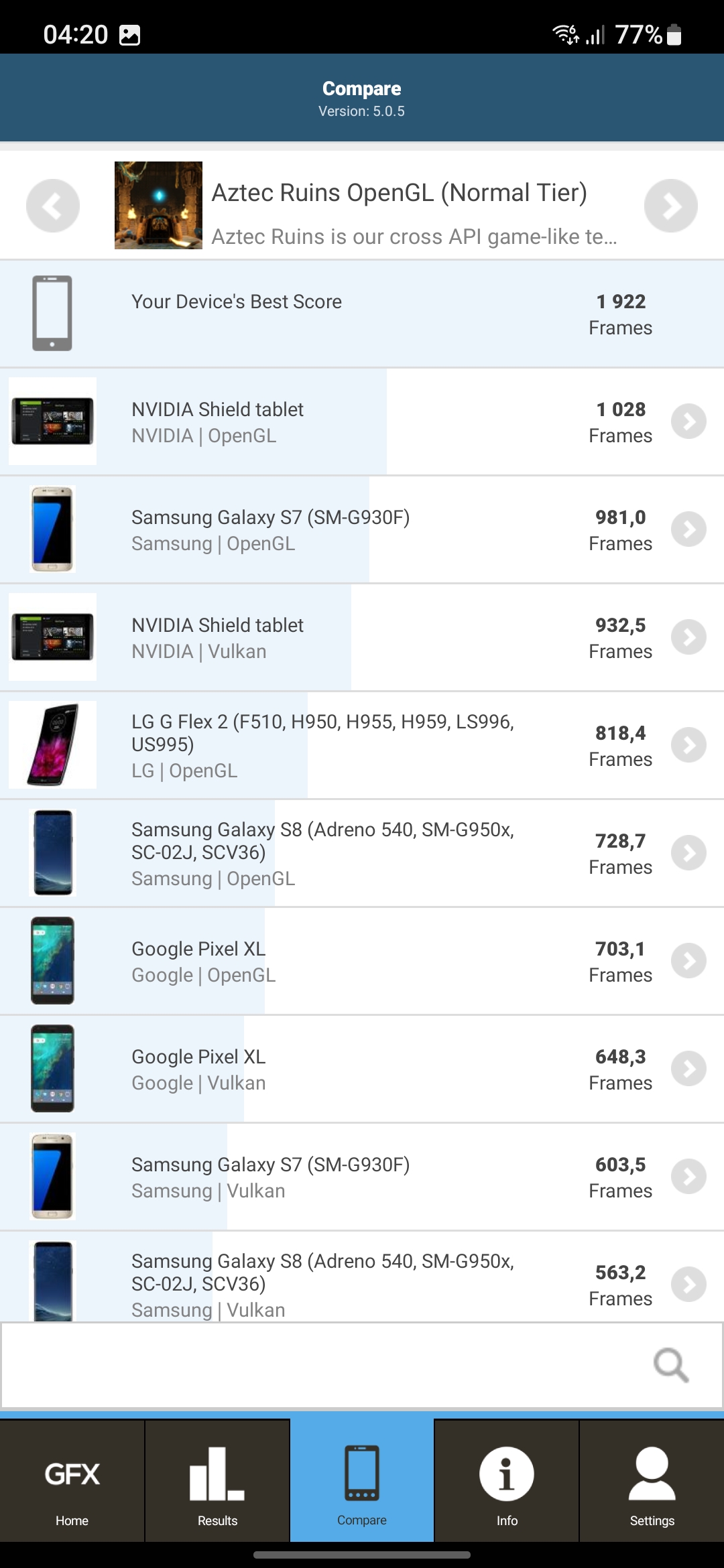

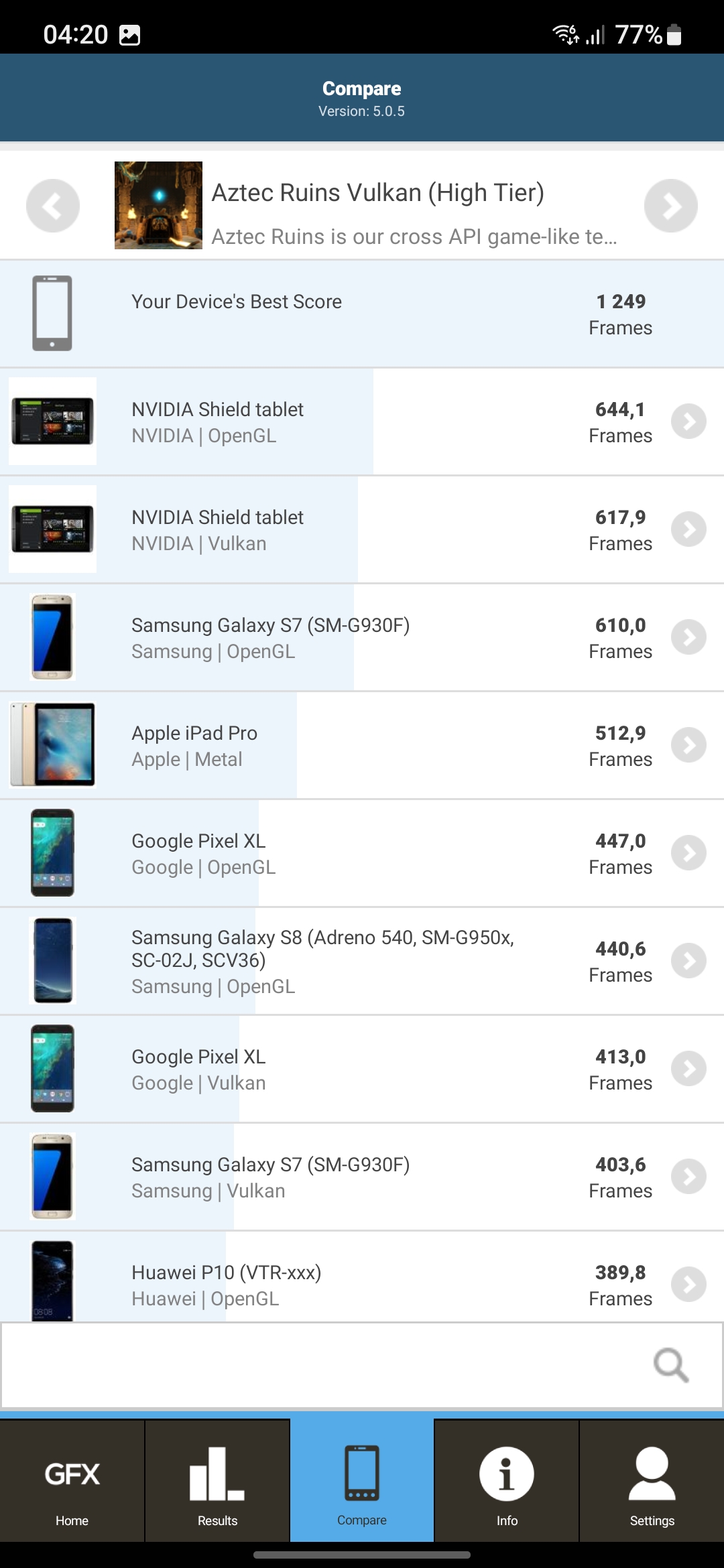
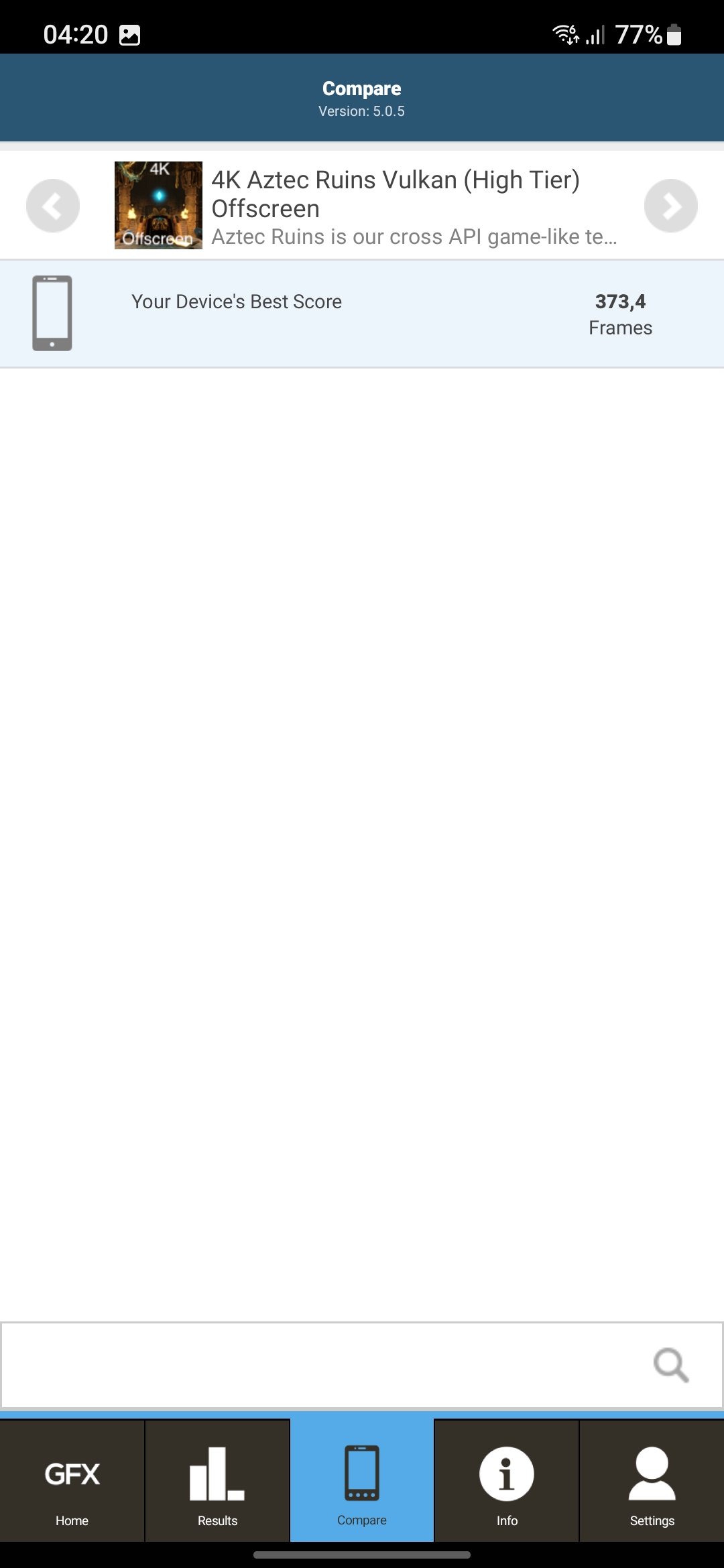



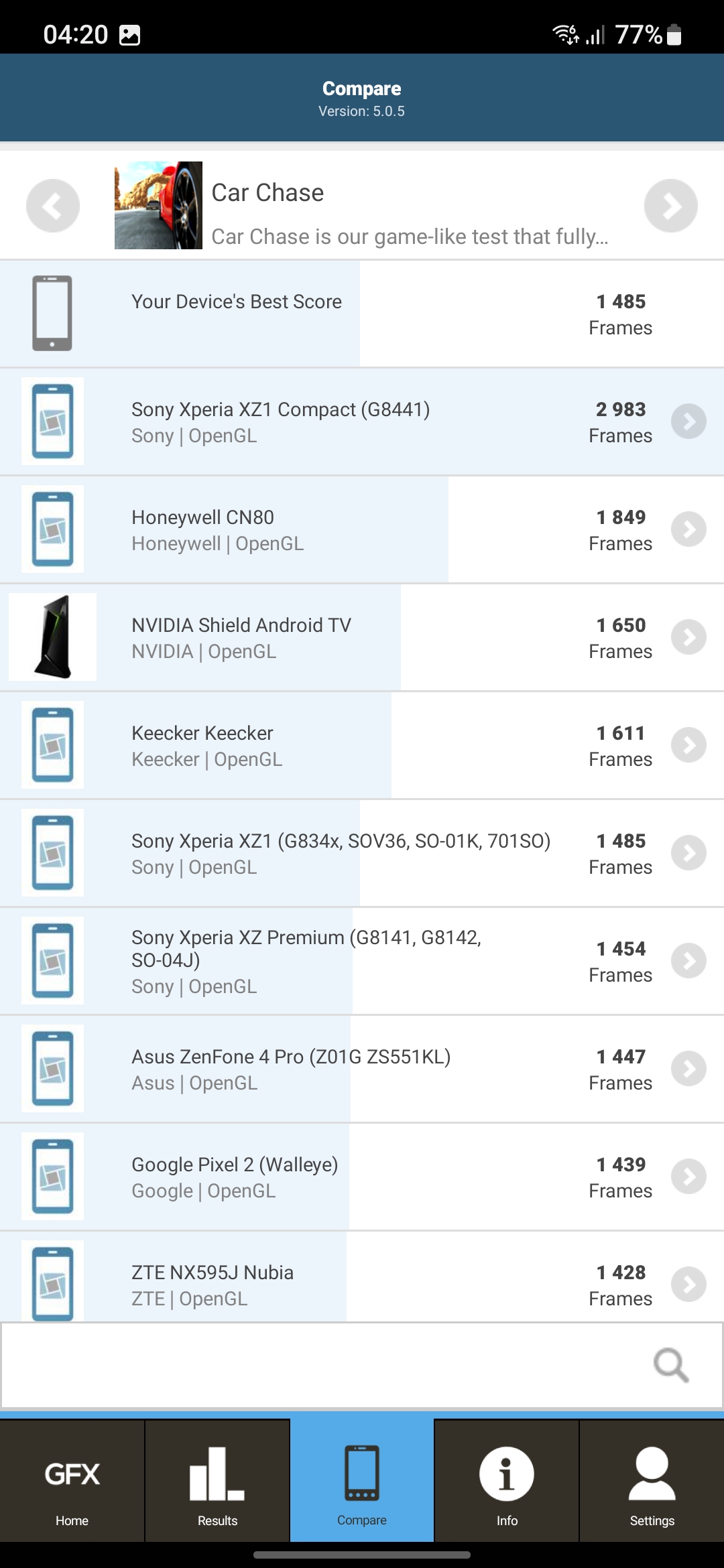


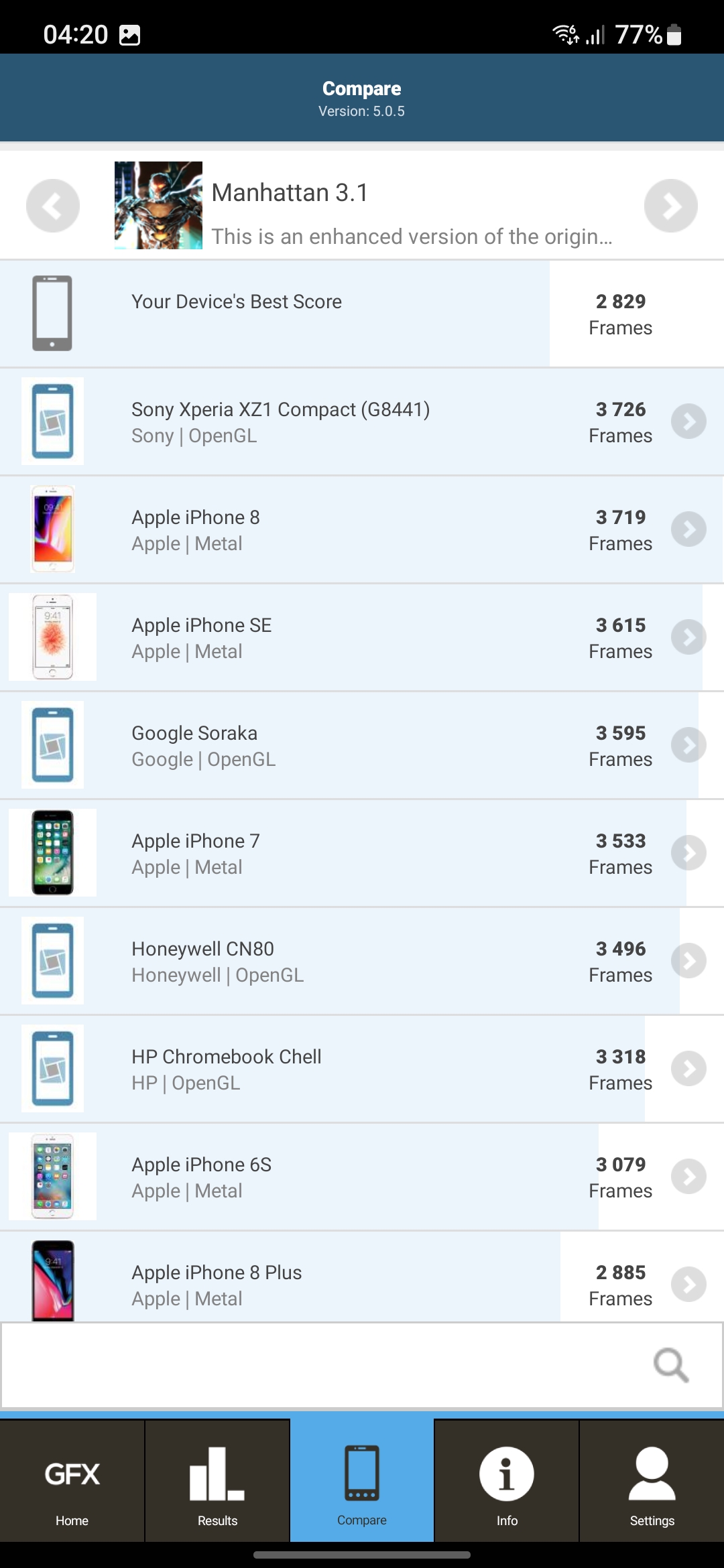

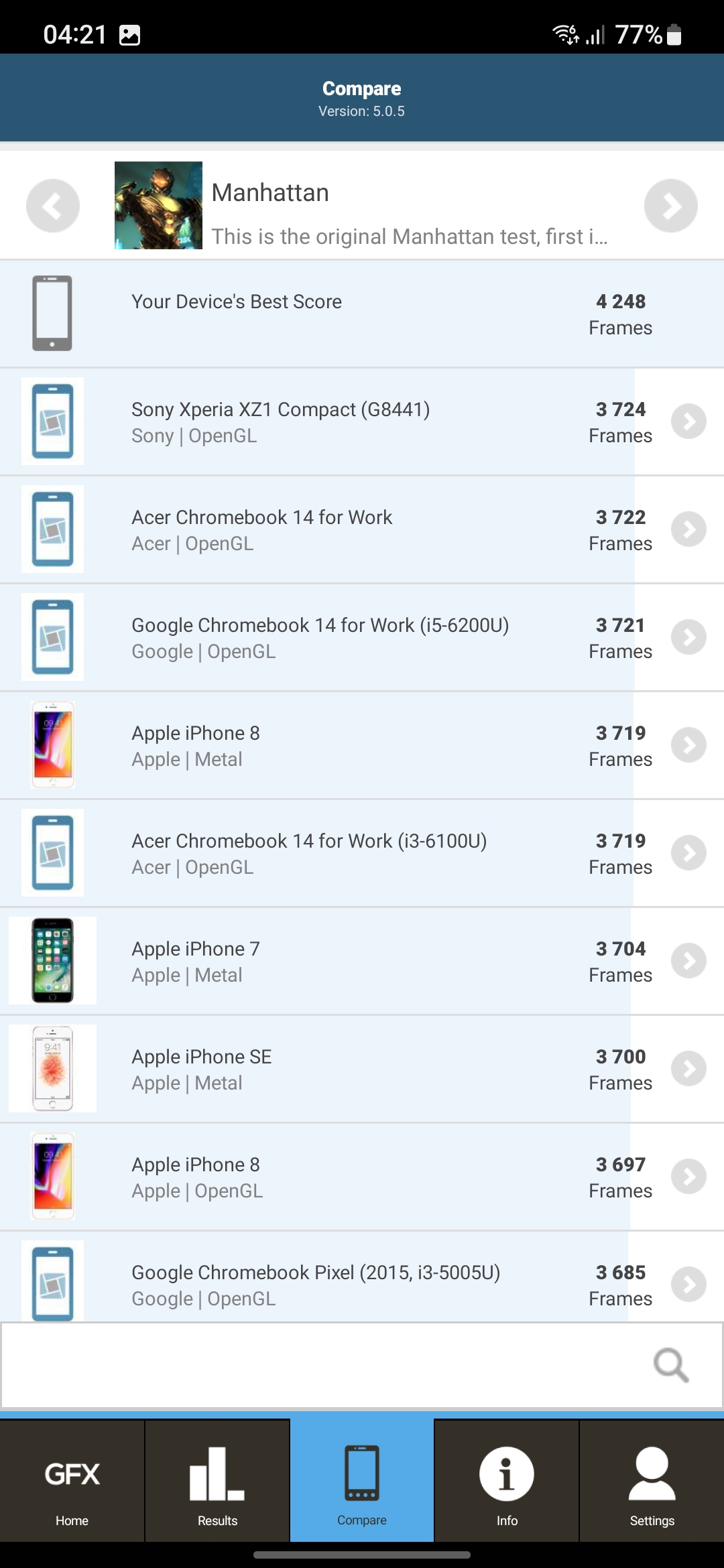
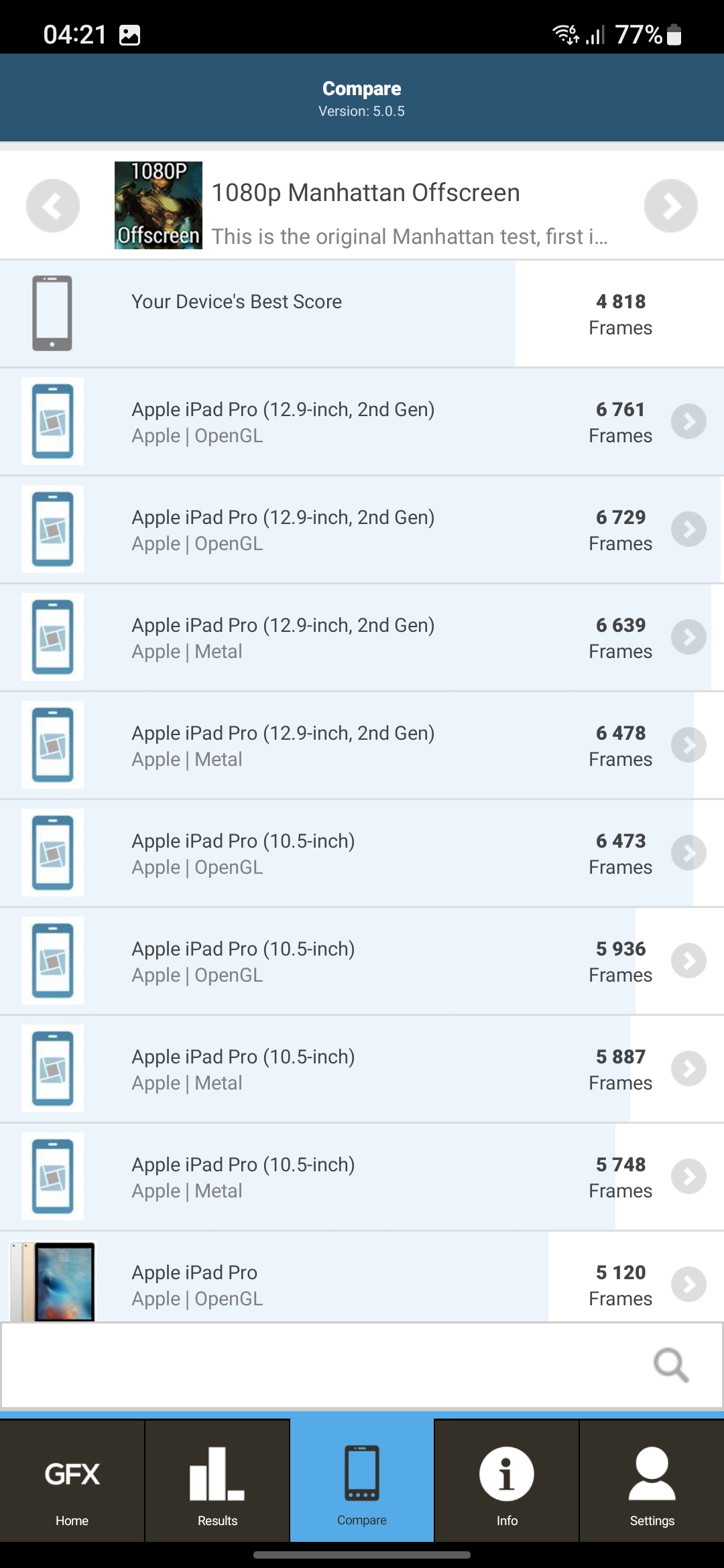
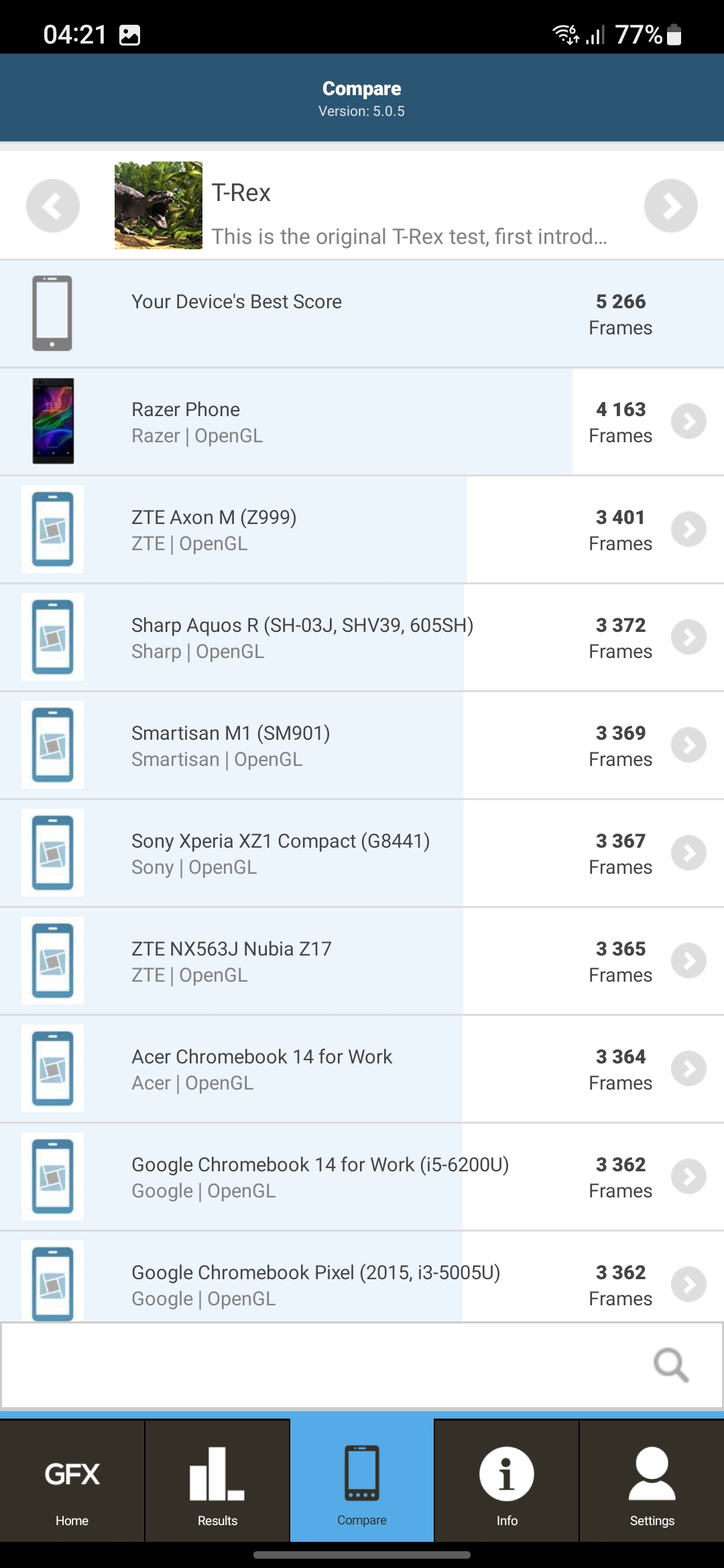
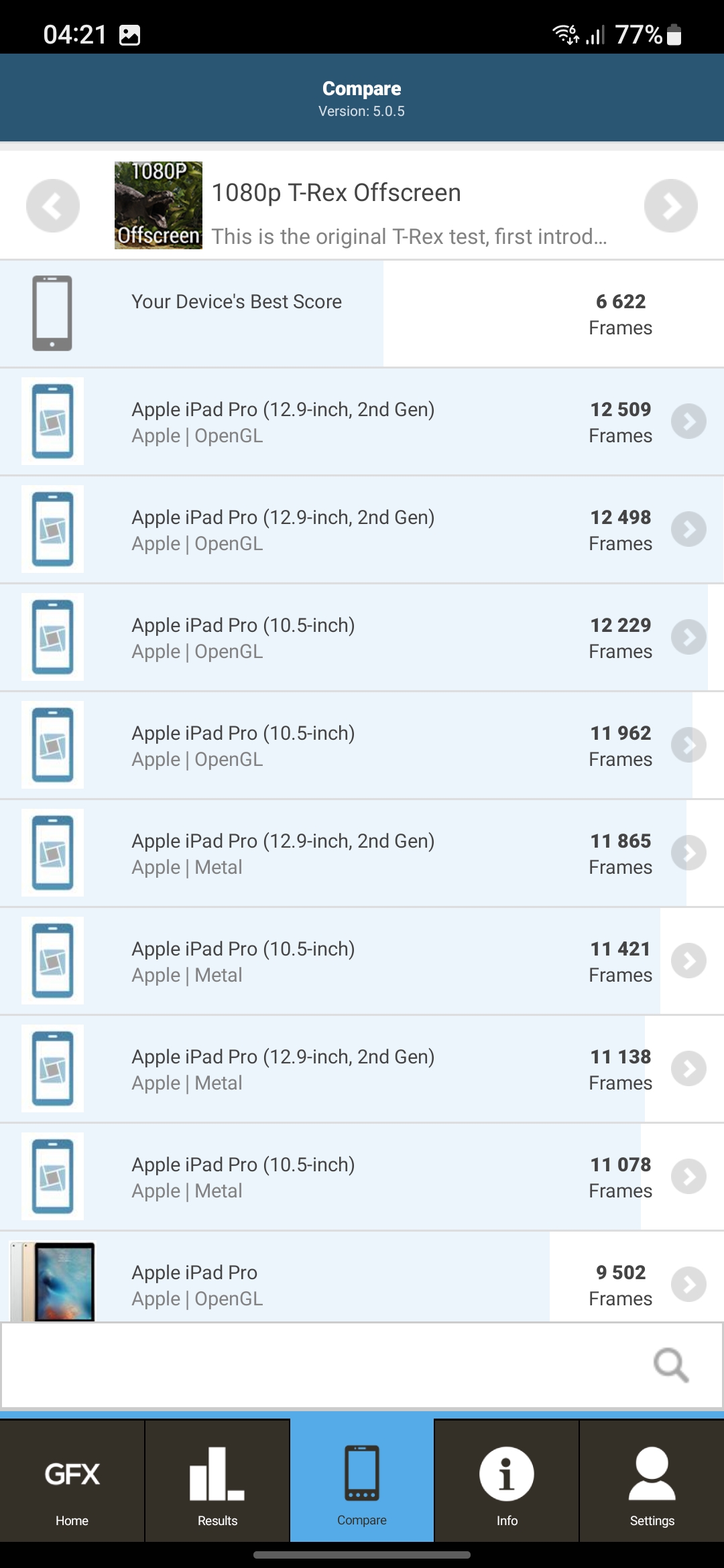
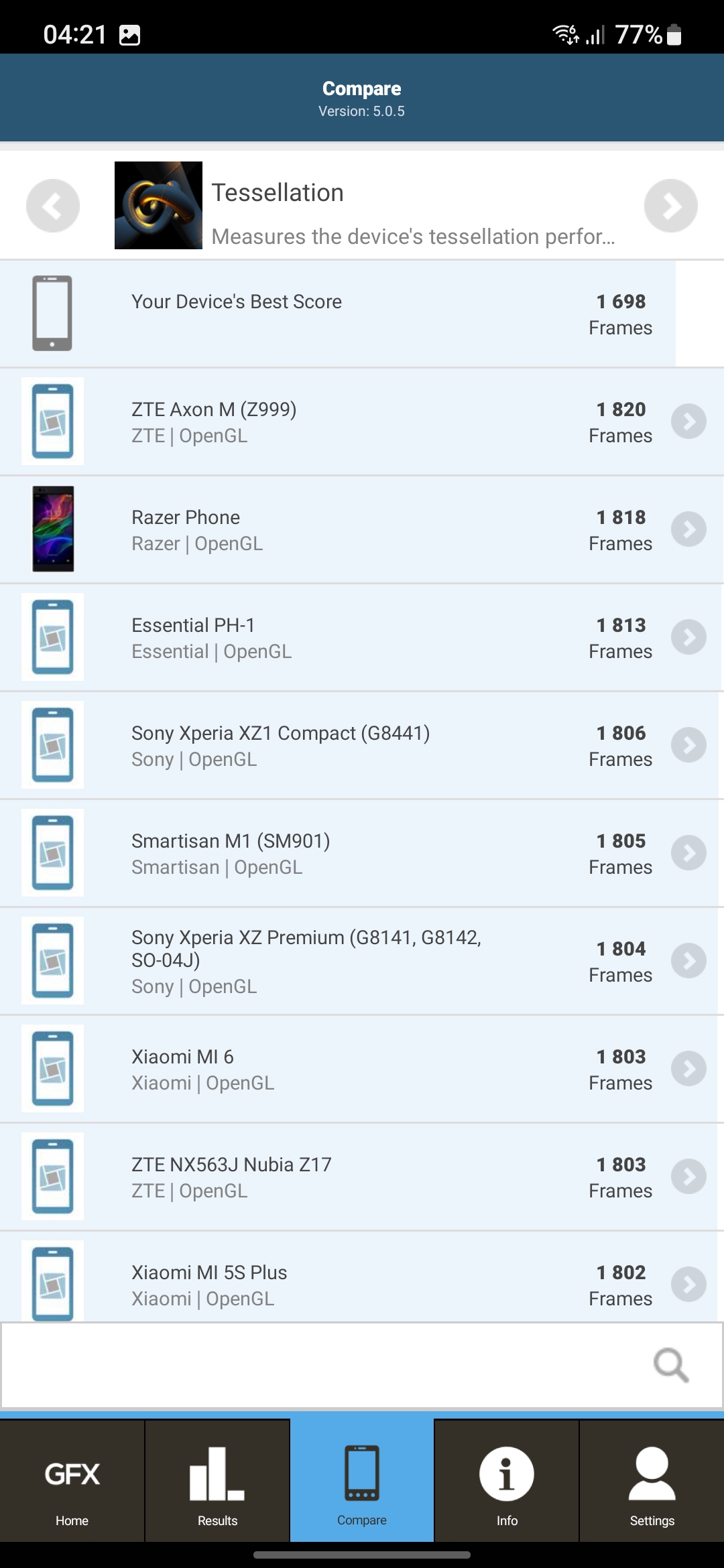
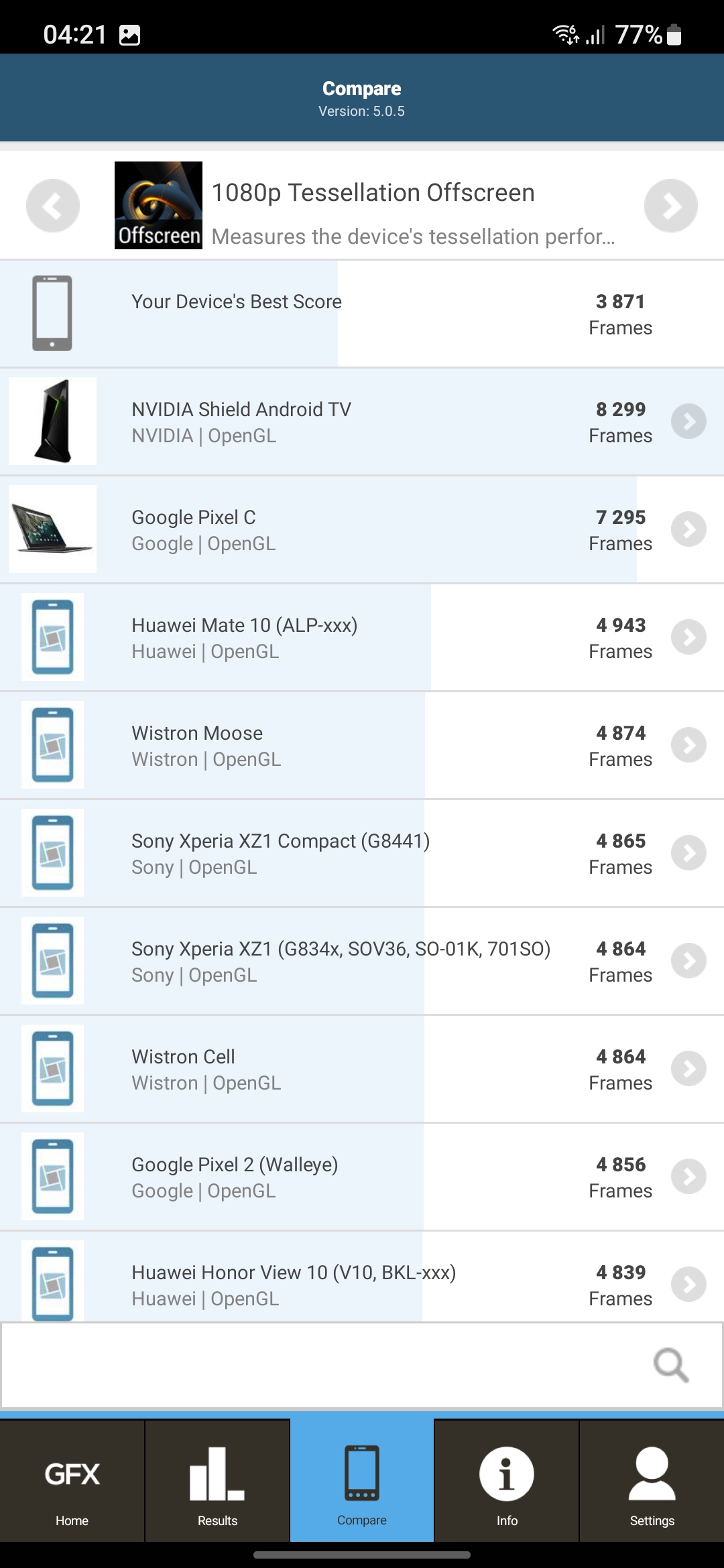
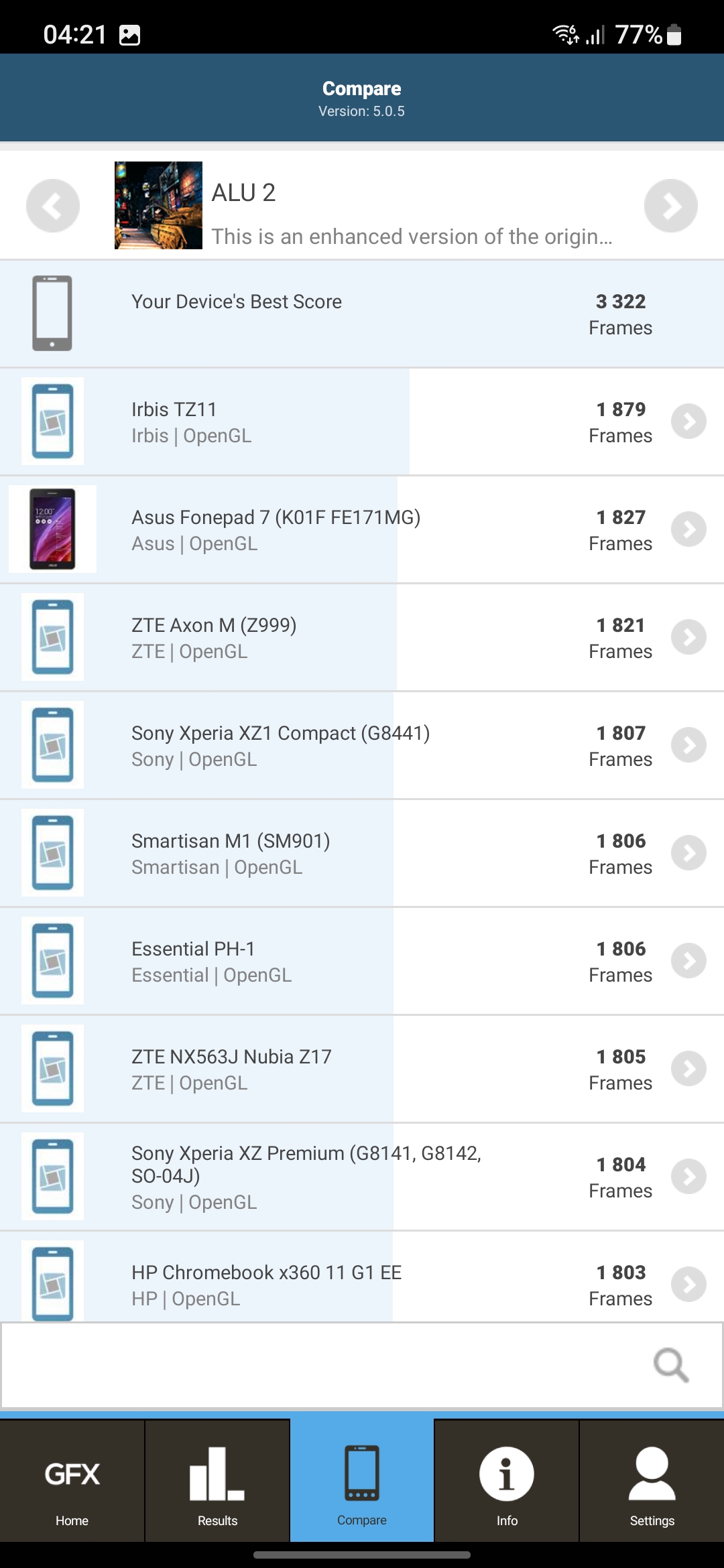

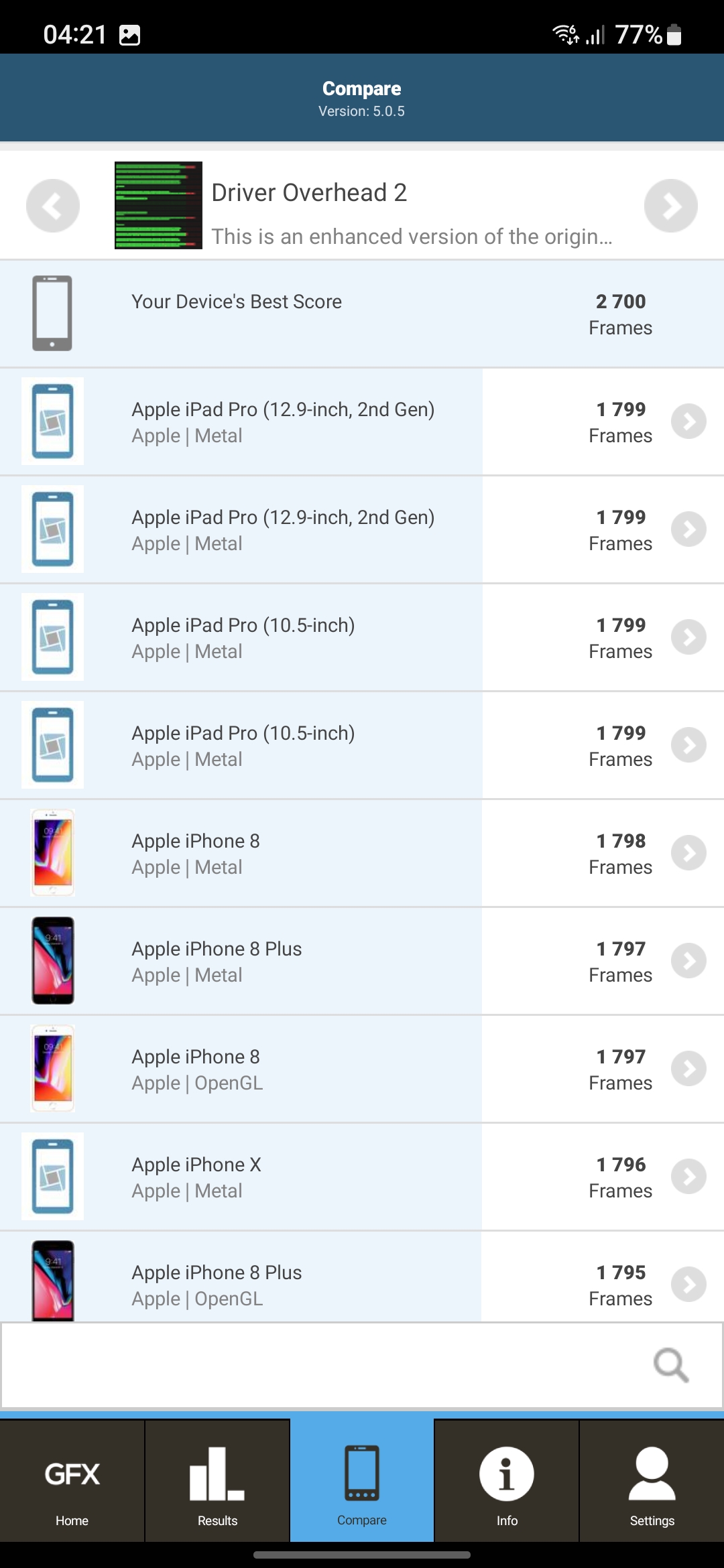
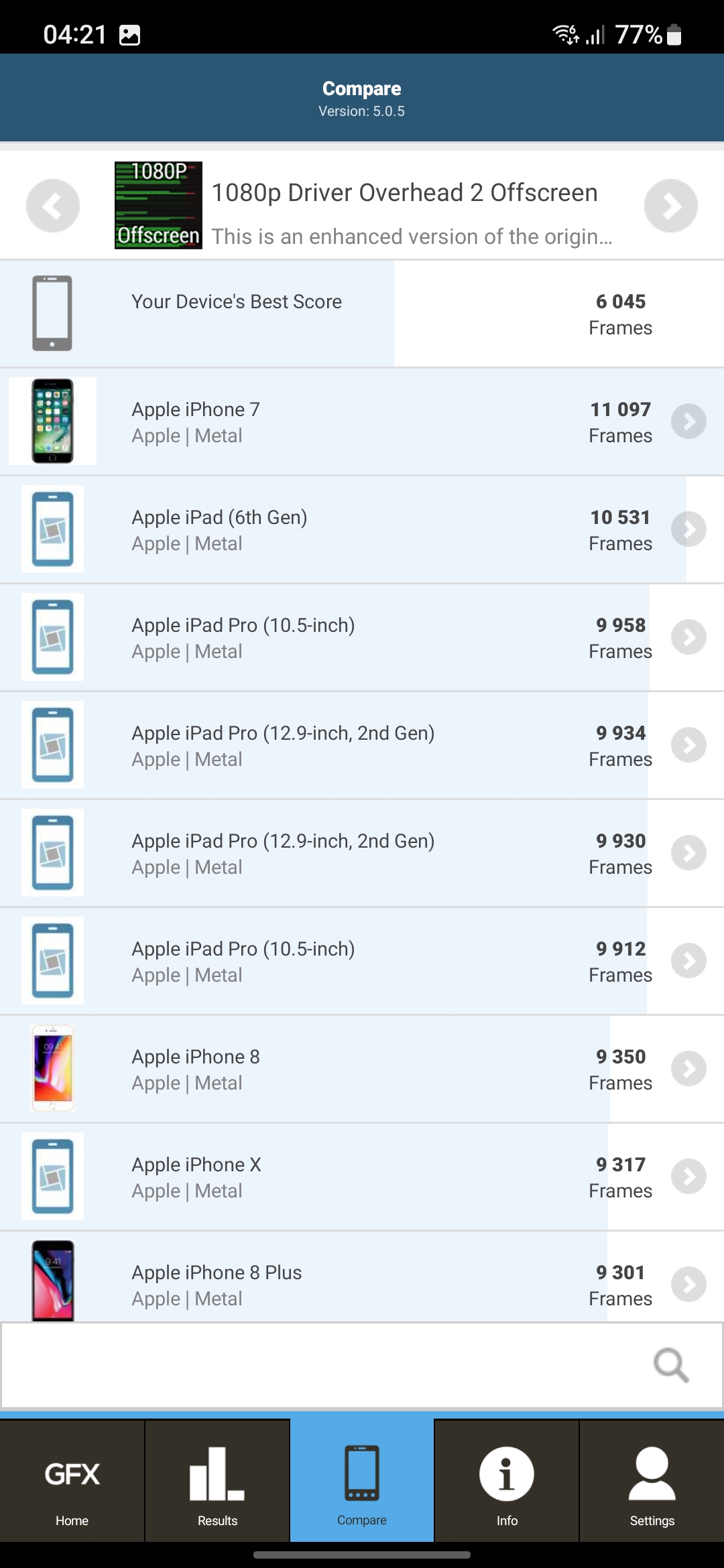
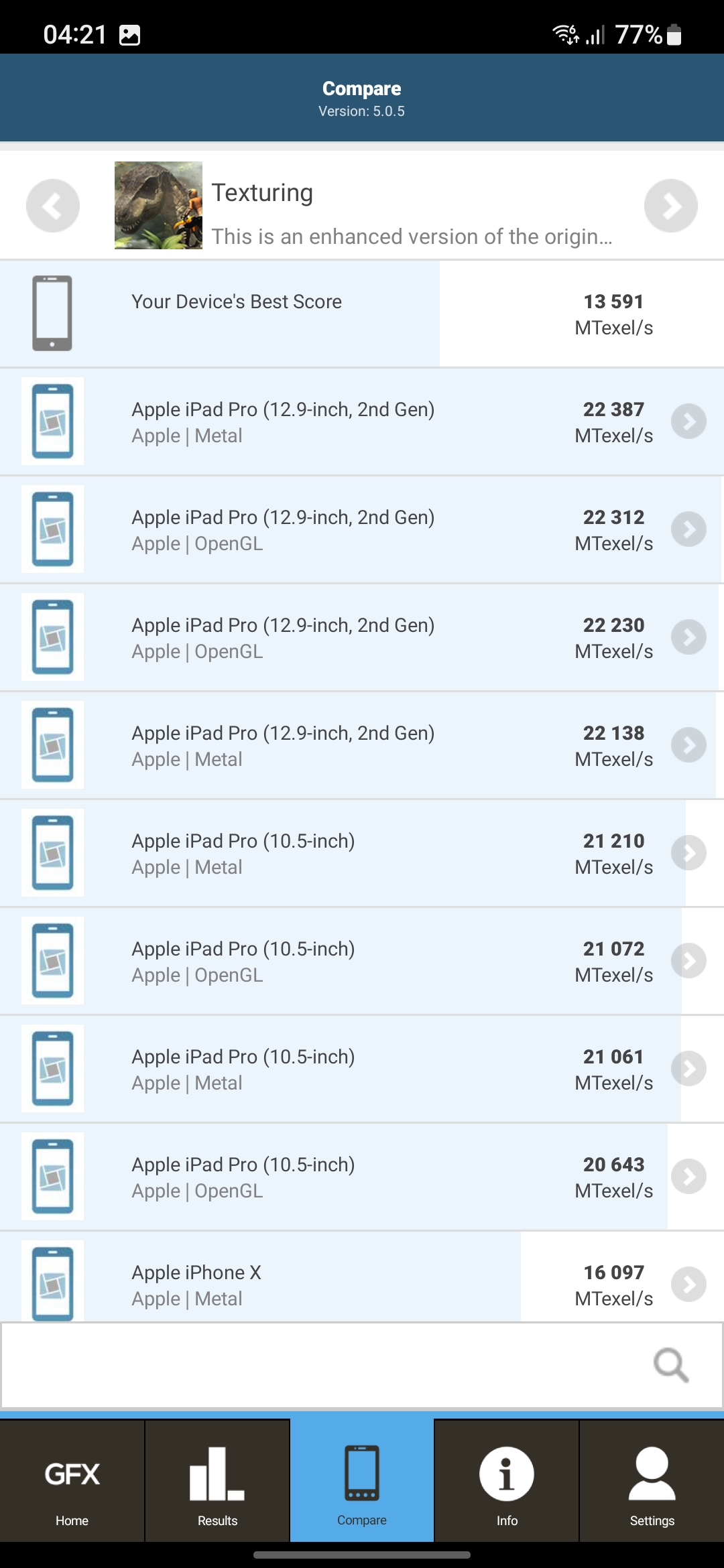

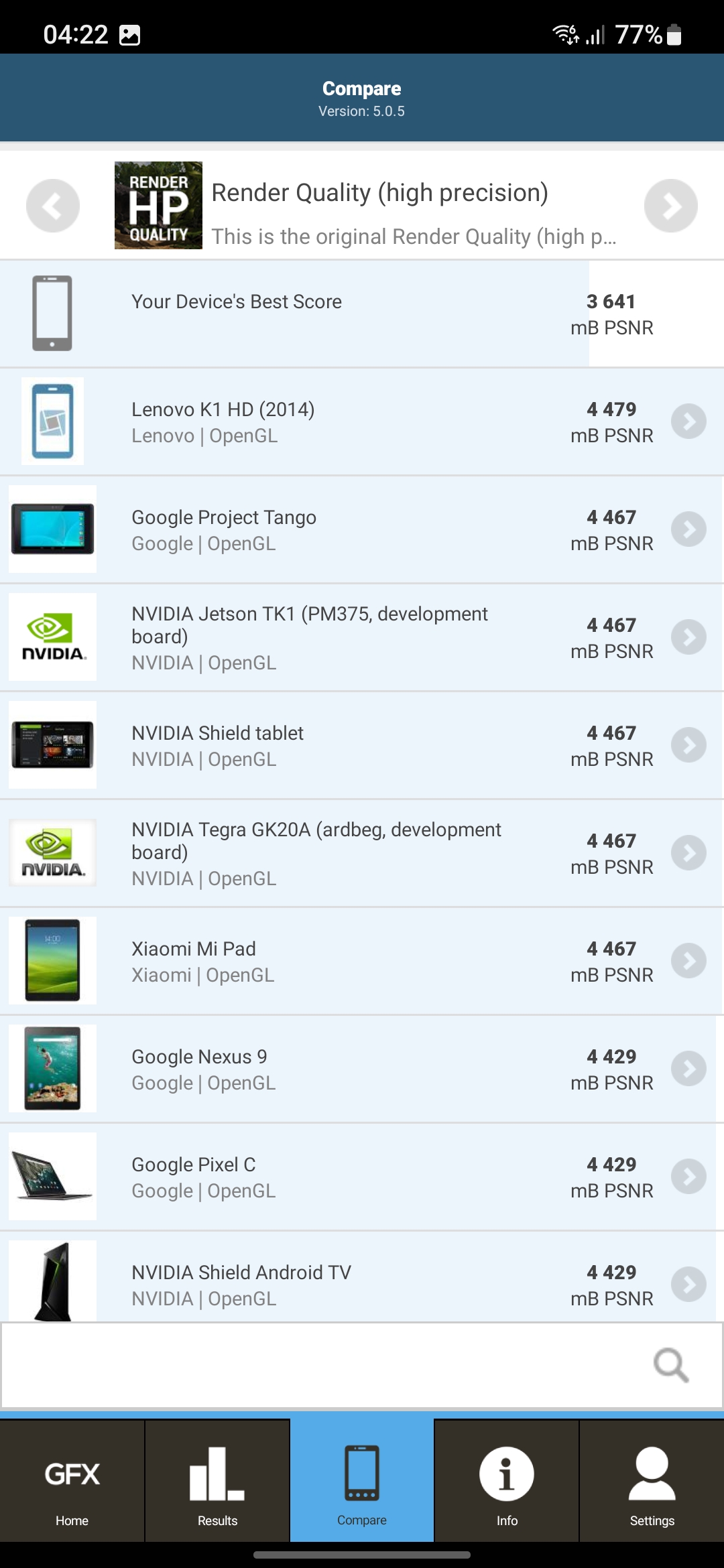


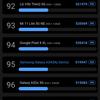








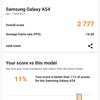
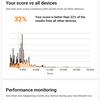
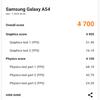





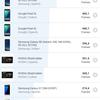
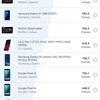
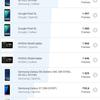
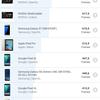



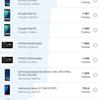

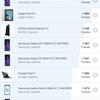
















Samsung Galaxy A34 test results:
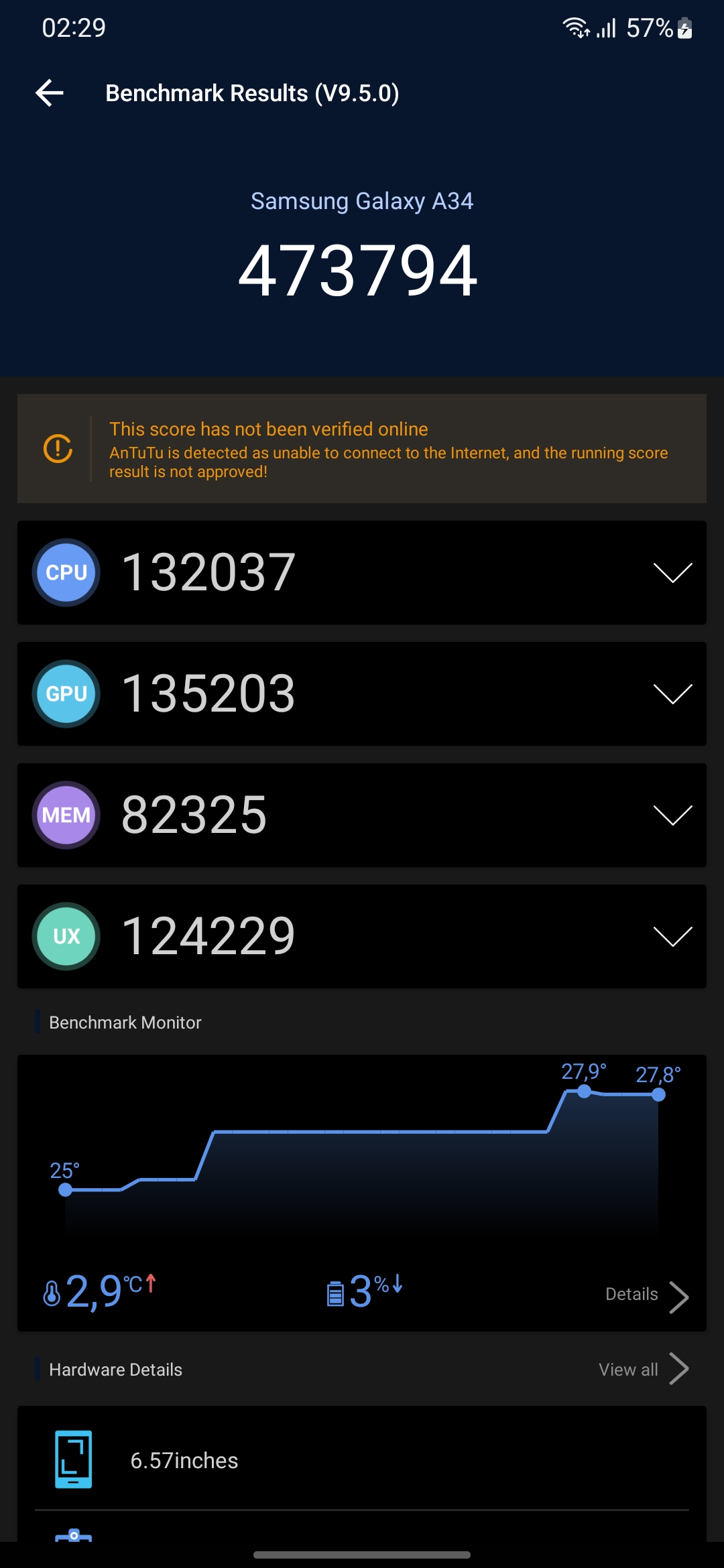

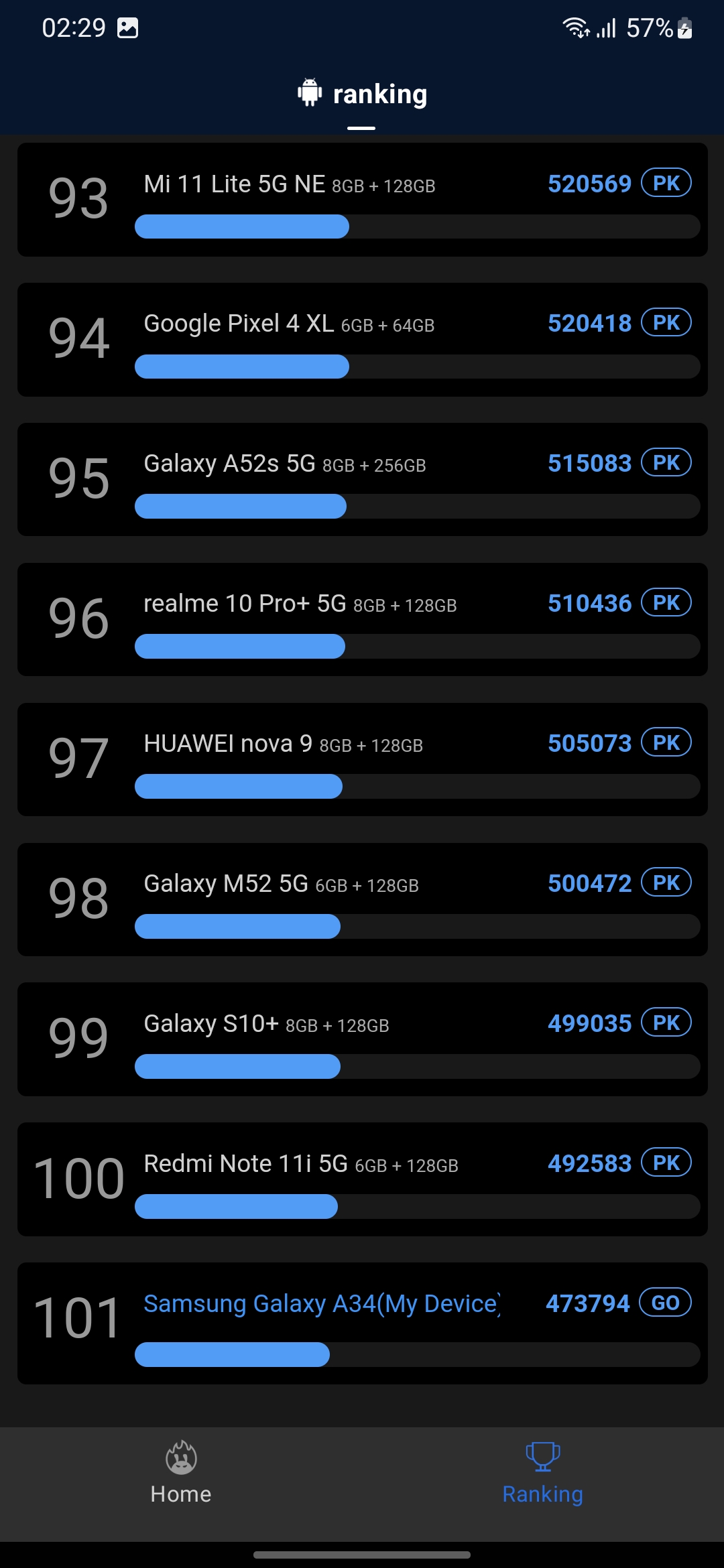
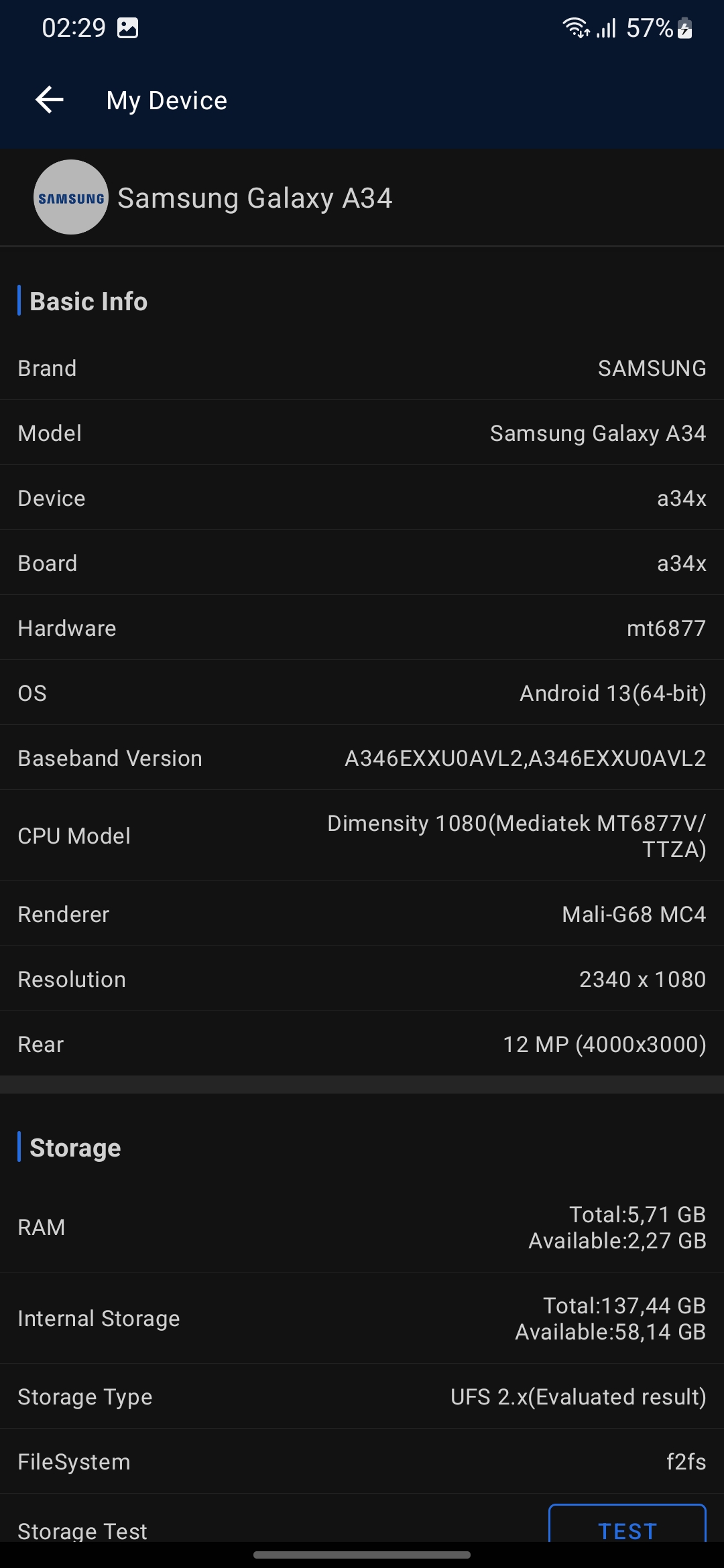
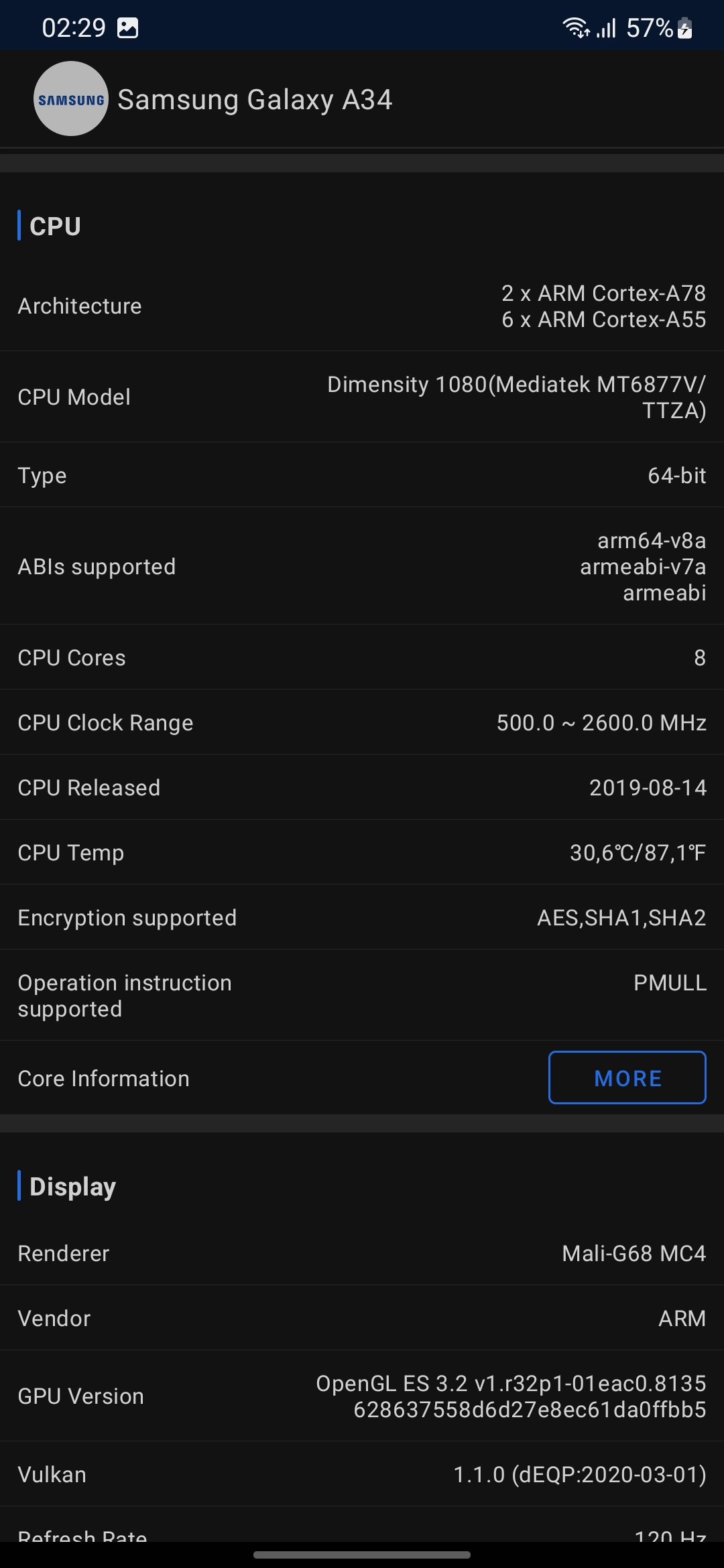

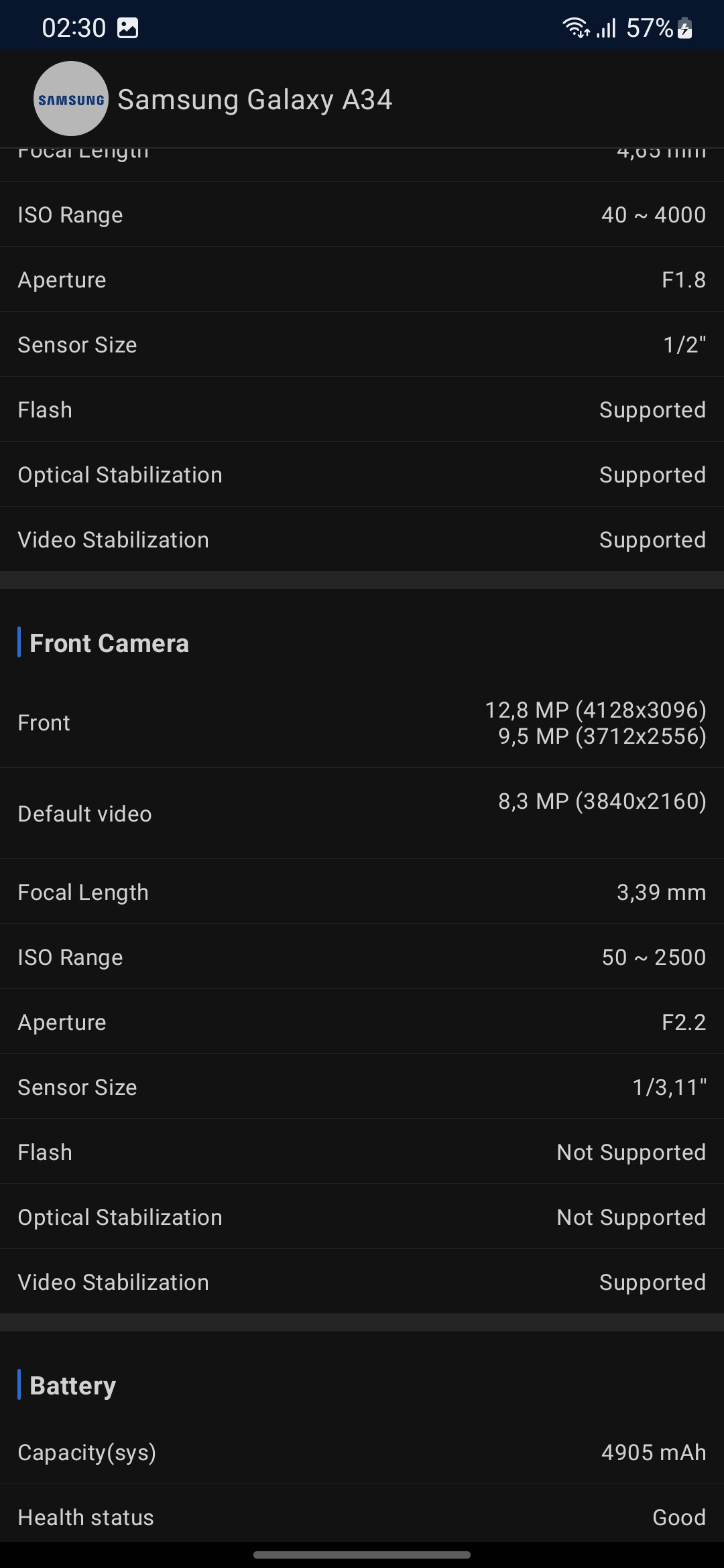
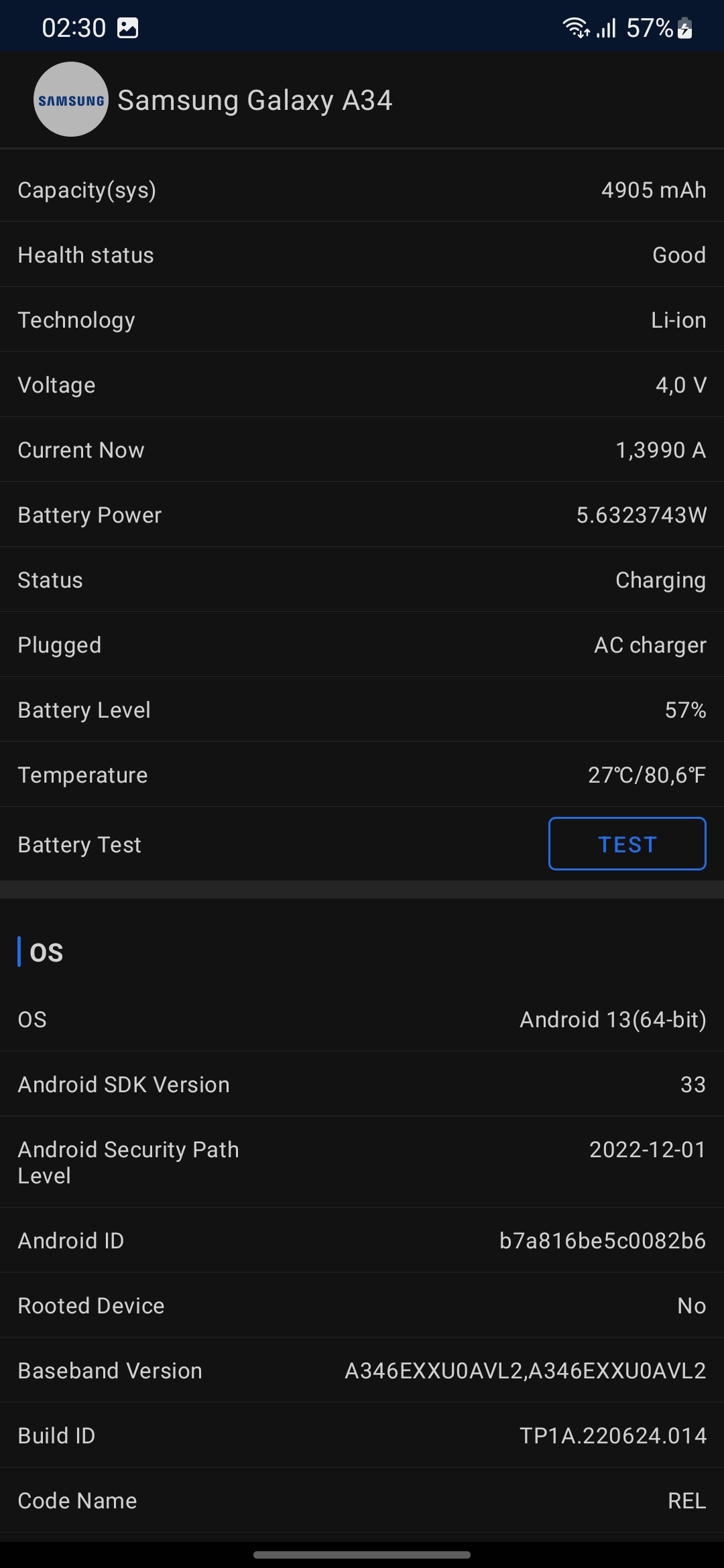
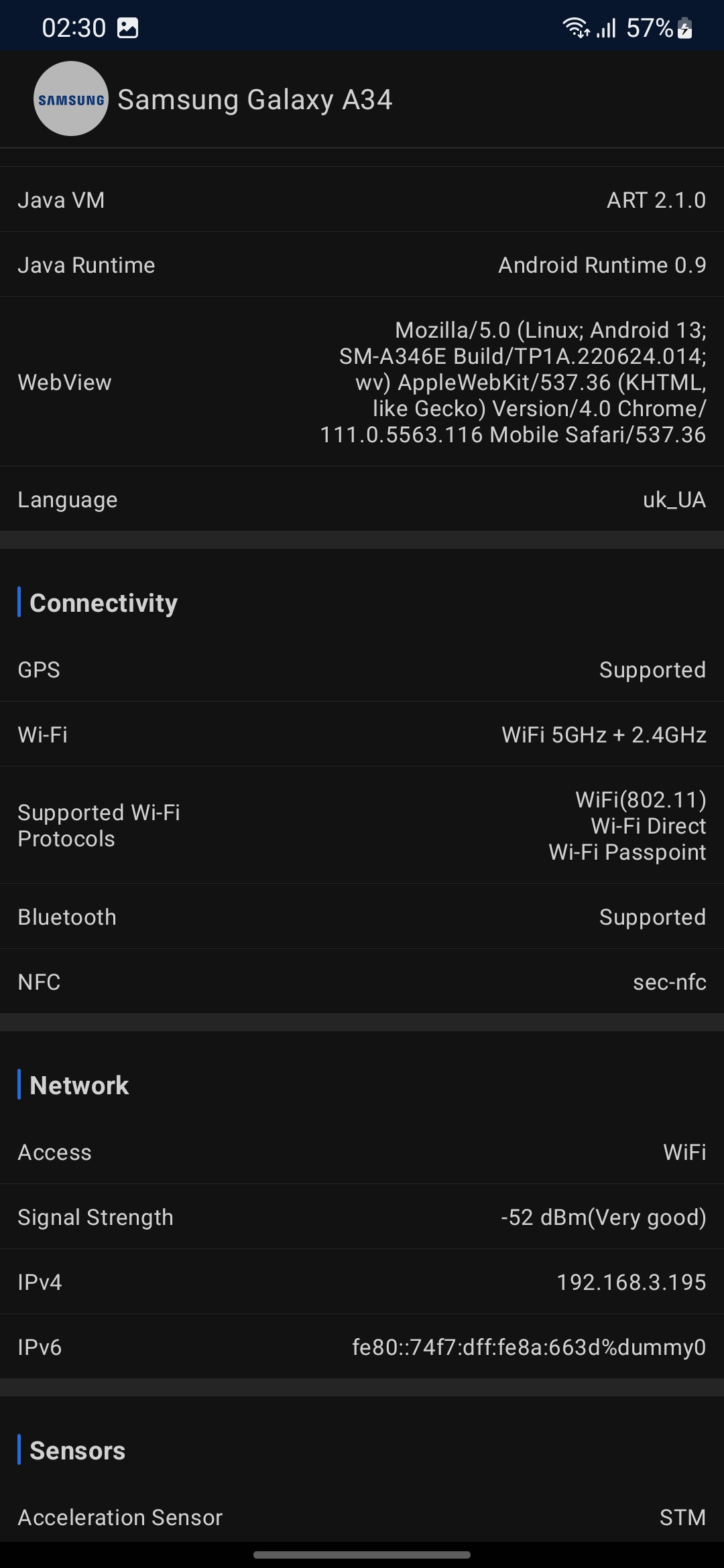



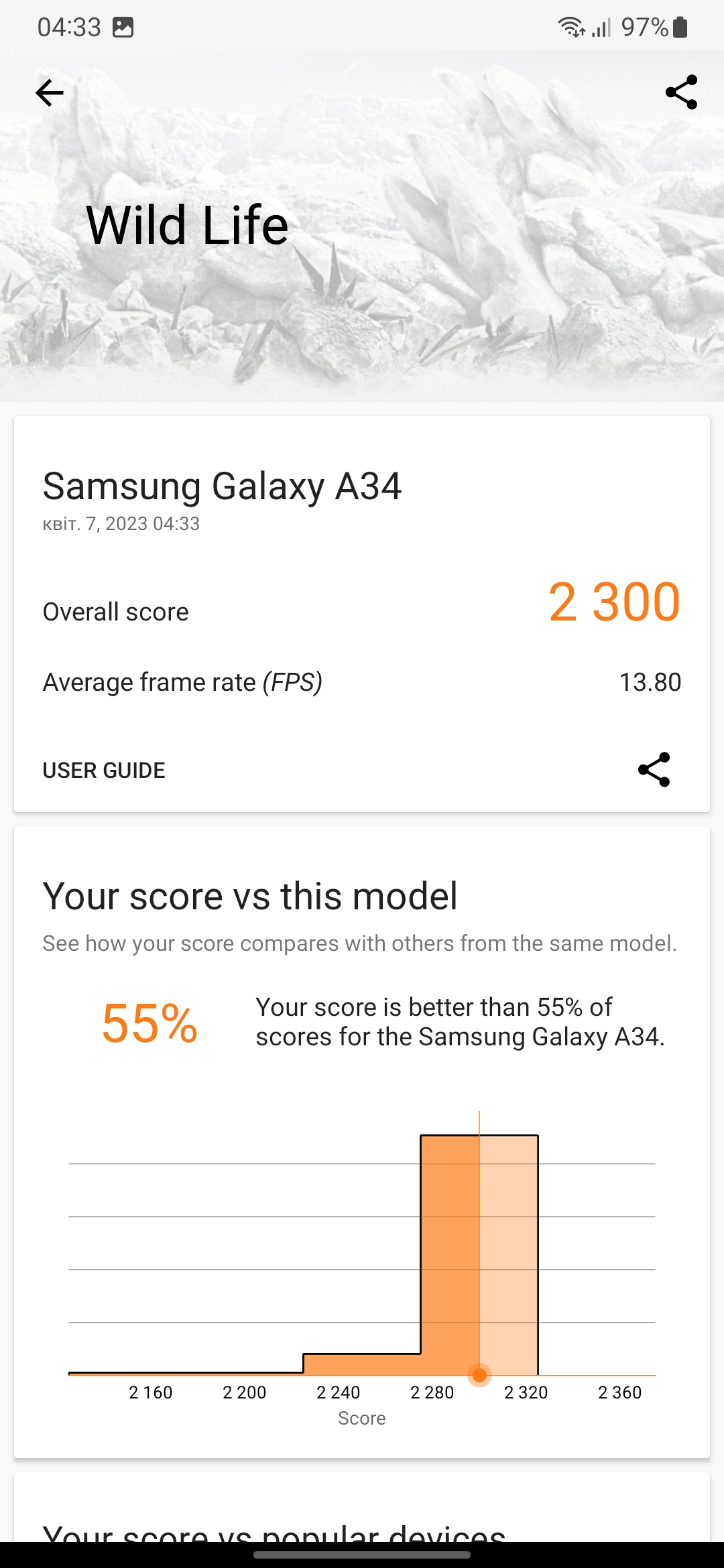
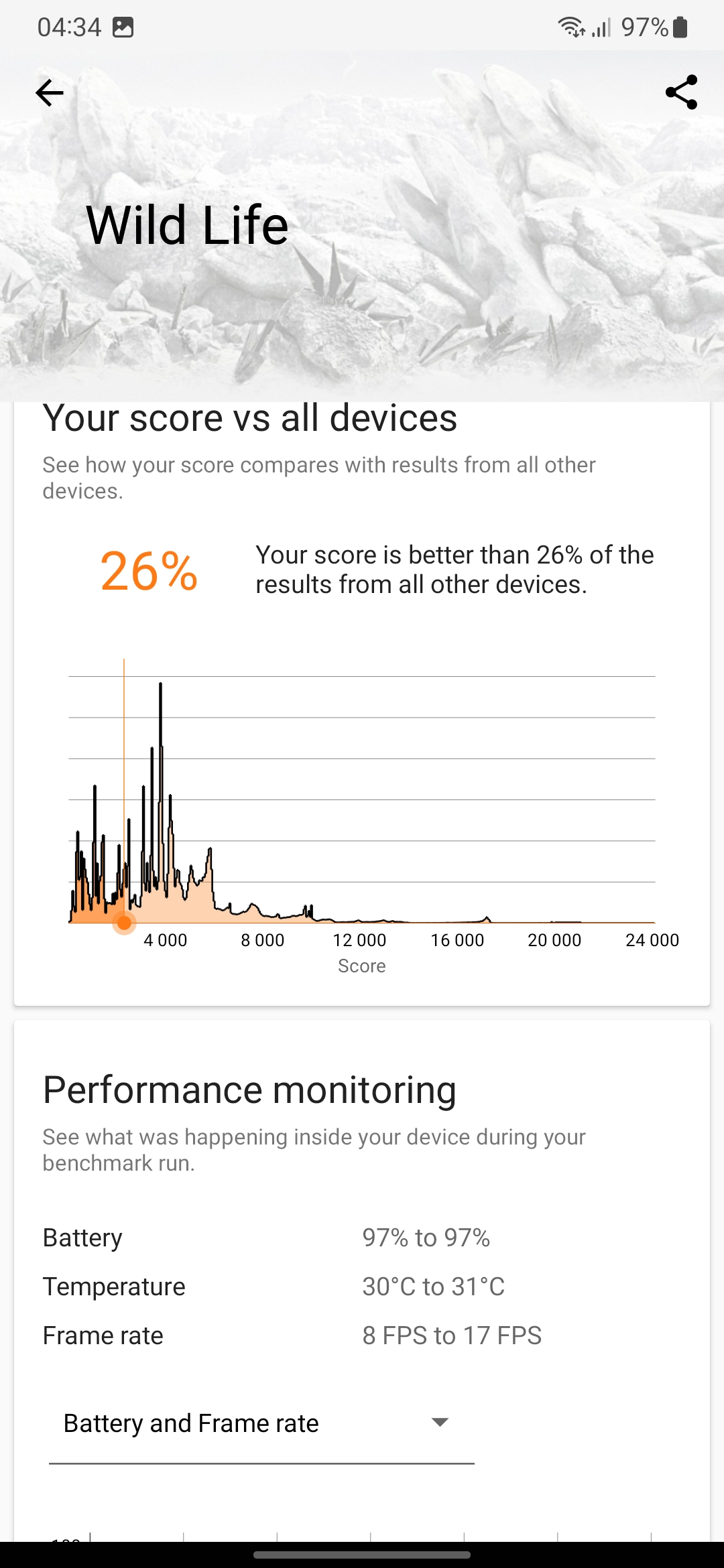

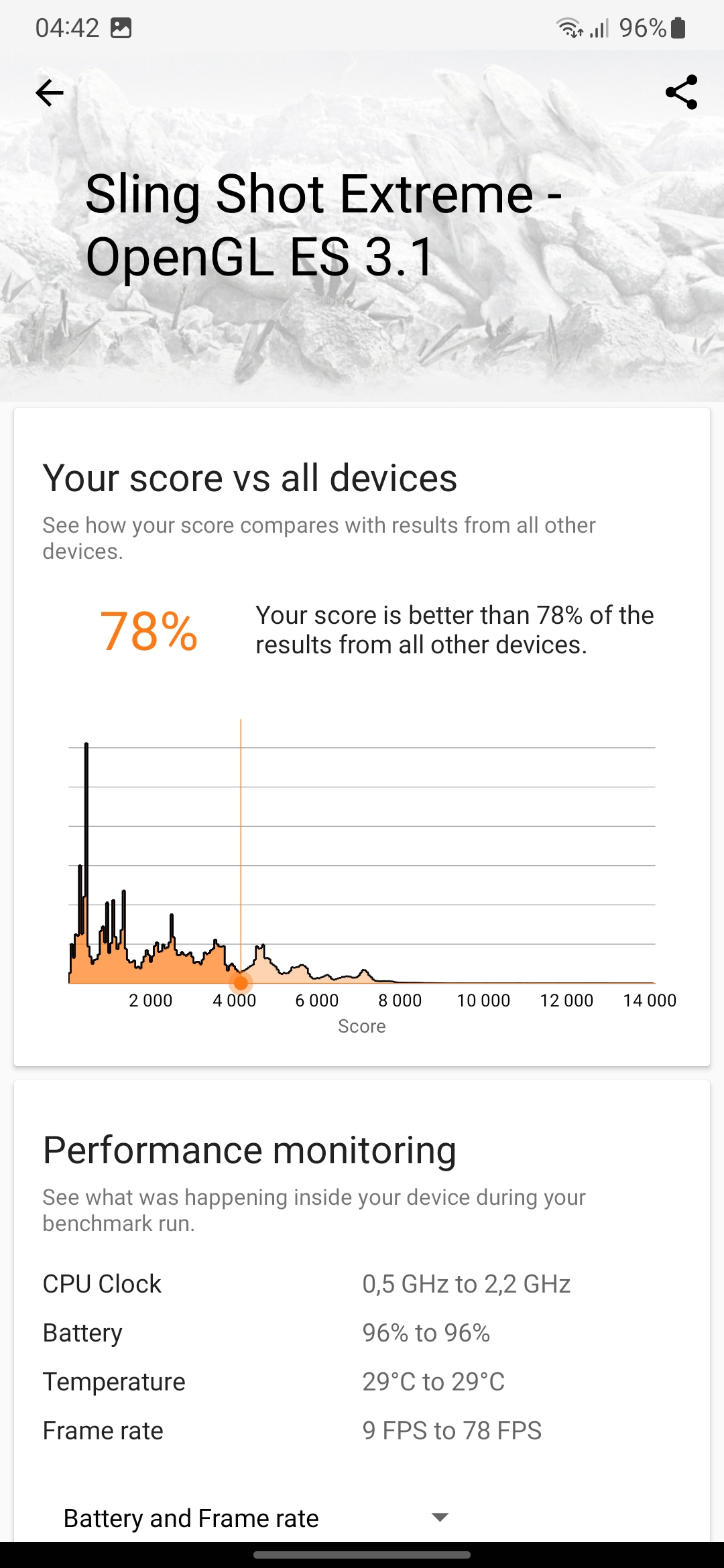

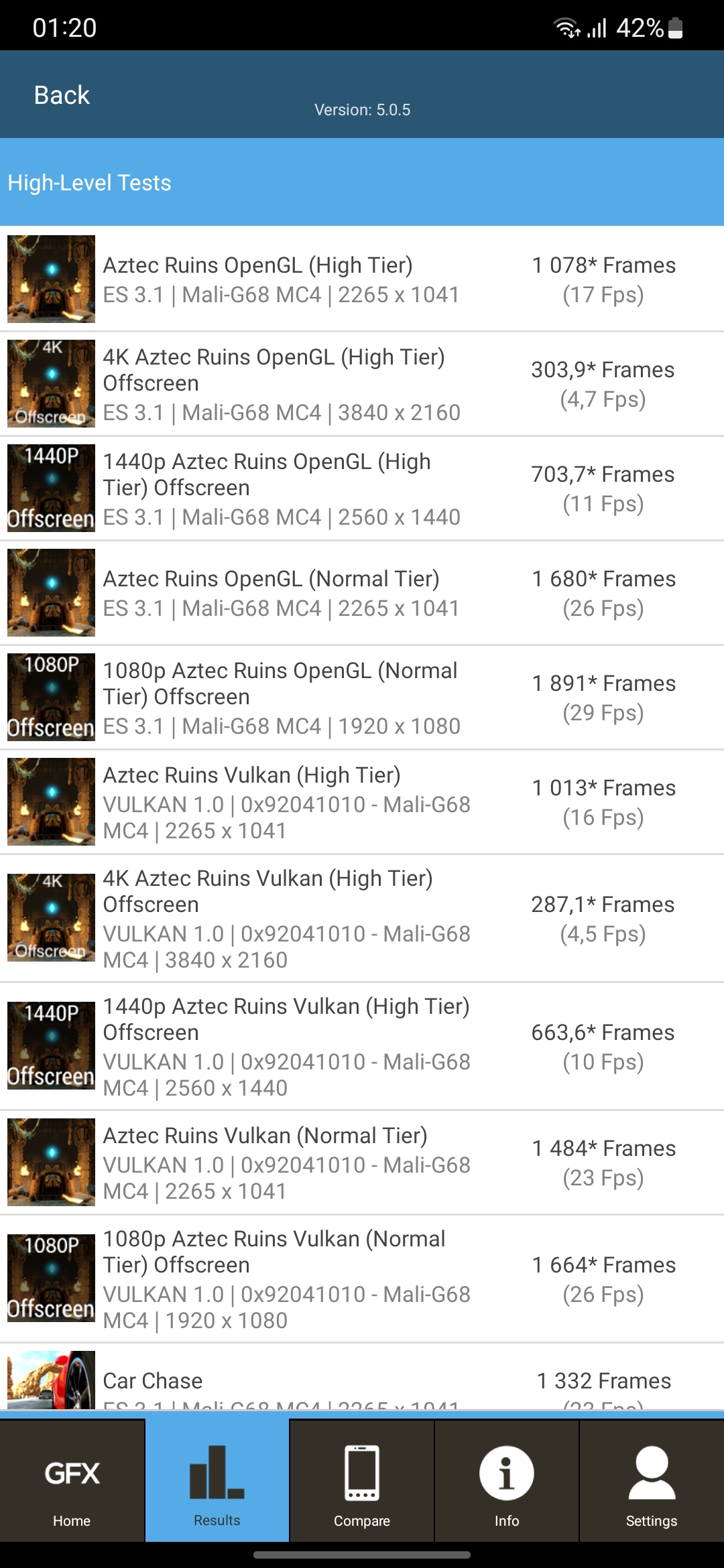
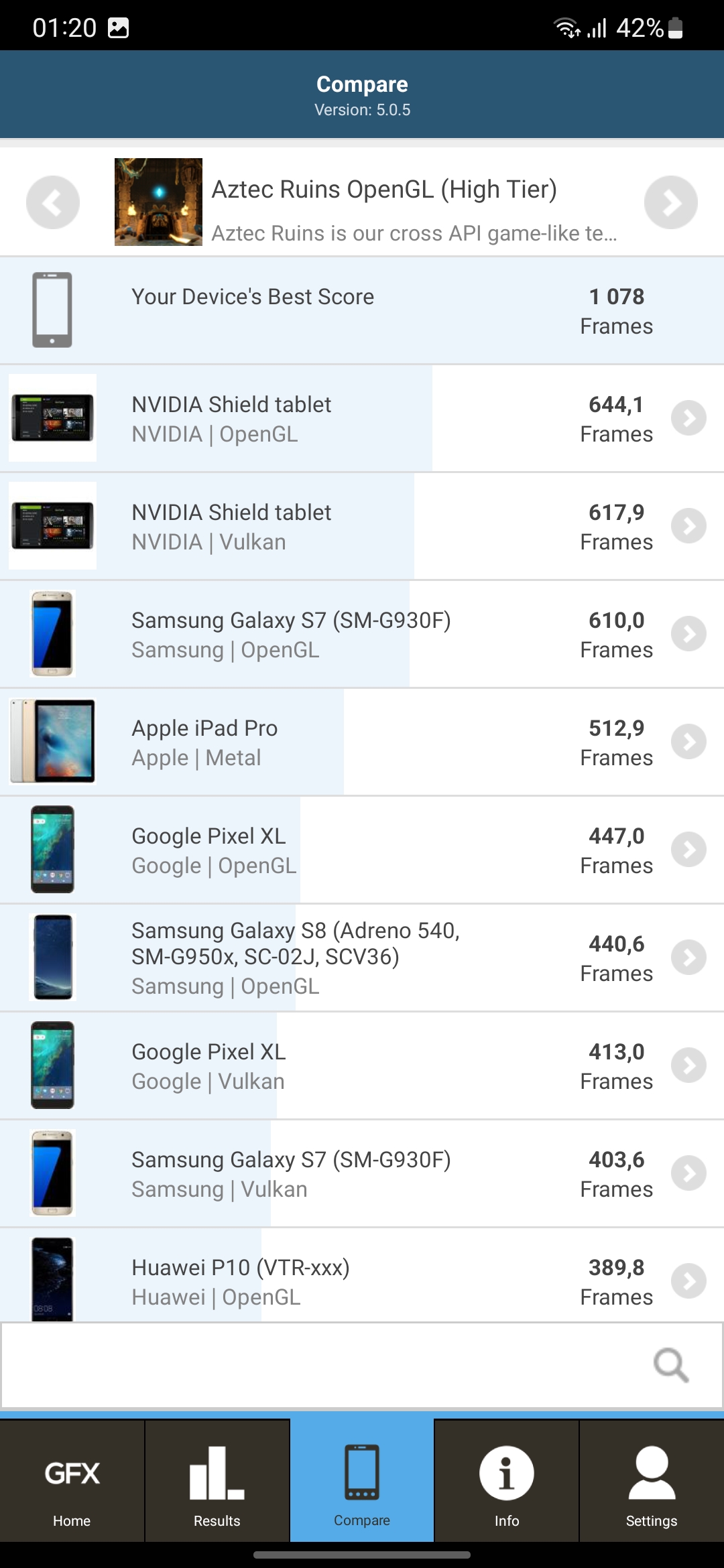

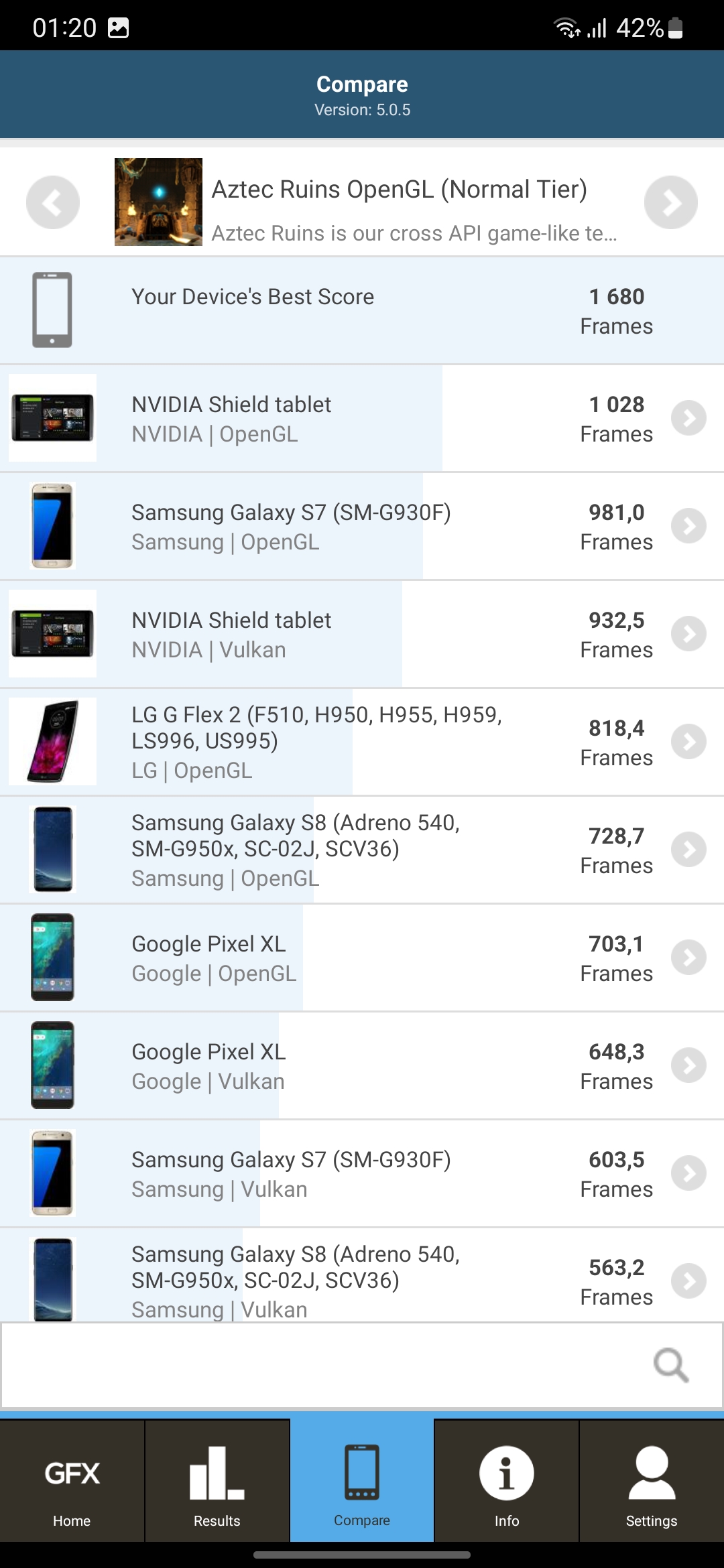
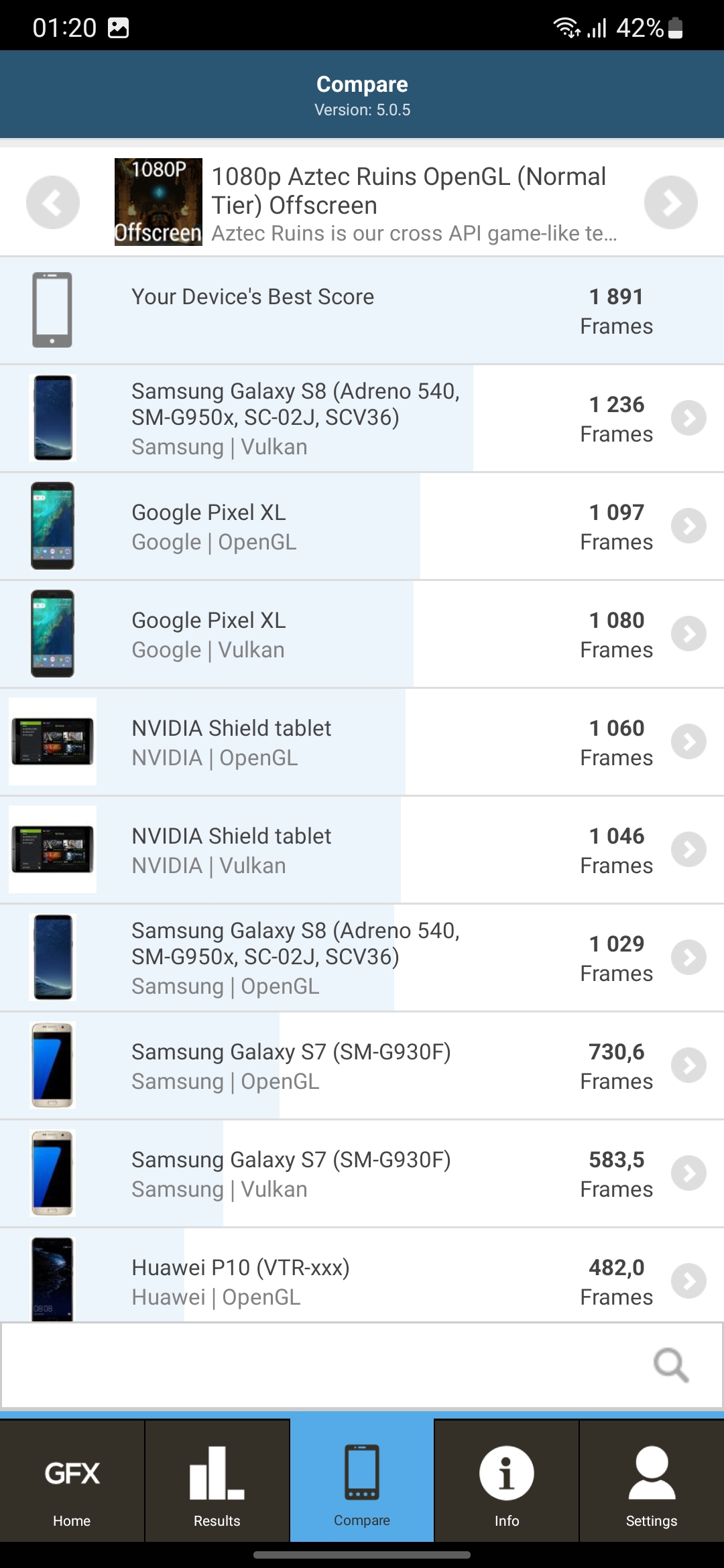
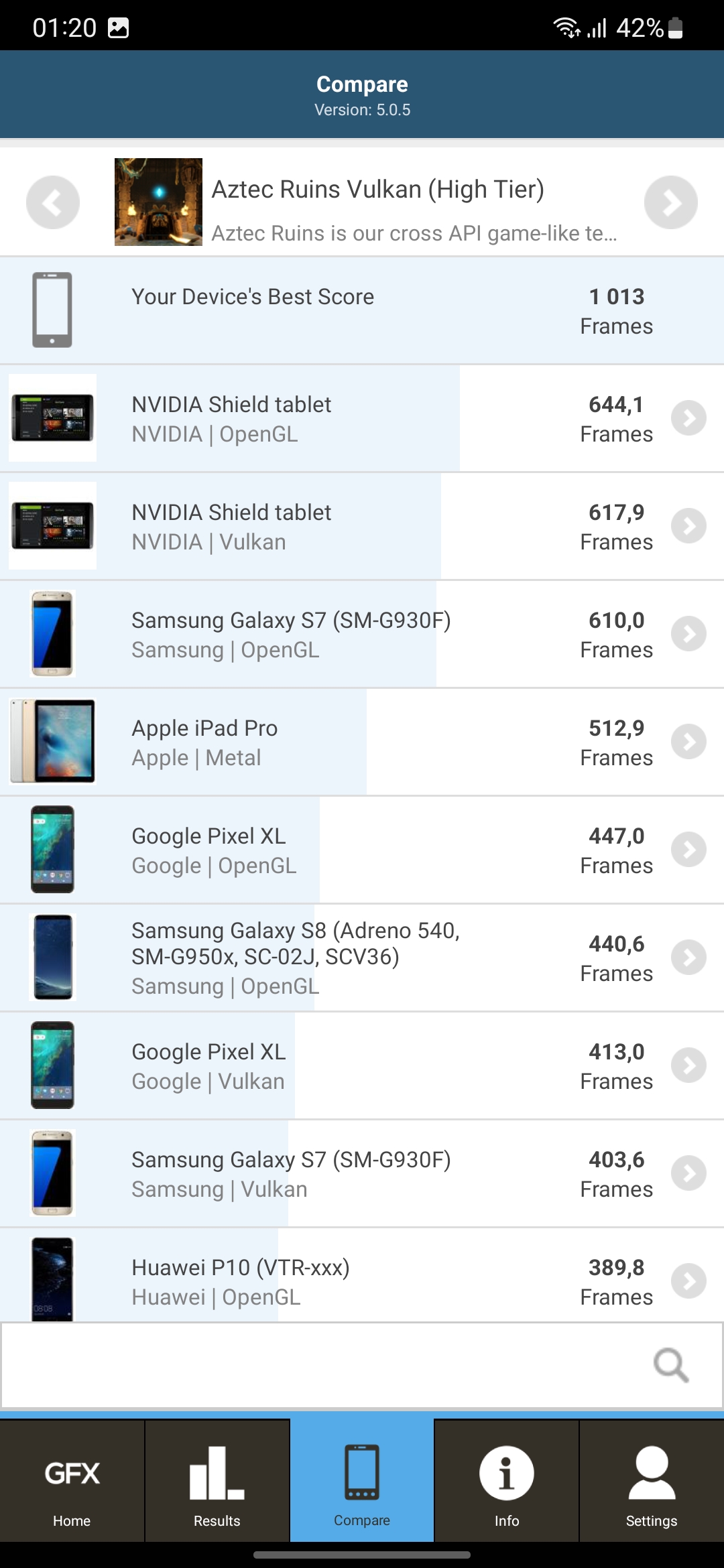
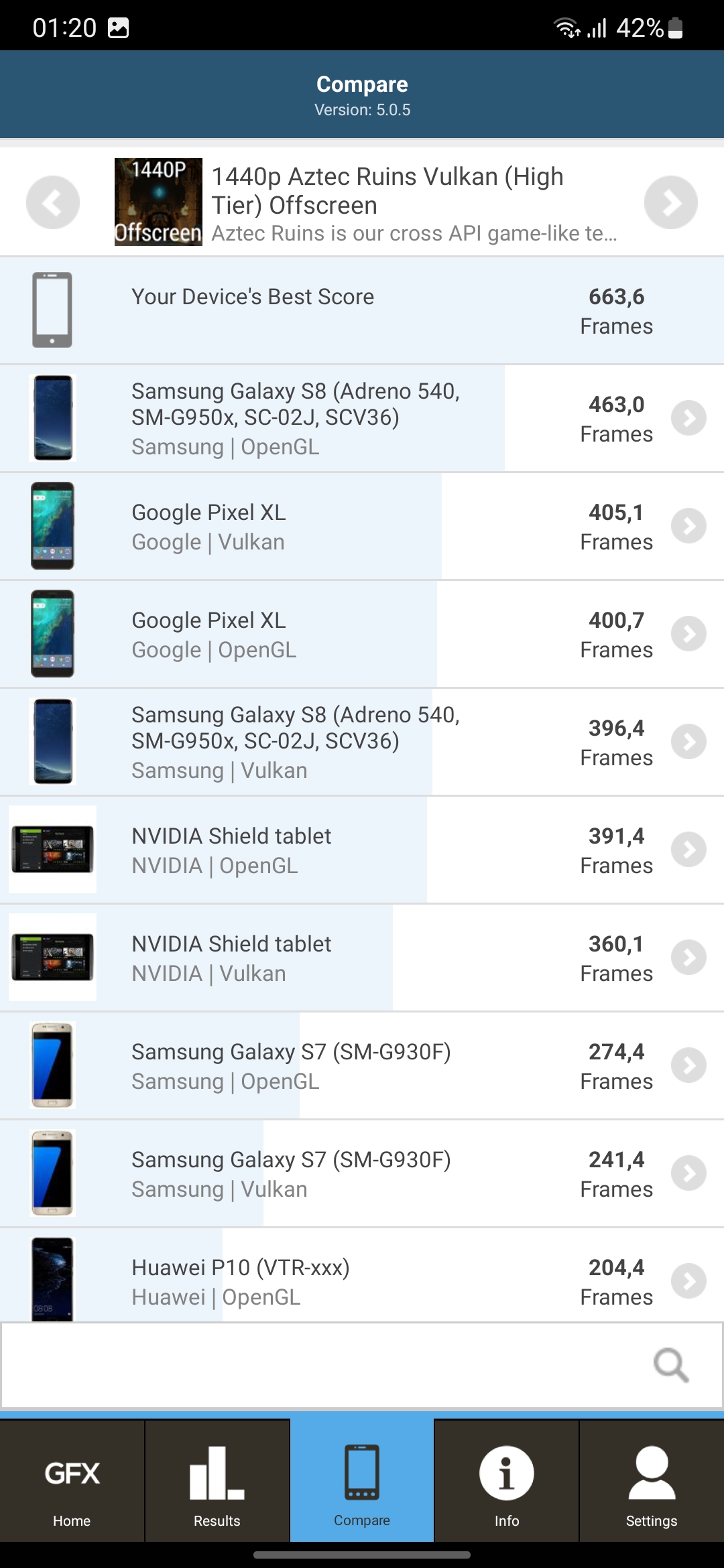
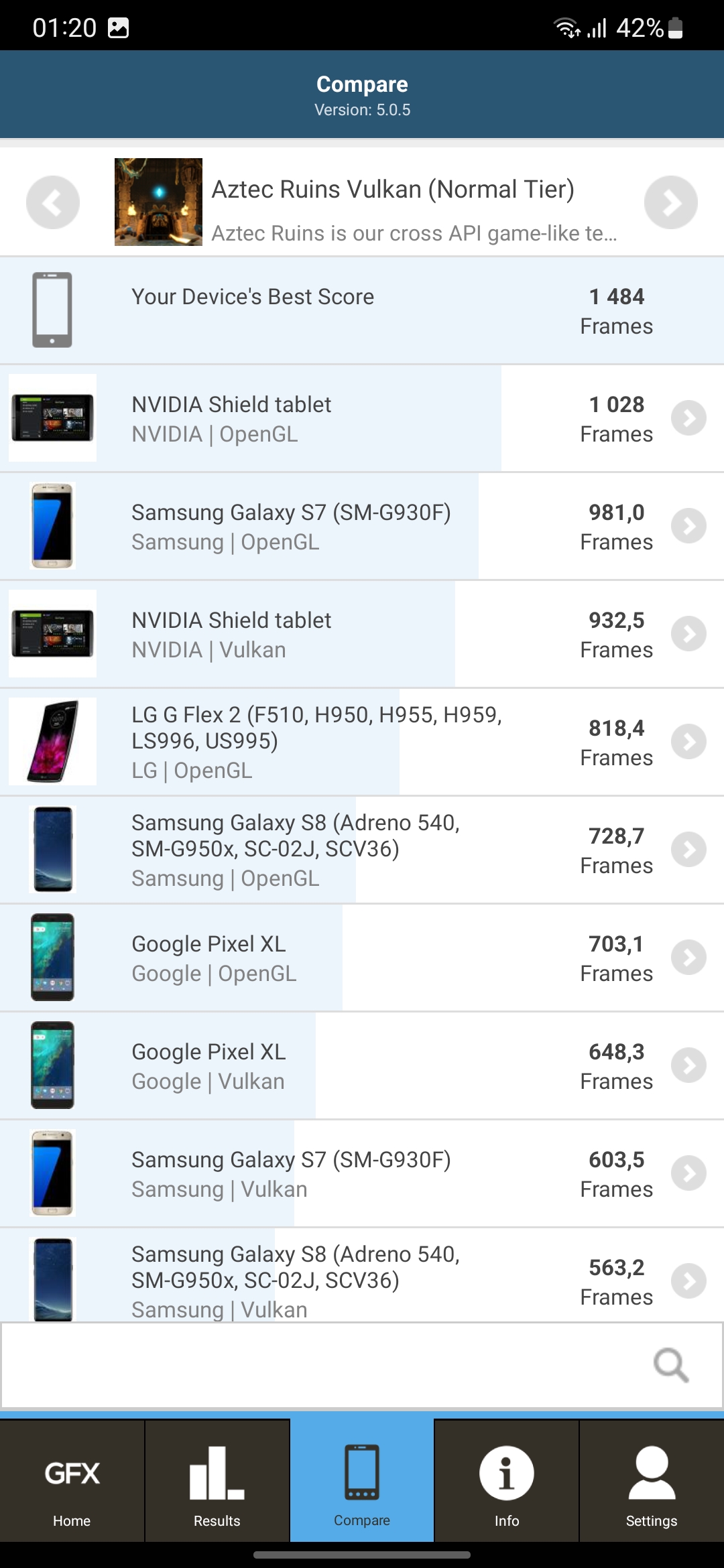



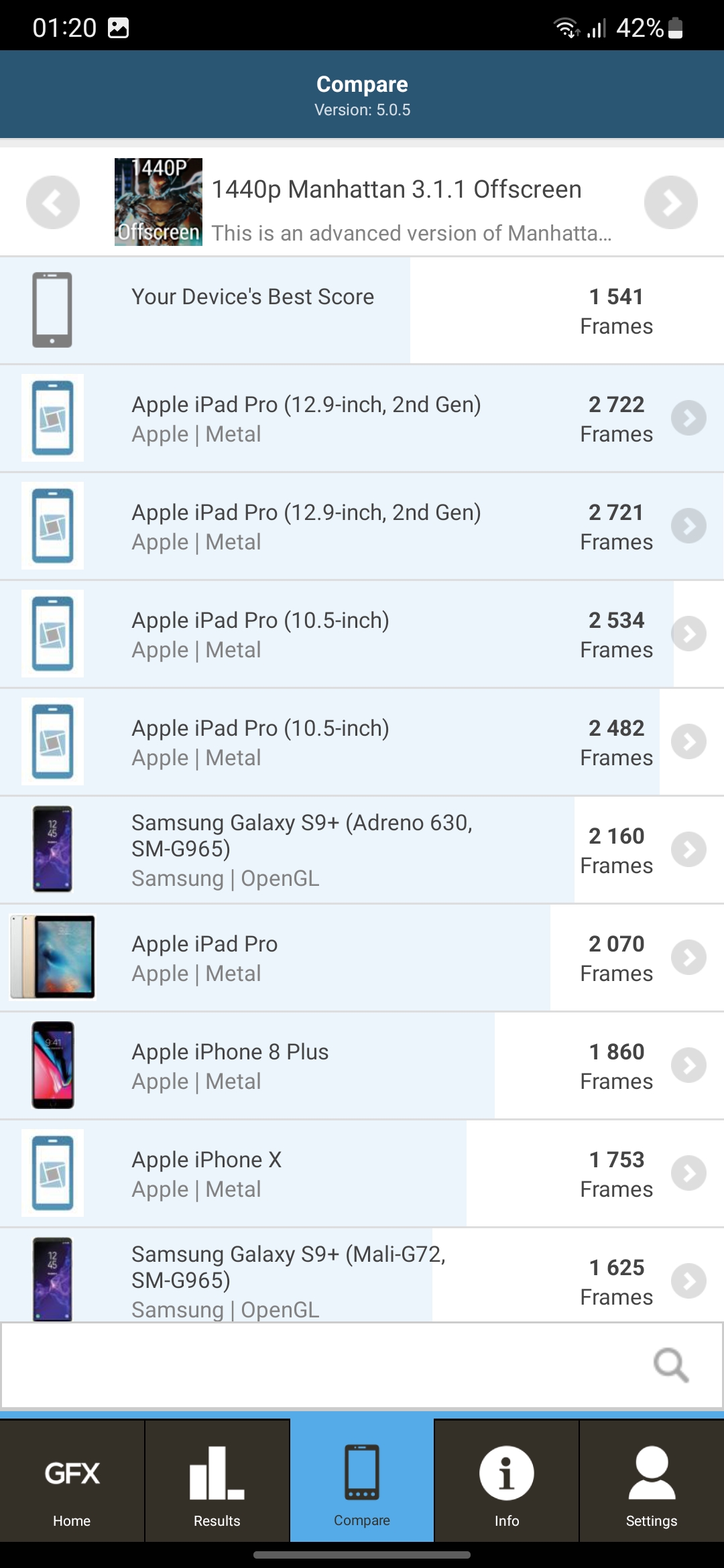

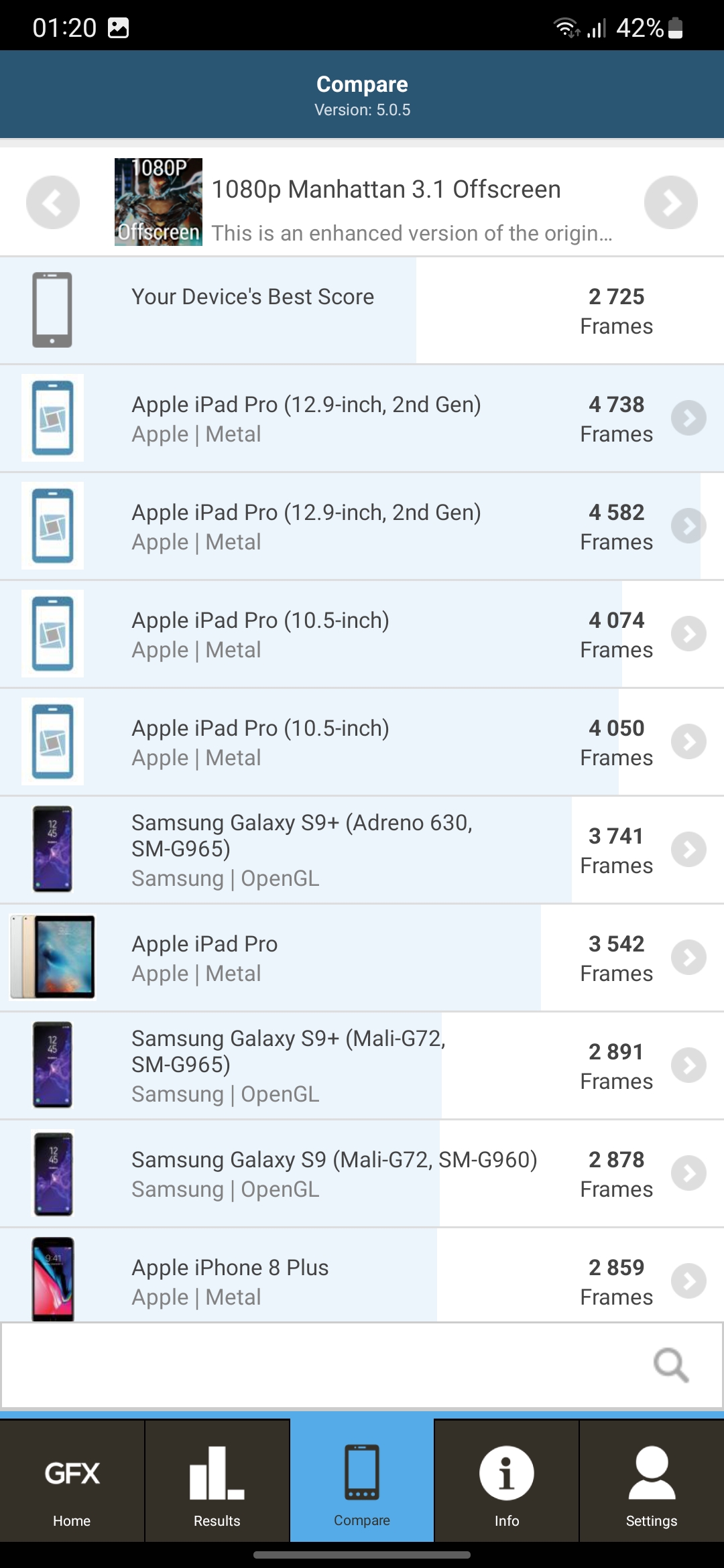


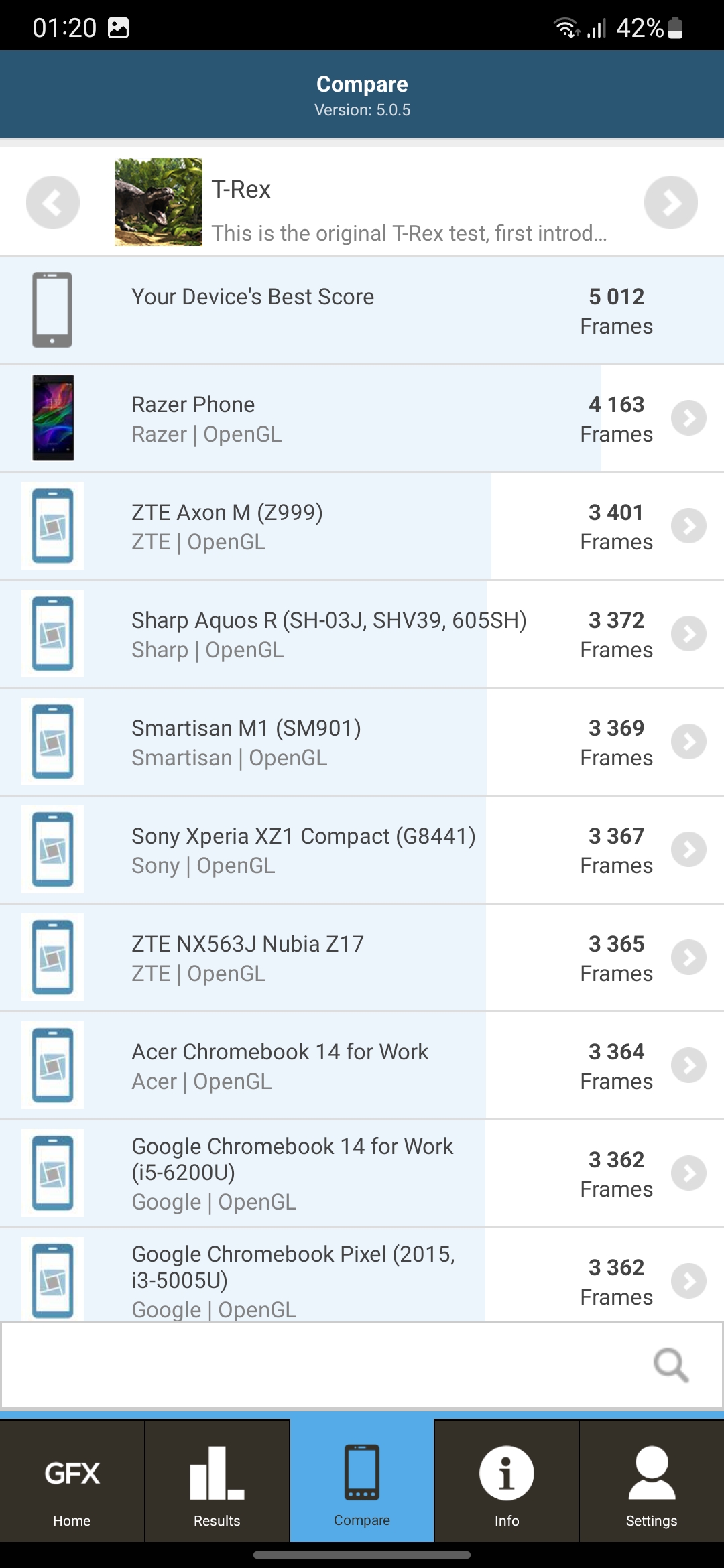



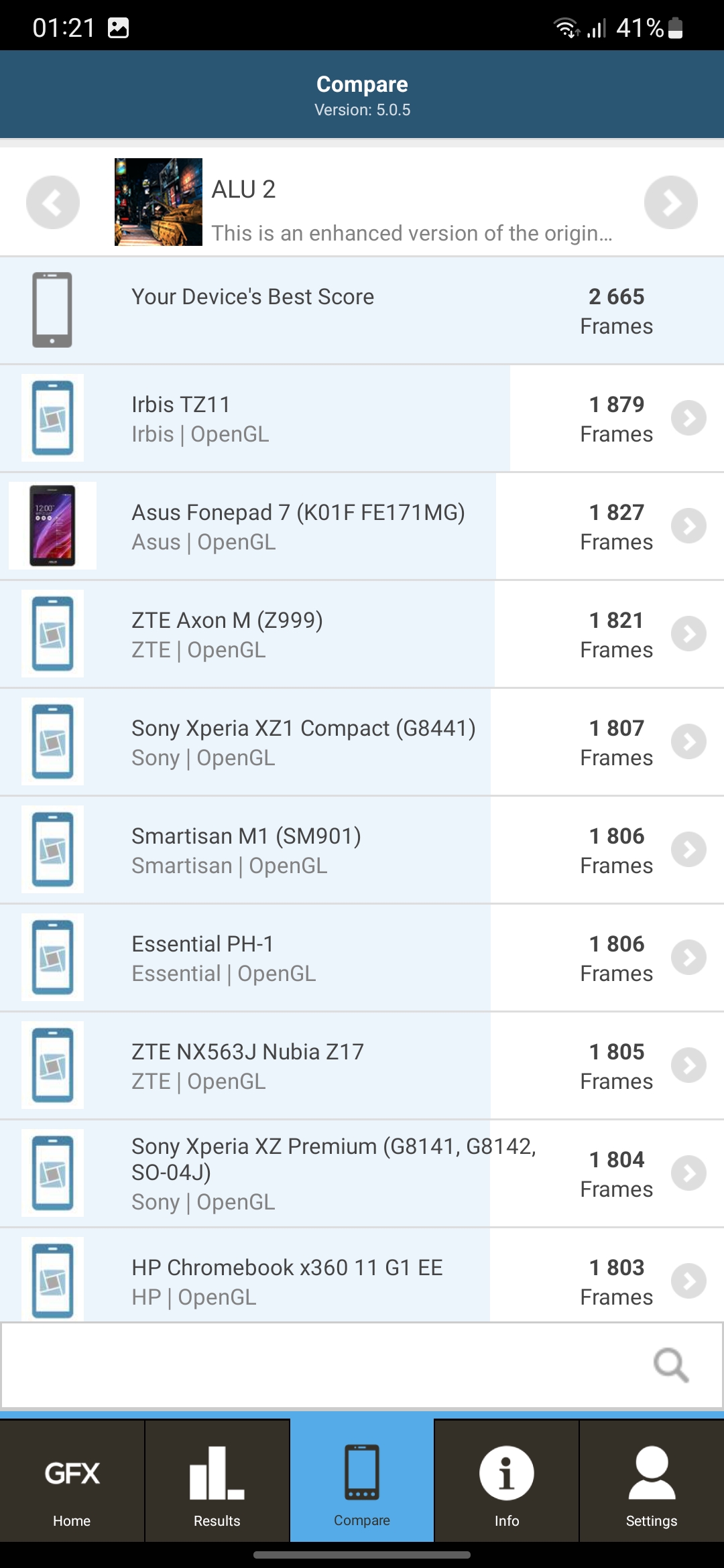
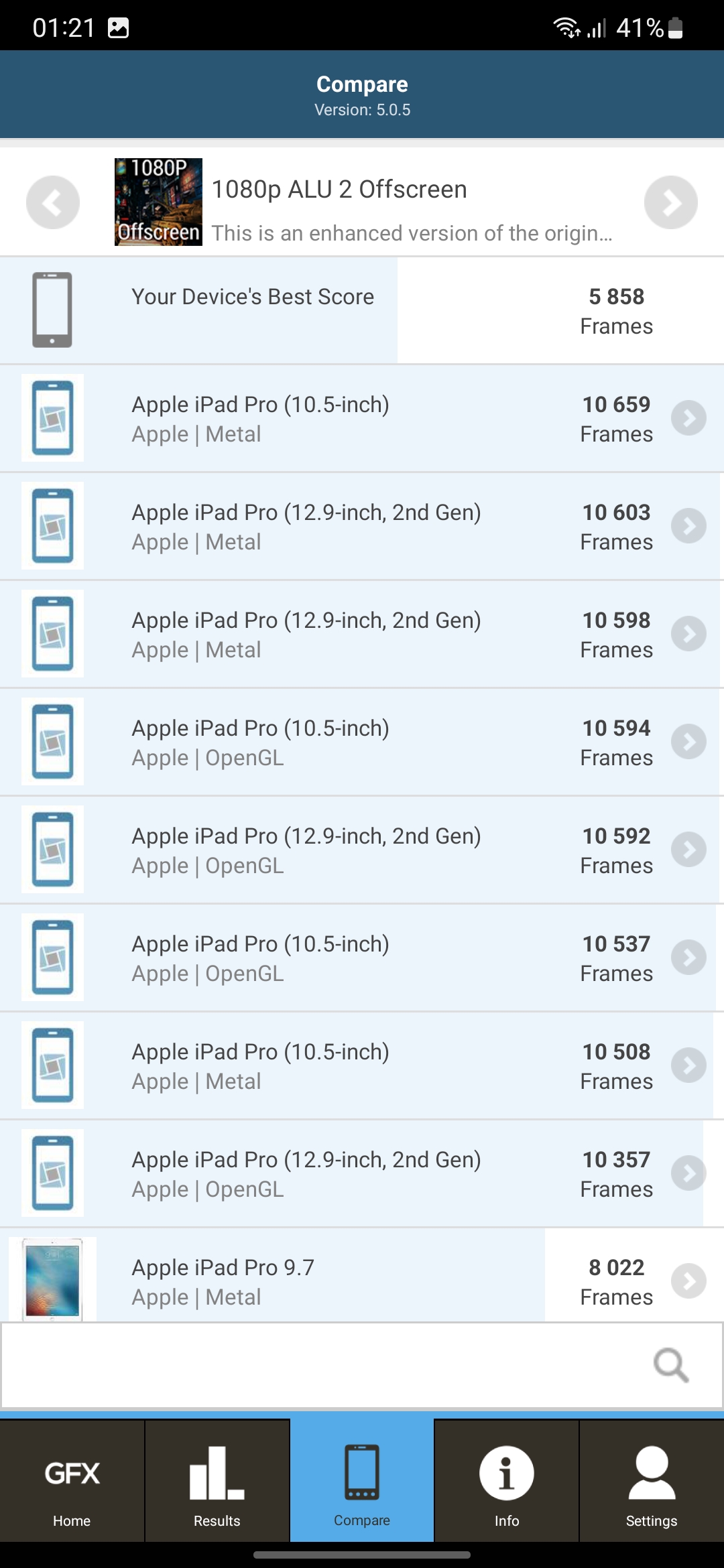
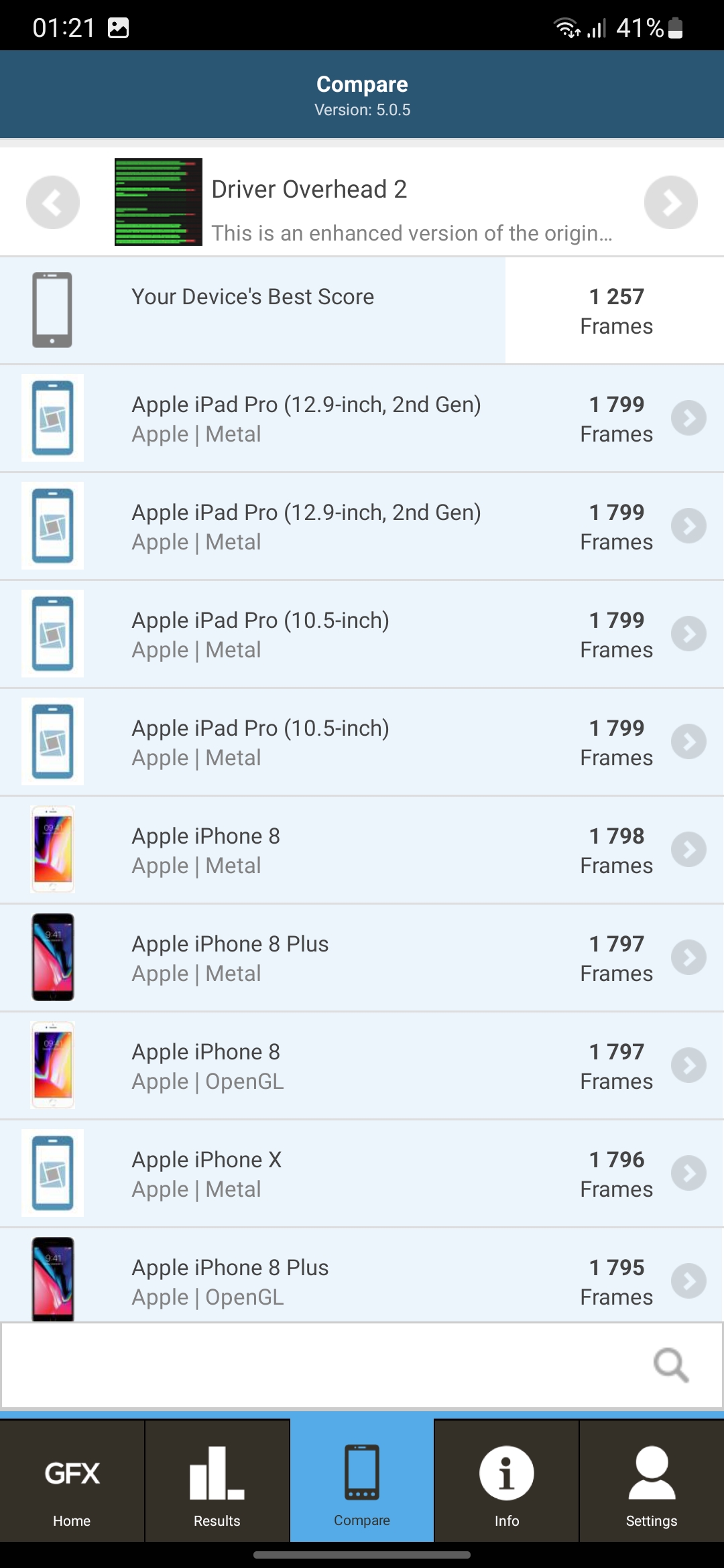
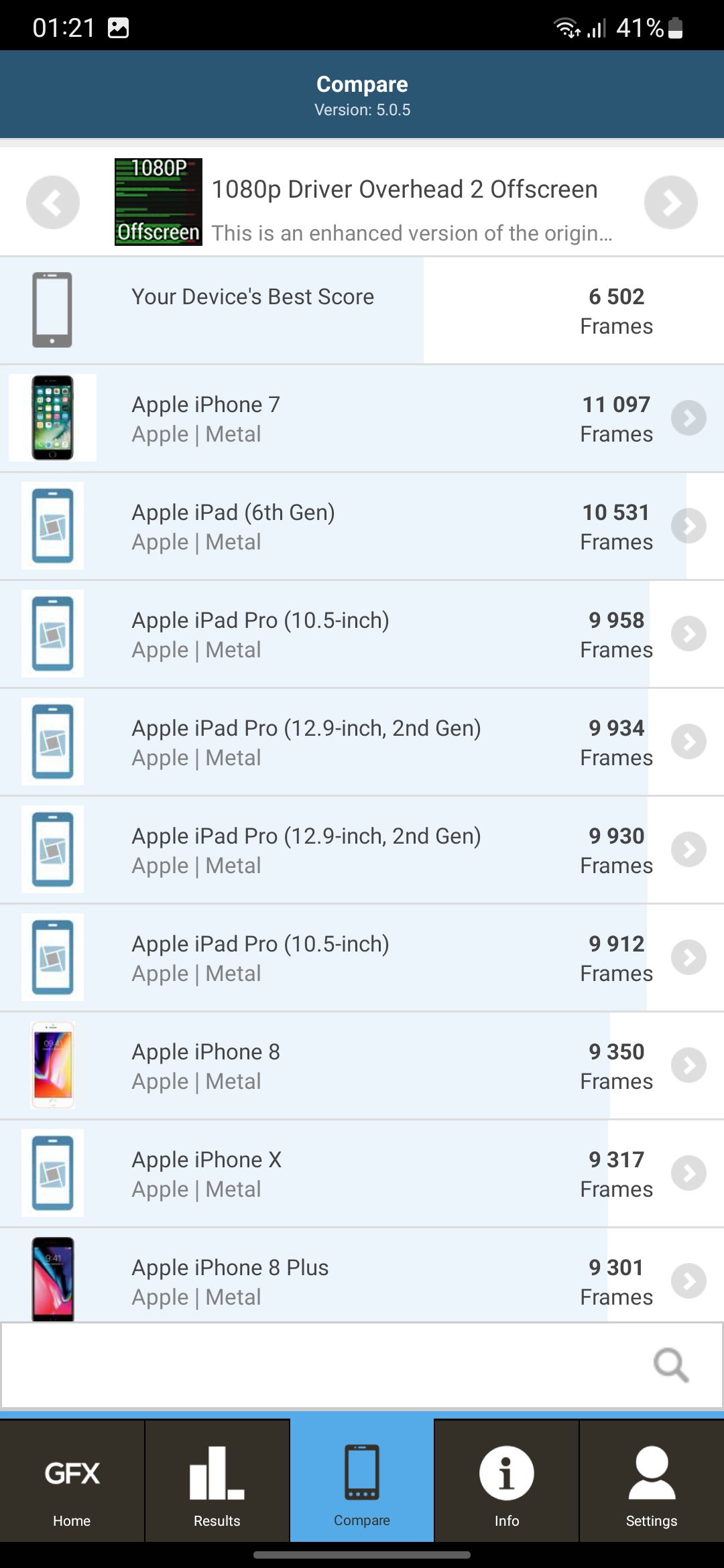

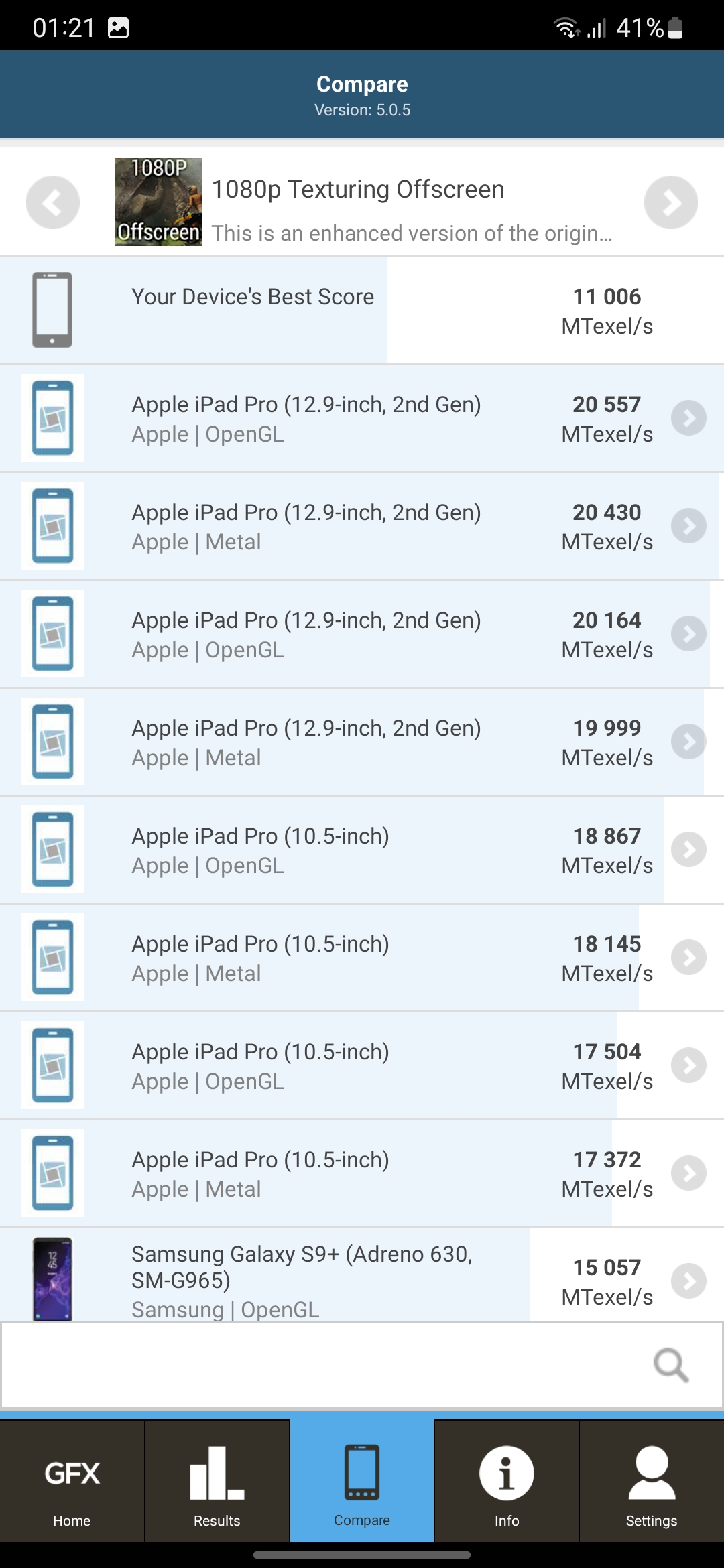

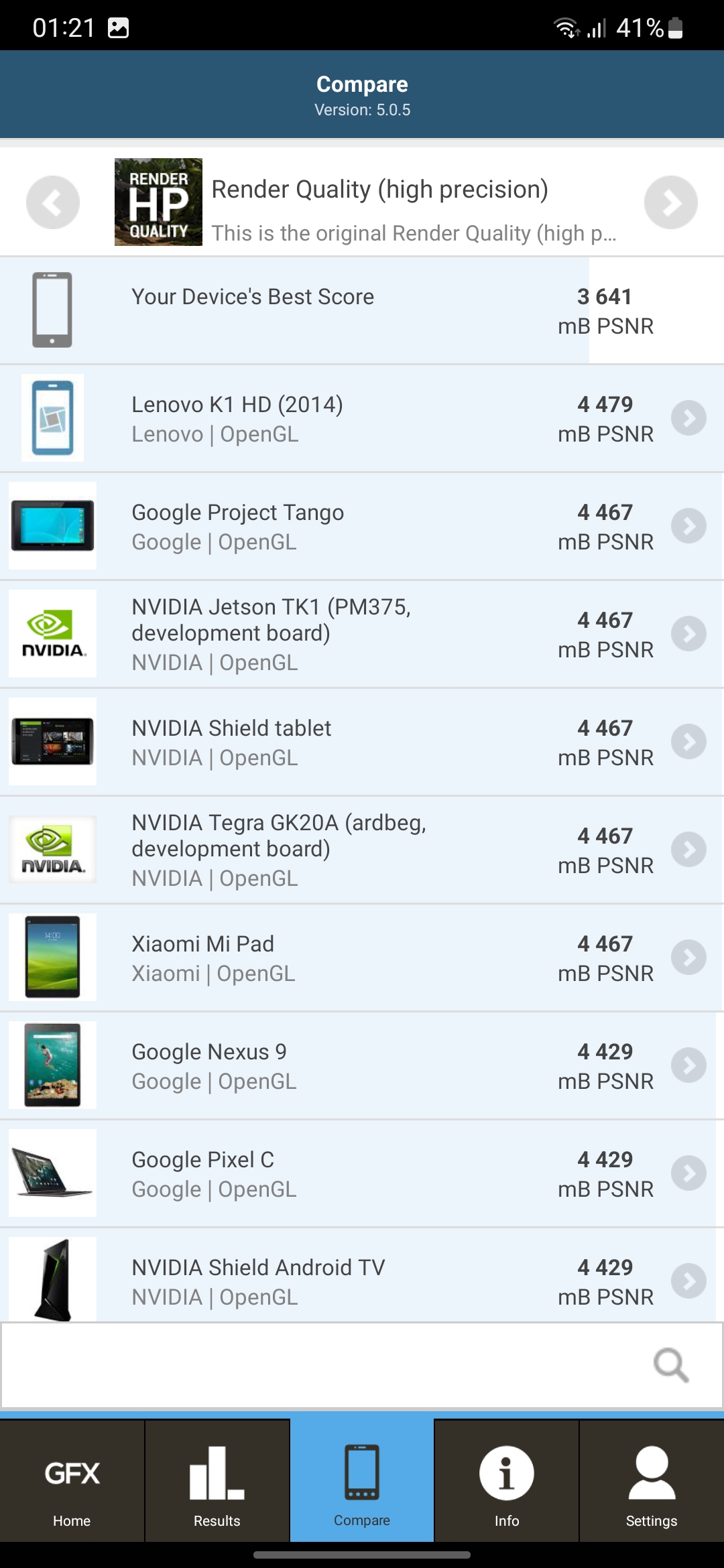












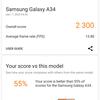

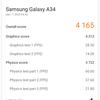
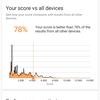



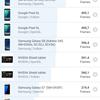
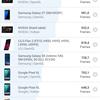

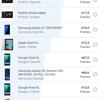

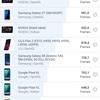


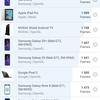

















The smartphones are quite capable of running modern games, although you shouldn't expect high FPS at maximum graphics settings in modern heavy games. But almost stable 60 FPS (sometimes with drawdowns) in Call of Duty Mobile can be obtained on medium settings. Genshin Impact - 47-53 FPS on low settings, Asphalt 9 - stable 30 FPS on high settings (similar to the locked frame rate on this model).
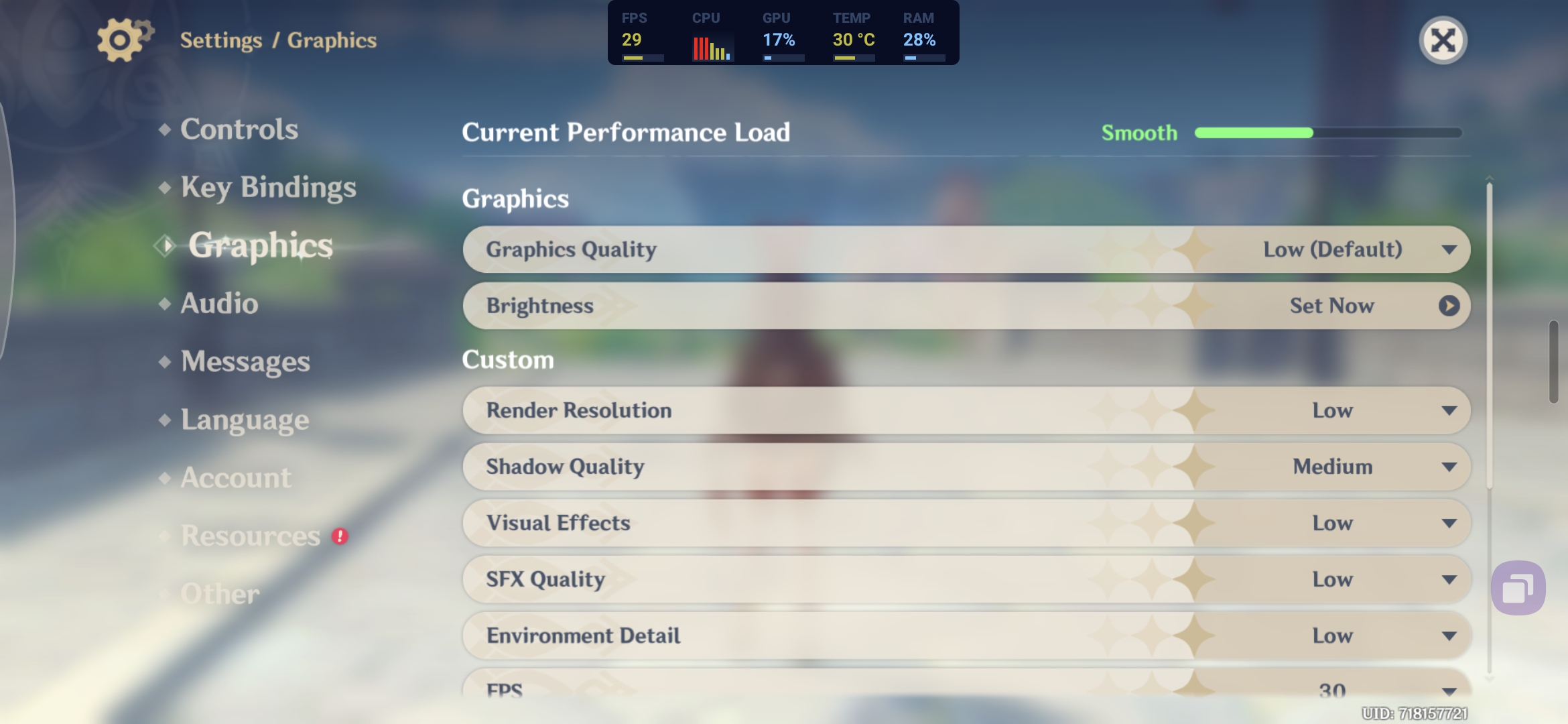
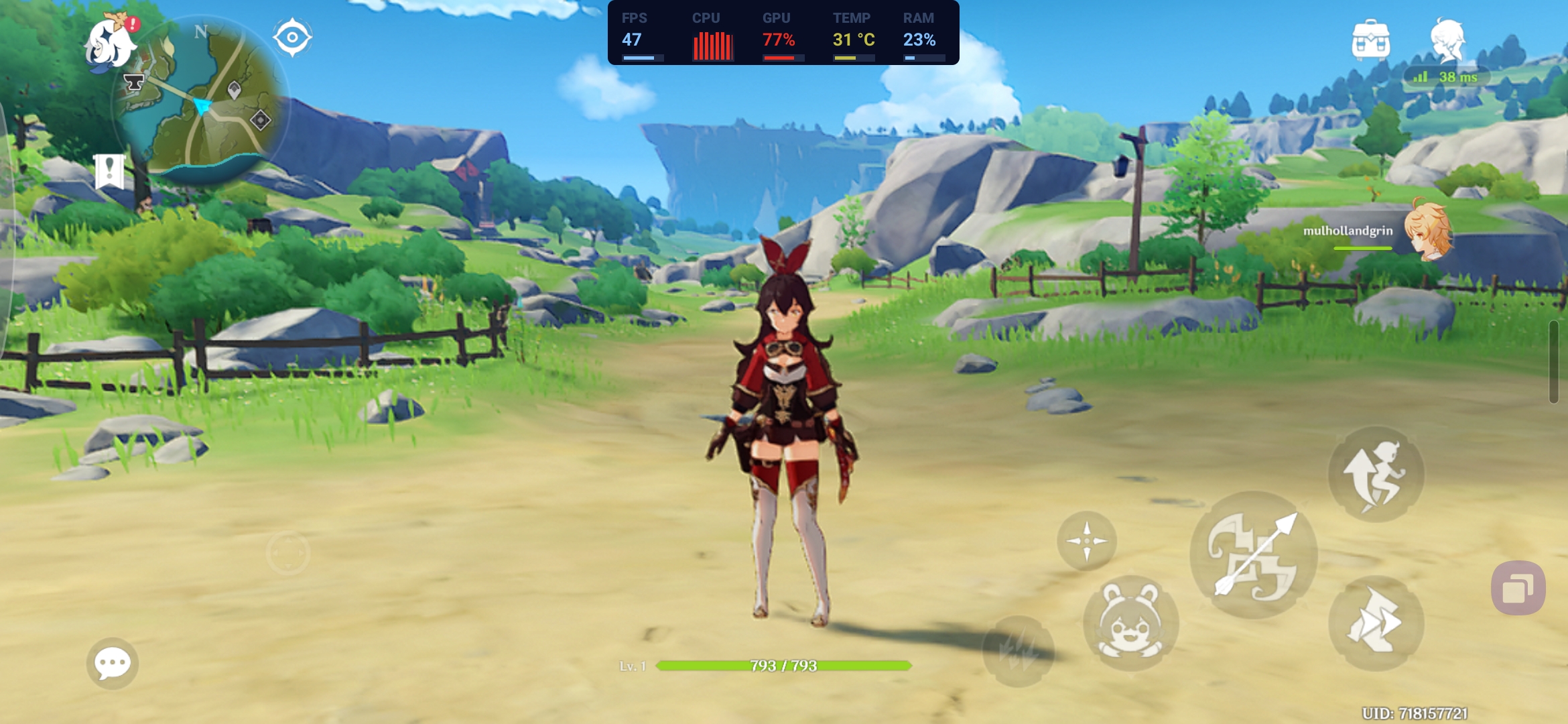
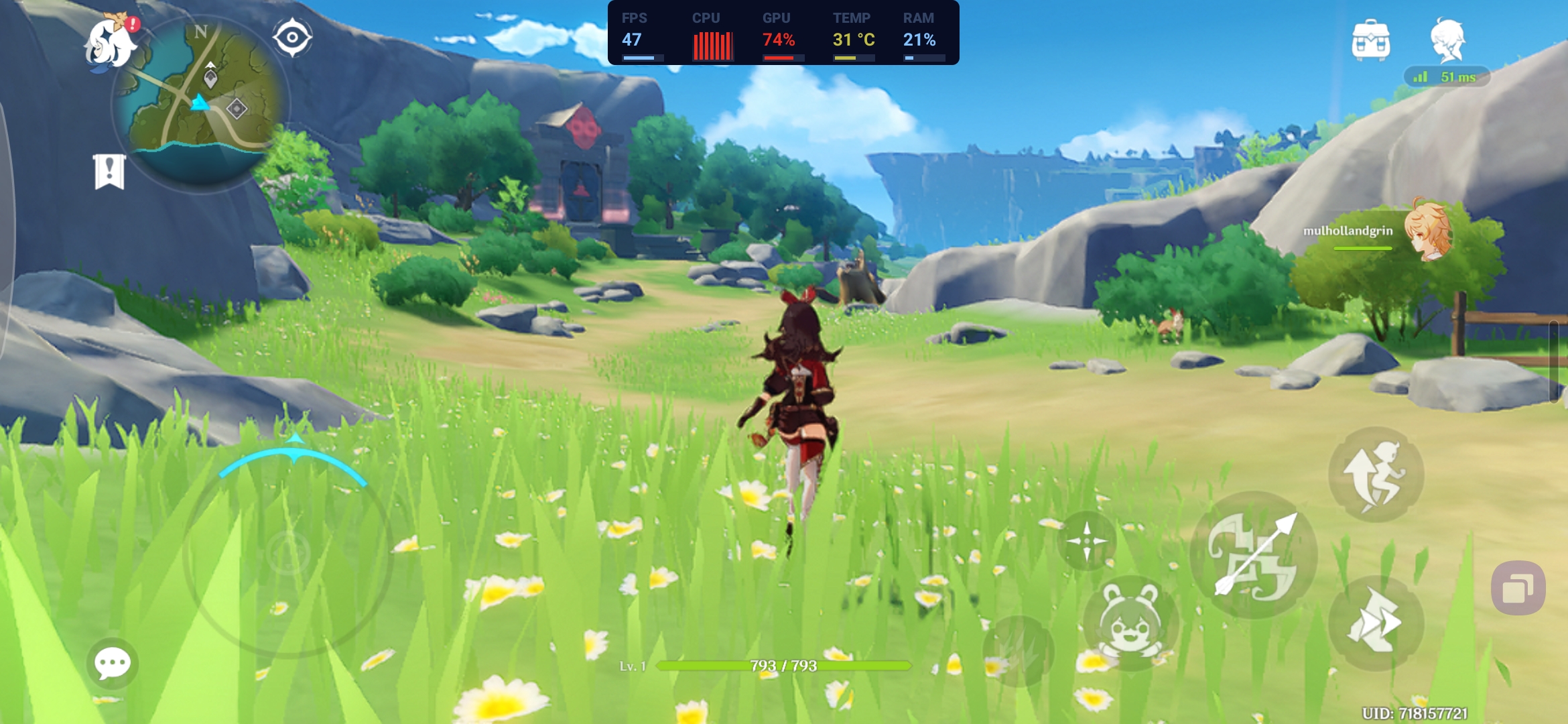
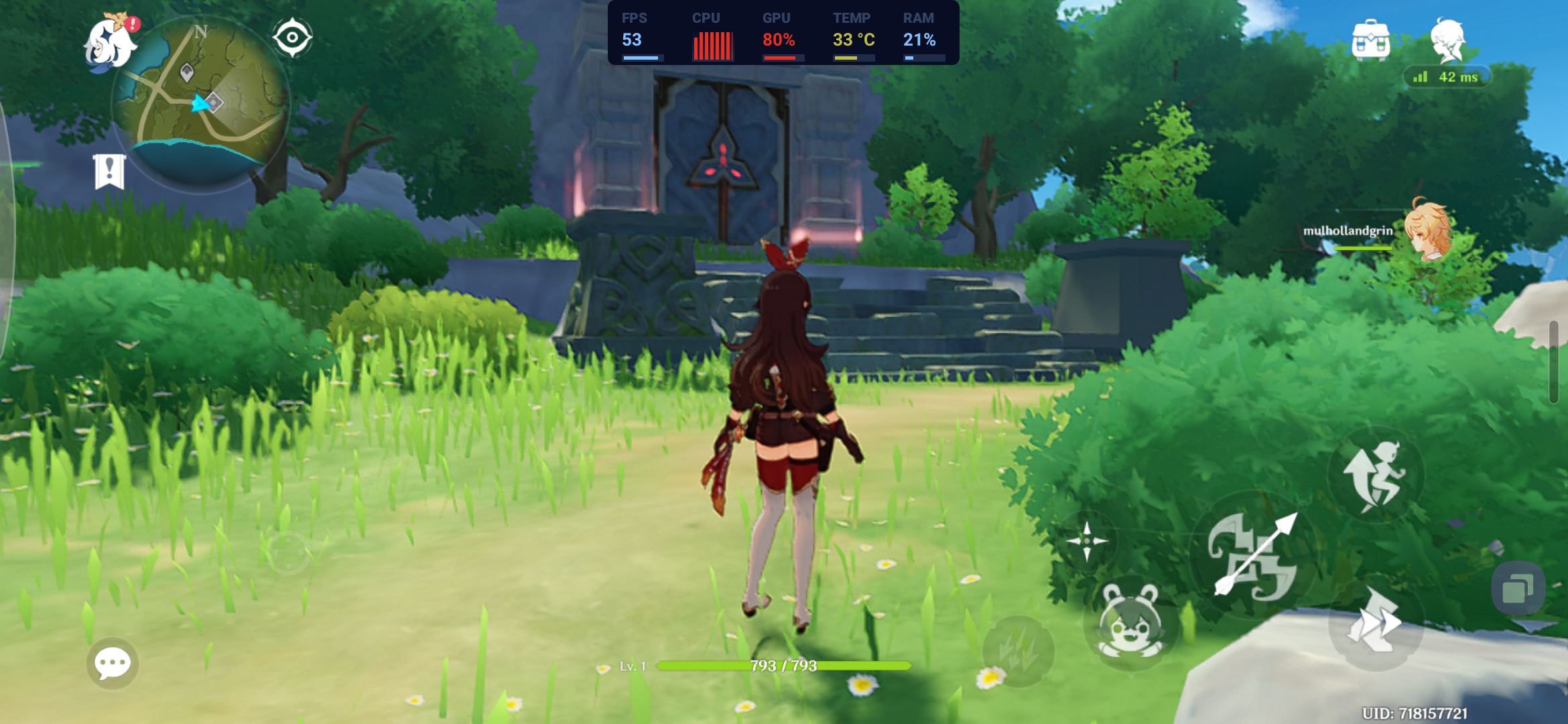


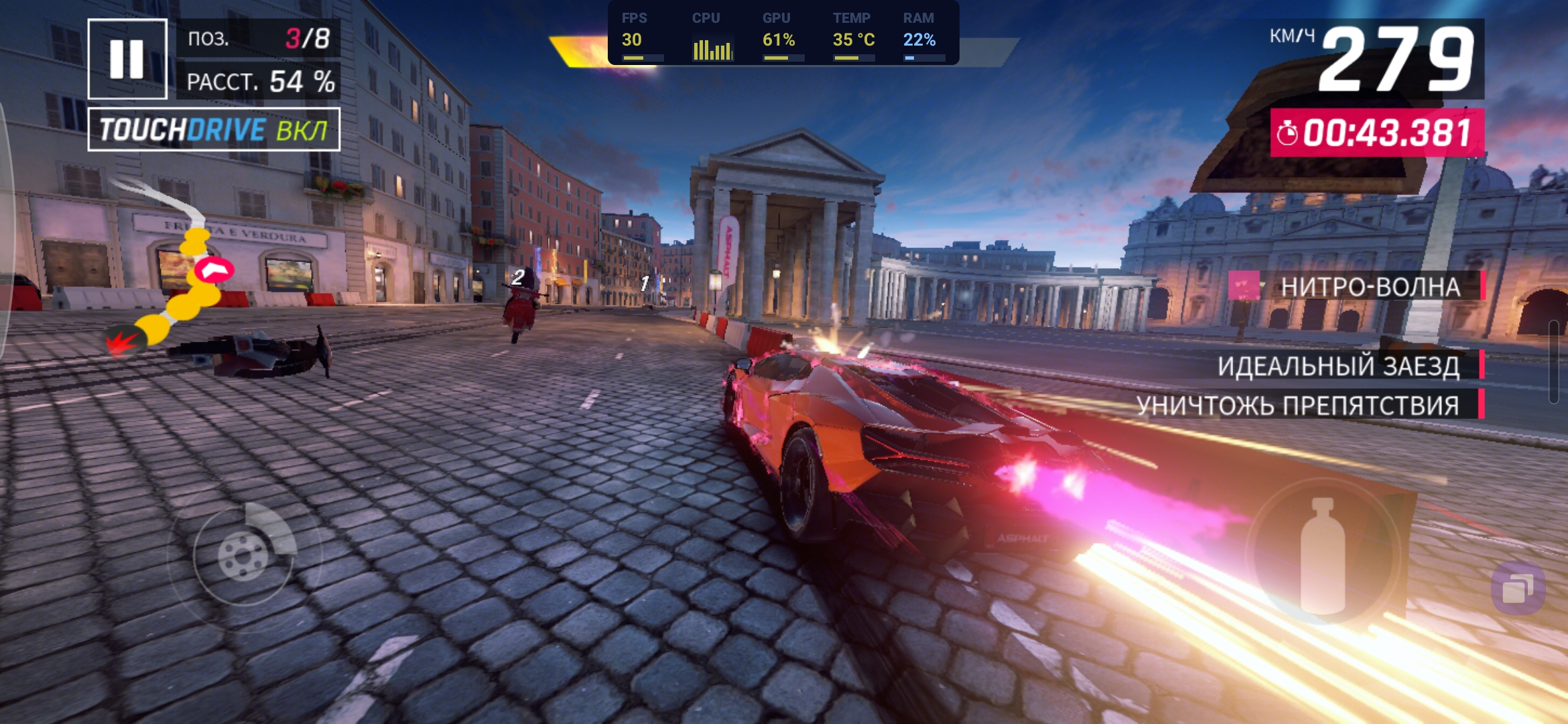

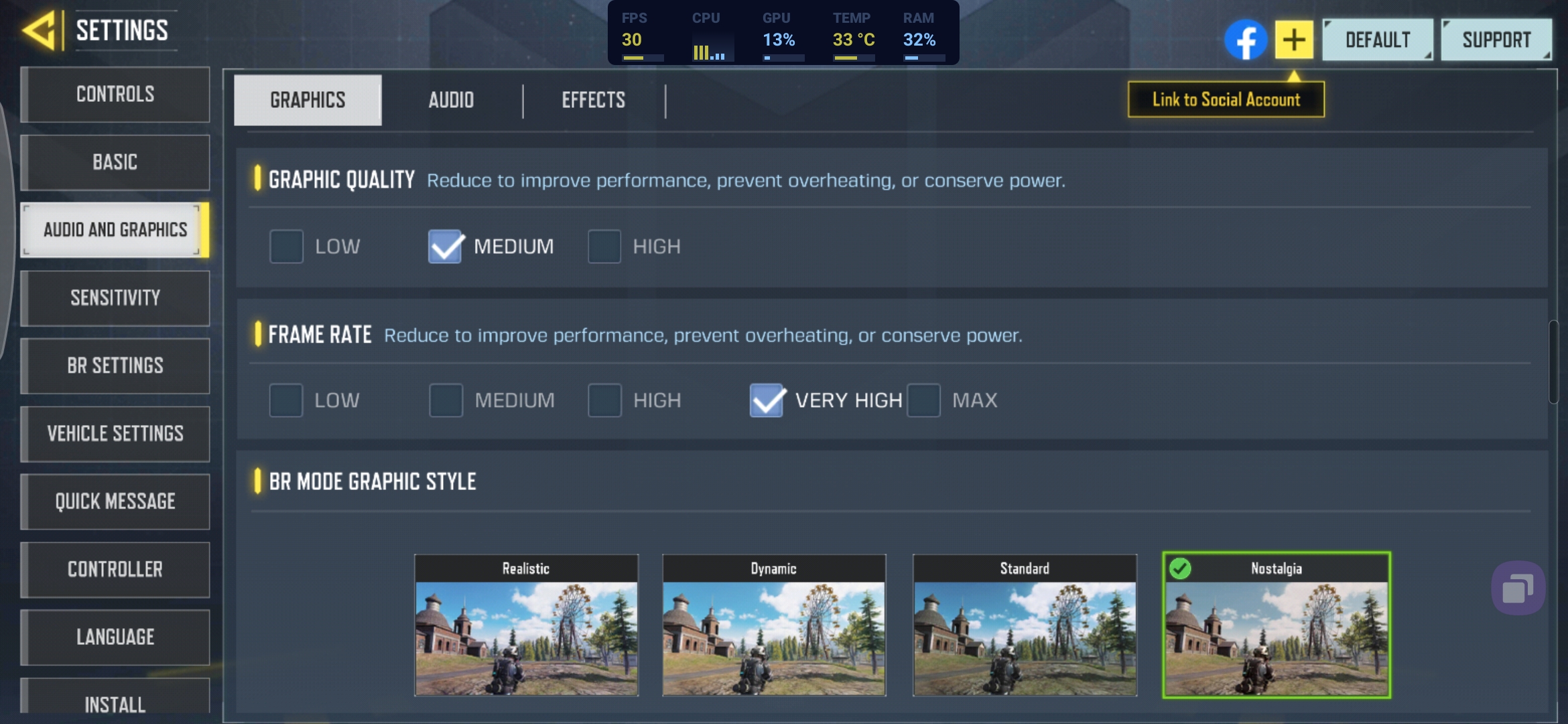
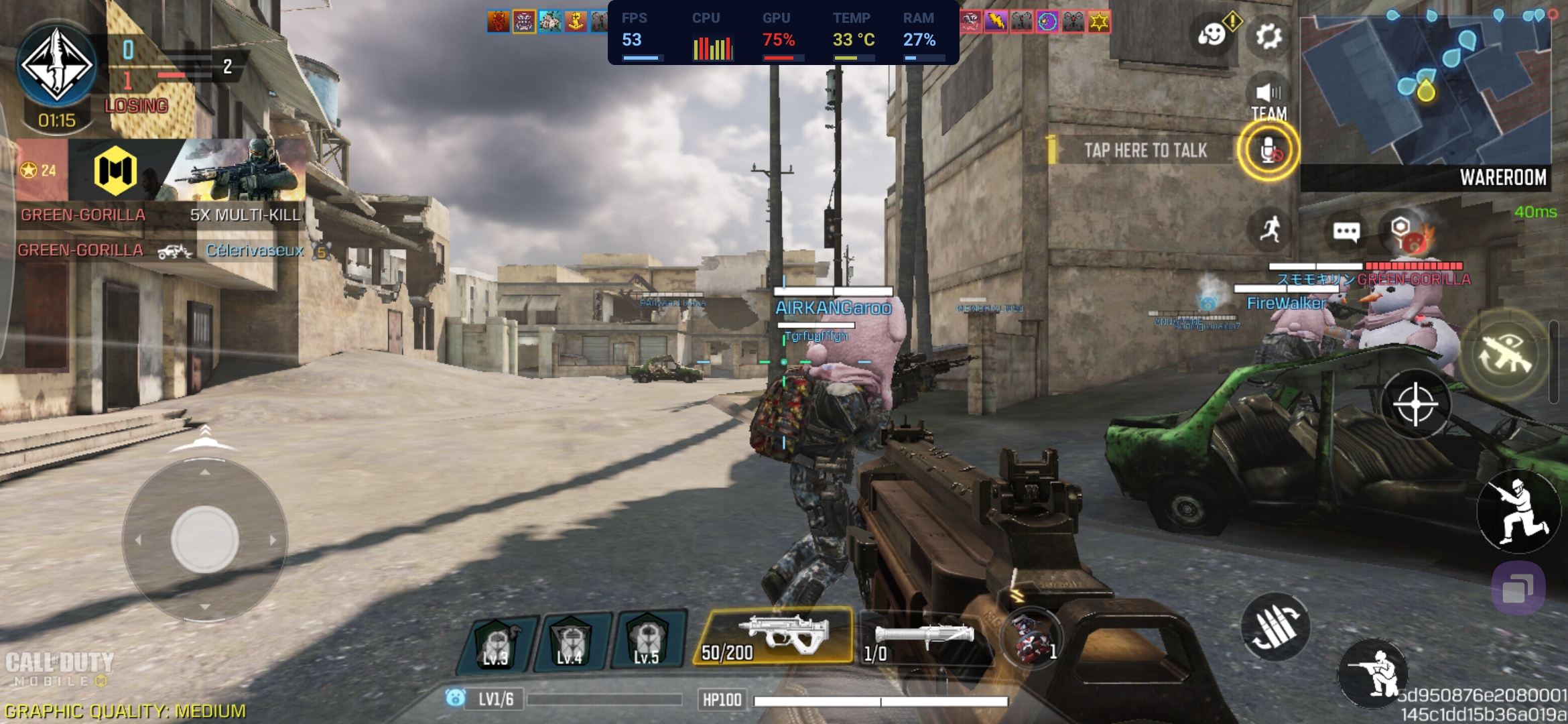
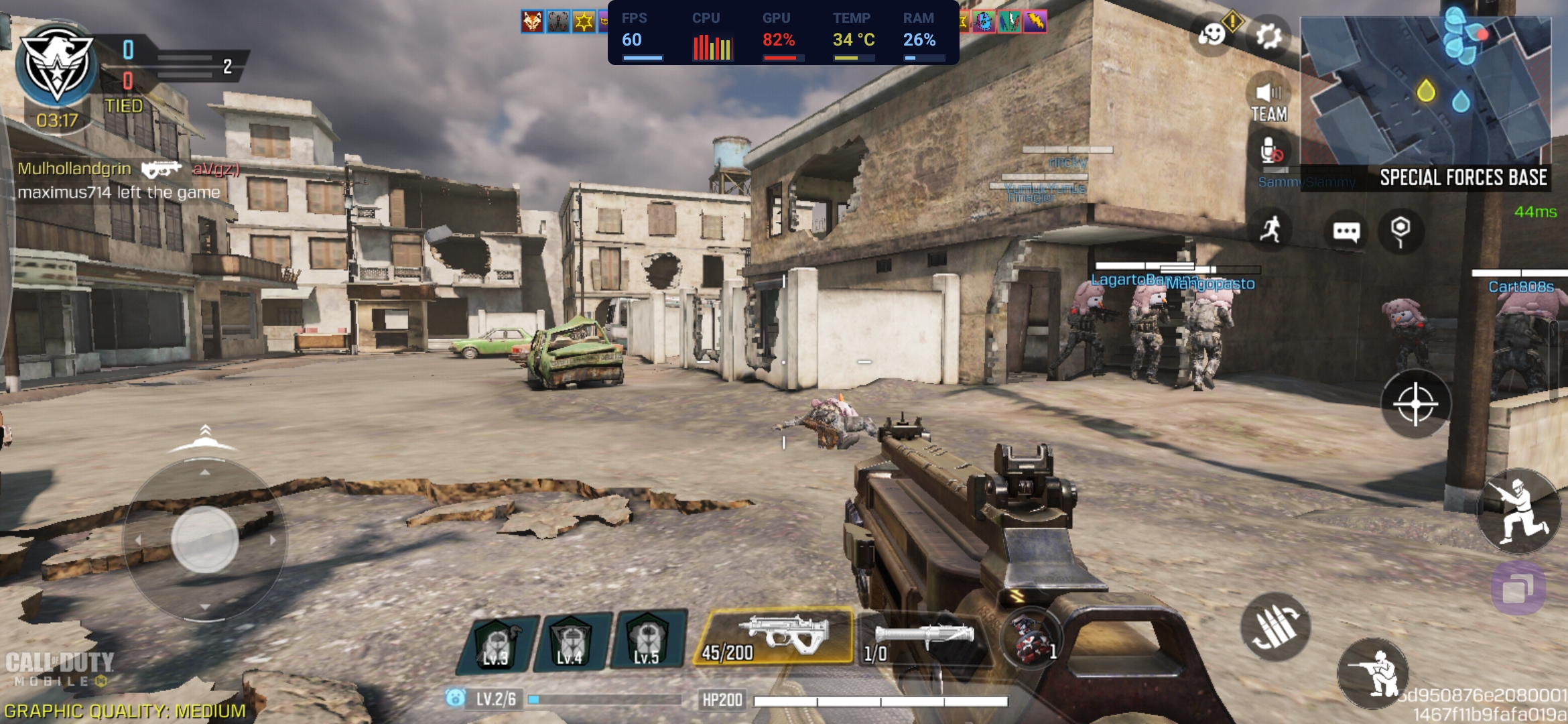













Samsung Galaxy A34 demonstrates slightly higher FPS. Although it's worth noting that we had the Galaxy A34 with stable firmware, while the Galaxy A54 did not.
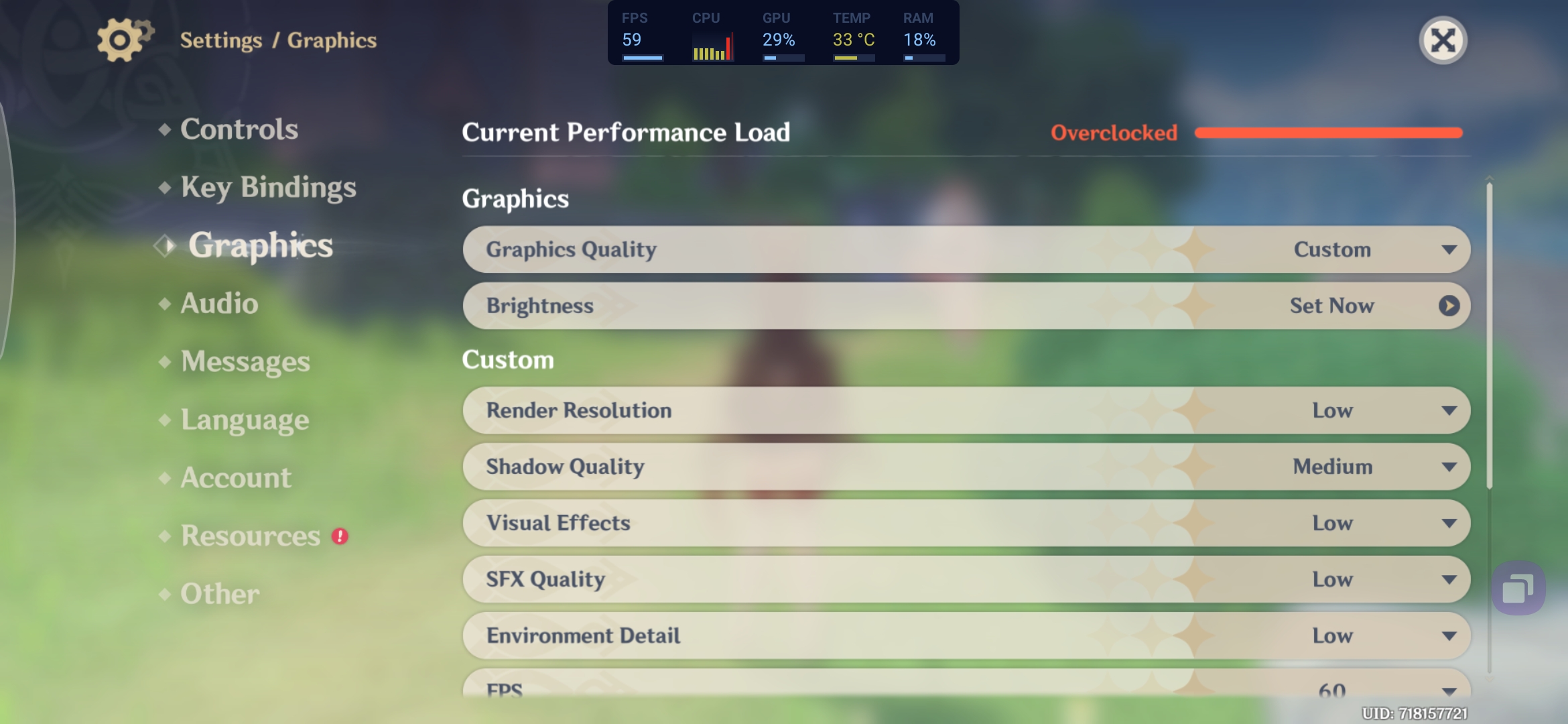


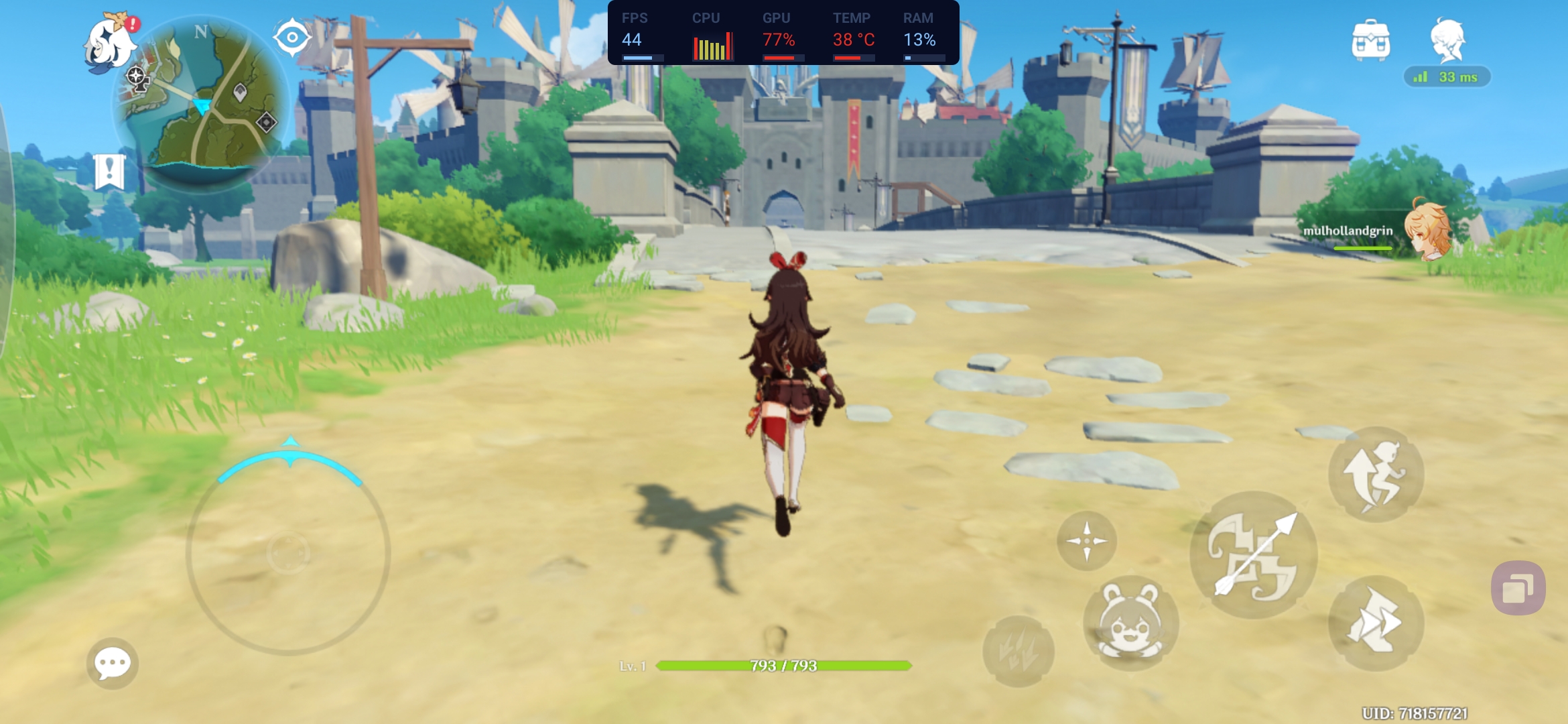
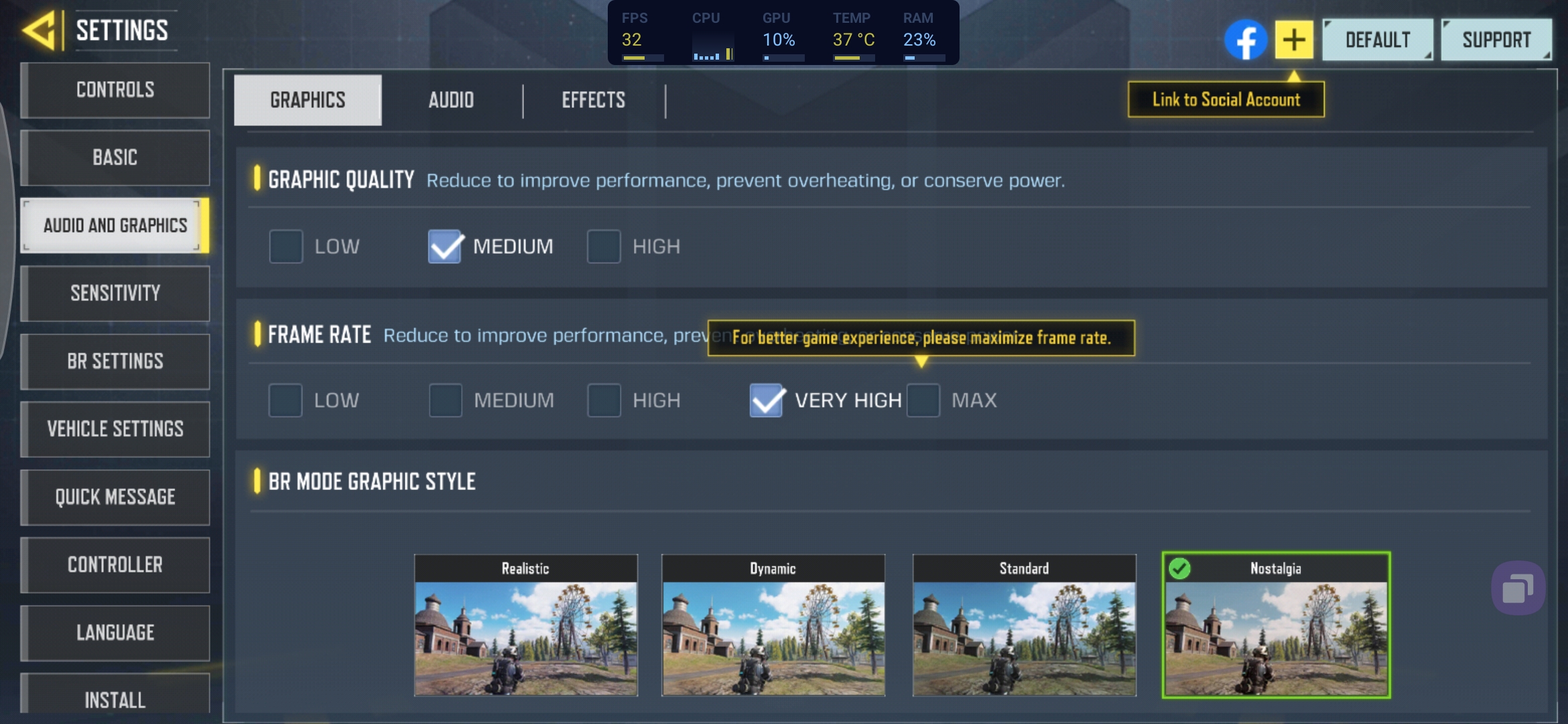

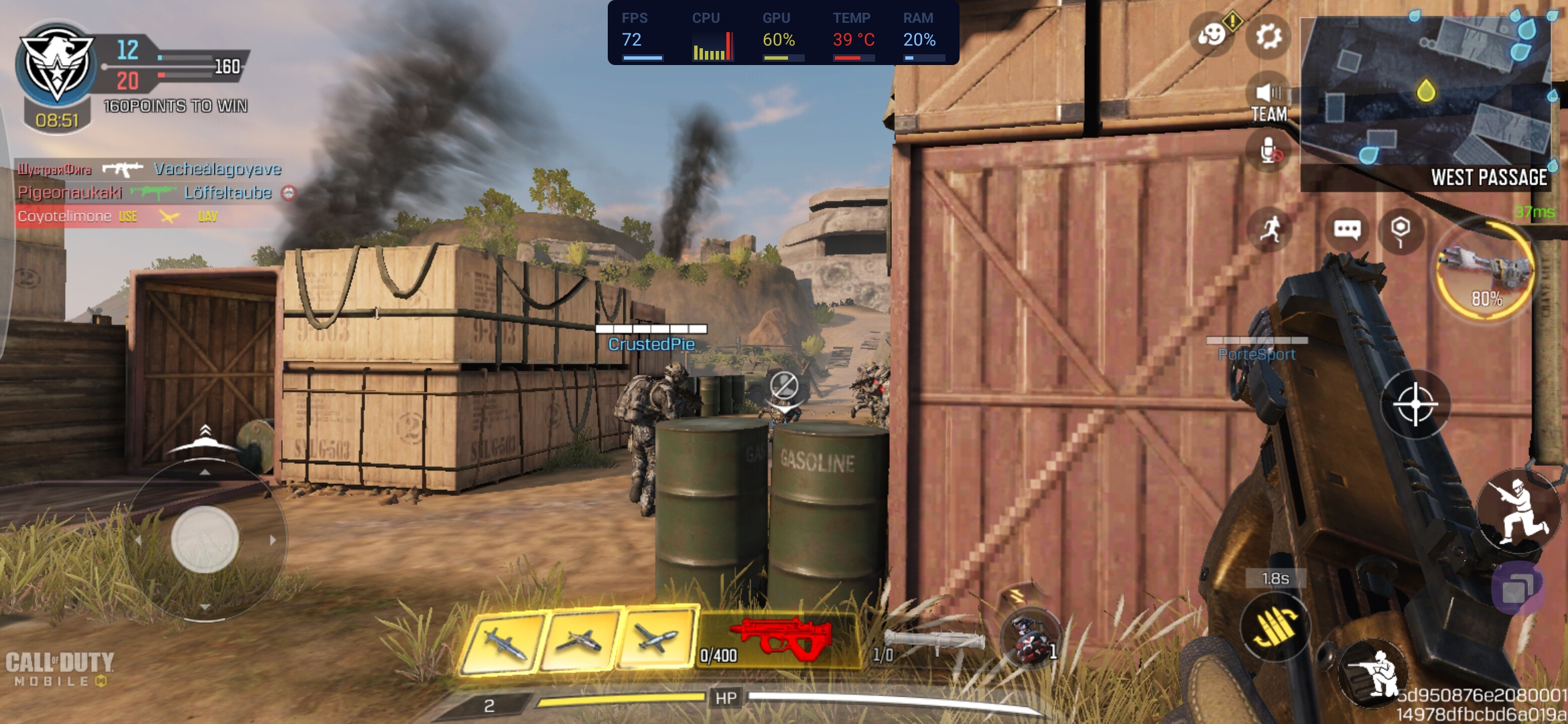

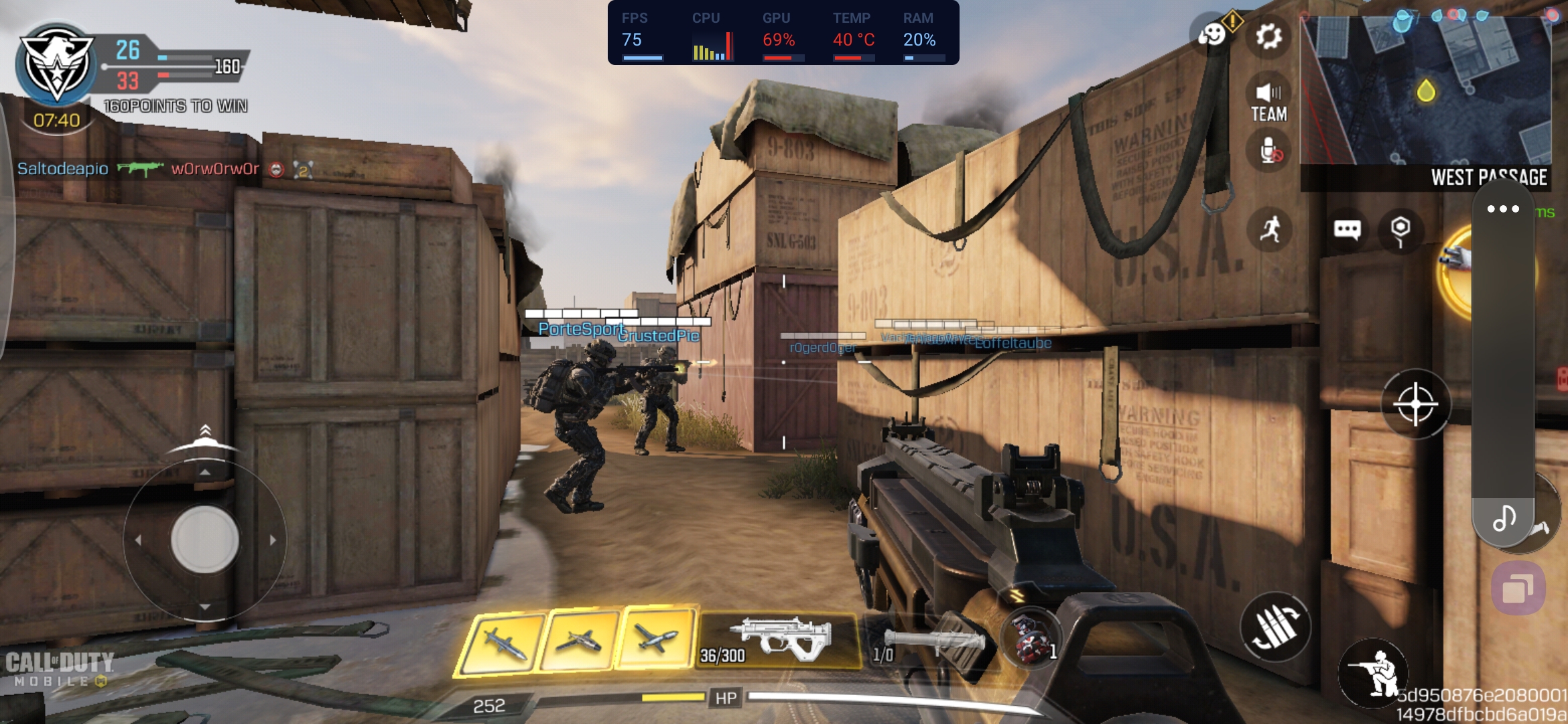















The Game Center application, which is familiar to Samsung smartphones, is present. This is a hub with all the installed games and additional settings. For example, turning off notifications, fixing the display brightness during the game, improving performance by clearing RAM, and additional modules. For example, Perf Z with real-time system and FPS monitoring.
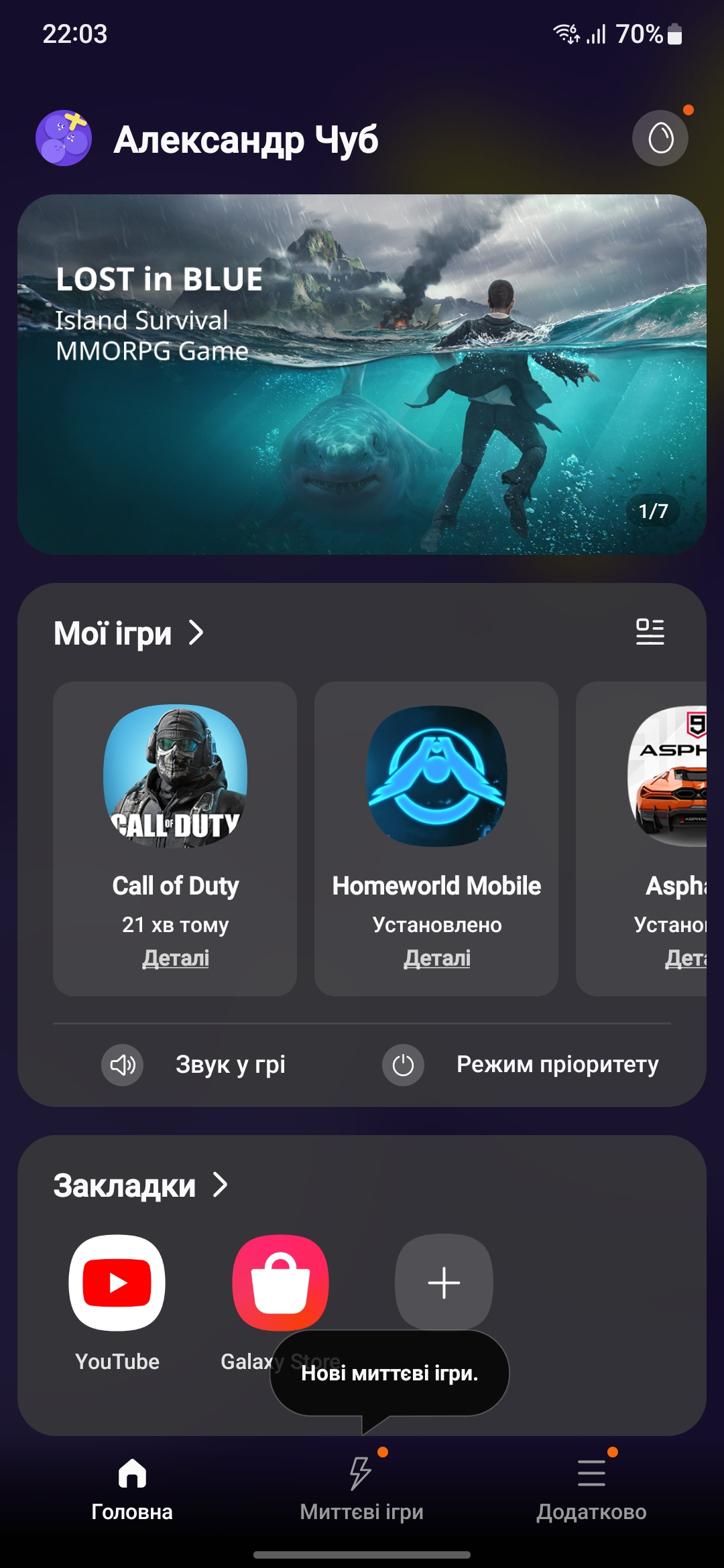
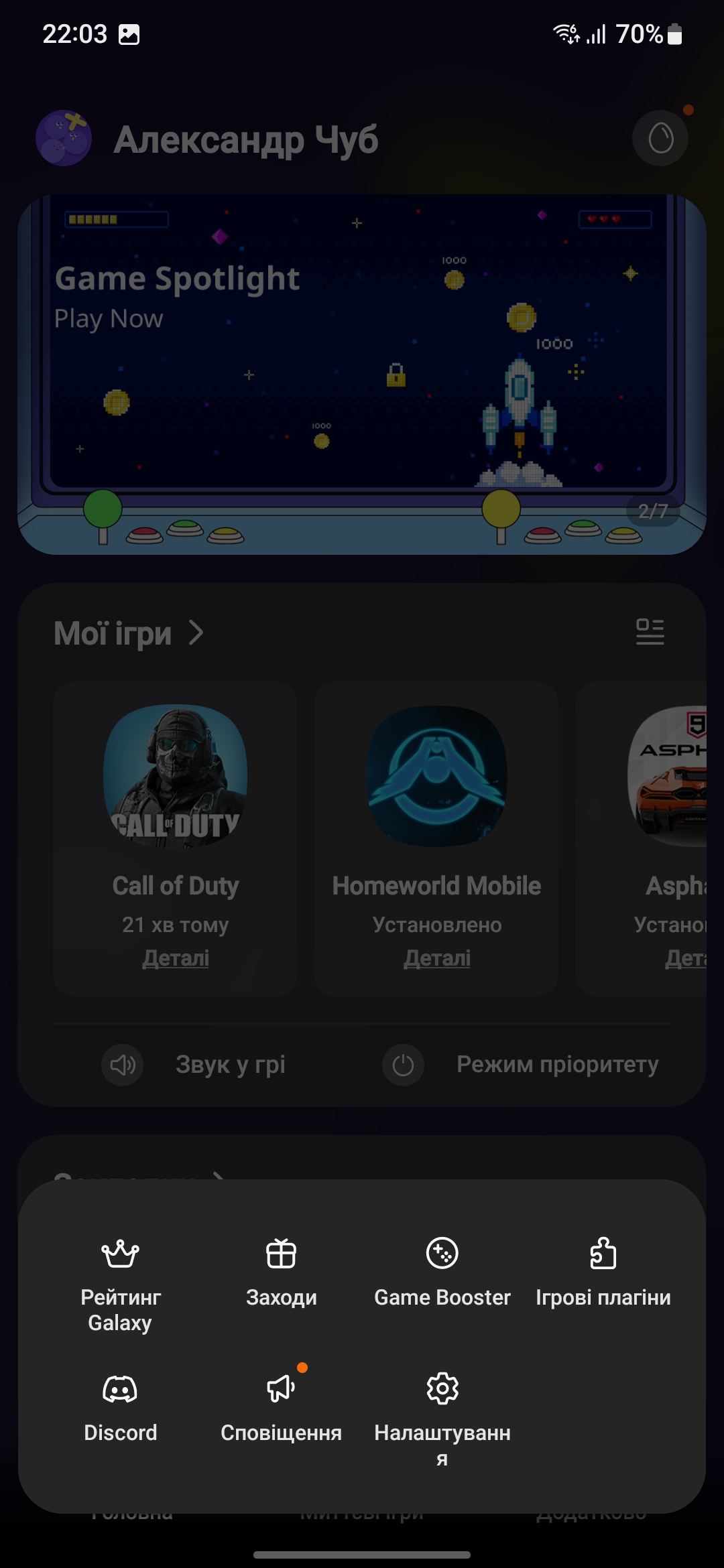


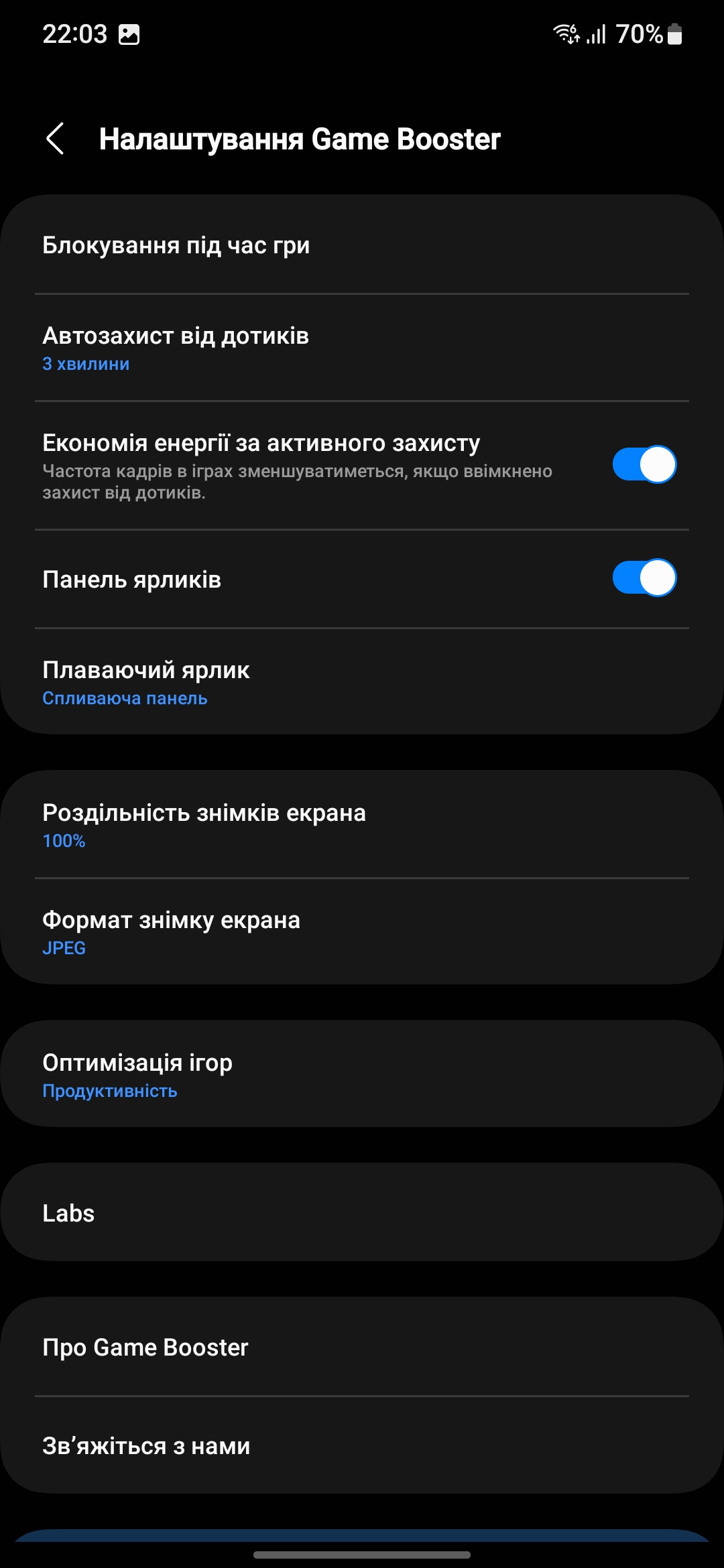





Samsung Galaxy A54 works stably under prolonged loads. The CPU Throttling Test showed that the performance drop can be up to 89%, which is quite a normal indicator. The body gets warm.
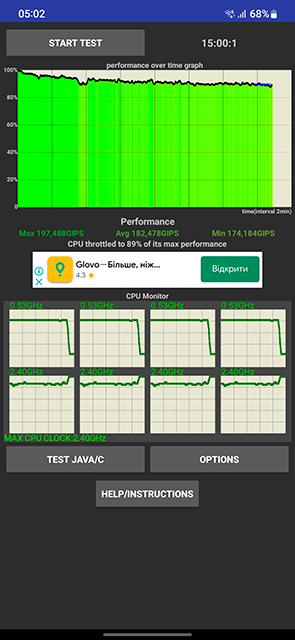
MediaTek Dimensity 1080 in Samsung Galaxy A34 is slightly less stable and performance can be reduced by up to 79%:

Wireless interfaces: dual-band Wi-Fi 802.11 a/b/g/n/ac 2.4 GHz and 5 GHz (Galaxy A54 also supports Wi-Fi 6), NFC and Bluetooth 5.3. It supports work with global positioning systems A-GPS, GLONASS, BDS, GALILEO. Smartphones can play stereo sound using the main and earpiece speakers. The volume margin is quite good, although the sound quality is slightly inferior to flagship smartphones. Samsung's music player has the usual functionality: equaliser, playlists, filtering by artists, albums, etc.

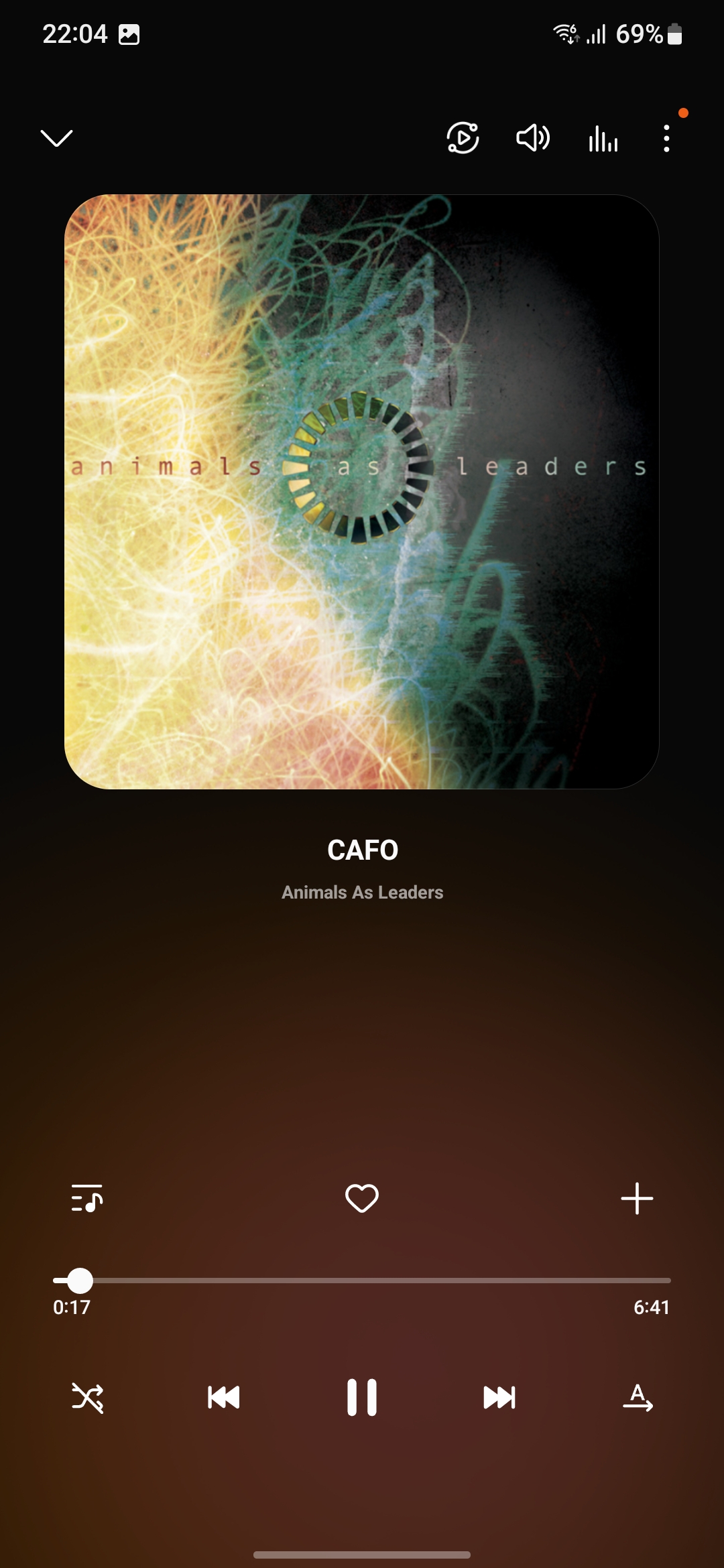


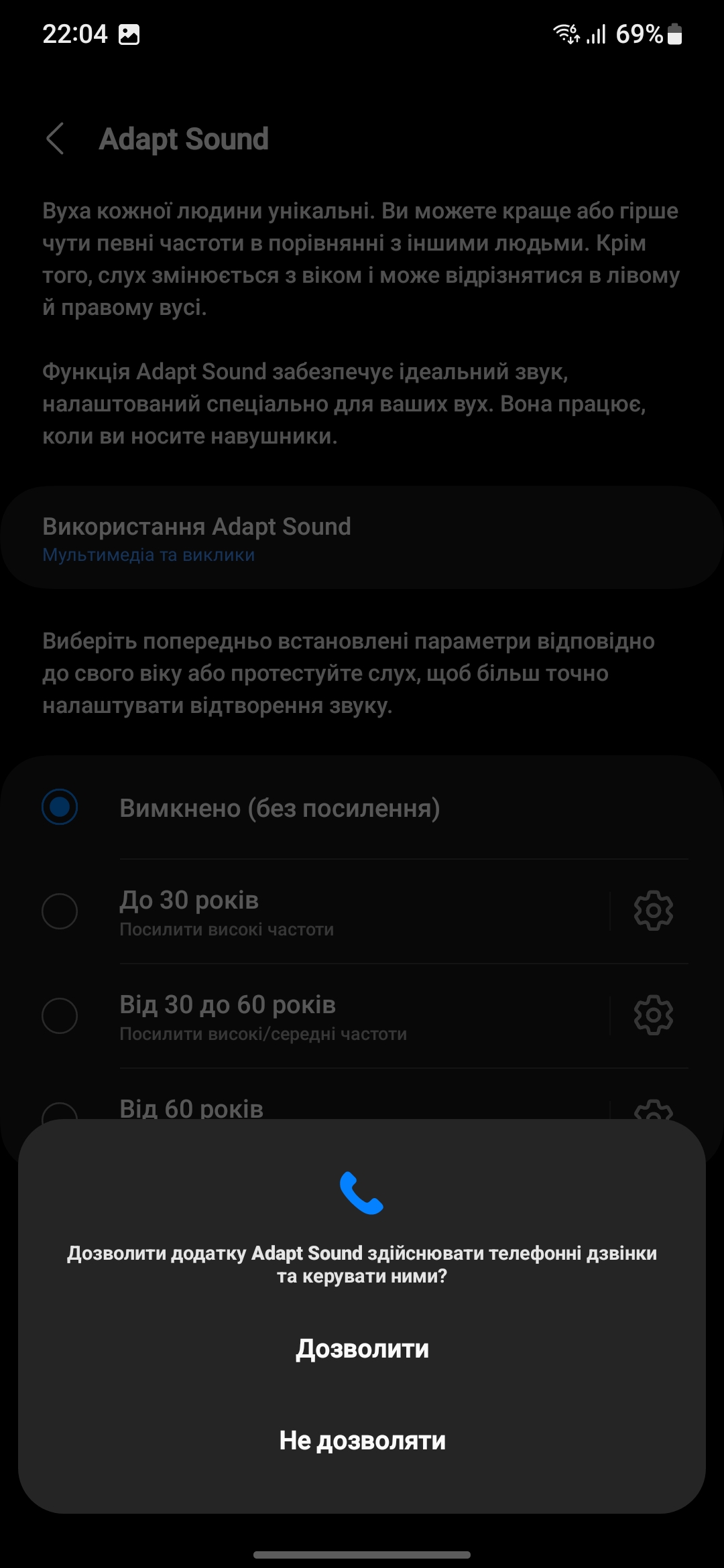




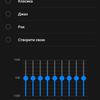


Samsung Galaxy A54 and Galaxy A34 are equipped with 5000 mAh batteries. Both smartphones support 25W fast wired charging. We couldn't check the charging speed: we didn't have a proprietary power supply during testing. It's also worth noting that now the A-series smartphones don't come with a power supply either. During everyday use (about 20 minutes of calls, some photos, half an hour of games, social networks, mail, YouTube, web surfing), the older model Samsung Galaxy A54 had about 35% of the battery charge in the evening. The younger model had about 25%. So there is a difference in battery life, but it is within the margin of error. This is confirmed by the test results:

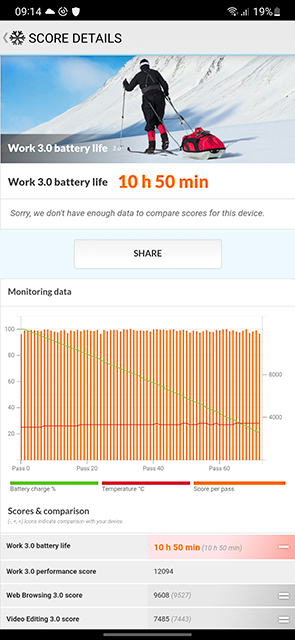

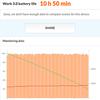
There is a power saving mode for emergencies.
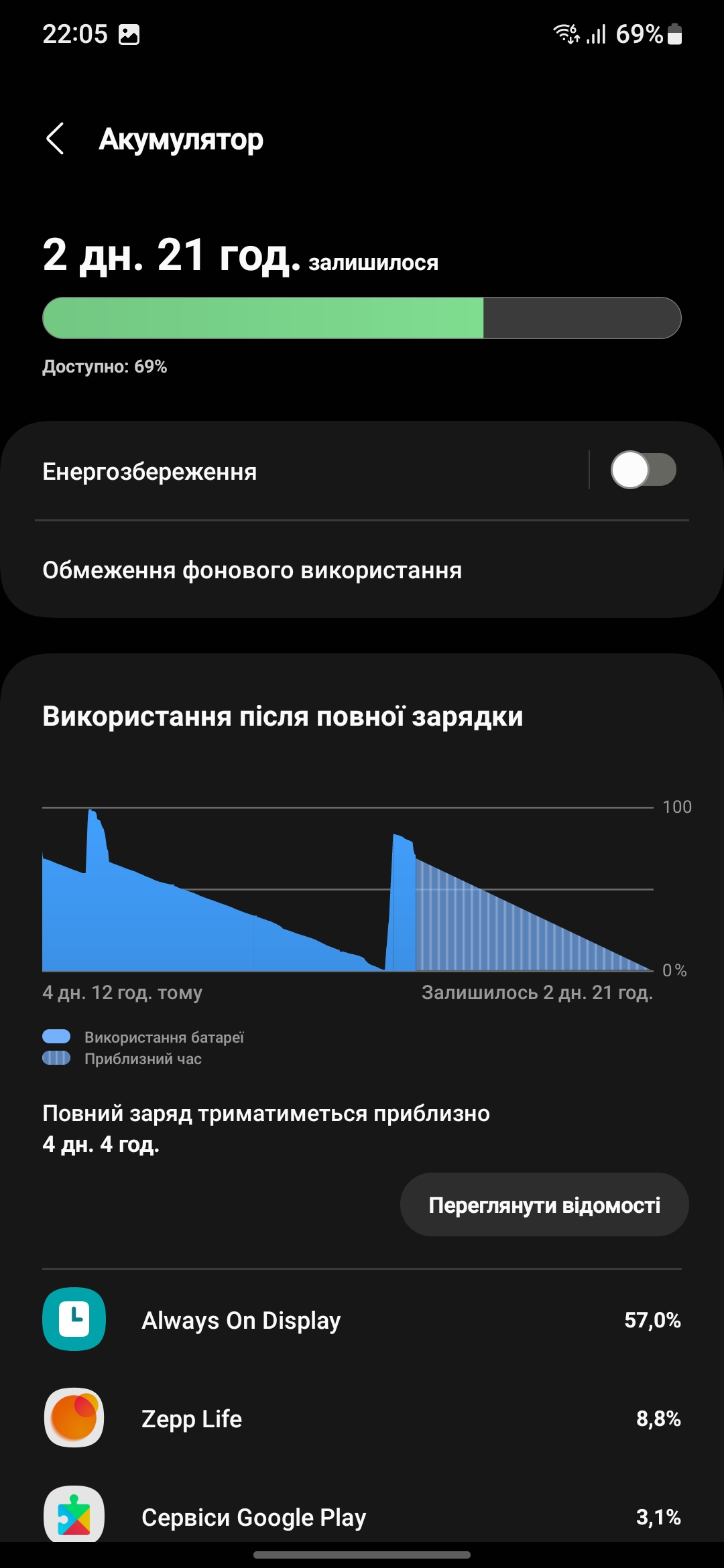
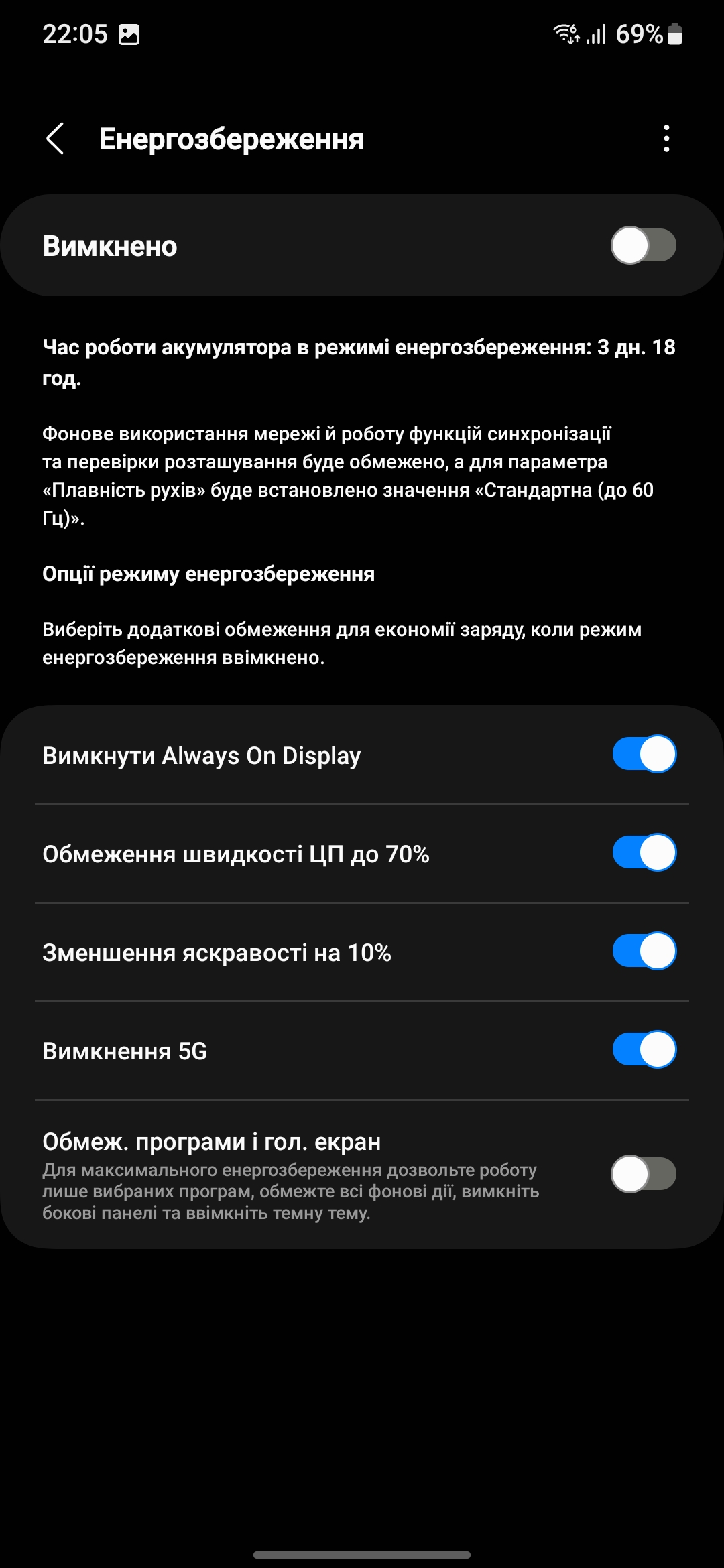




How user-friendly is the interface?


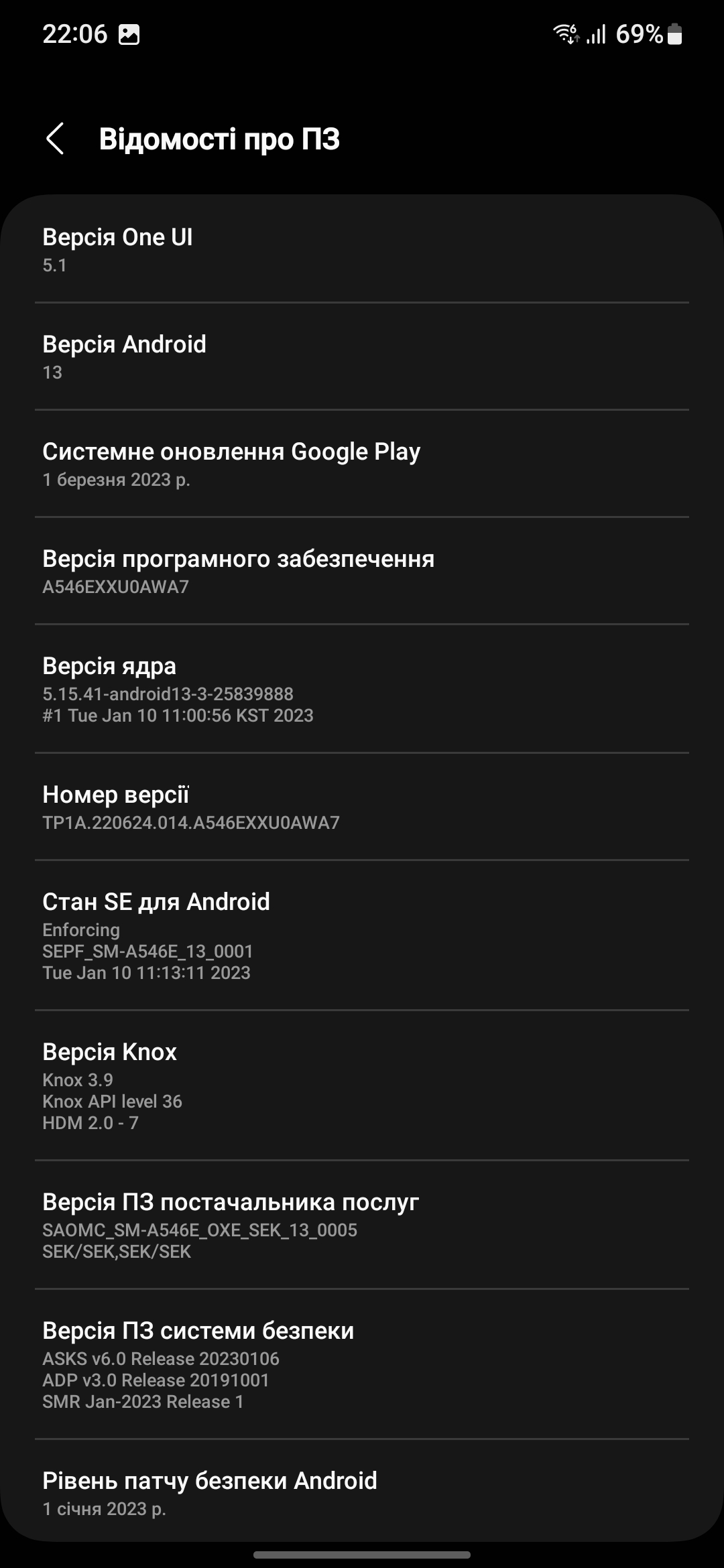



Samsung Galaxy A54 and Galaxy A34 run on Android 13 with One UI 5.1, just like the current flagships, so everything is quite familiar. We've already talked about it in detail in our Samsung Galaxy S23 Ultra review: reaching for the stars. The shell is comfortable and visually pleasing. You can customise the desktops by grid size, and it is possible to unload all applications onto the work slots or hide them in a separate menu. You can navigate with buttons or gestures, and there is a simplified mode with large icons.


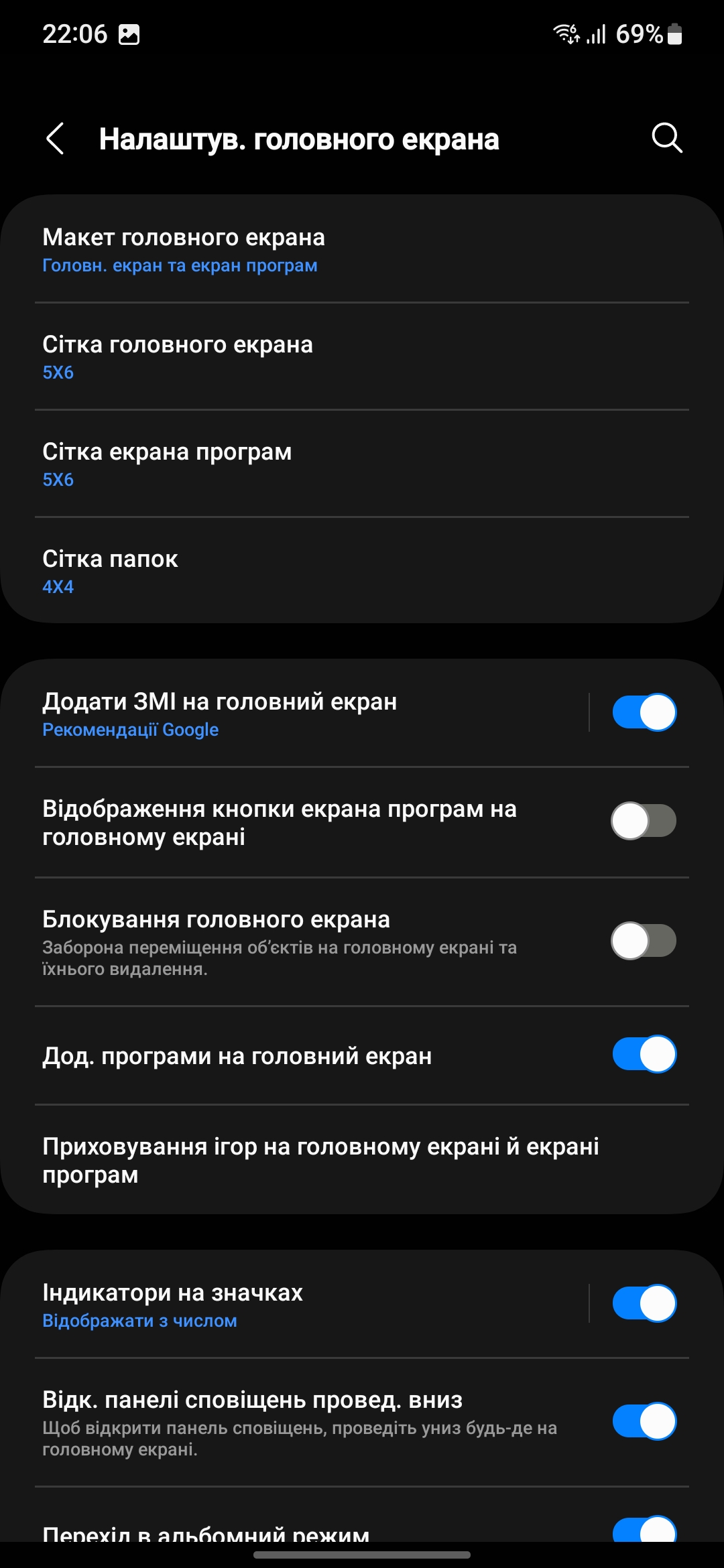
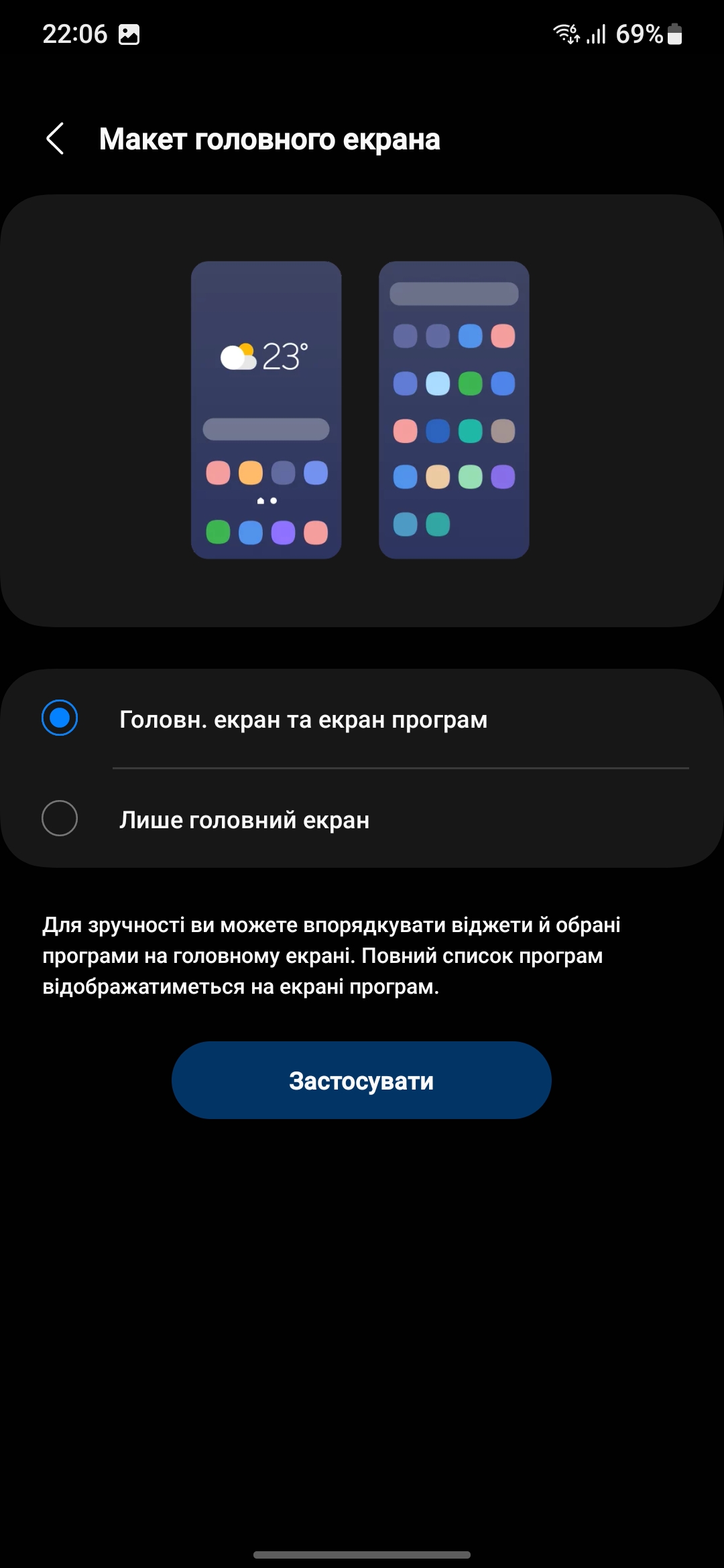


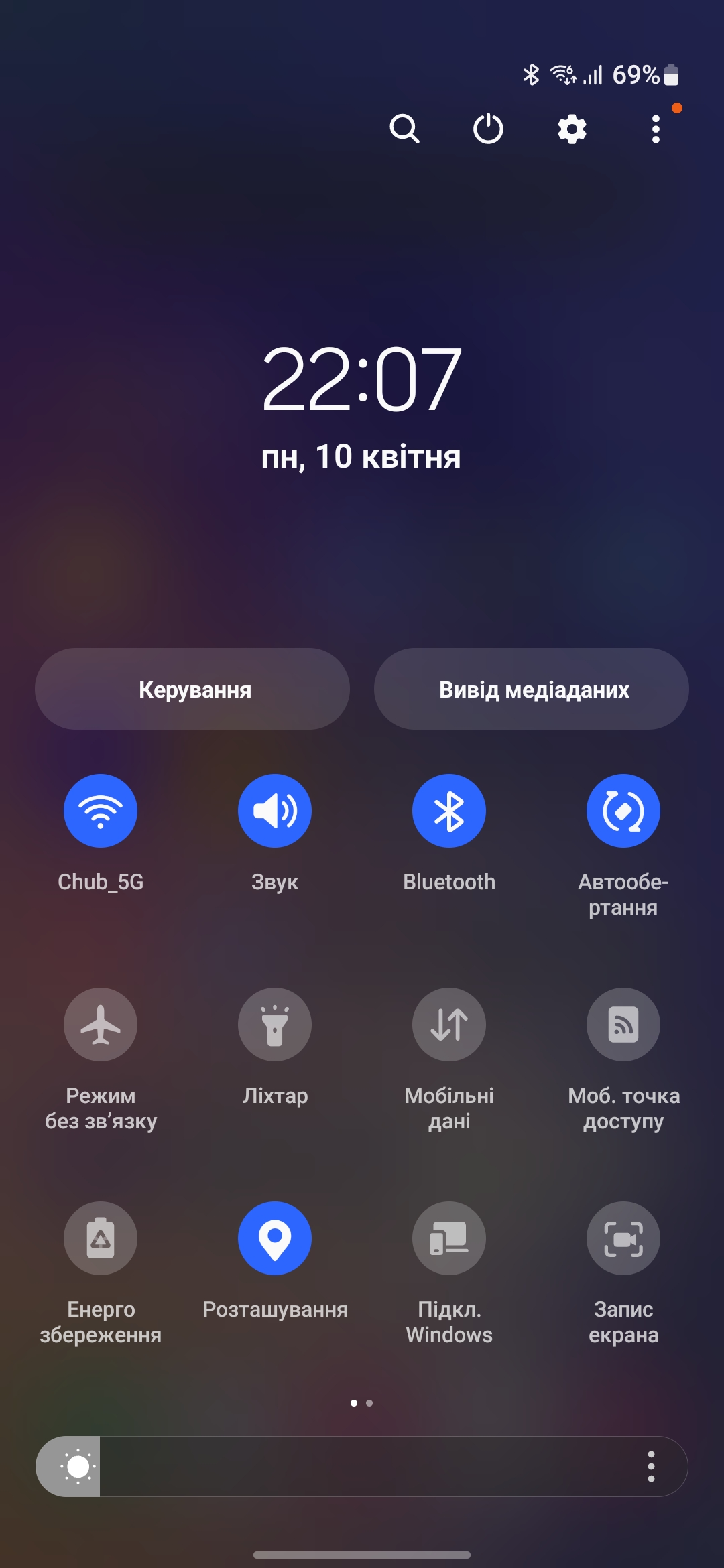
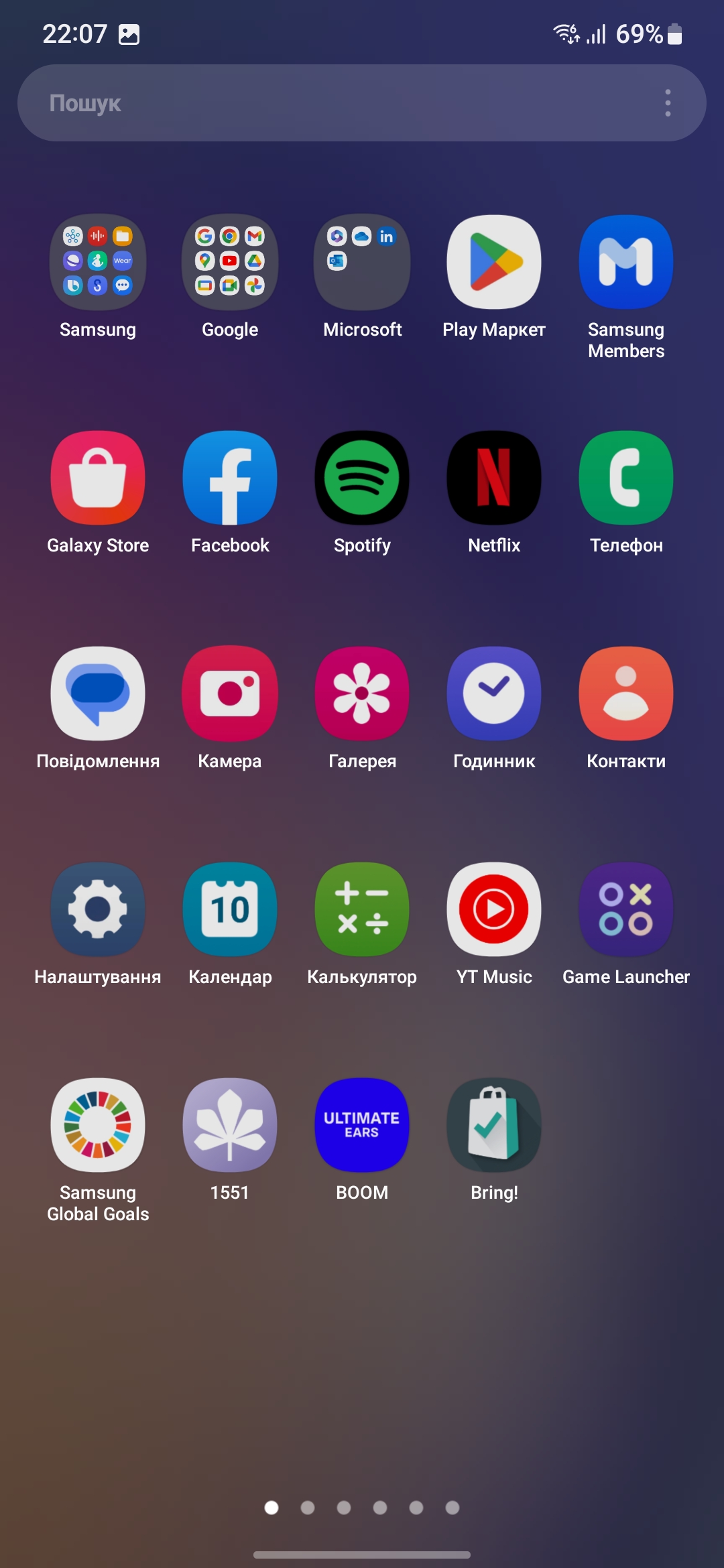

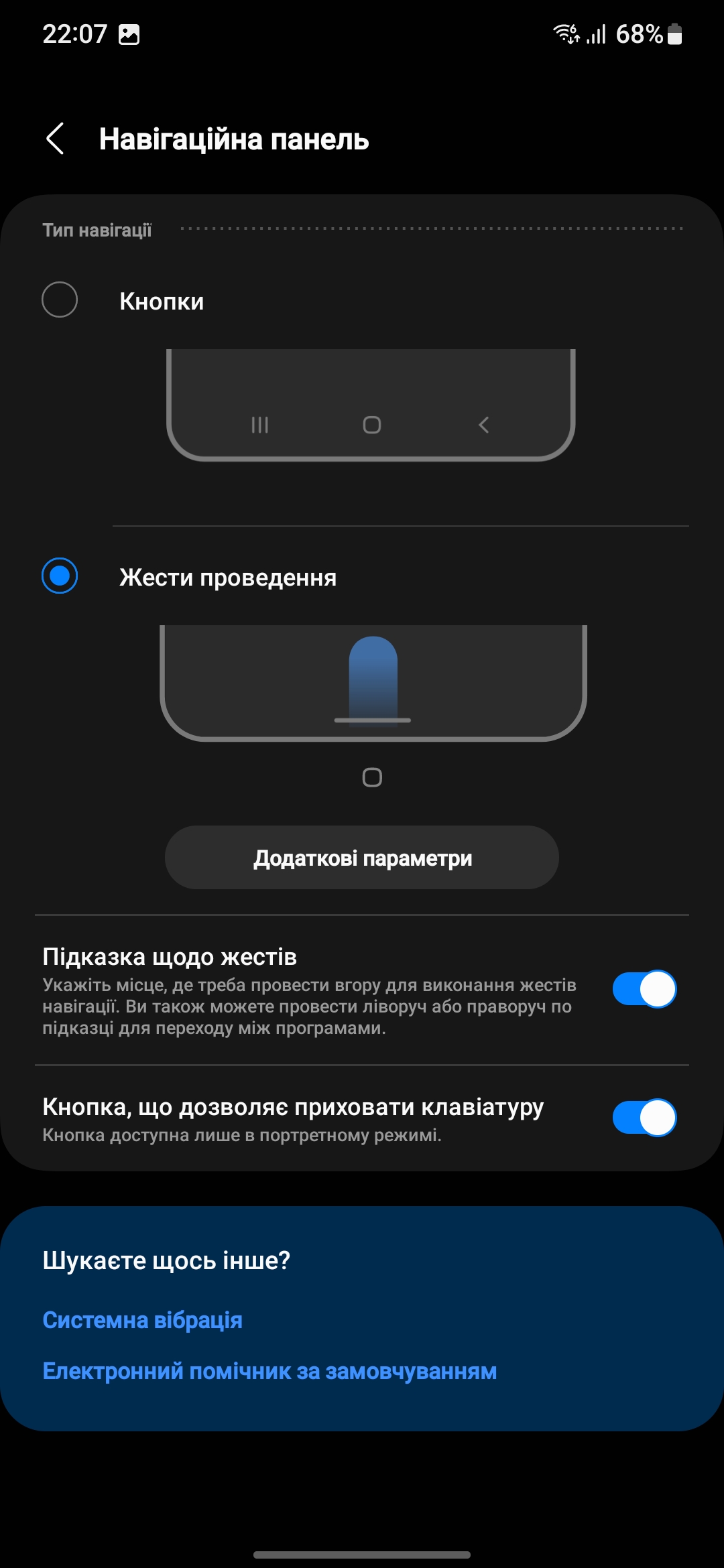
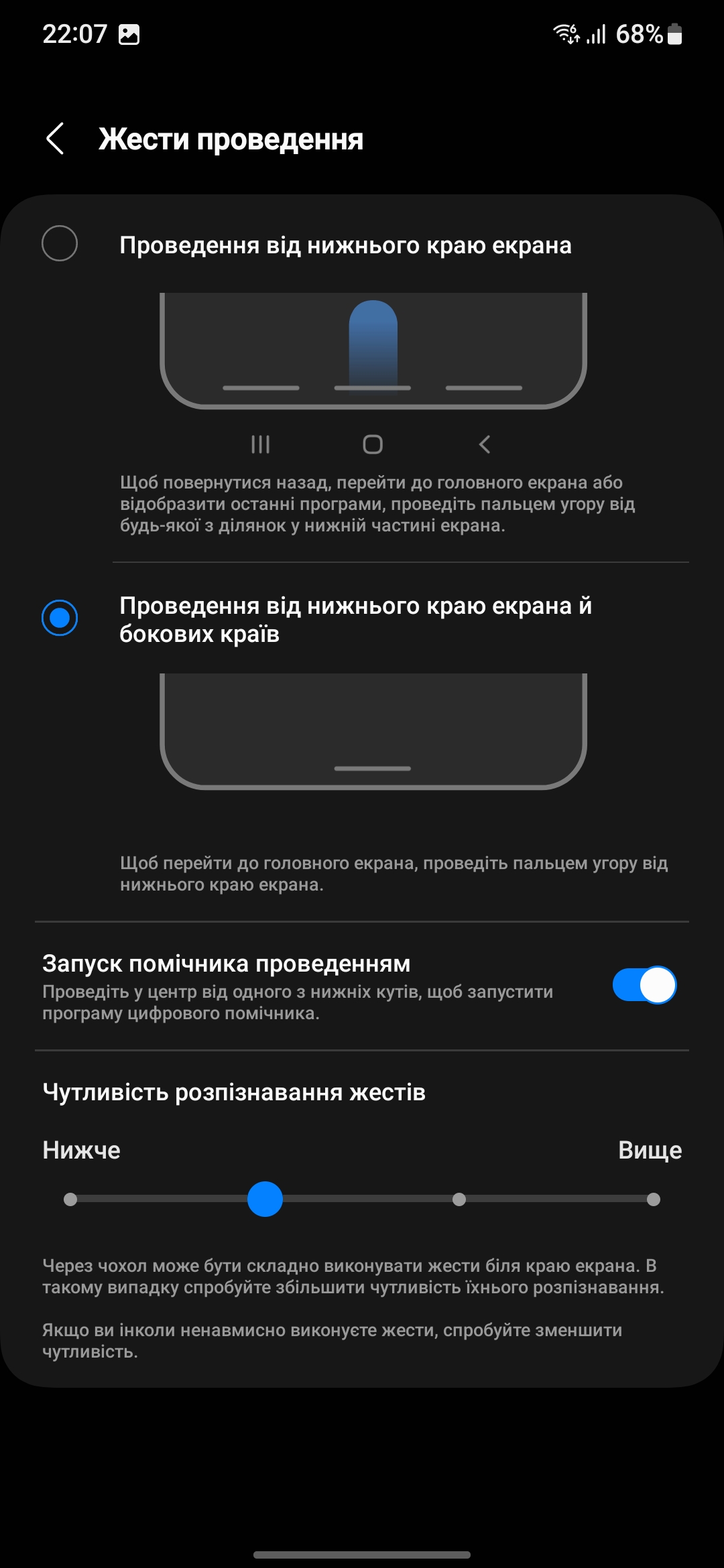

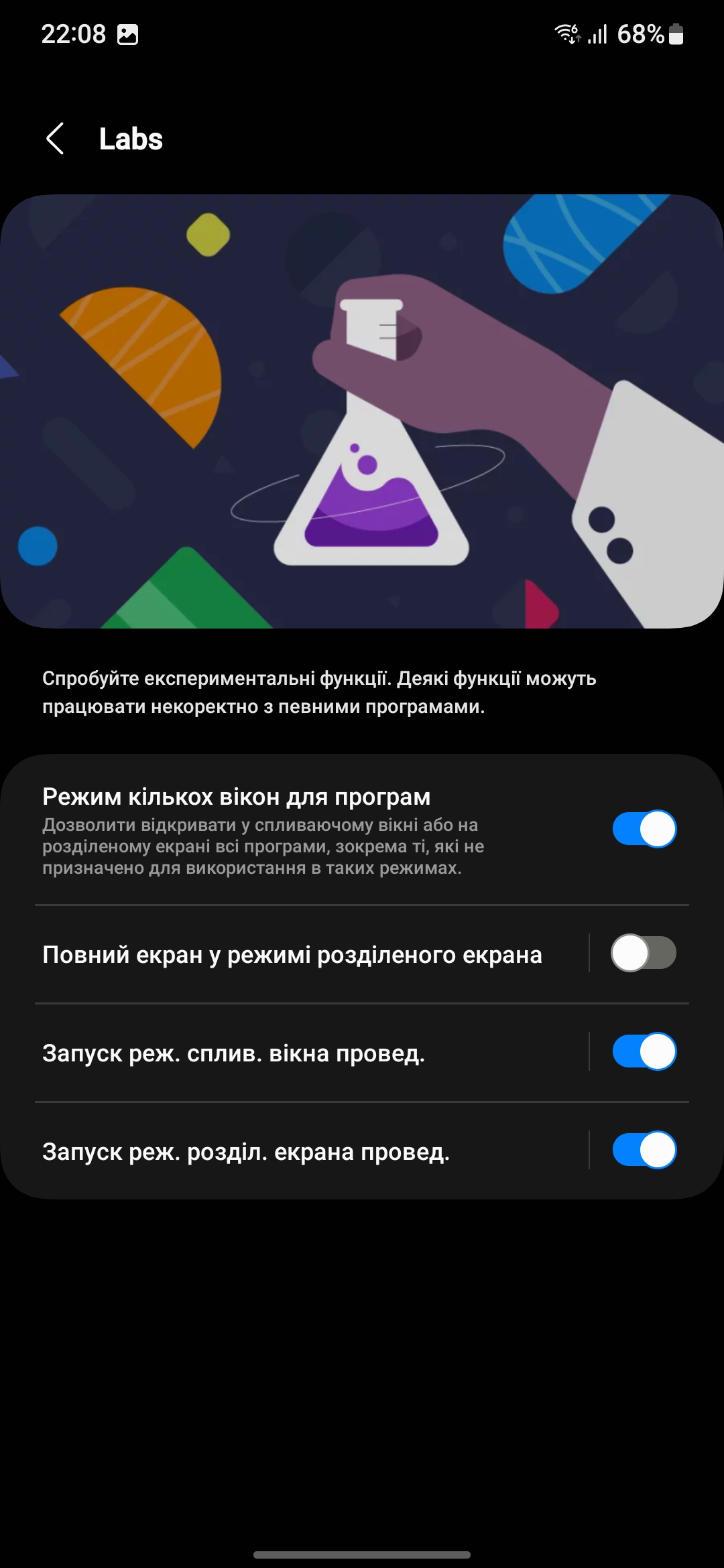
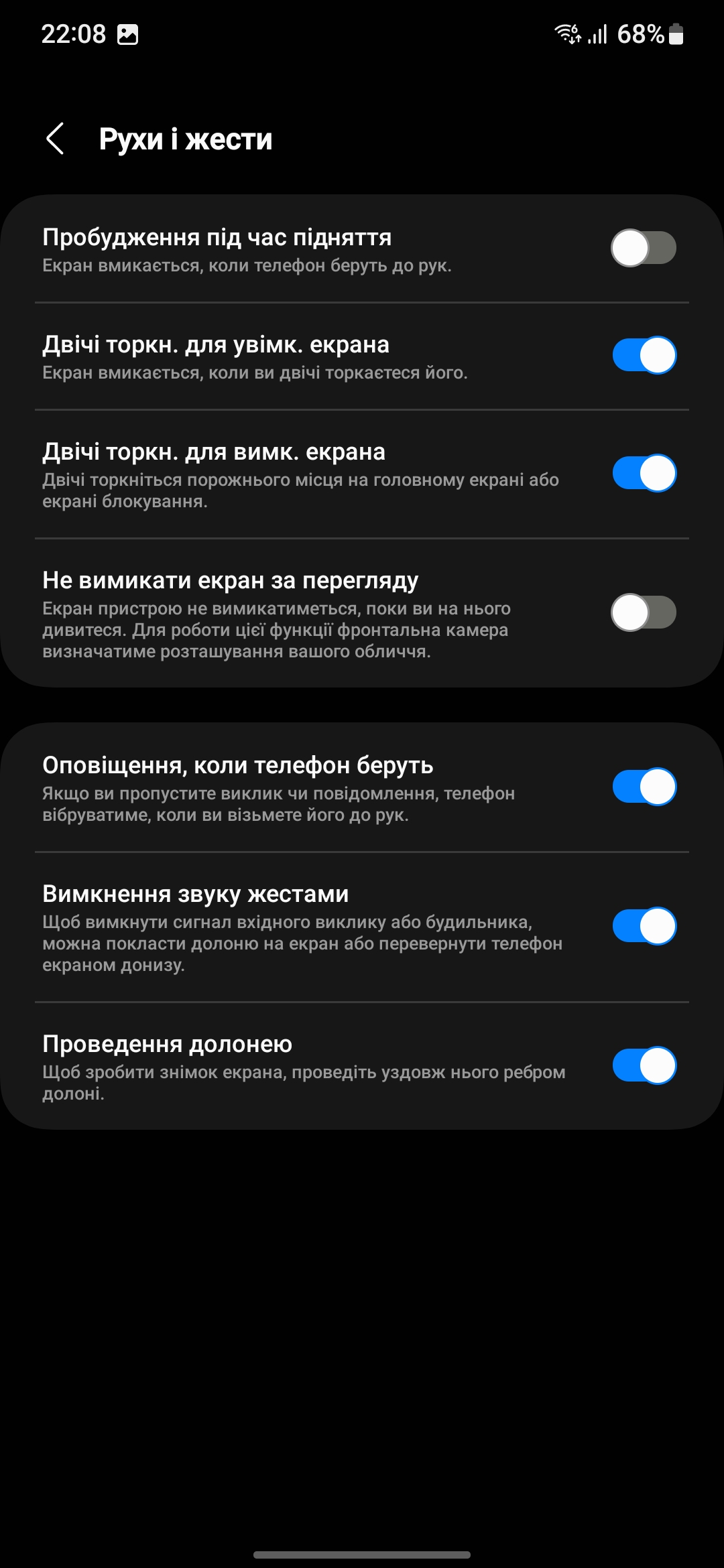
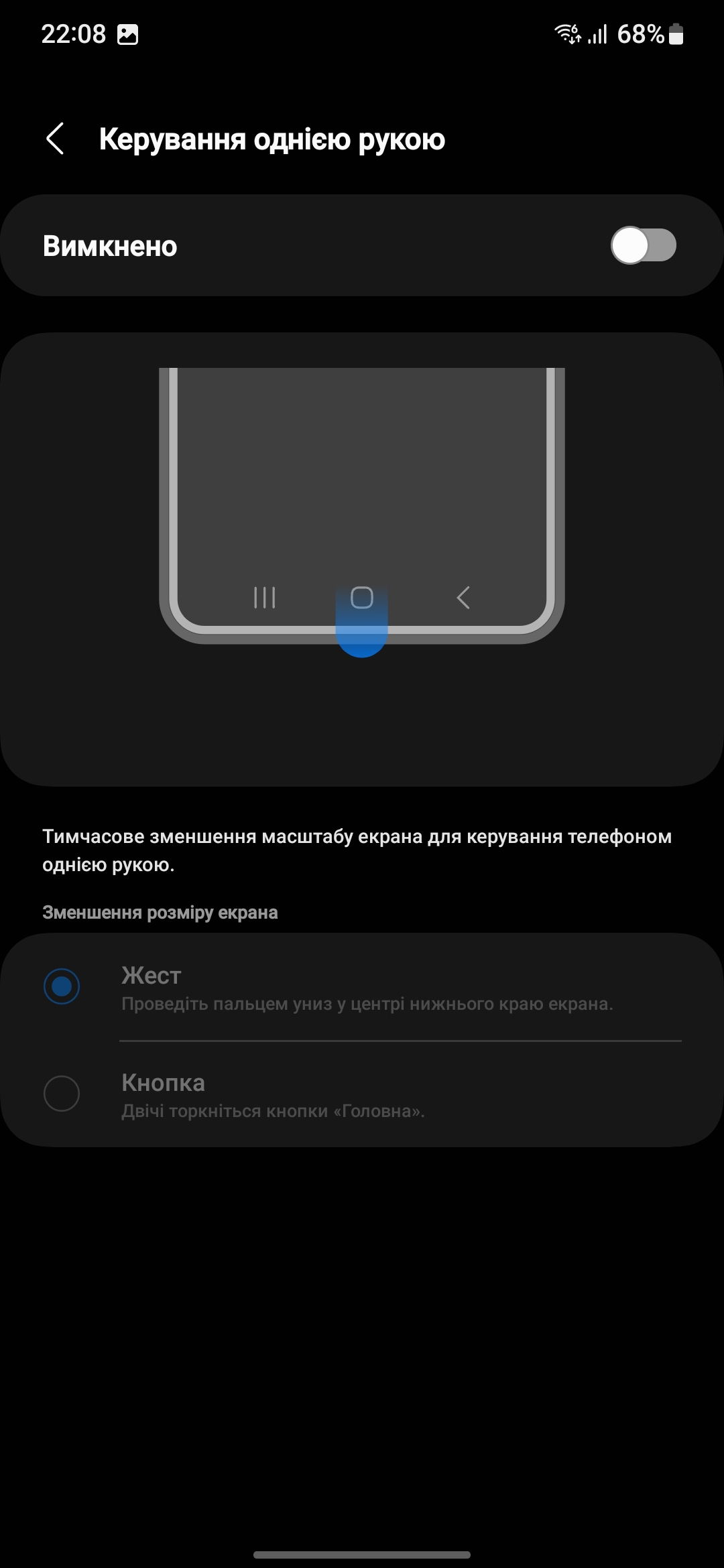




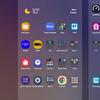




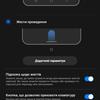
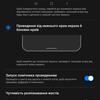




A very functional application manager with two windows and the ability to launch an application in a window, make it translucent, or minimise it to an icon.

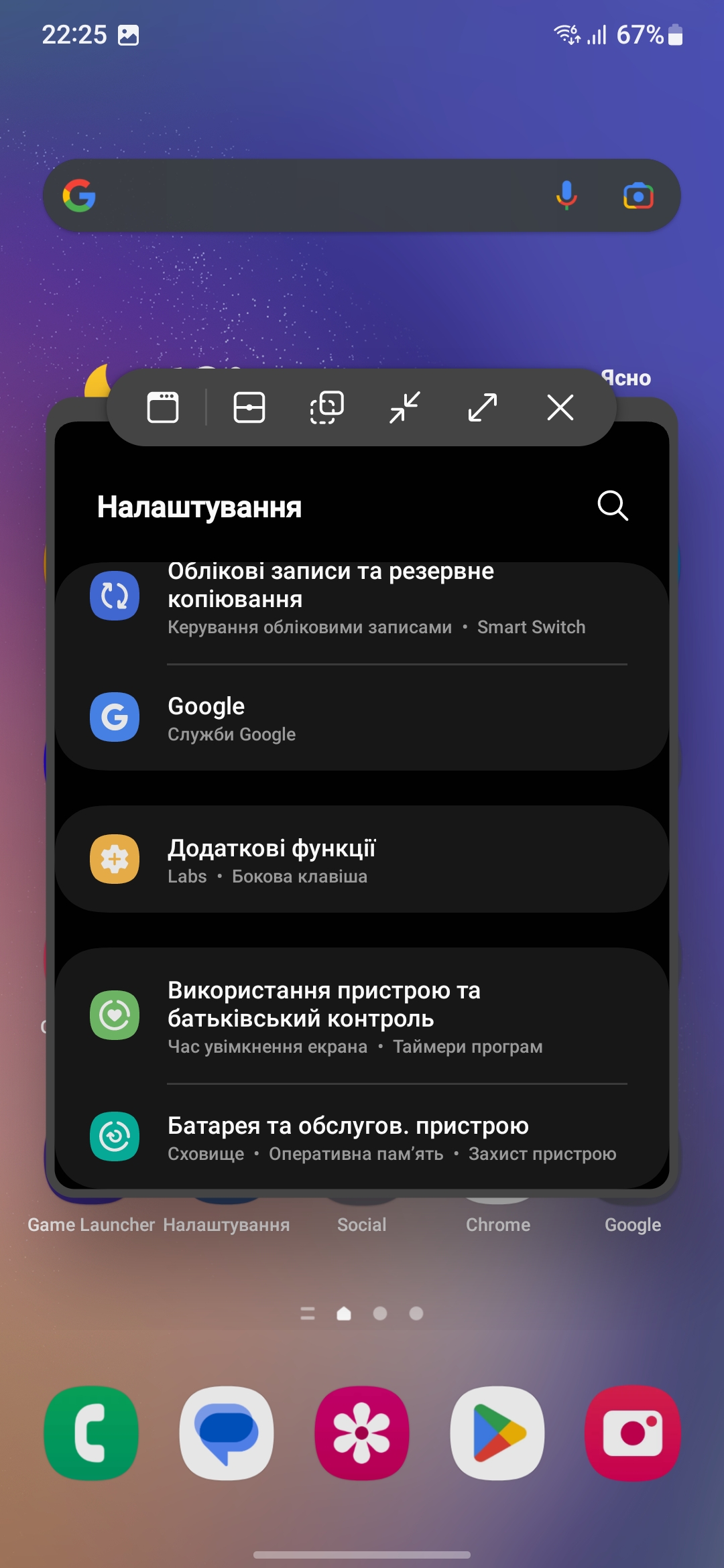

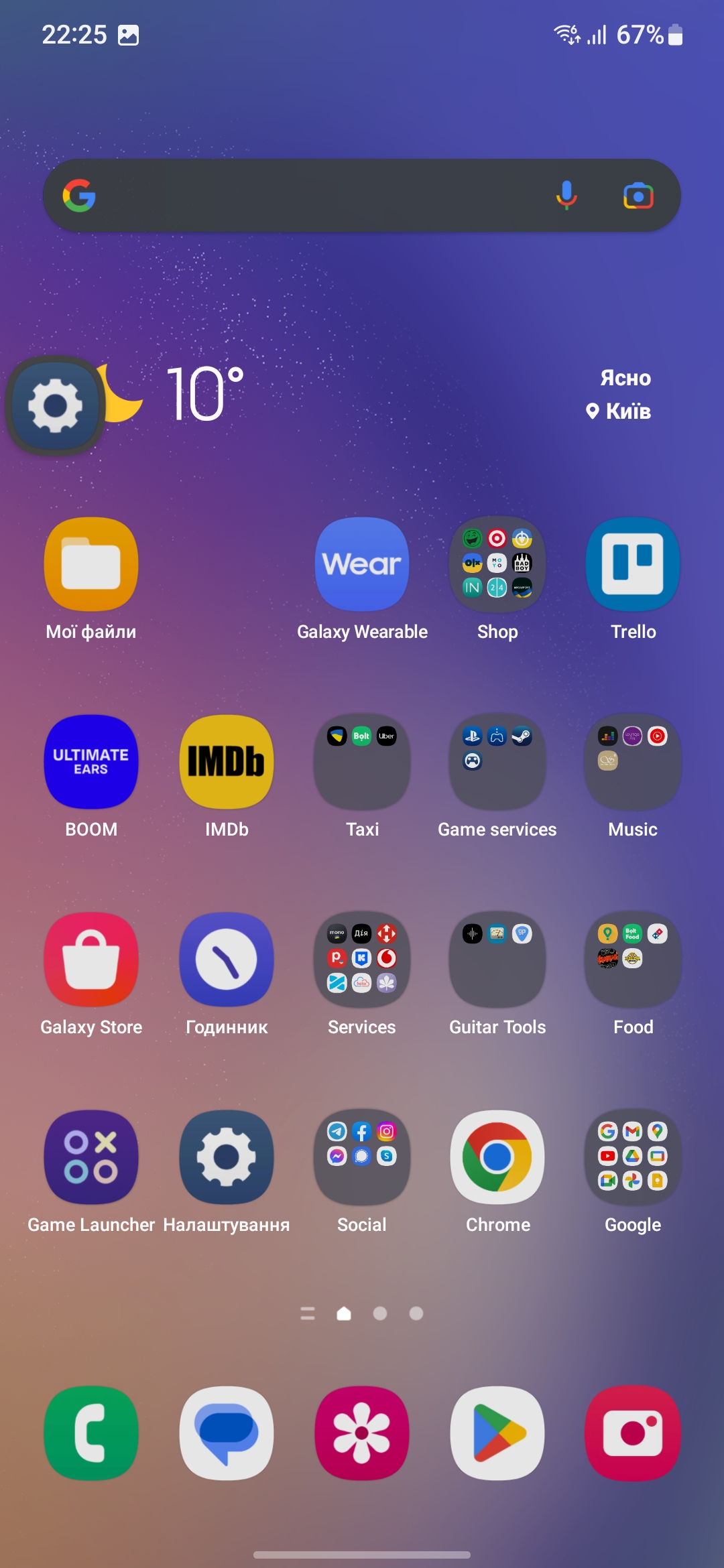






The usual Edge sidebars with useful tools and quick access to the desired applications or pairs of applications. They have been used in Samsung smartphones for many years.
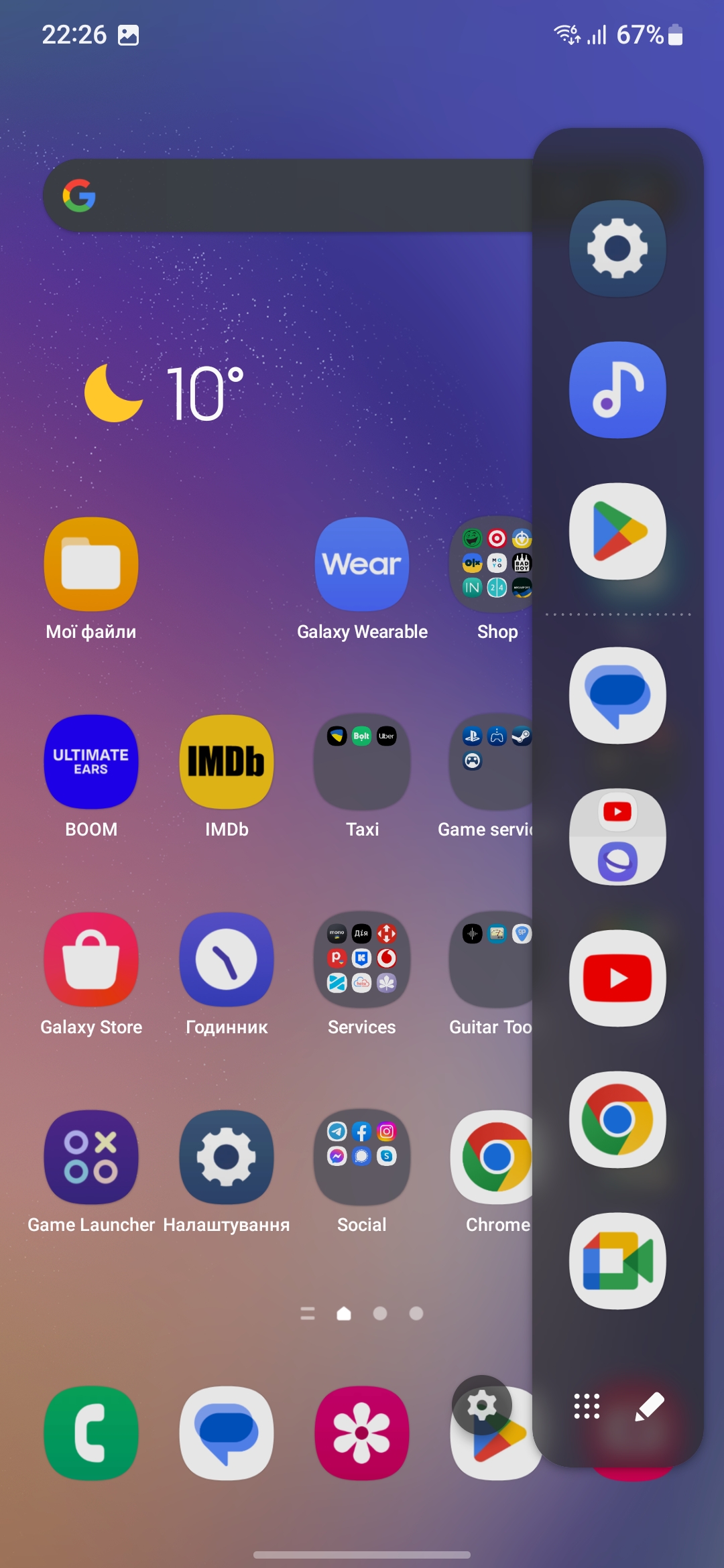
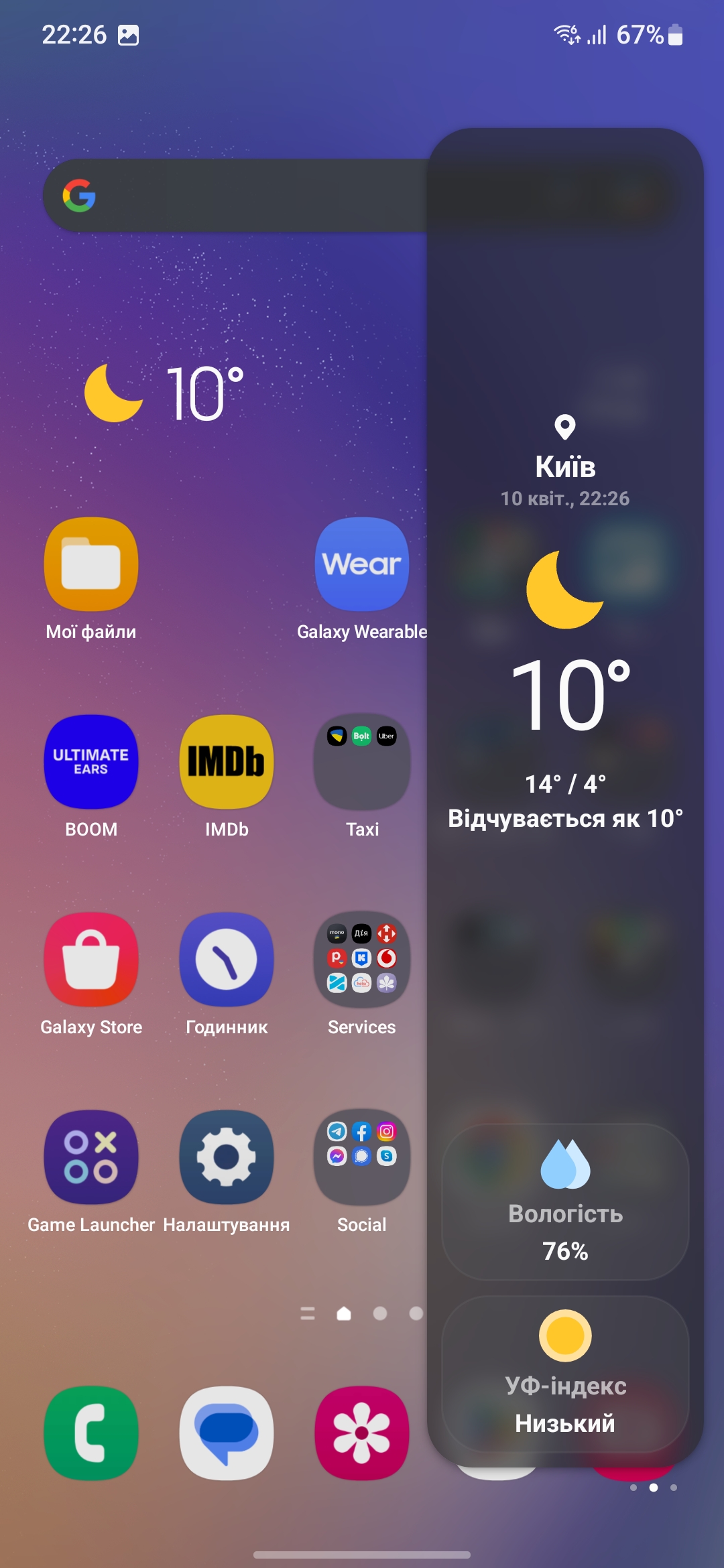






Some useful Samsung branded apps:
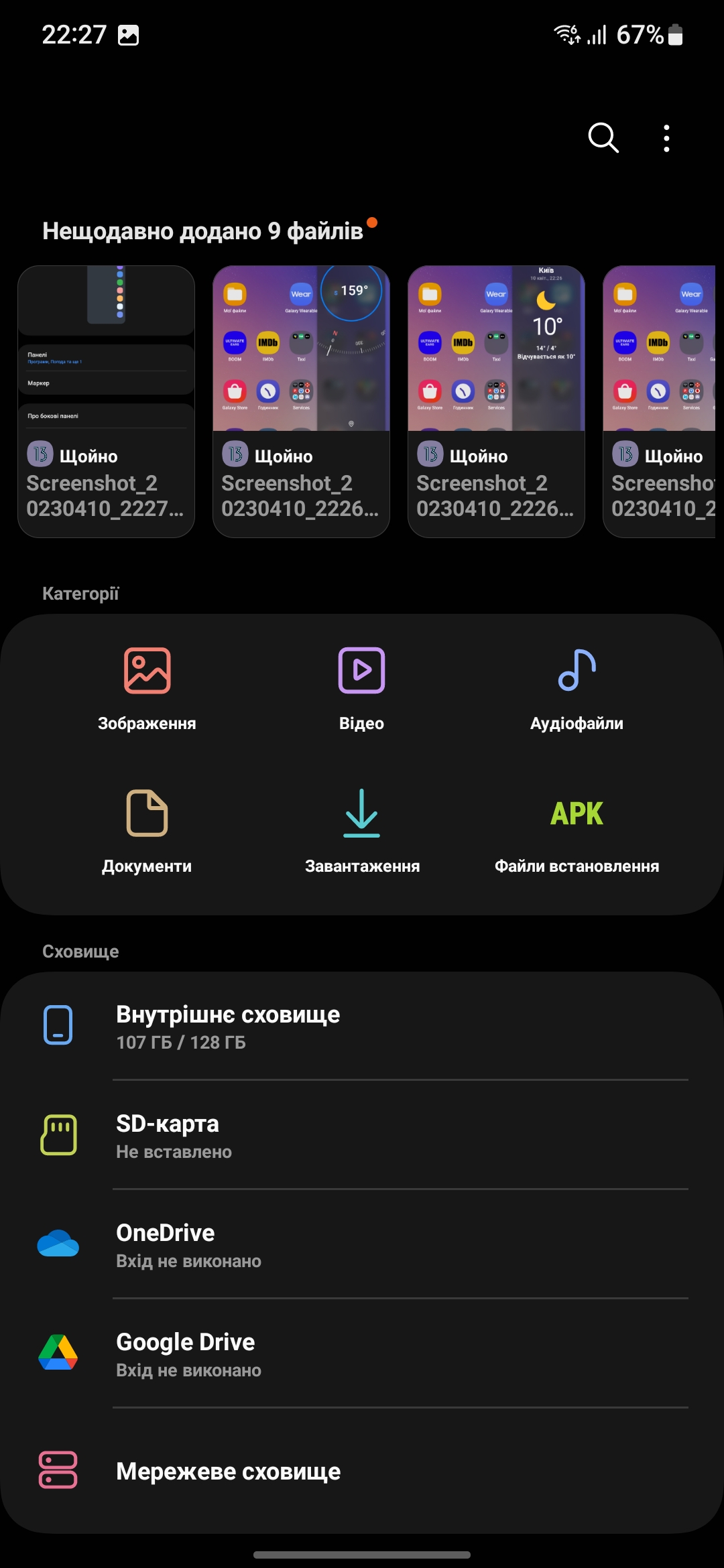

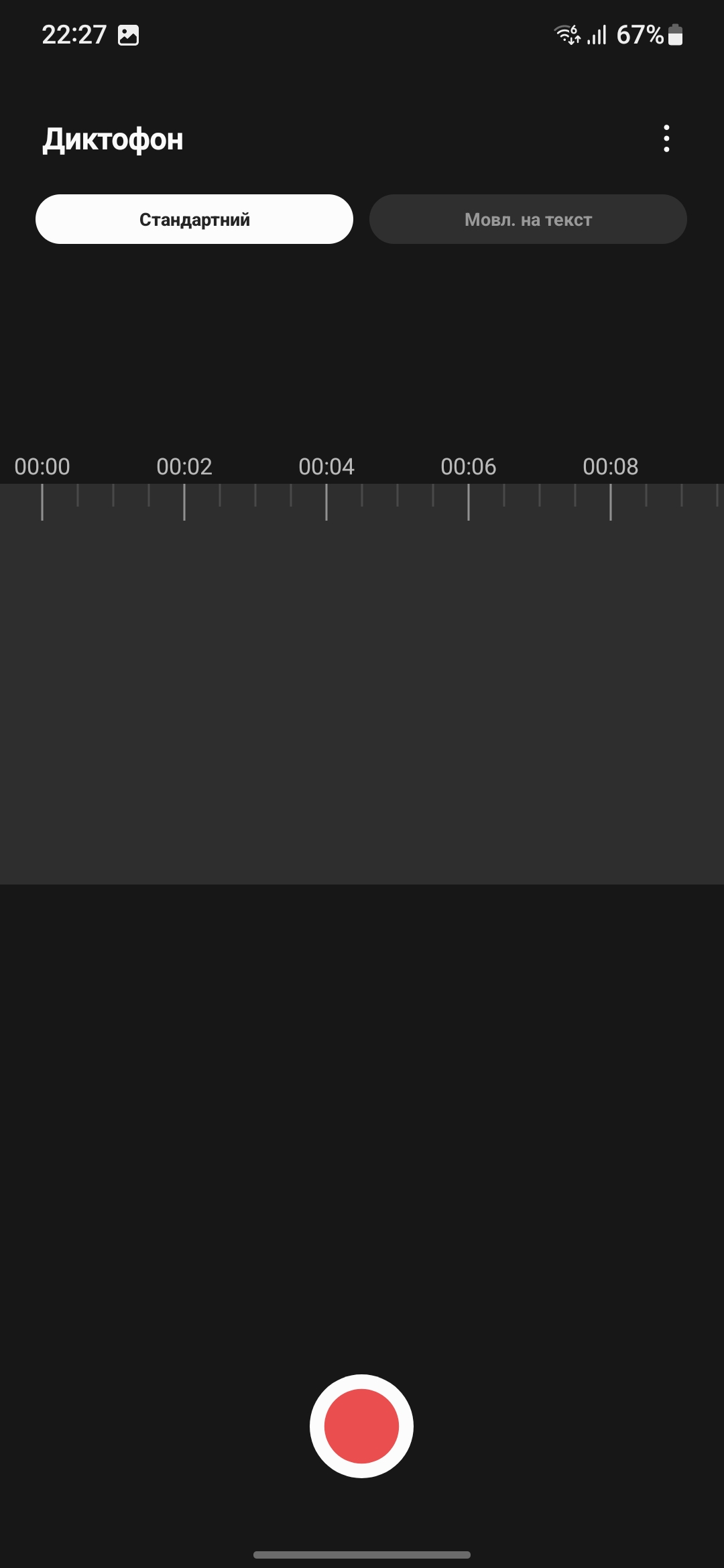

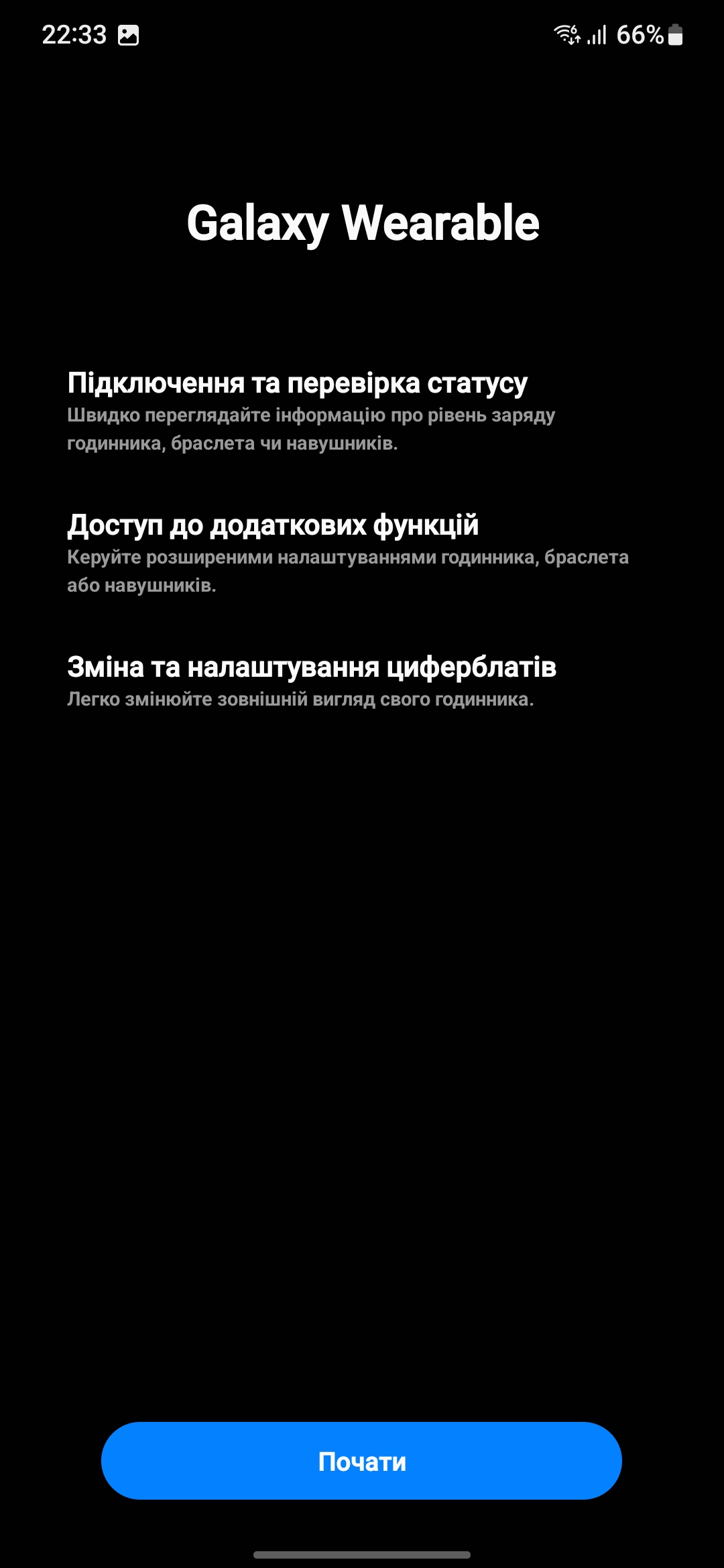
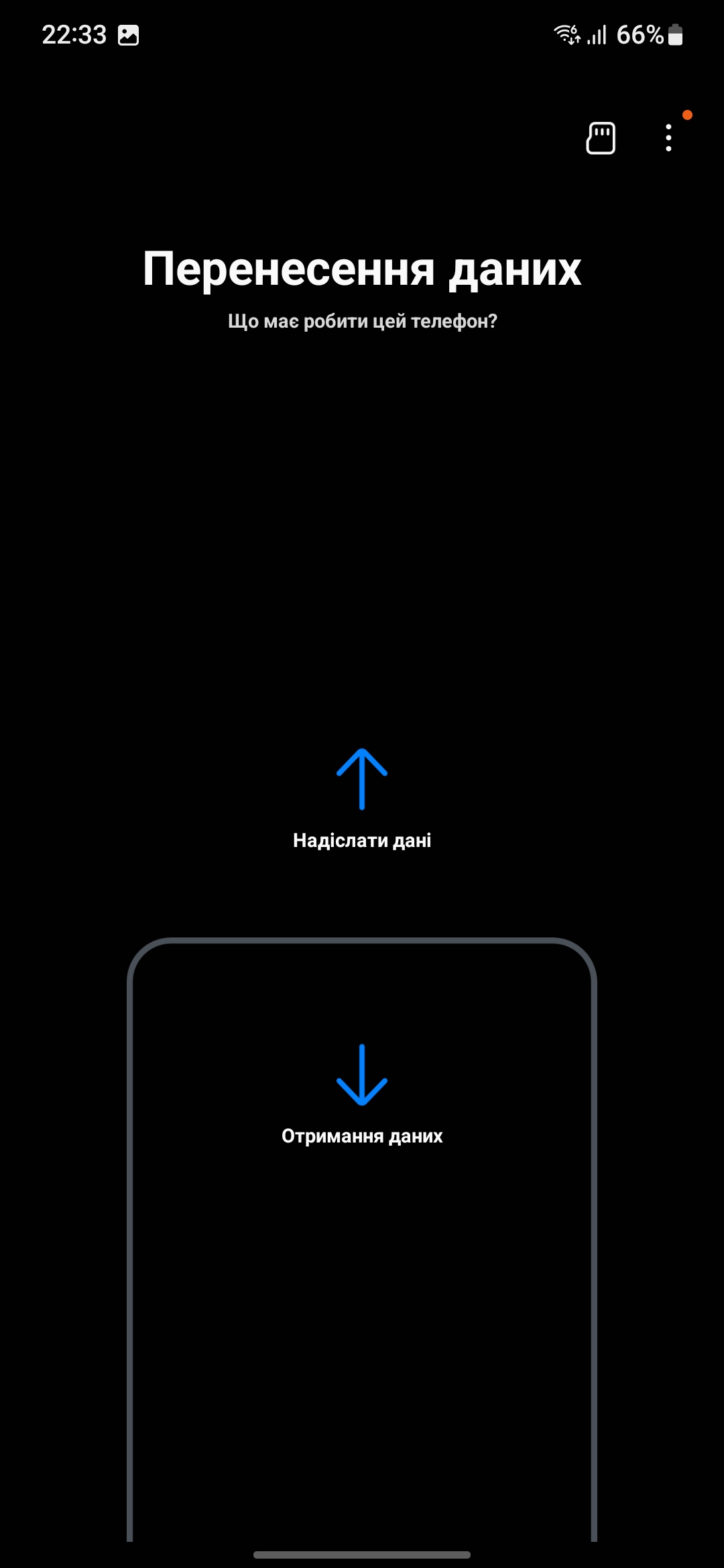






How do the cameras take pictures?
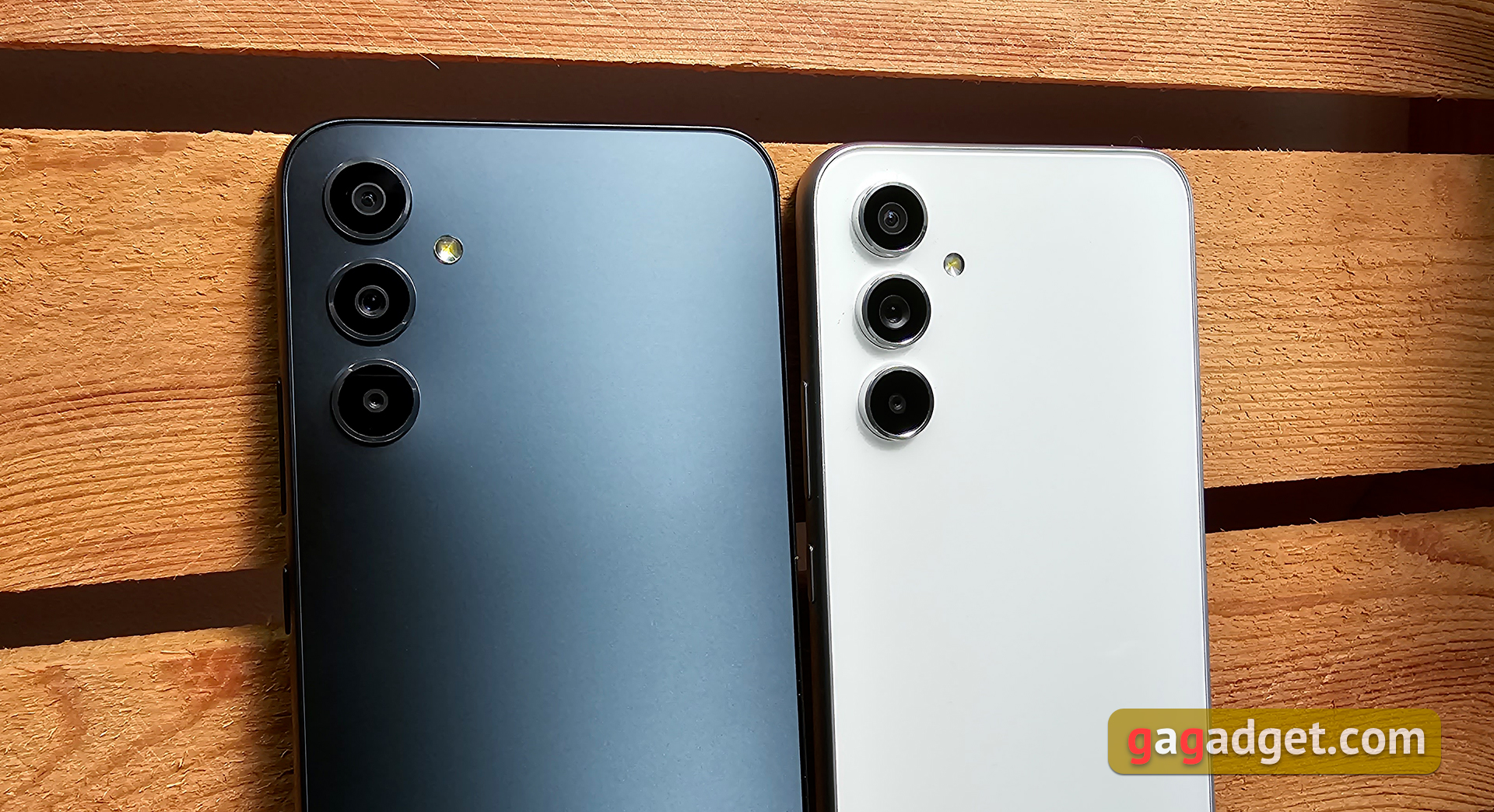
Samsung Galaxy A54 and Galaxy A34 have main cameras that include three modules each. But the modules themselves are slightly different. The Samsung Galaxy A54 has a 50MP main module with f/1.8 aperture, 1/1.56" physical size, 1.0 µm pixel size, PDAF phase detection autofocus and optical stabilisation. According to the specifications, it looks like a Sony IMX766. The ultra-wide-angle camera is 12 MP, f/2.2, 123˚ viewing angle, 1.12µm without autofocus. And the third is 5 MP macro f/2.4. The smartphone can shoot video in resolutions up to 2160p@30 fps. Front camera: 32 MP f/2.2. Samsung Galaxy A34 uses a 48 MP main camera (f/1.8, 1/2.0", 0.8 µm), also with PDAF and optical stabilisation. there's an 8MP ultra-wide-angle camera (f/2.2, 123˚, 1.12µm) and a 5MP macro f/2.4. Video 2160p@30 fps, front camera: 13 MP f/2.2. Smartphones do not have telephoto cameras, so the zoom is exclusively digital.
The camera app is familiar and convenient. The standard carousel of shooting modes, camera switching buttons, smooth digital zoom, flash settings, frame aspect ratio, resolution, timer and automatic frame enhancement on the main screen. All additional modes, including professional modes, are in the More section. You can move them to the main carousel.
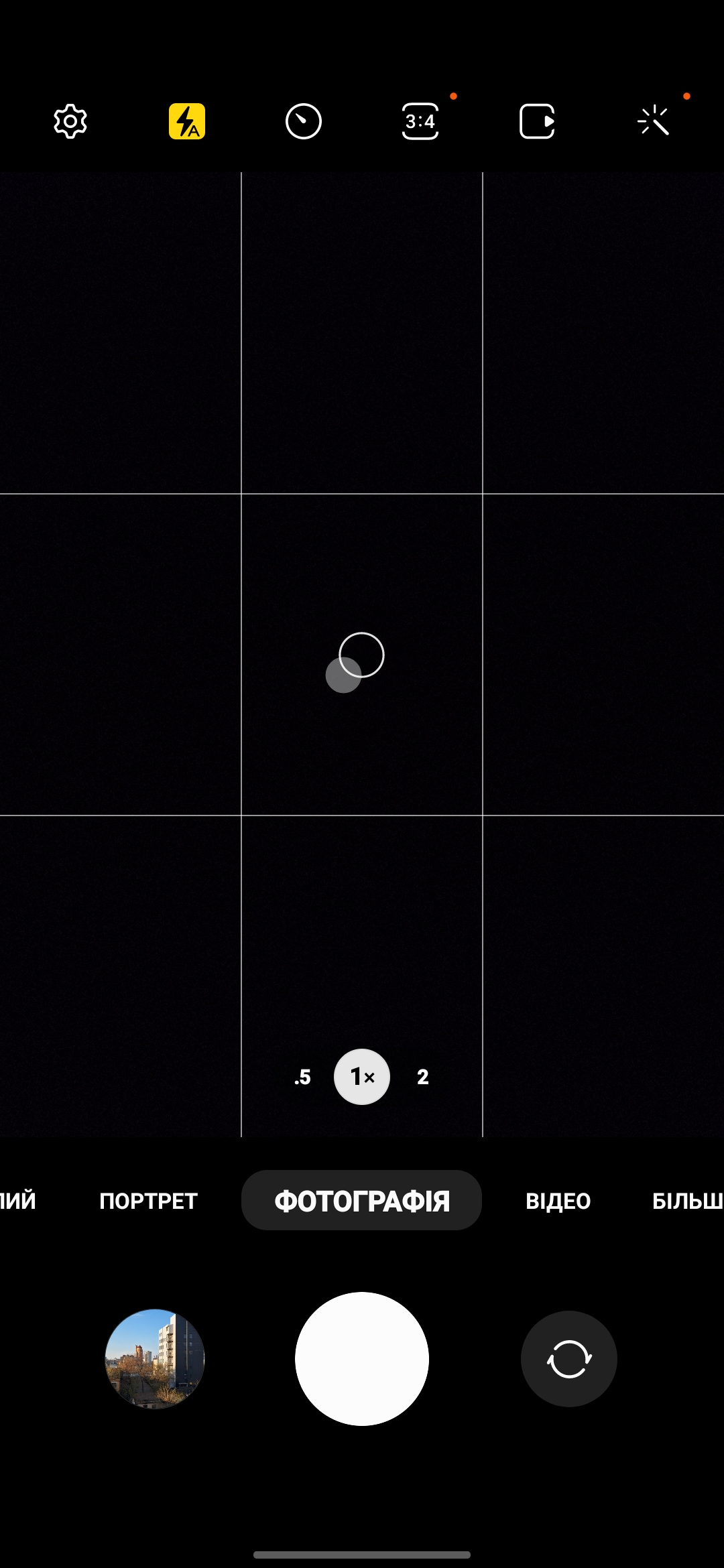
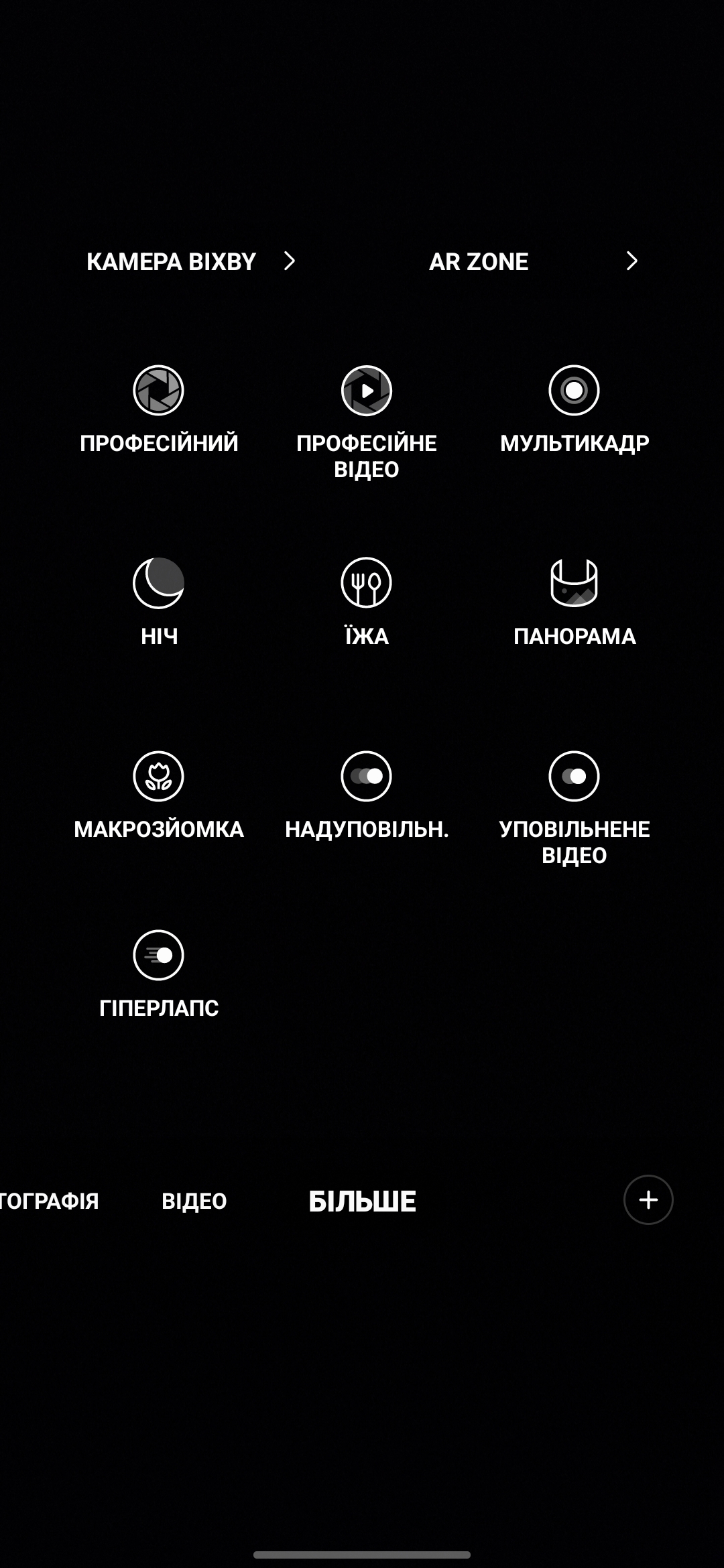
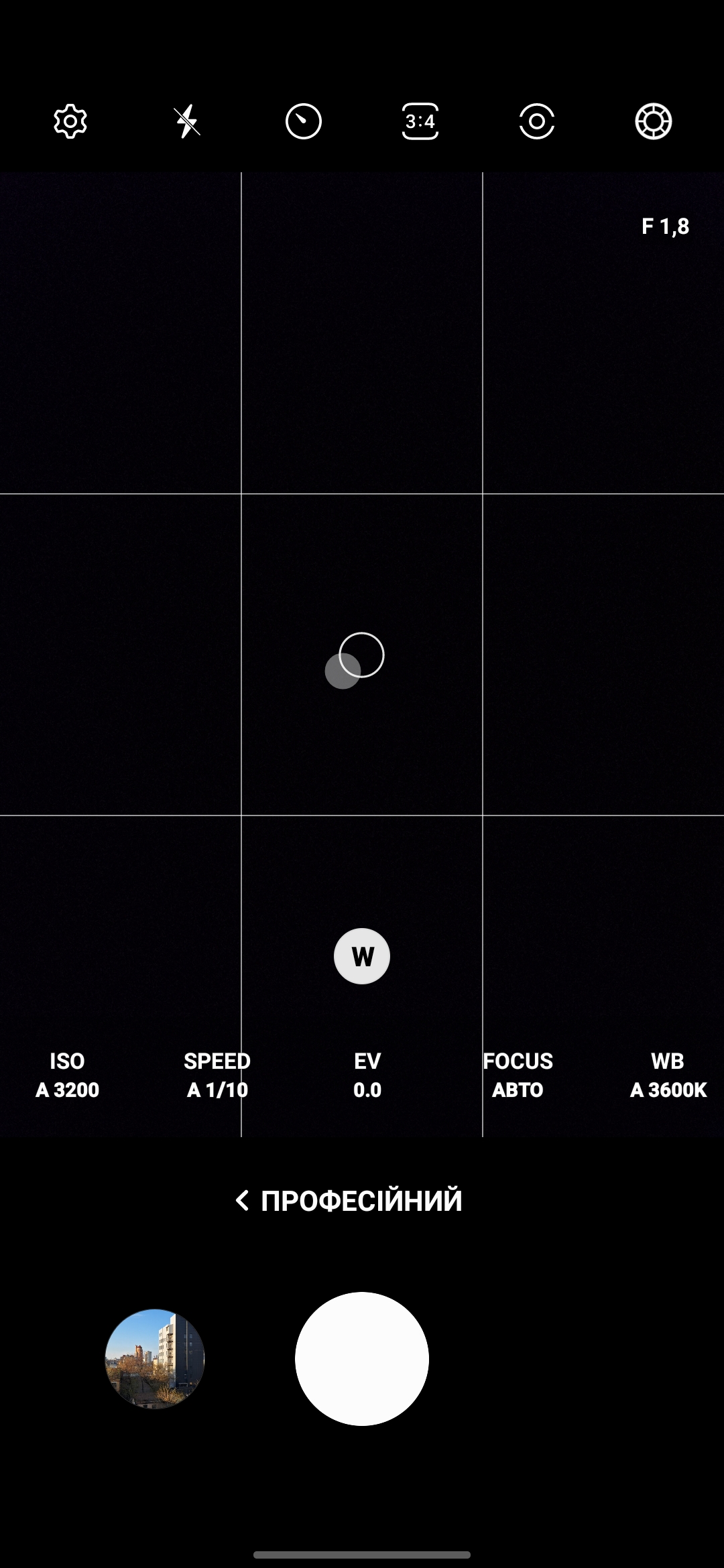
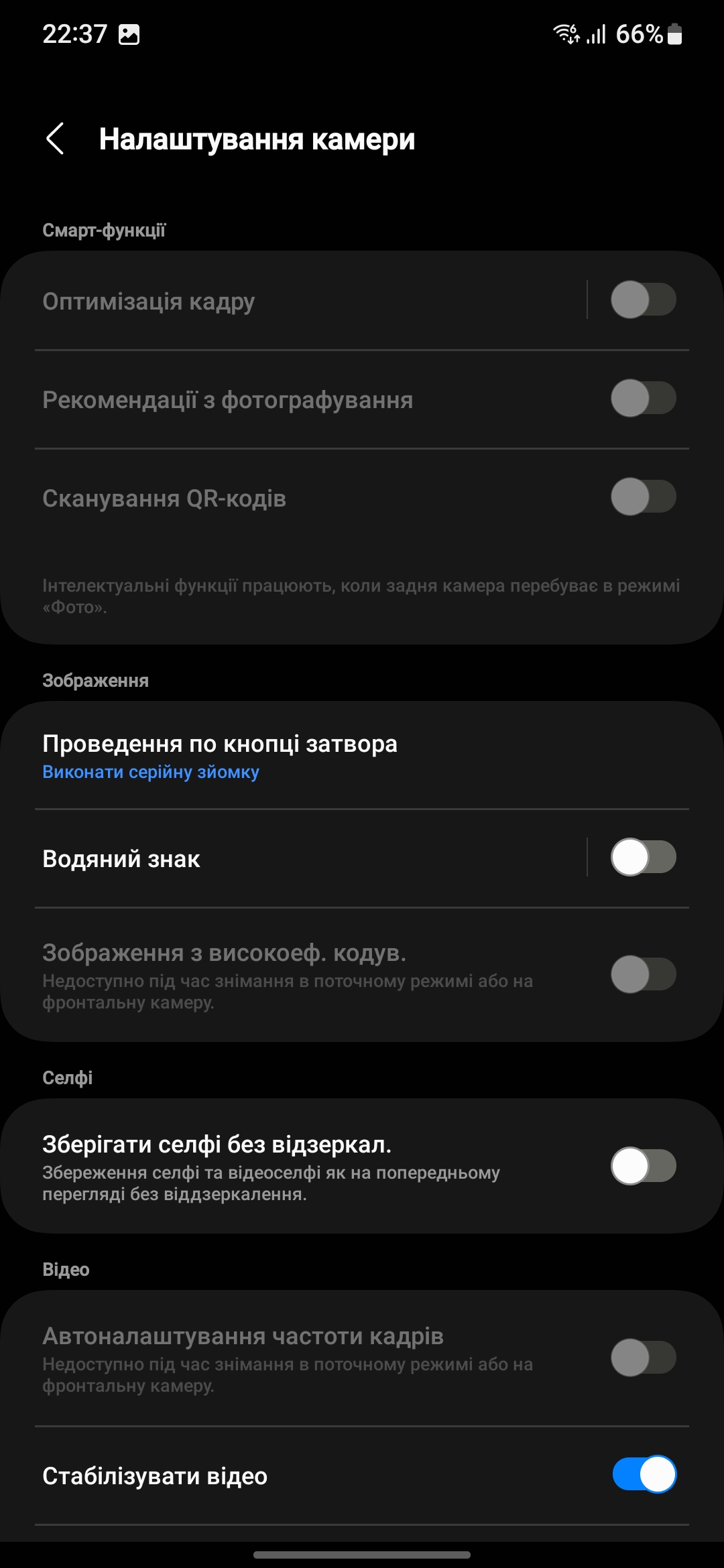




The main camera of the Samsung Galaxy A54 takes detailed pictures with good dynamic range and natural colours. Auto HDR works properly in most cases. The night mode works well and does not yellow the pictures too much, but the detail drops and a little graininess appears.
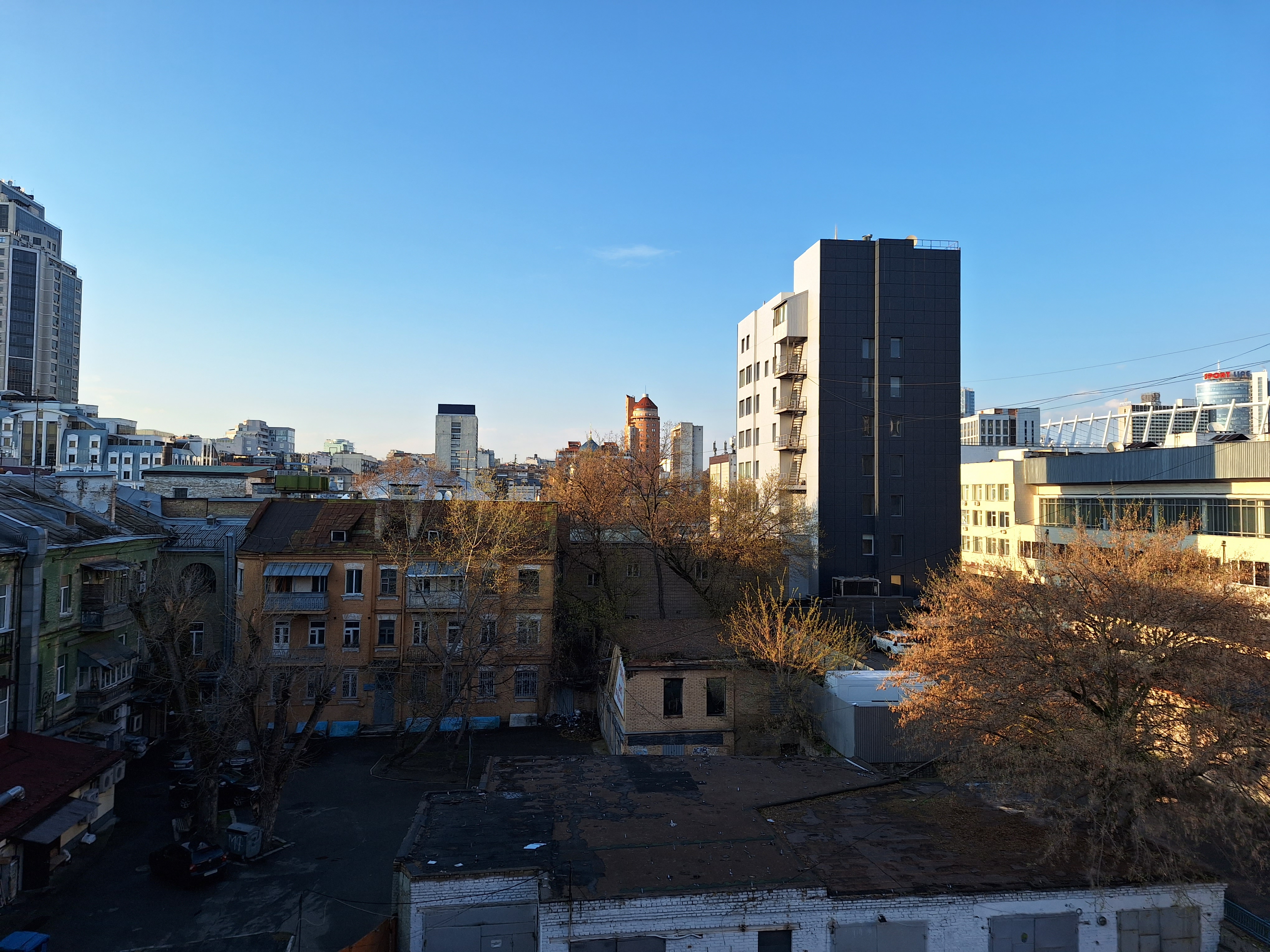


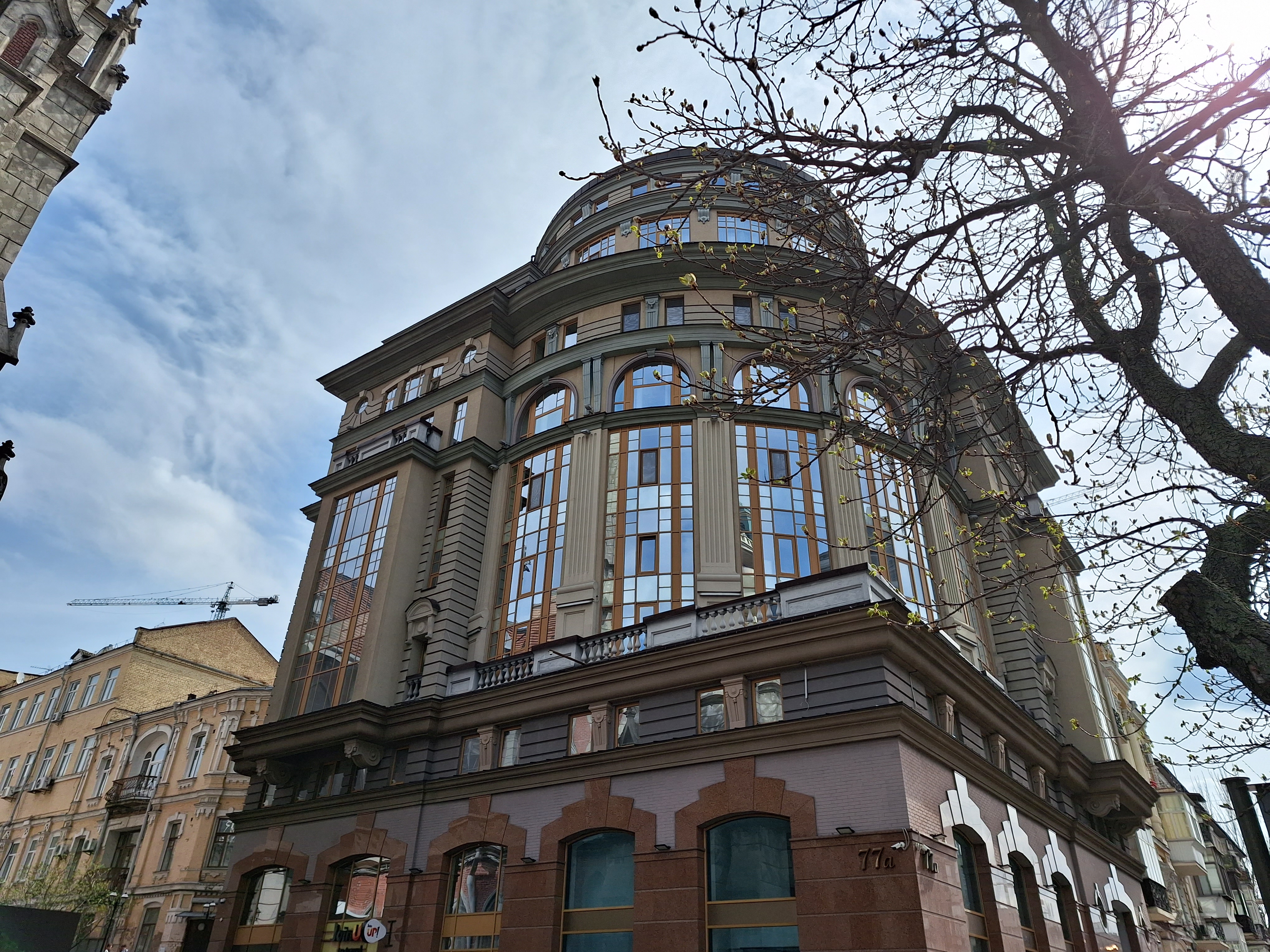

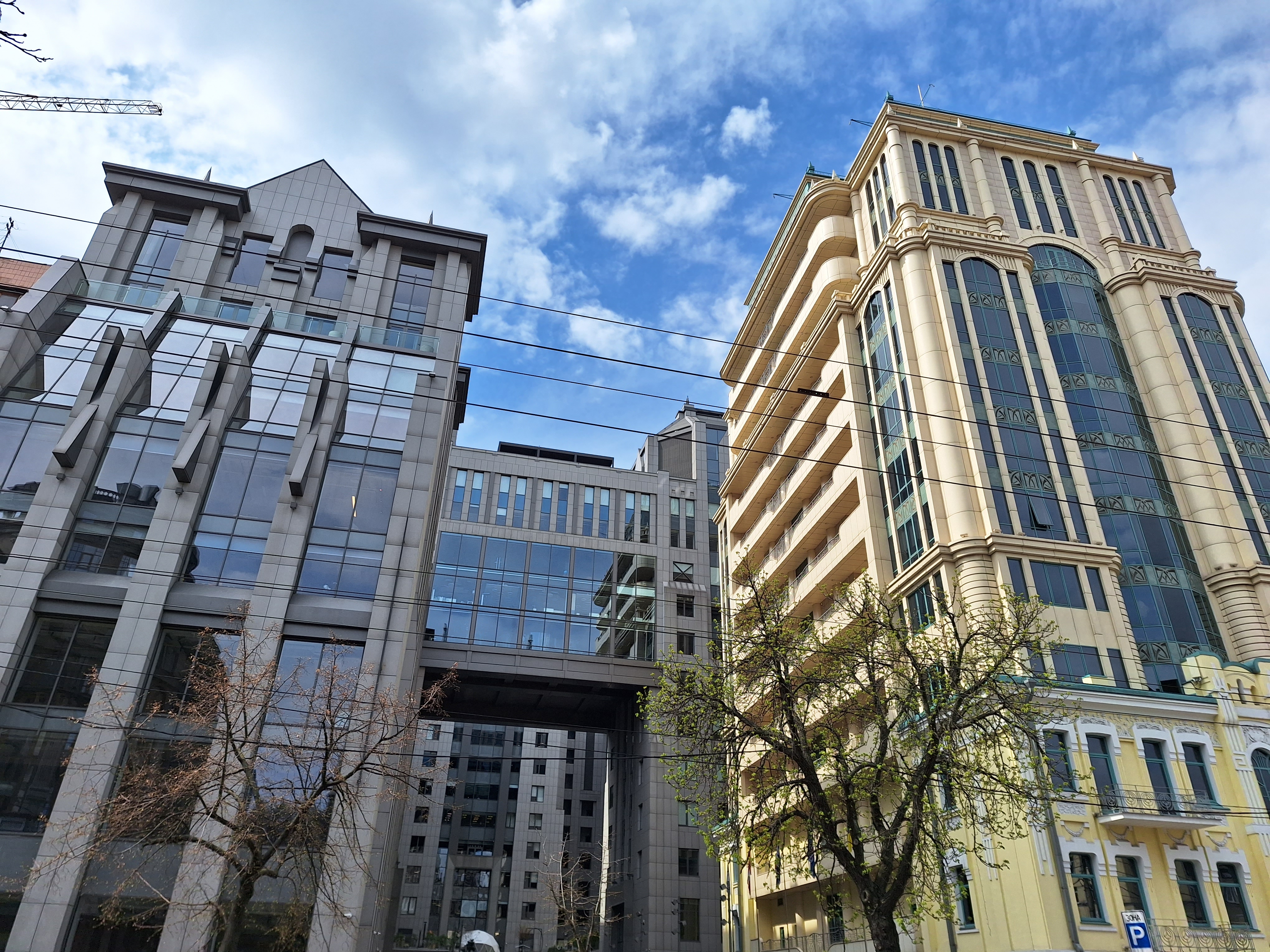
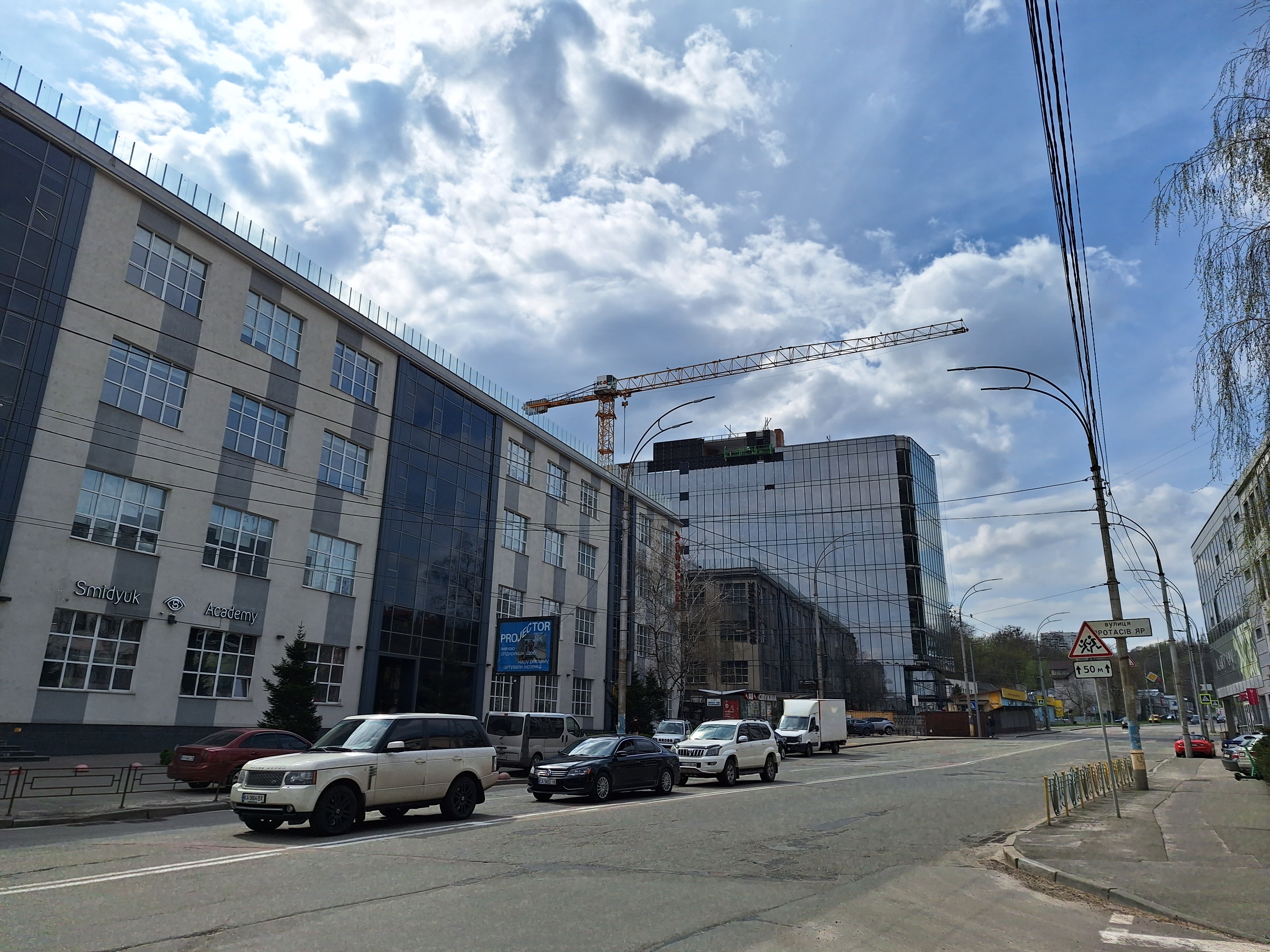
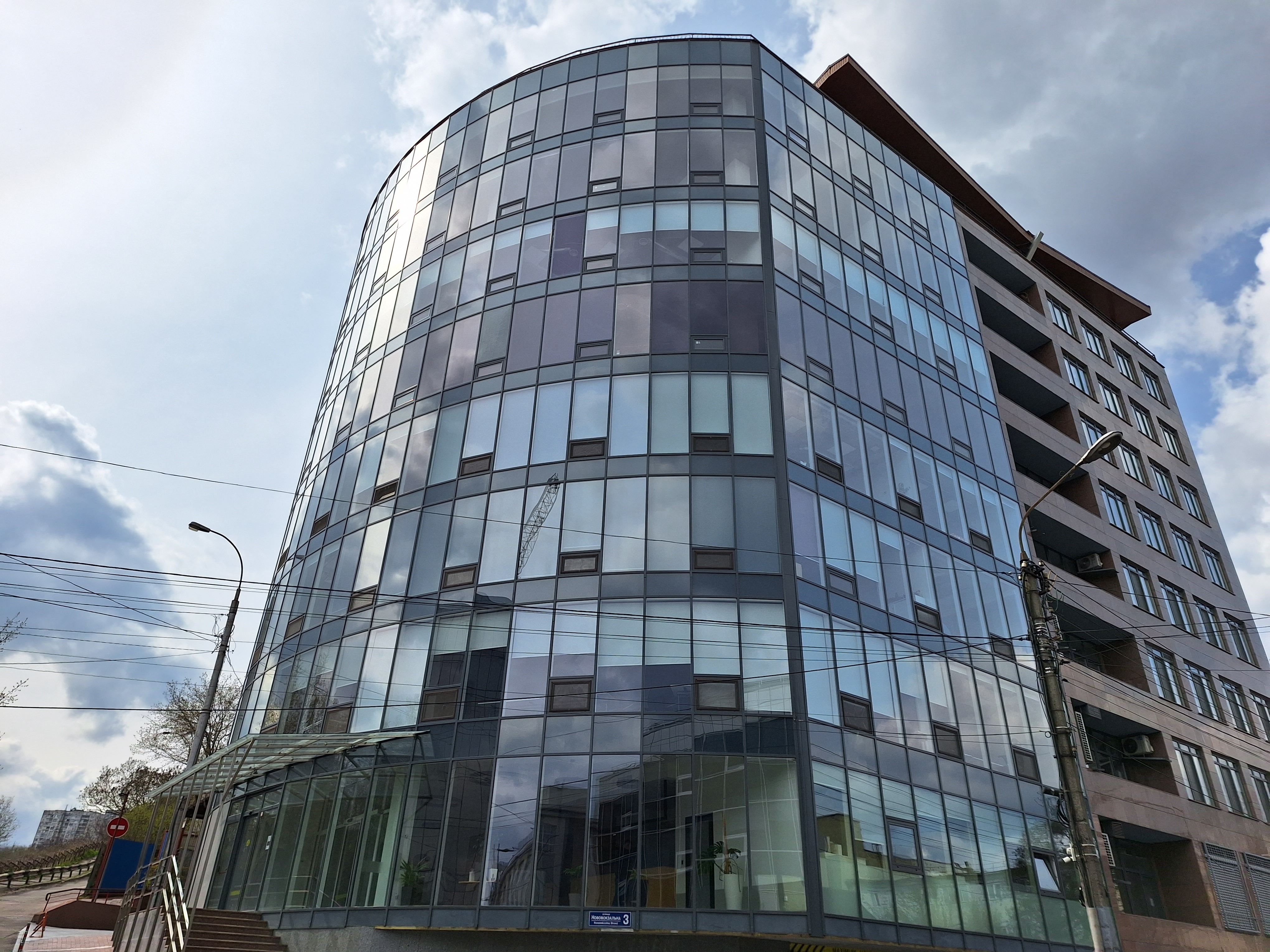
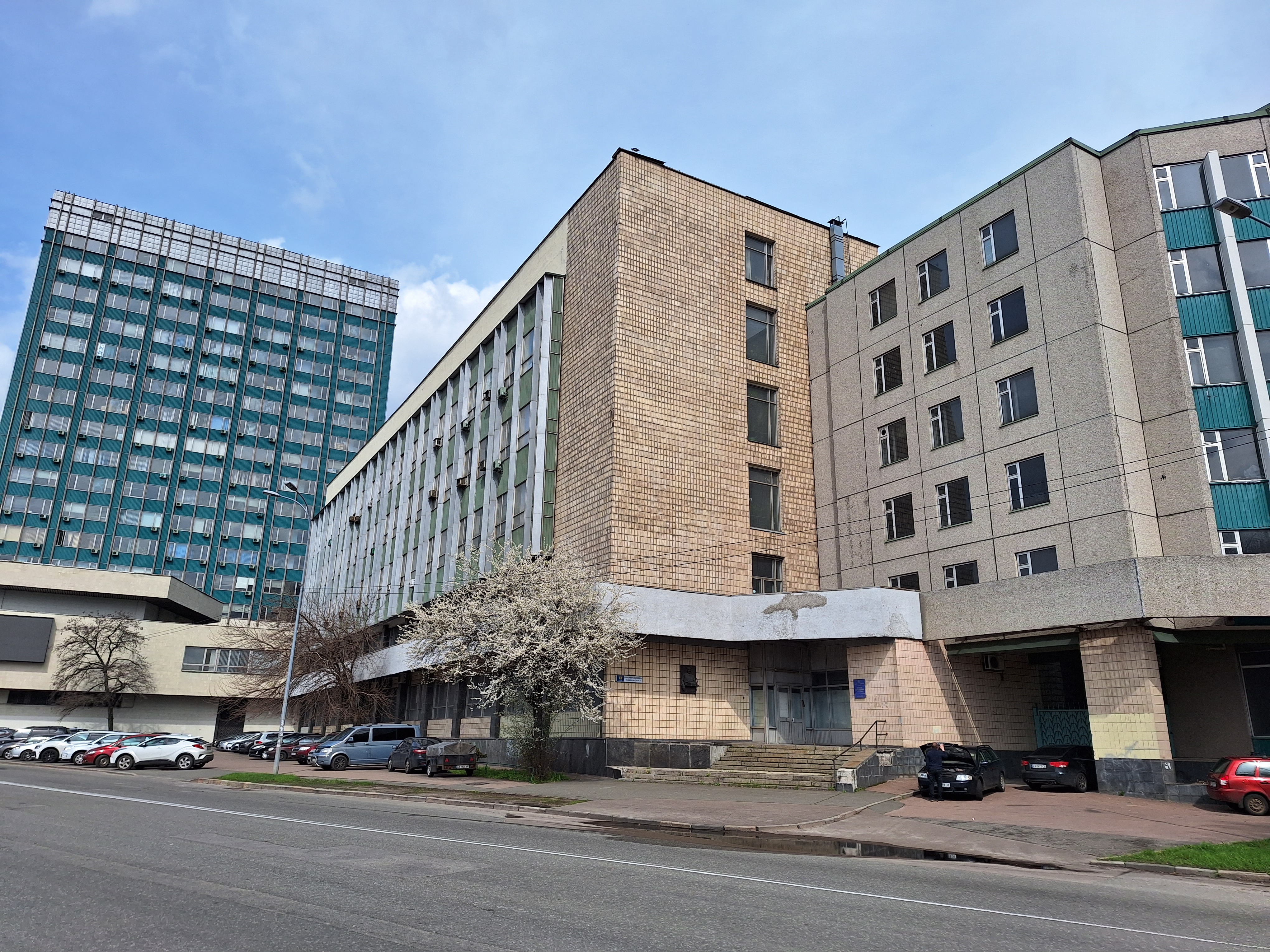


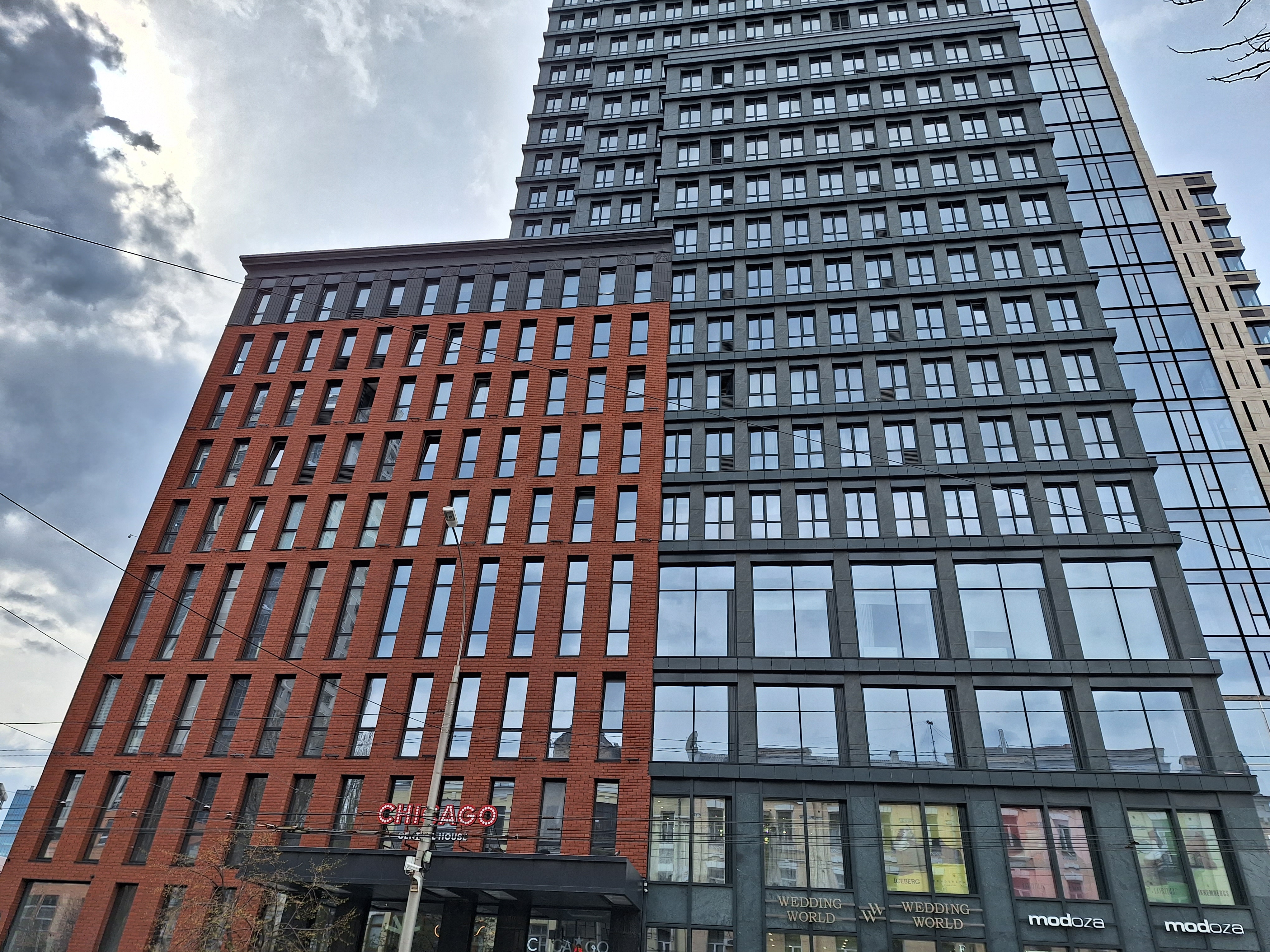

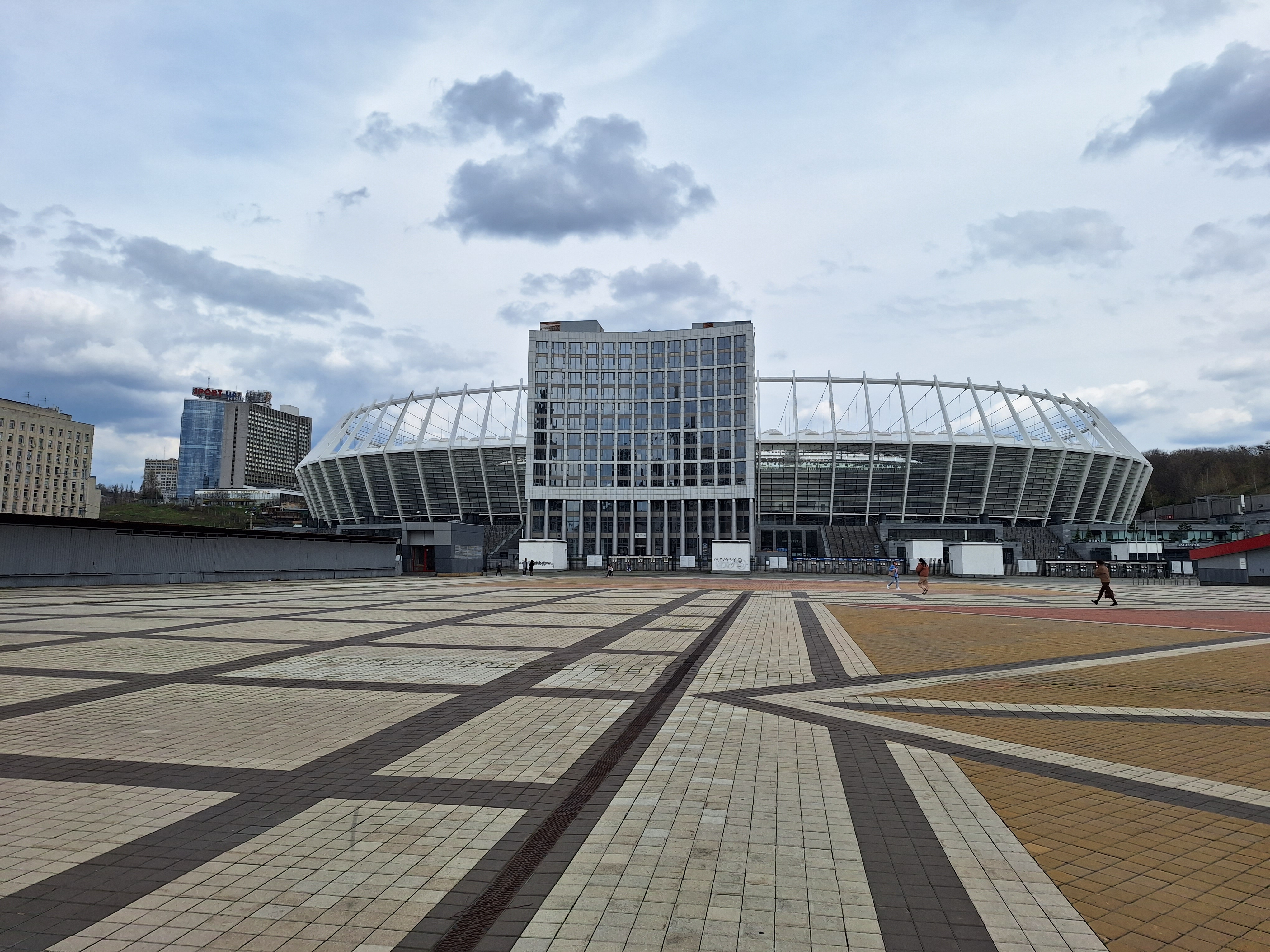
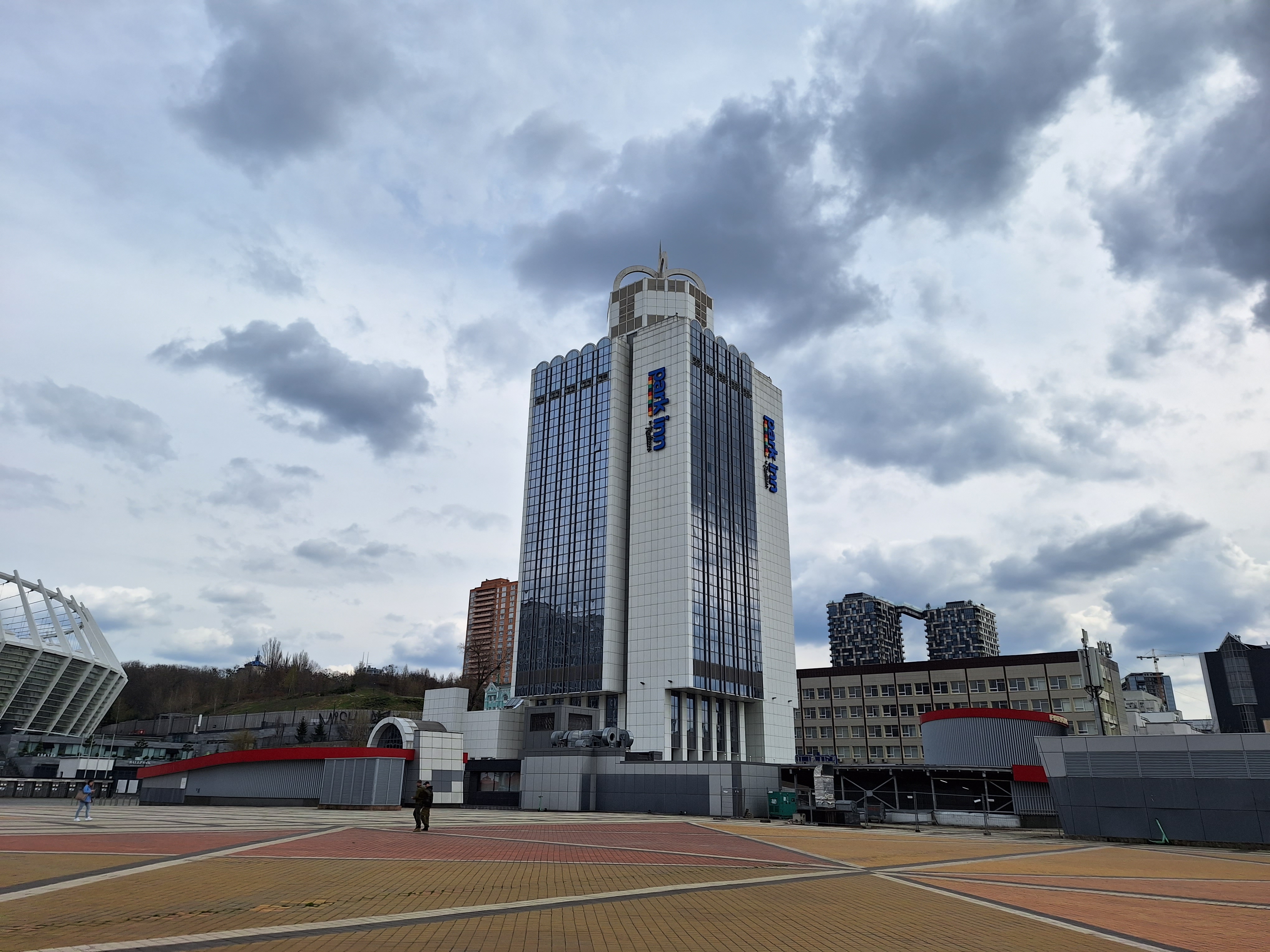
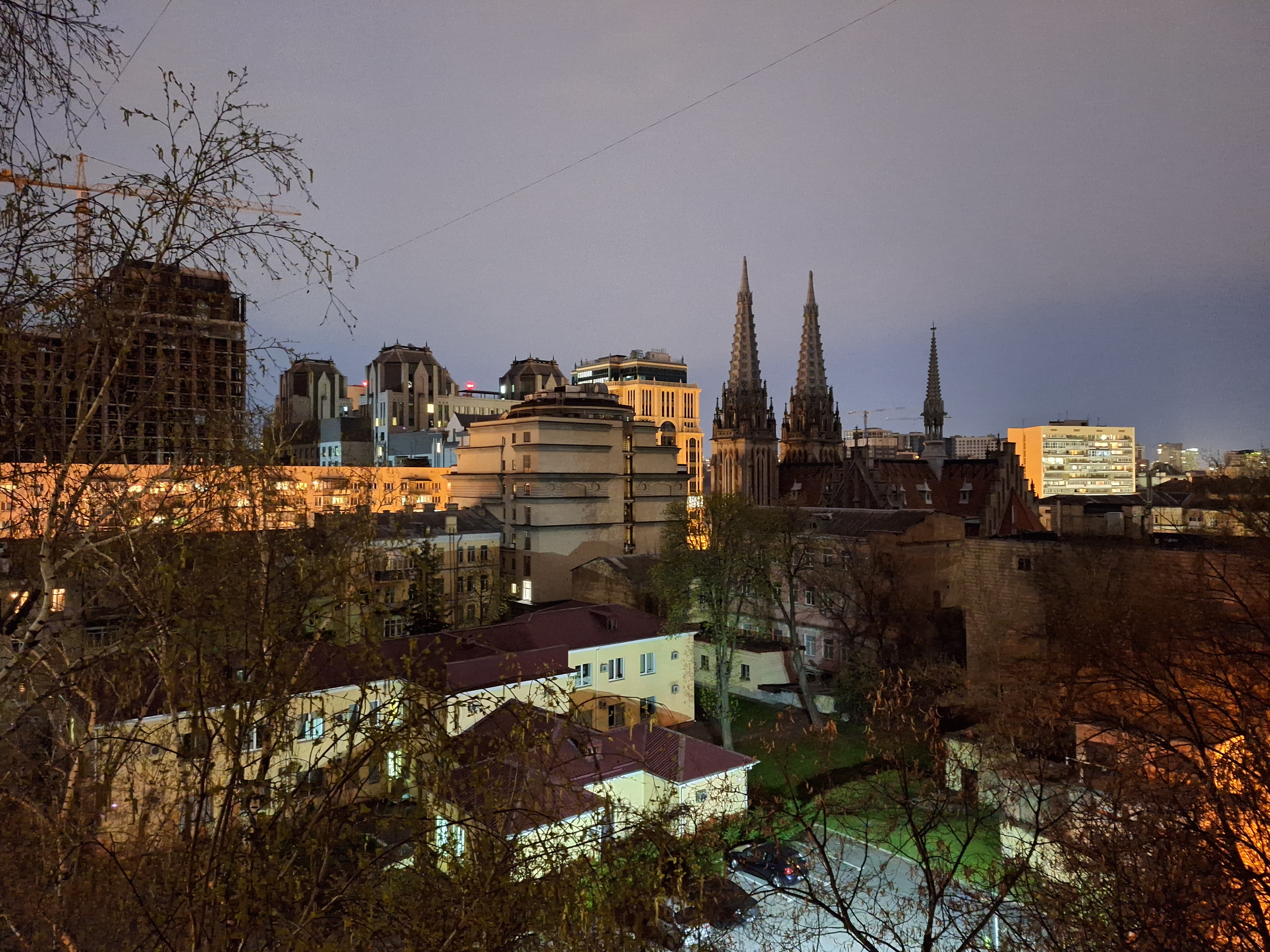
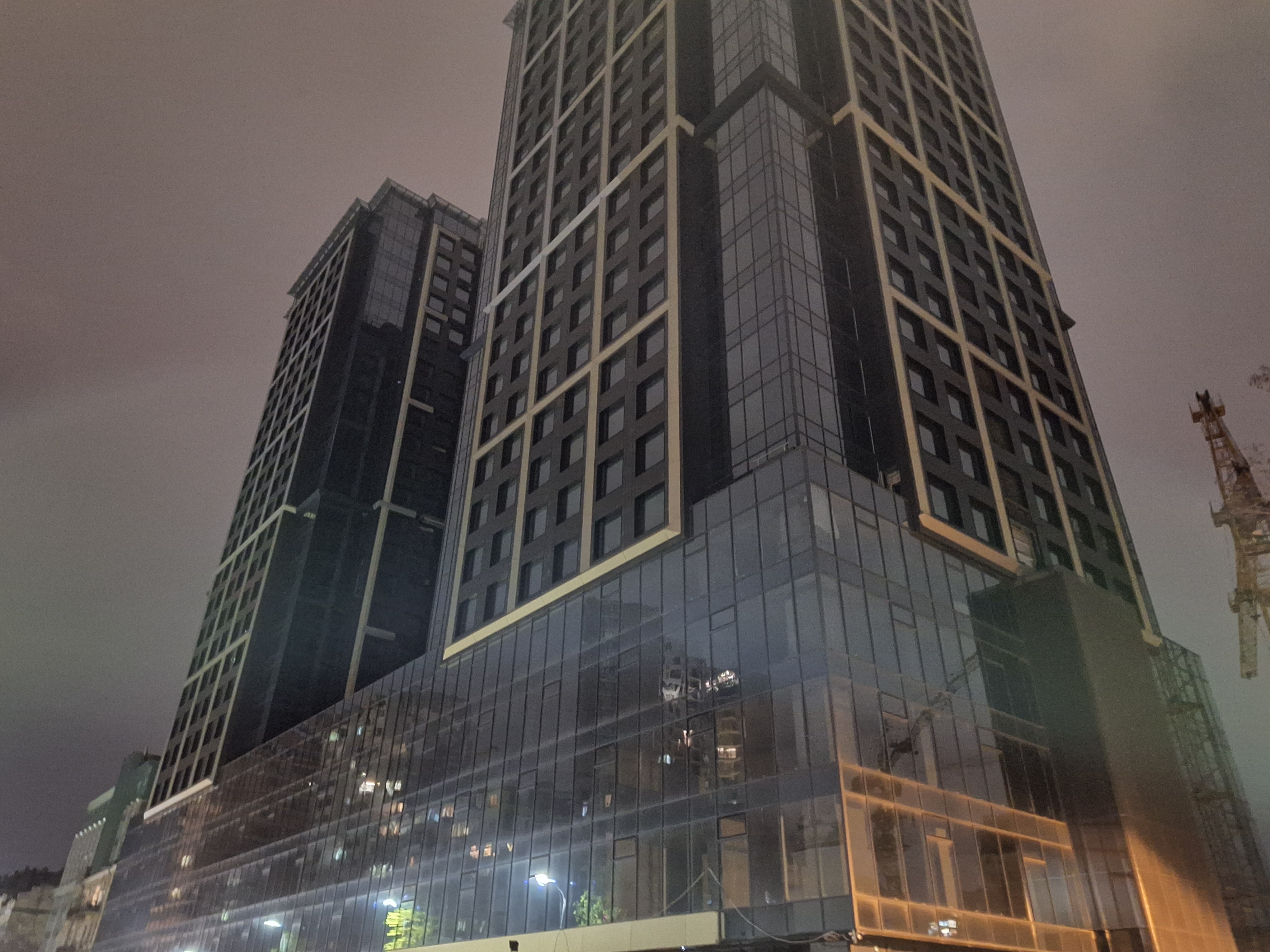

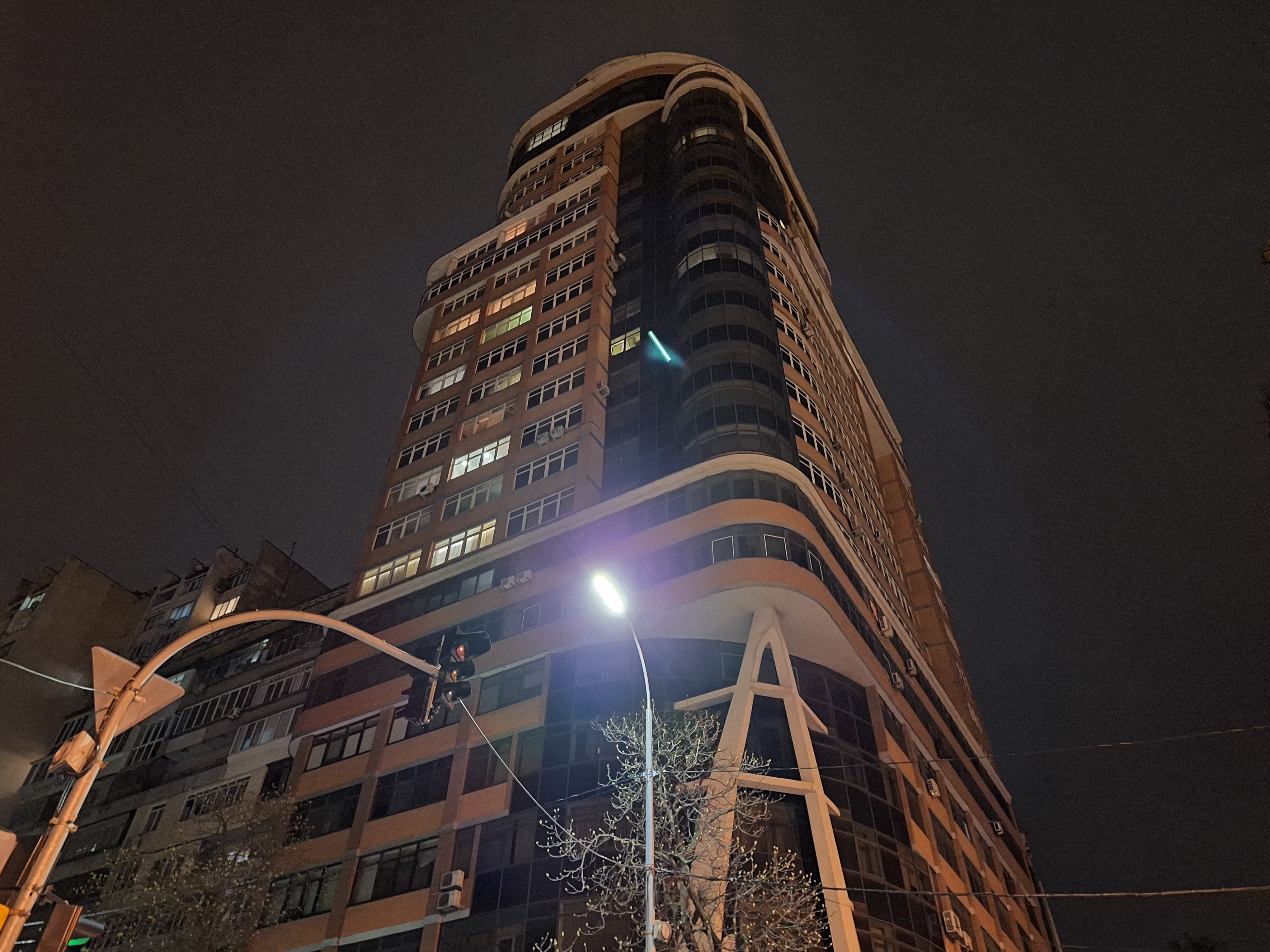
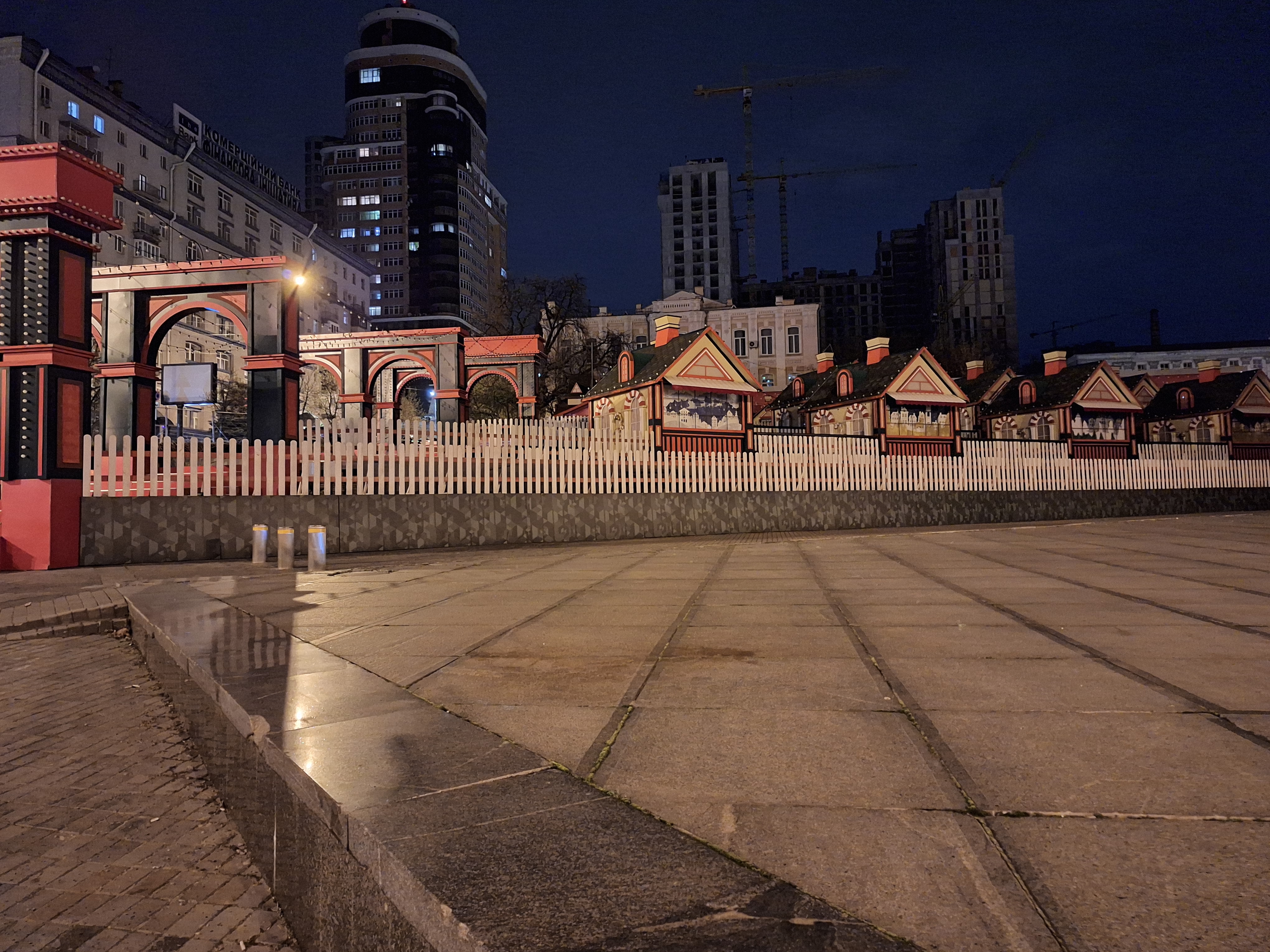
























The ultra-wide-angle camera has a harder time shooting in low light, a lot of smudges and graininess appear:
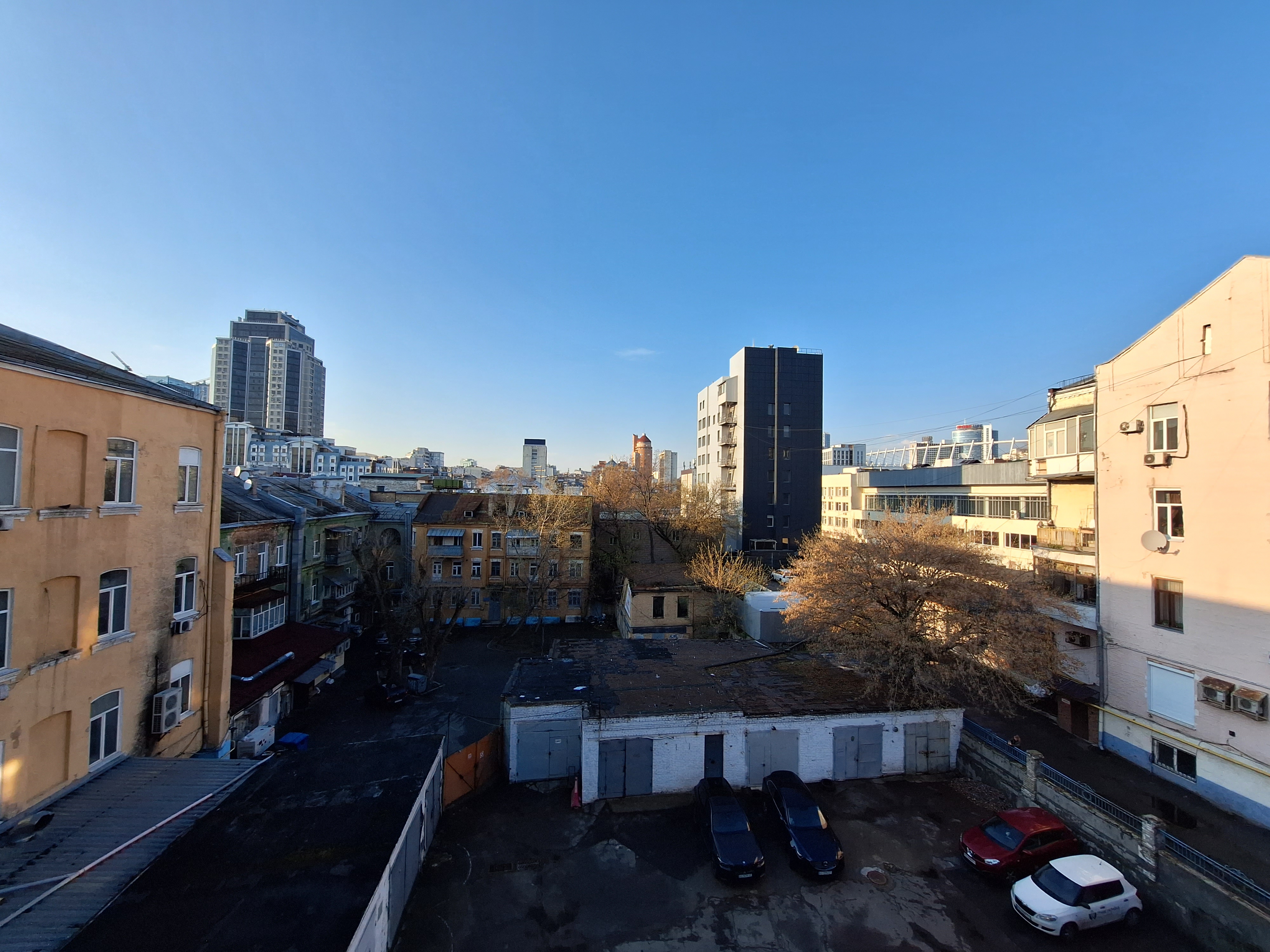
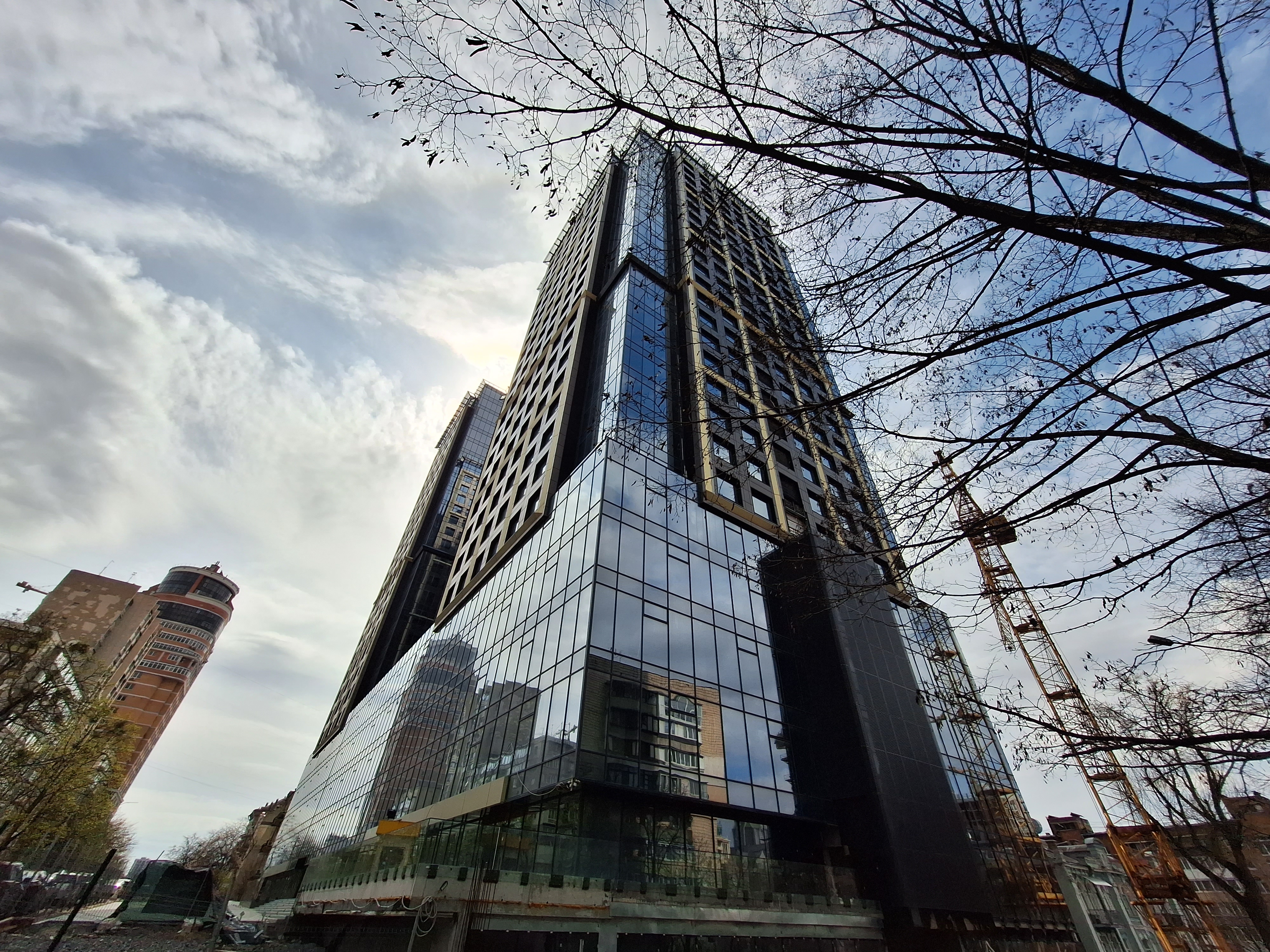

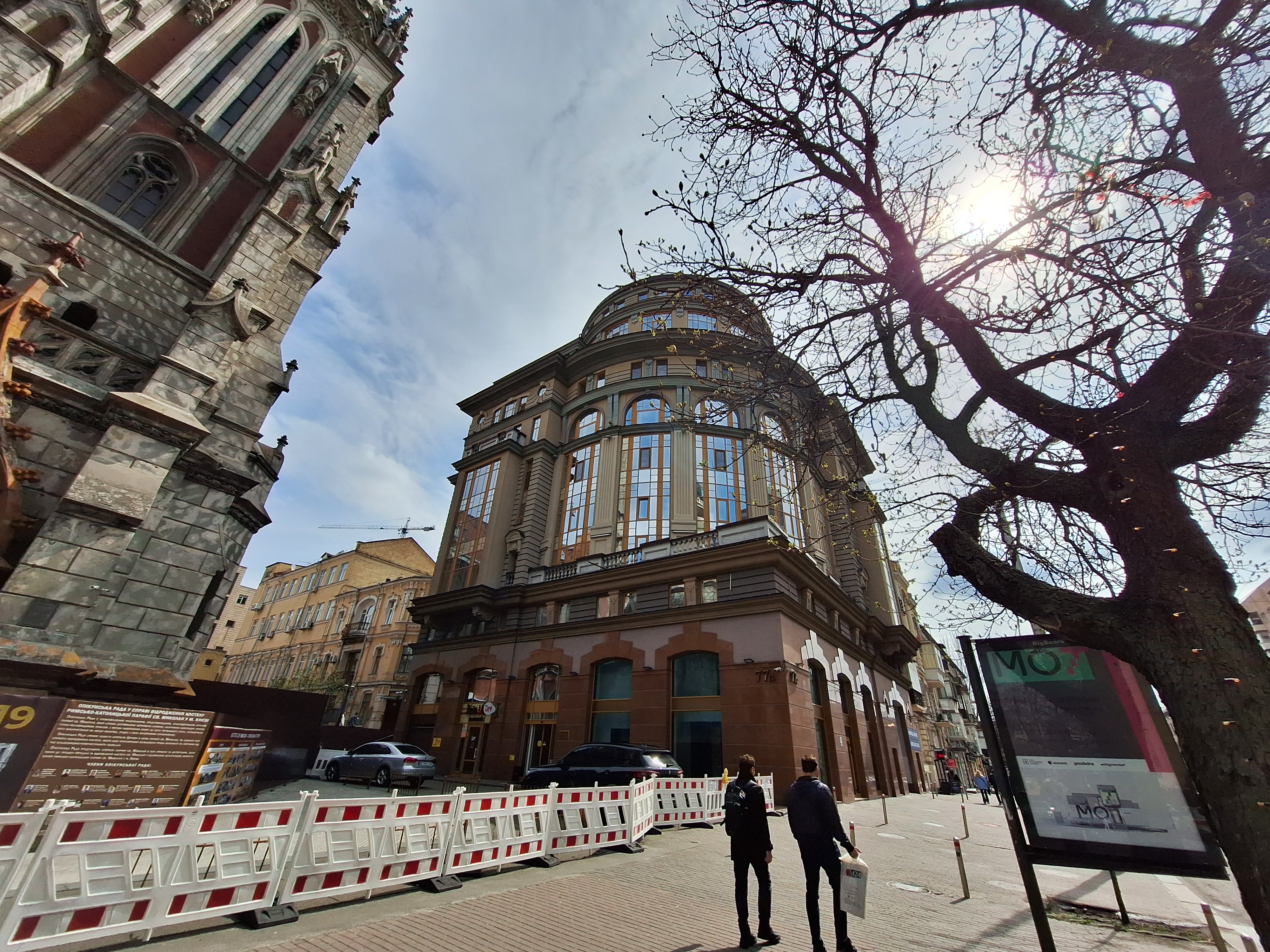
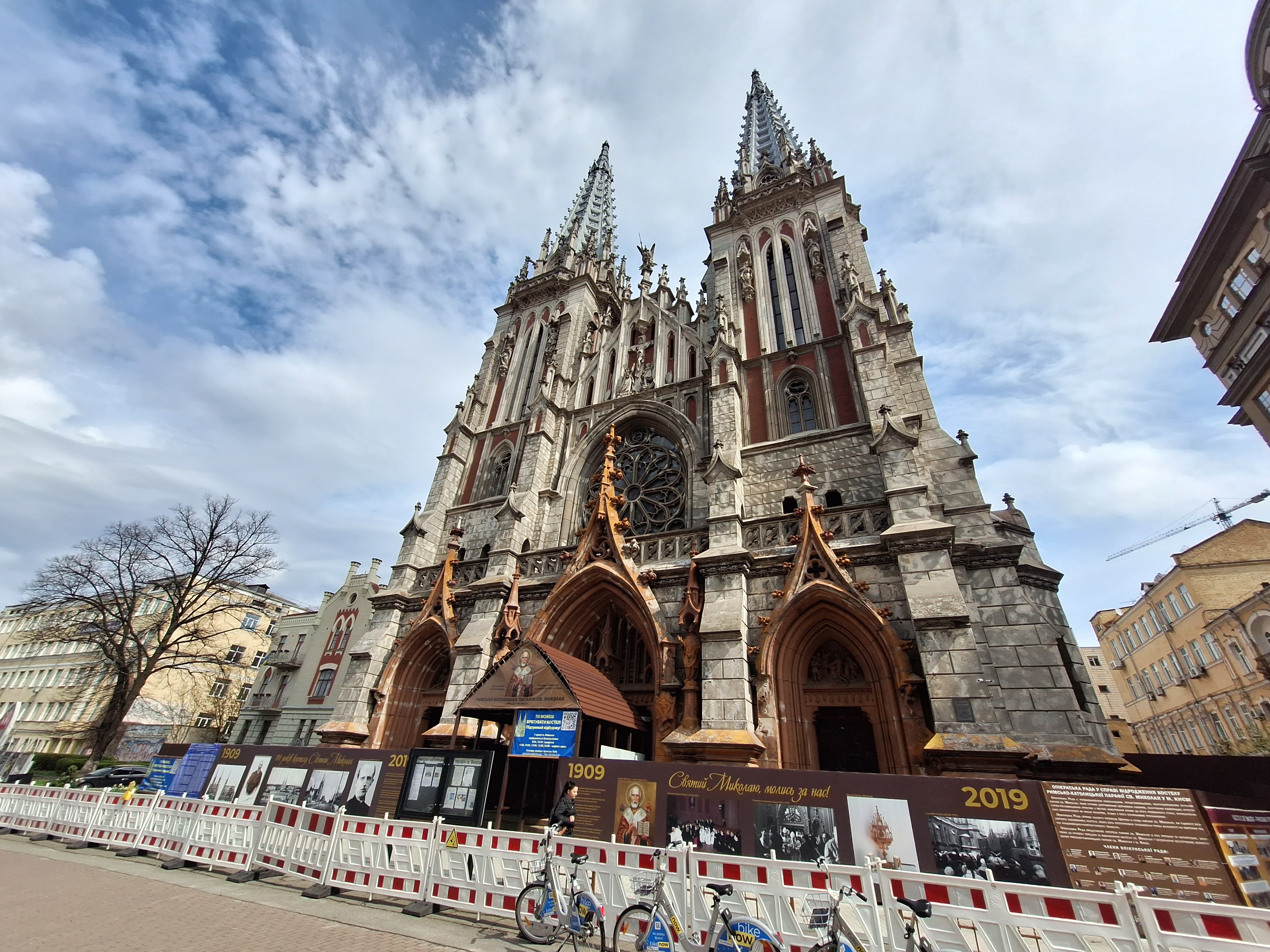

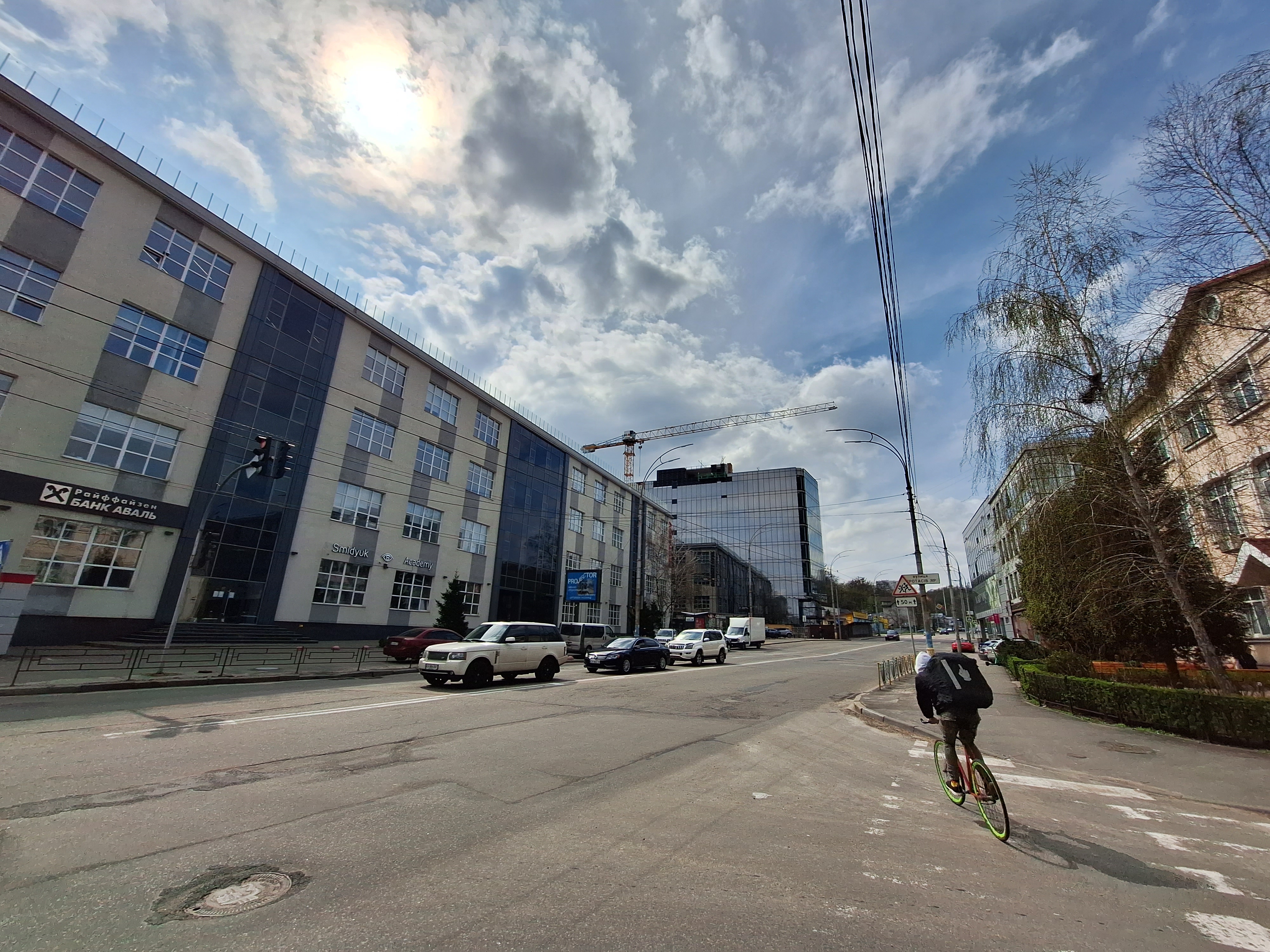

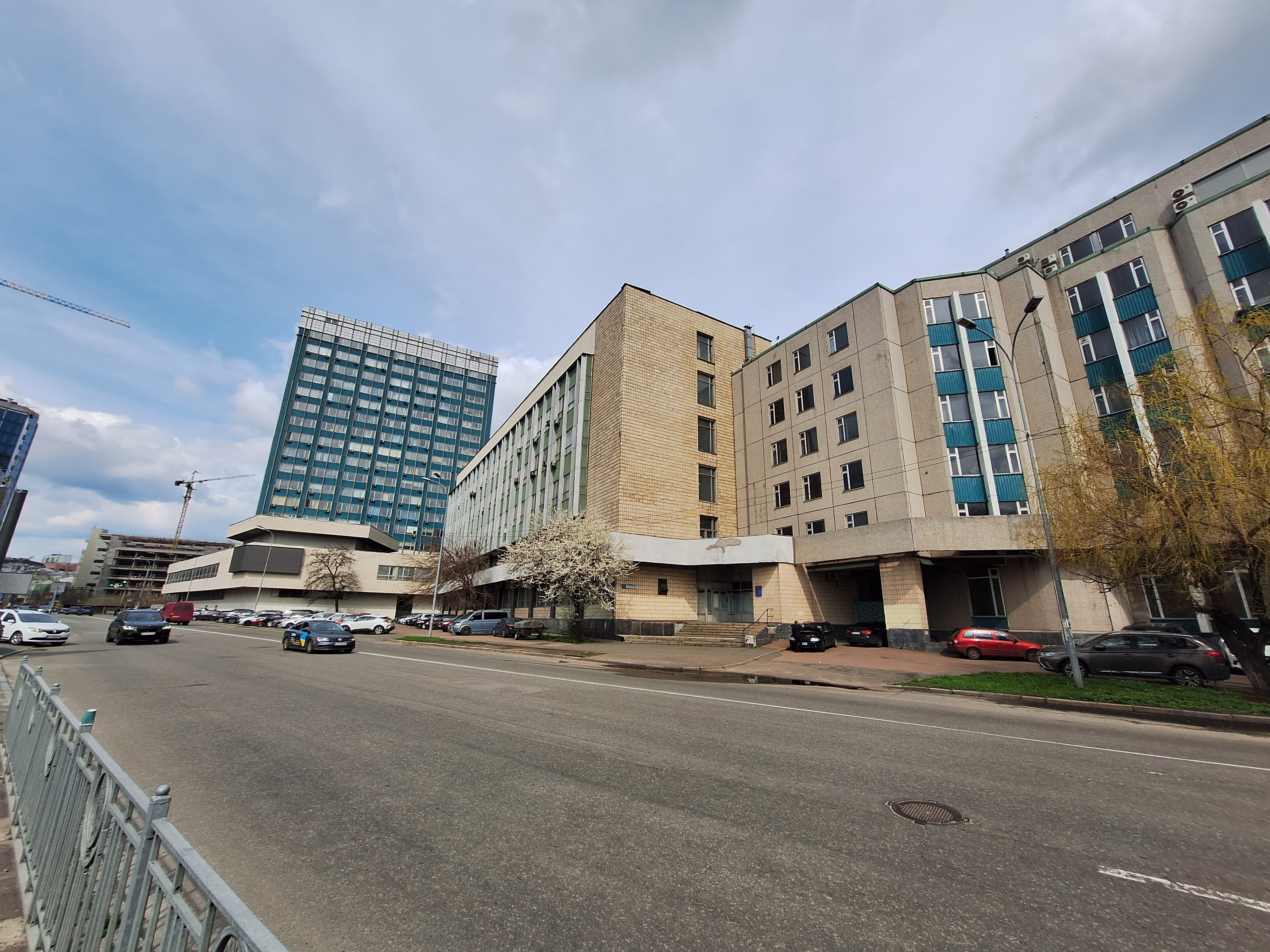
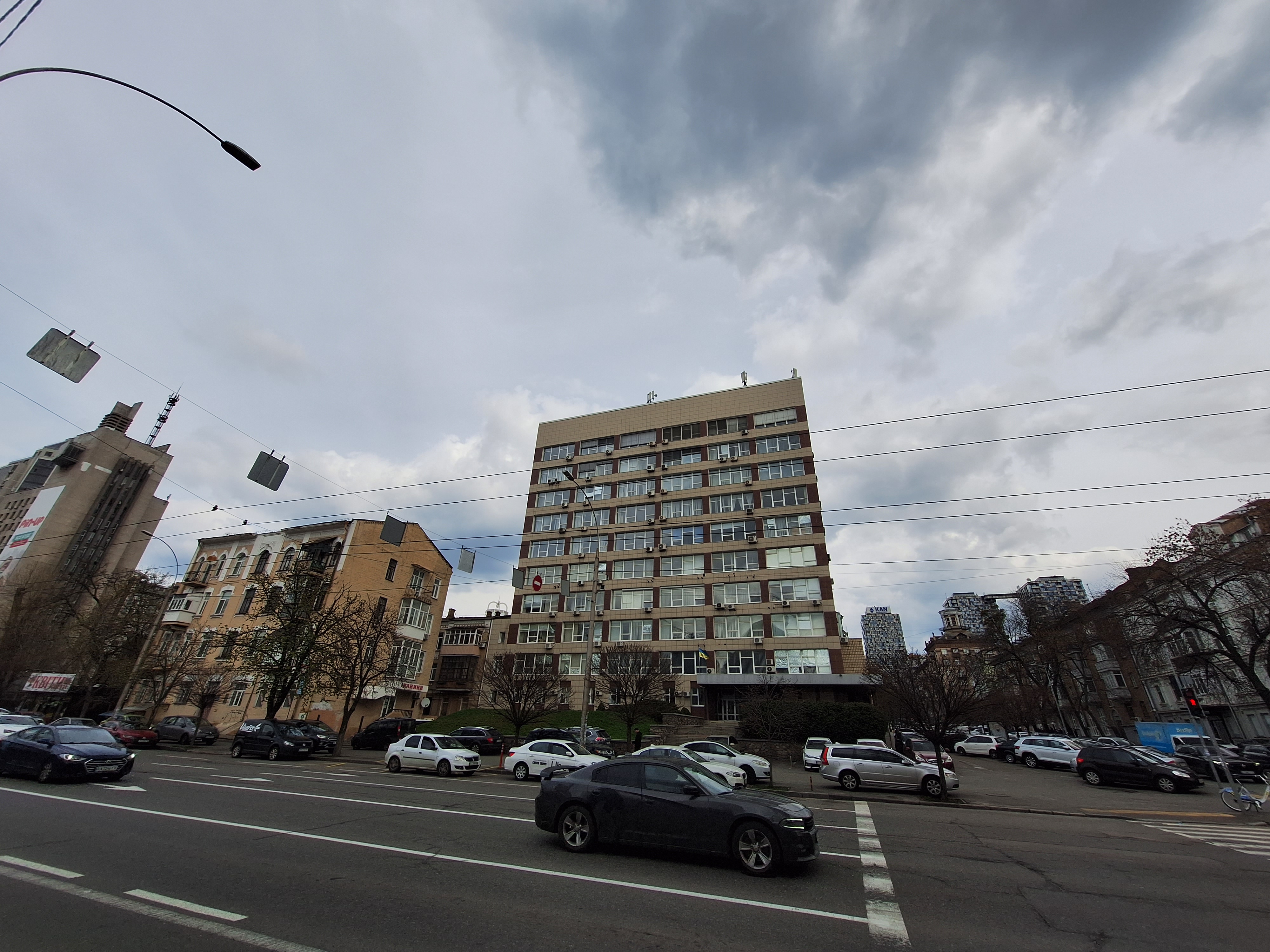
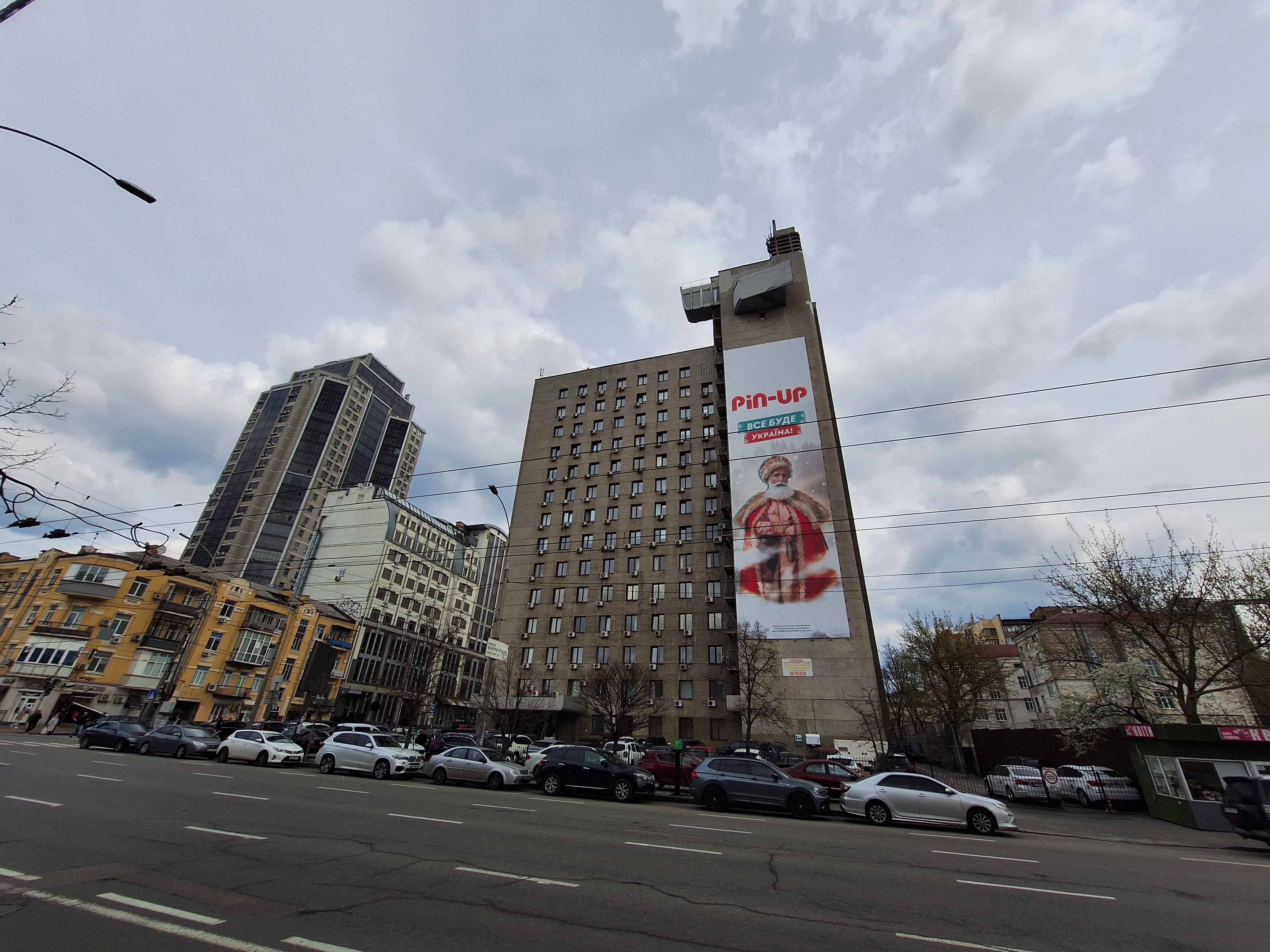
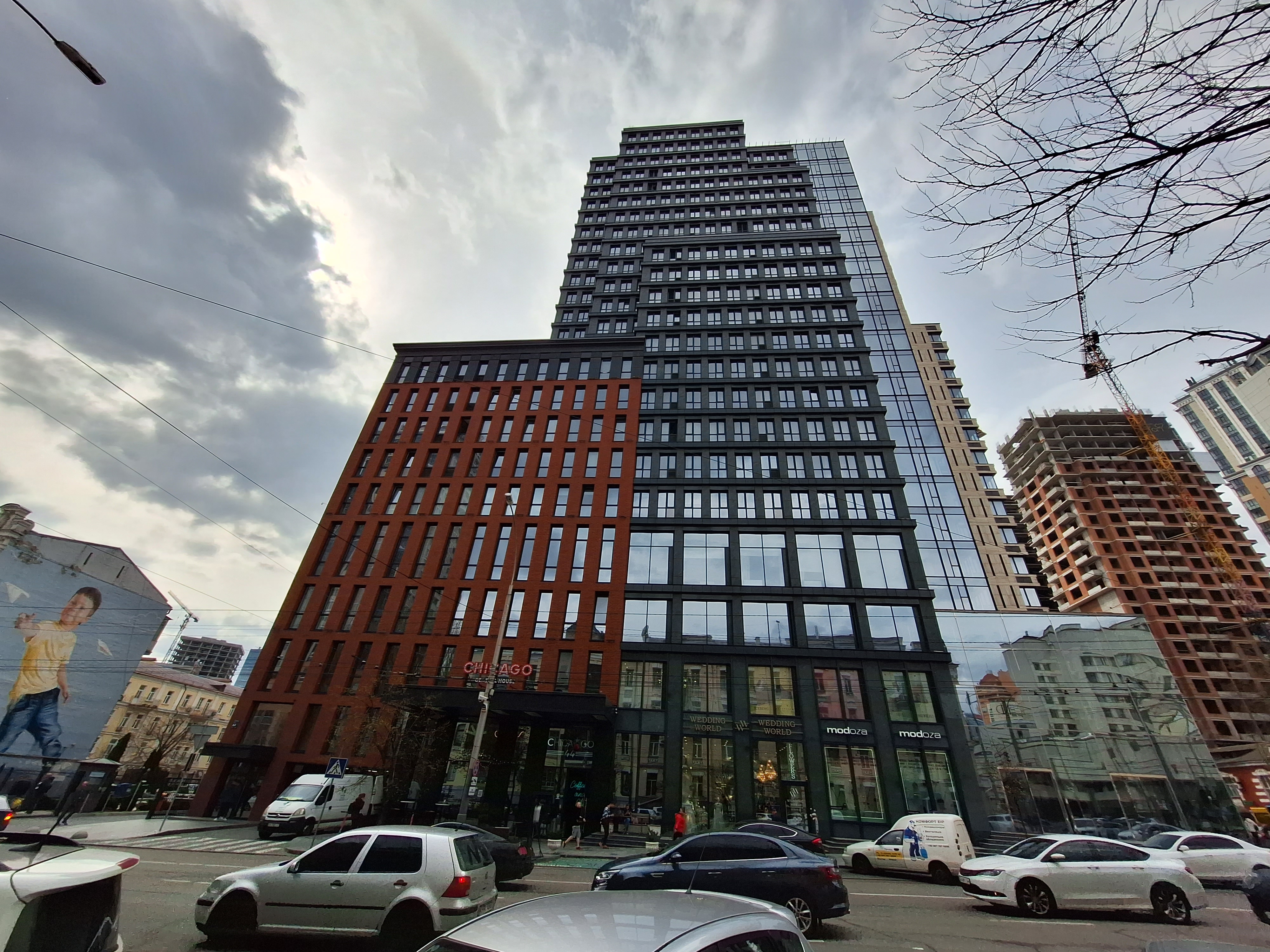

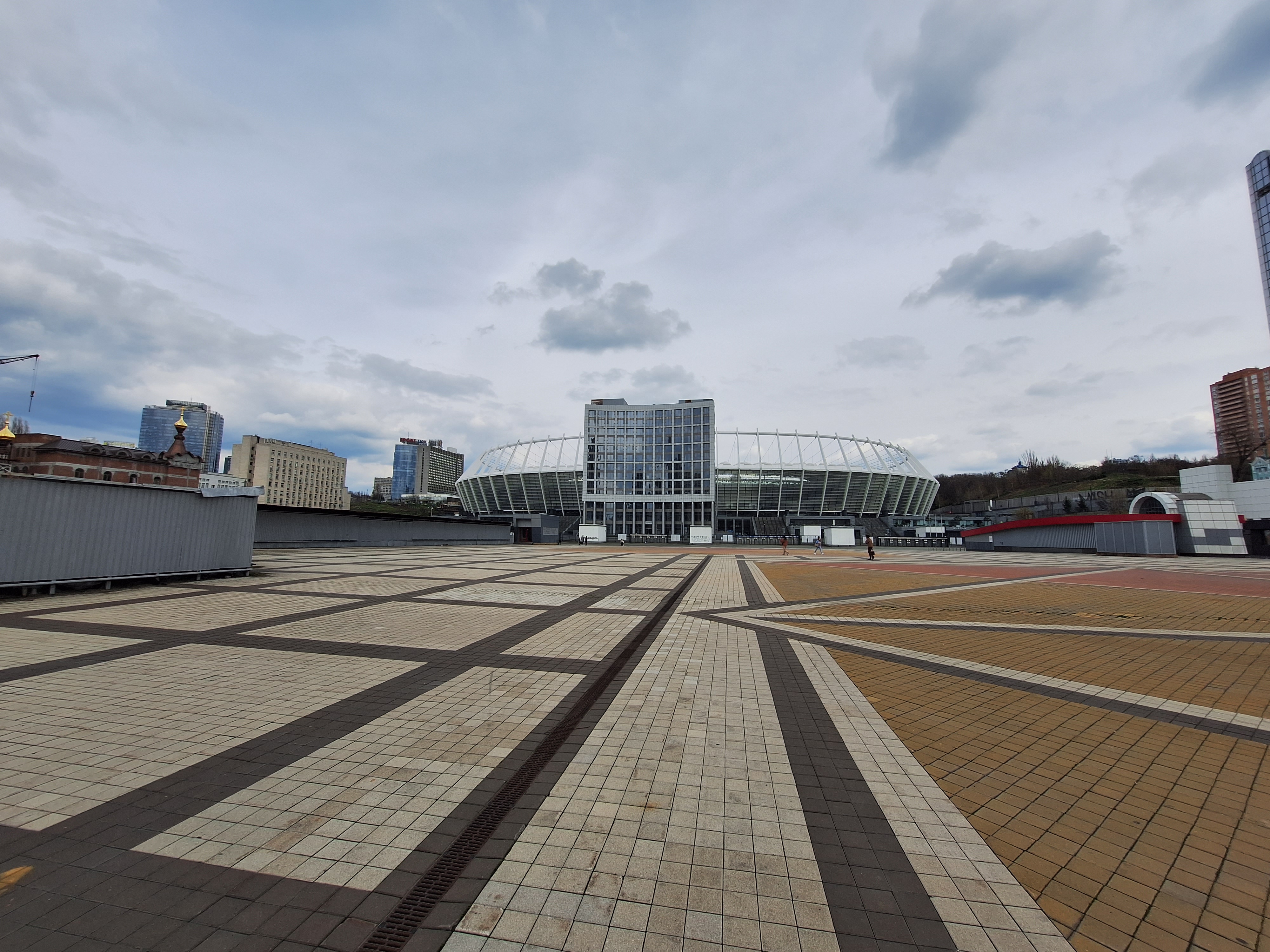
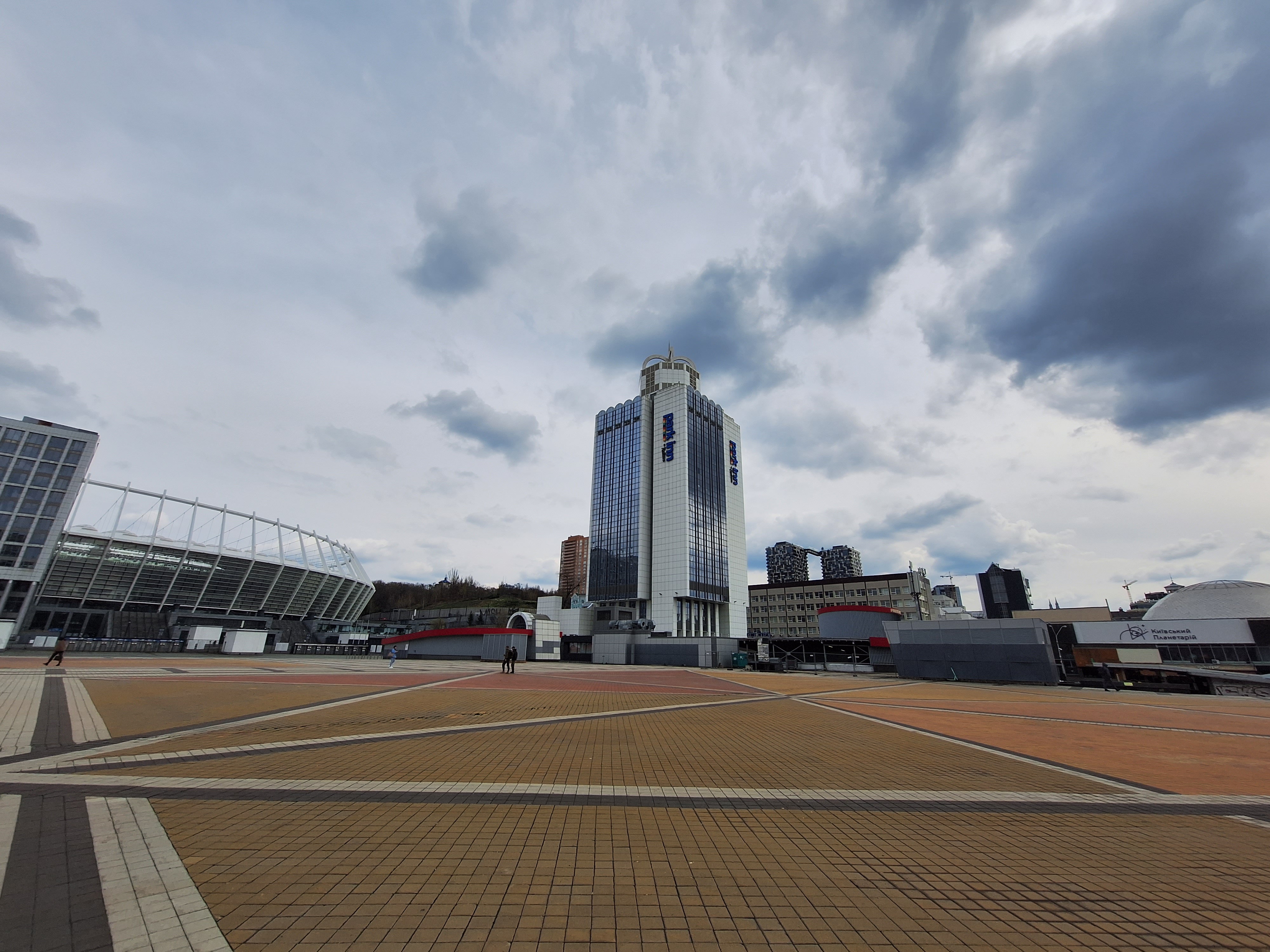


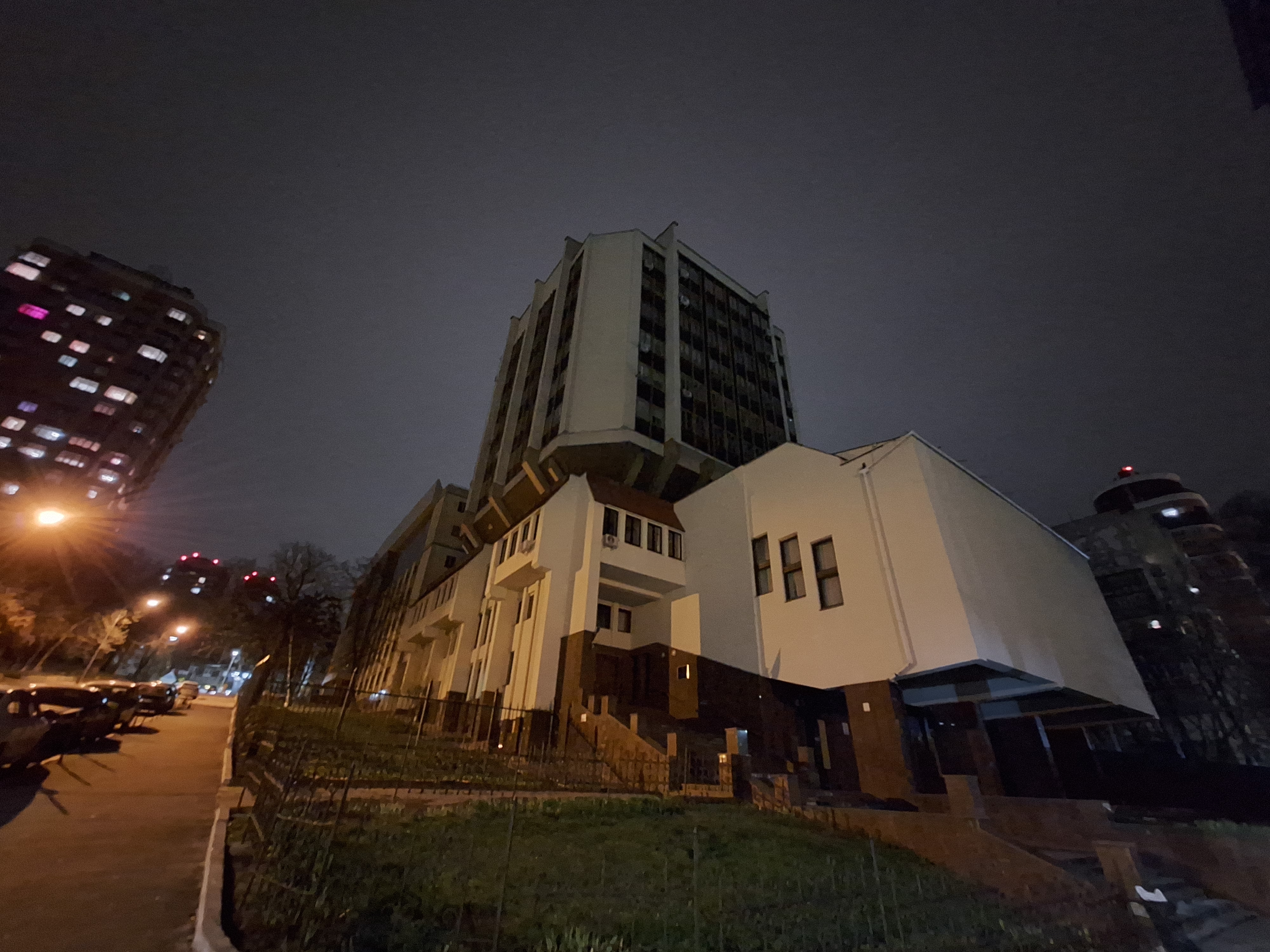
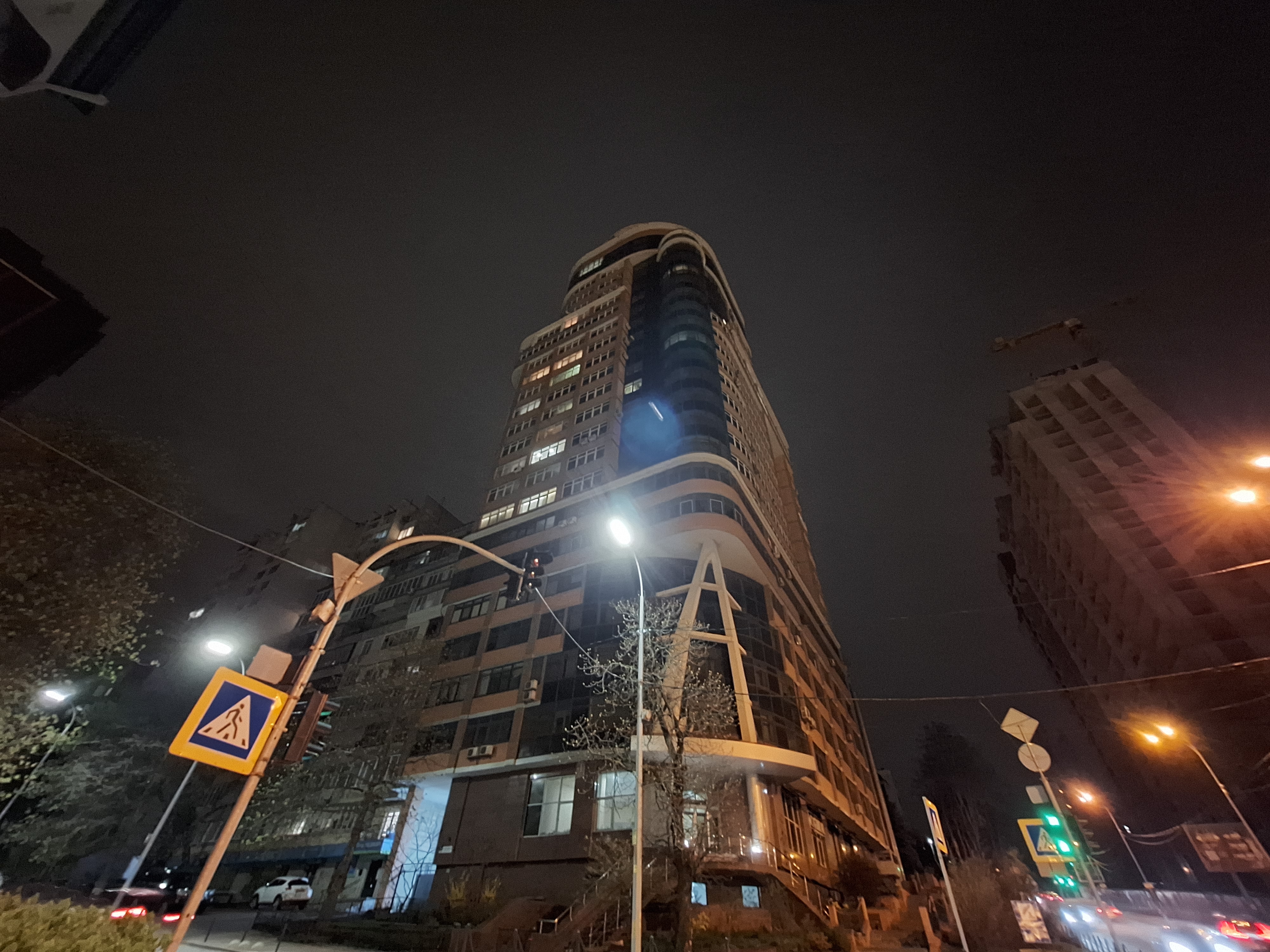
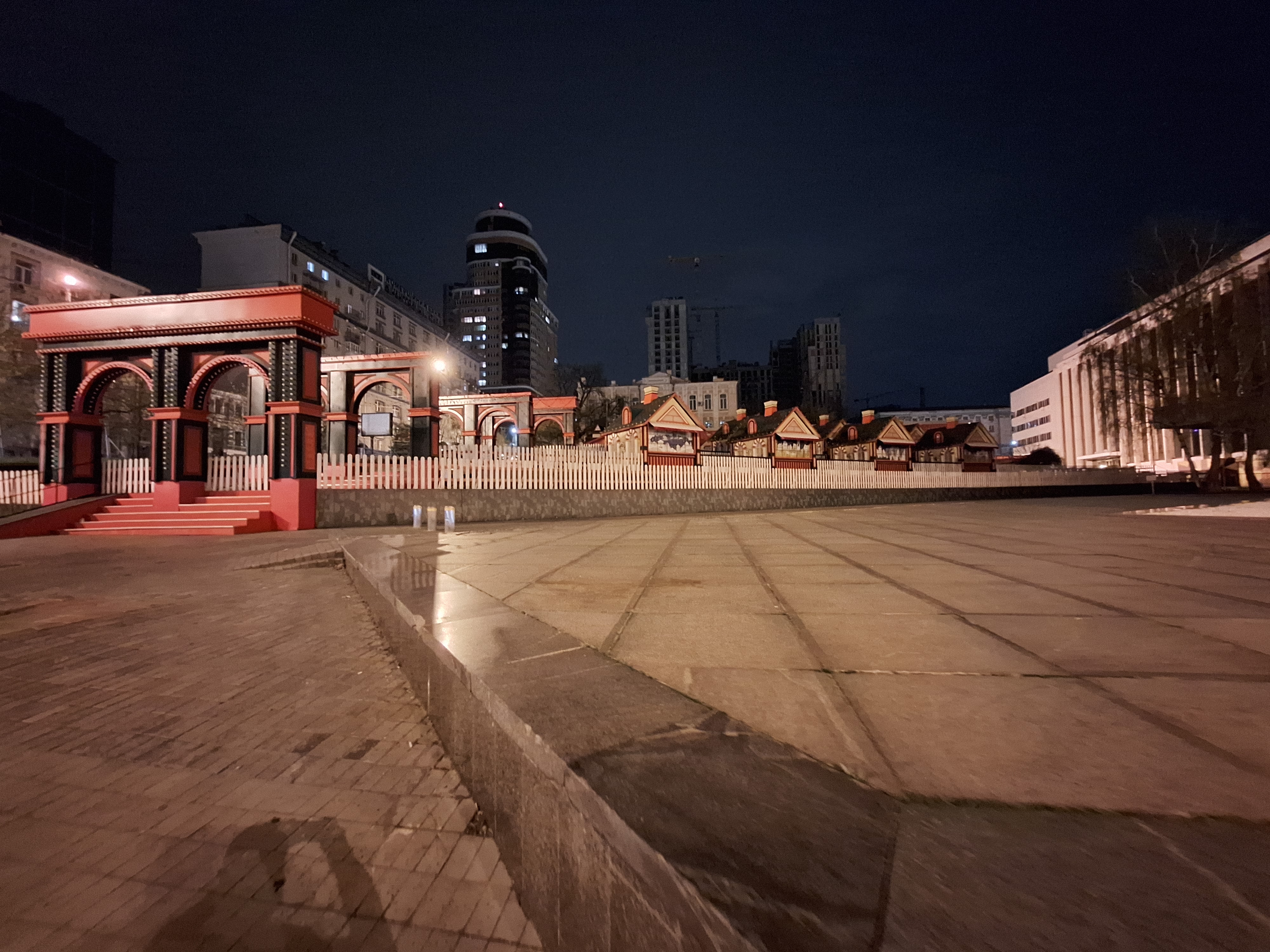








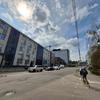















2x zoom (remember, it is exclusively digital):
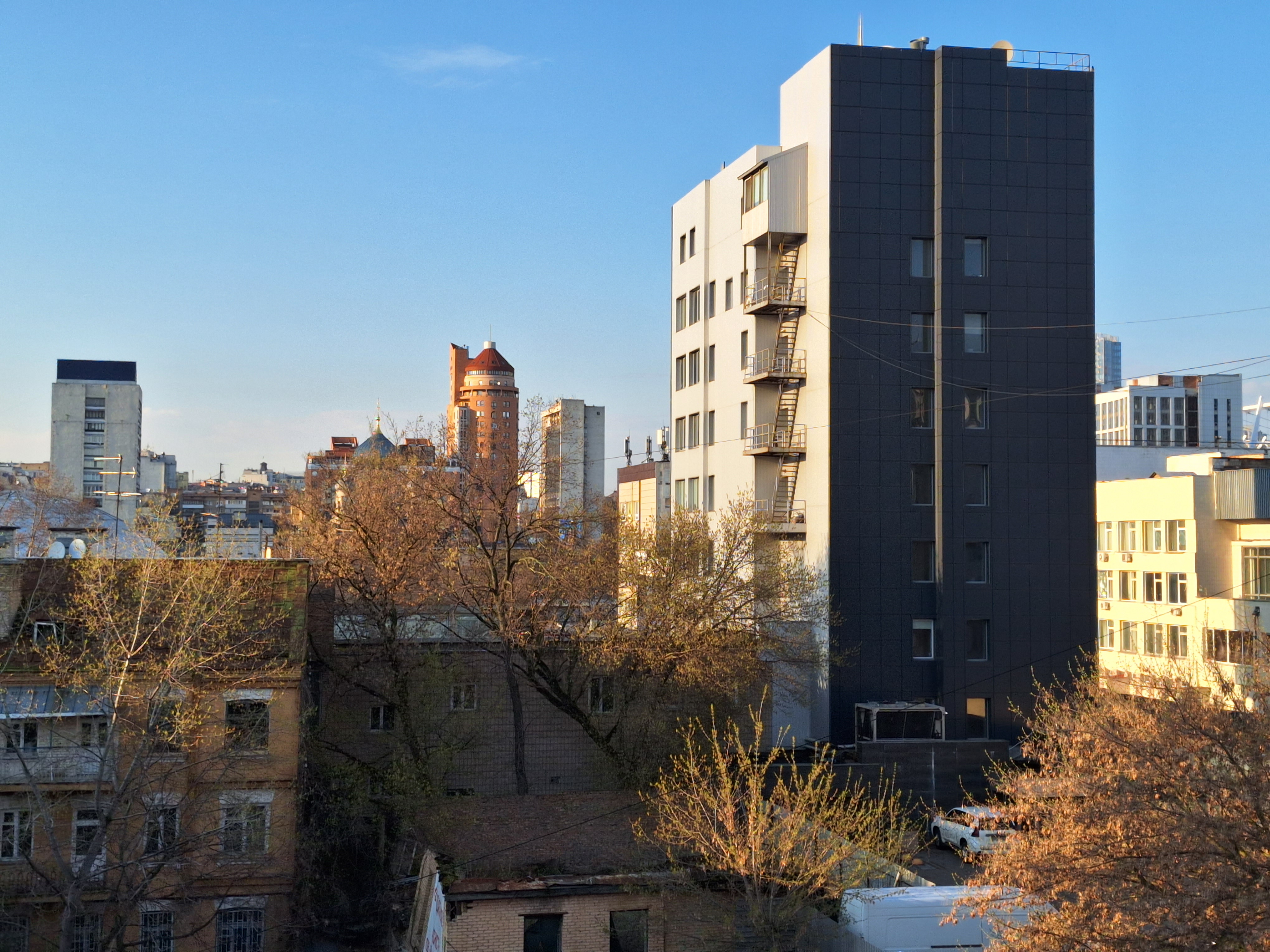
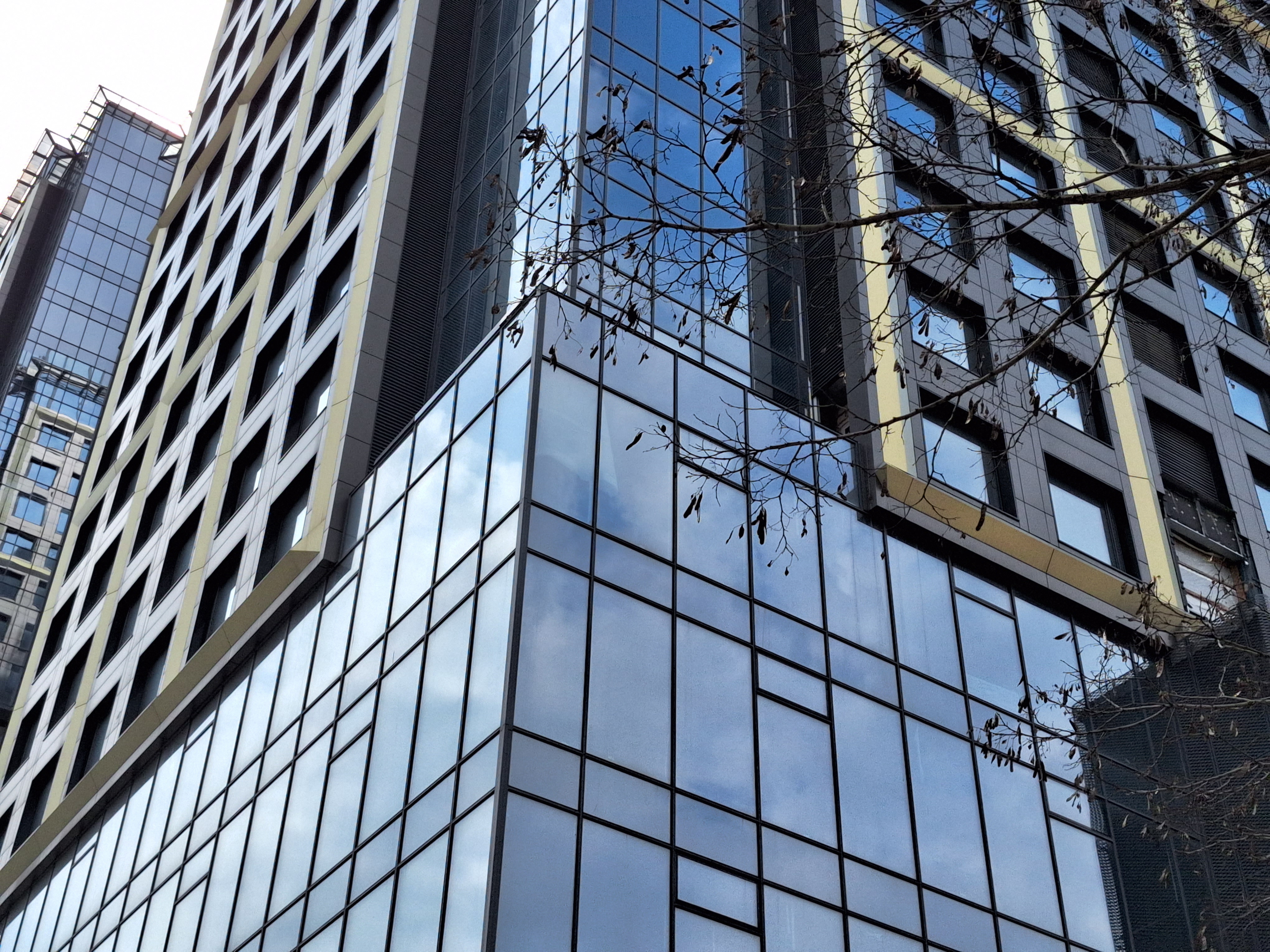



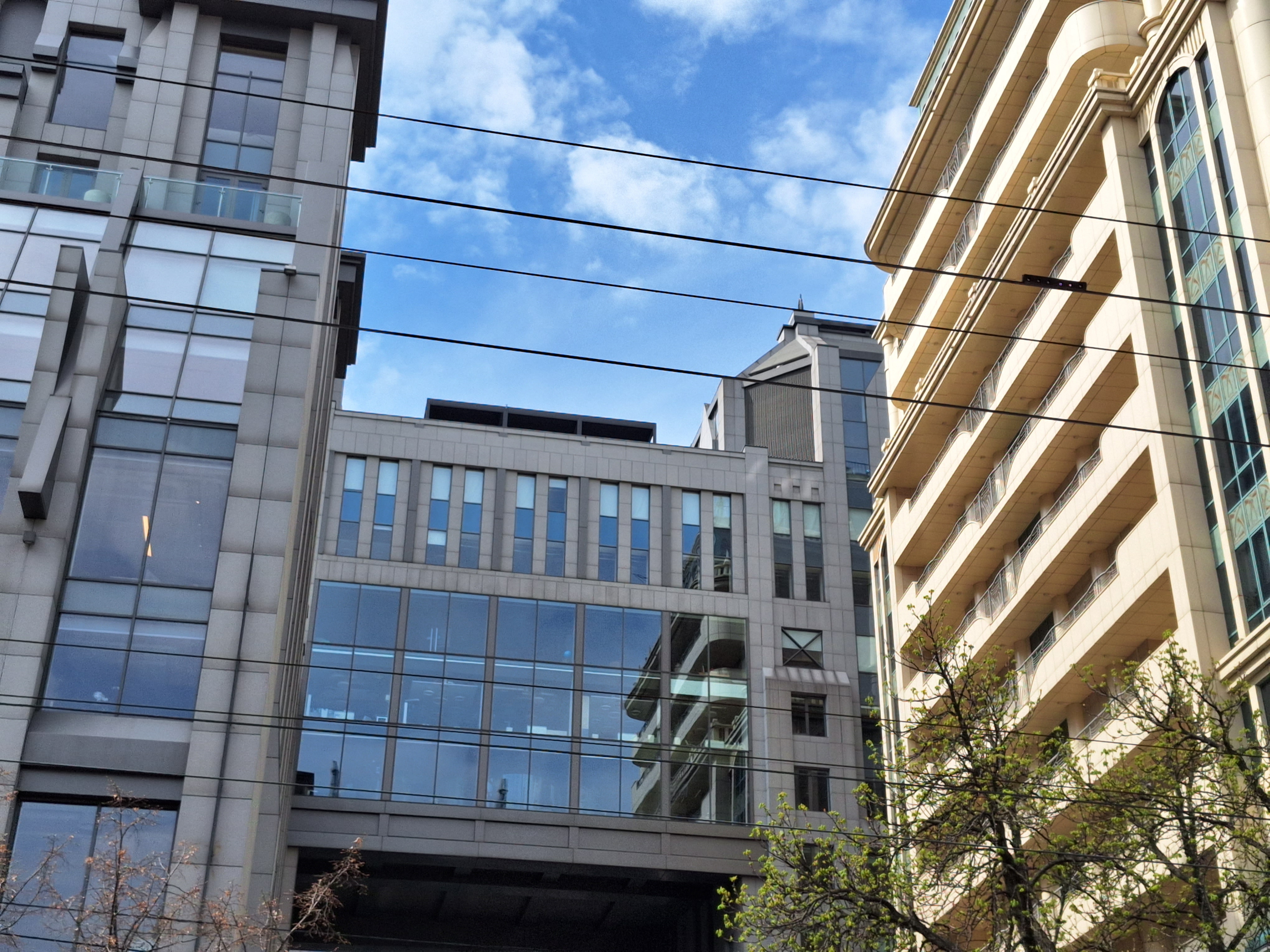


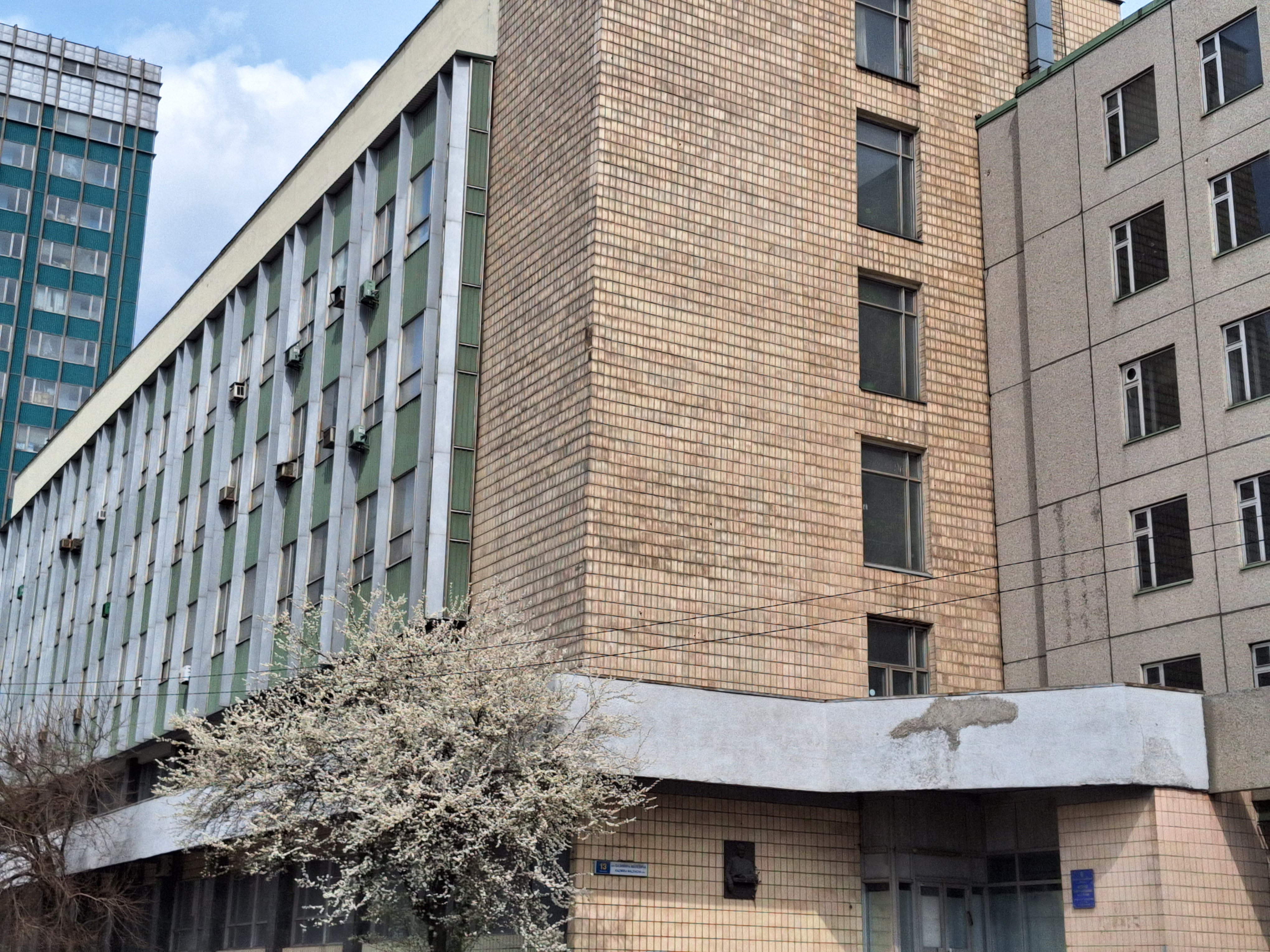

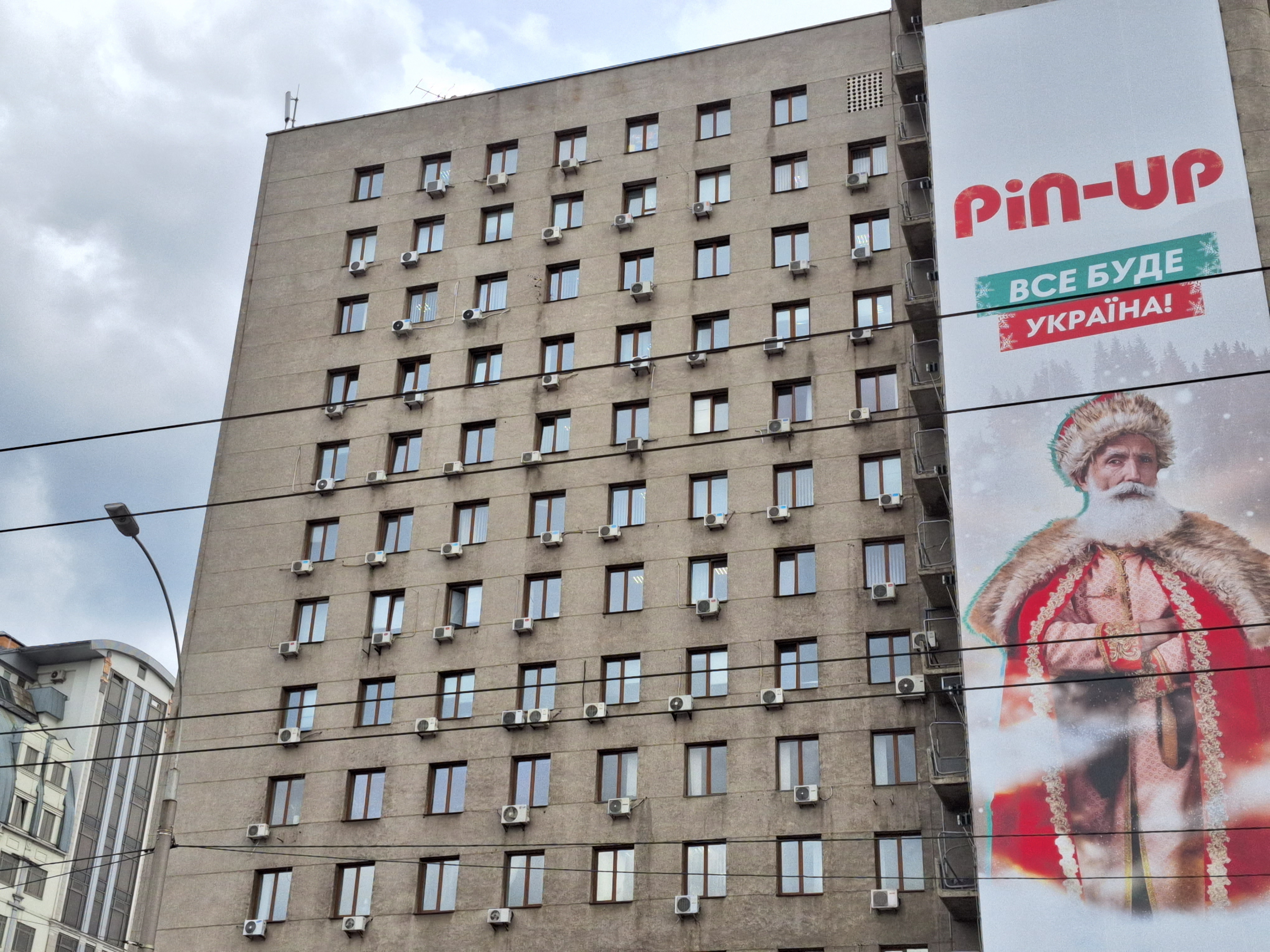
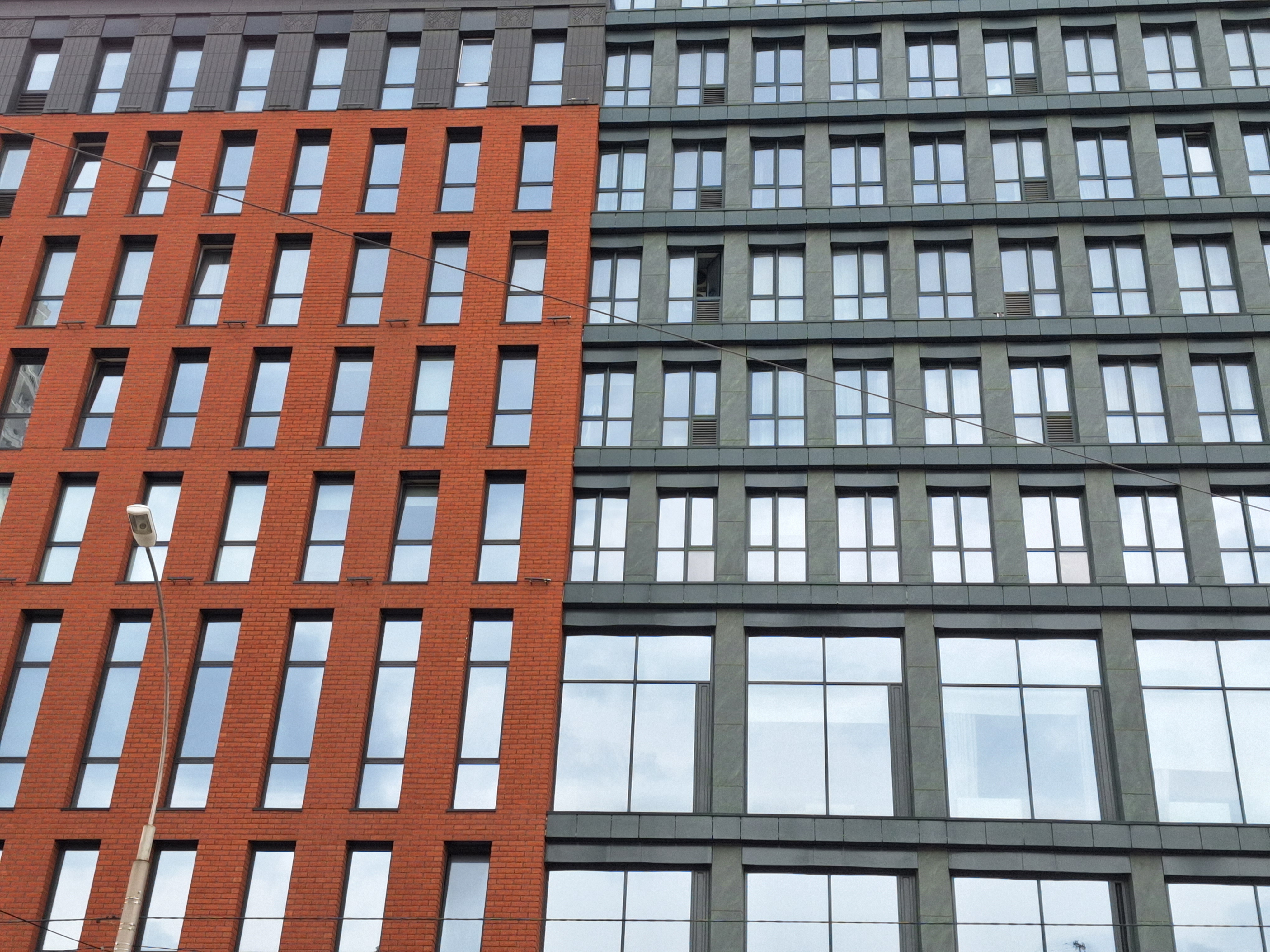
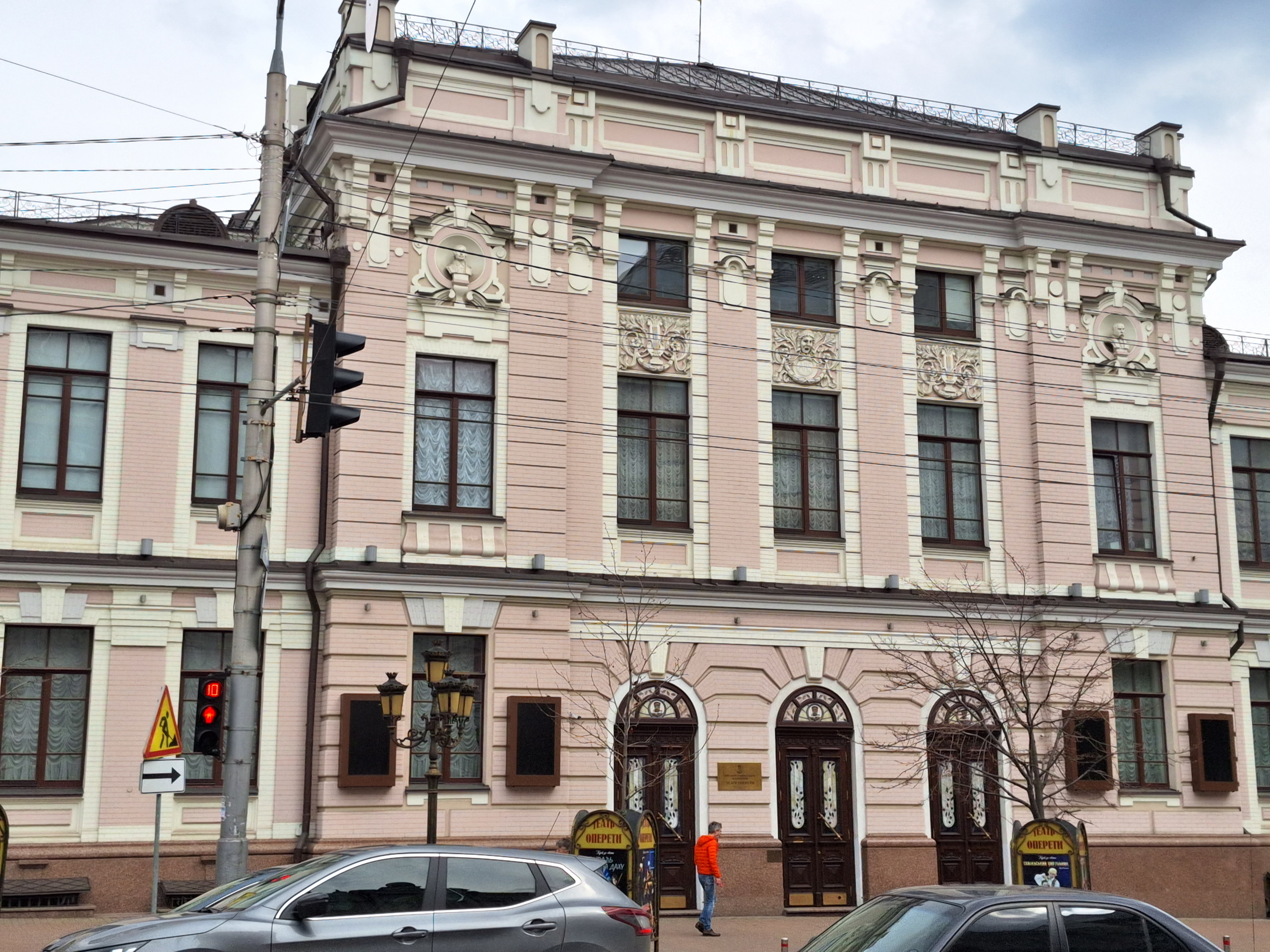
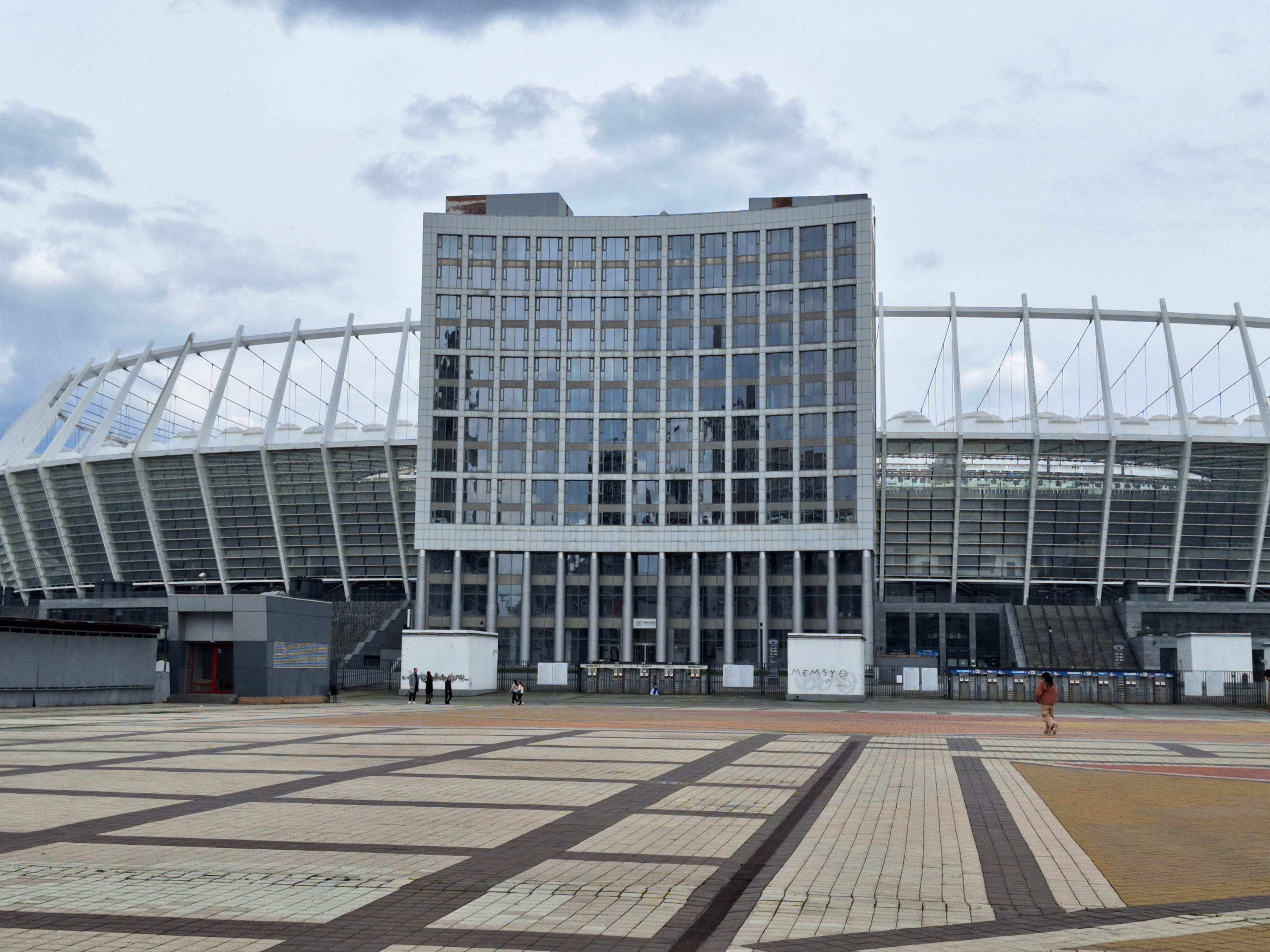
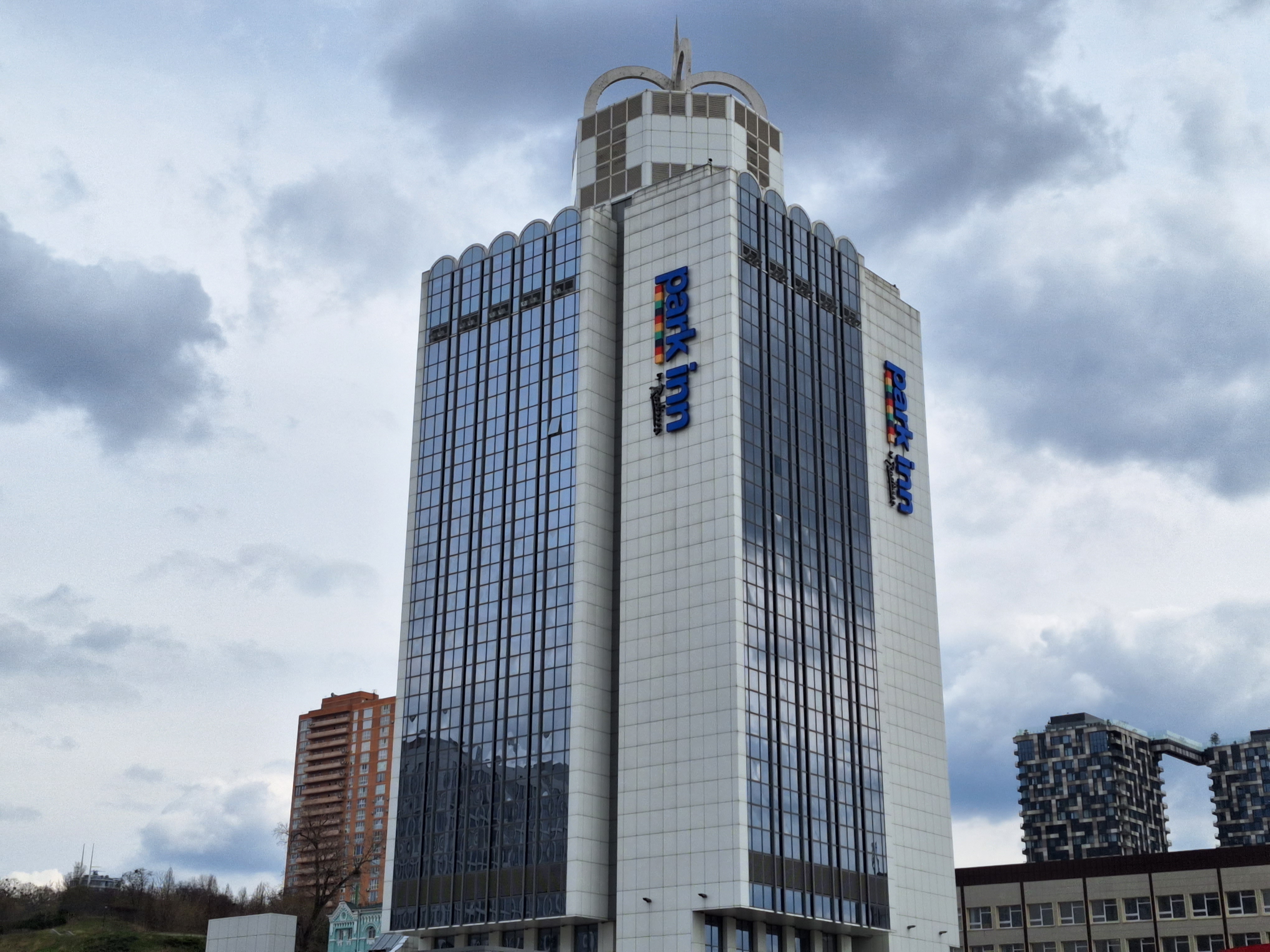

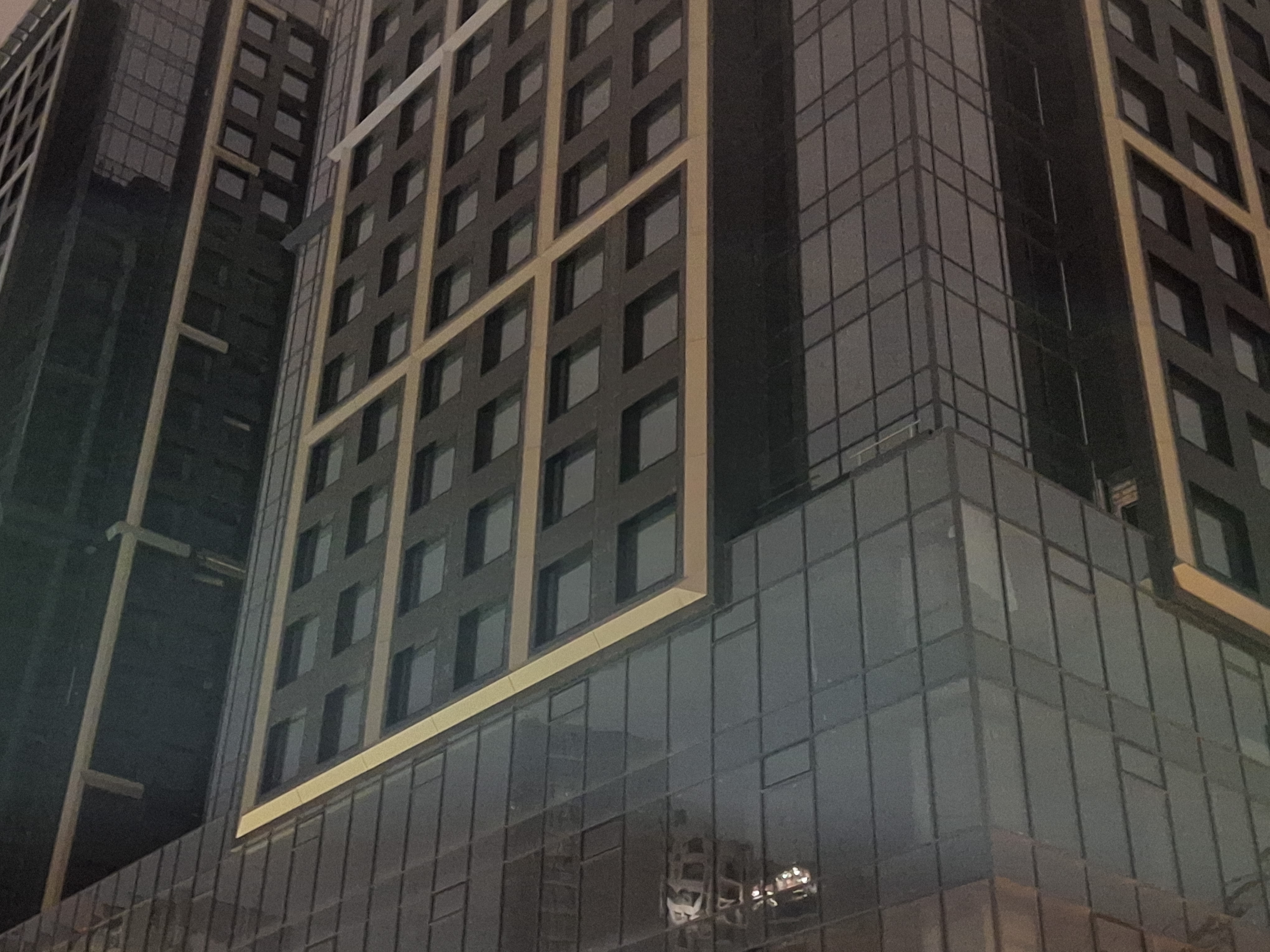

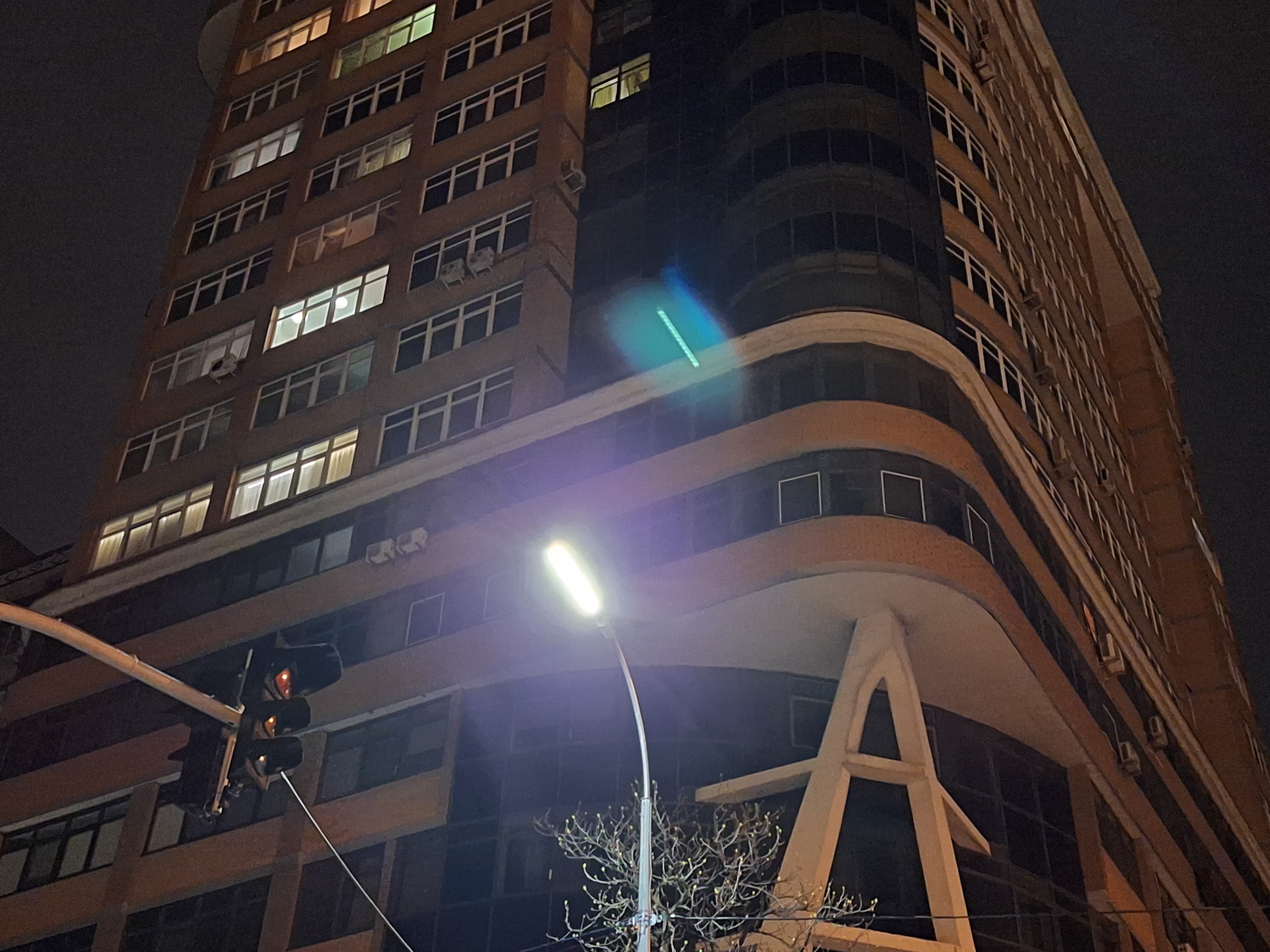
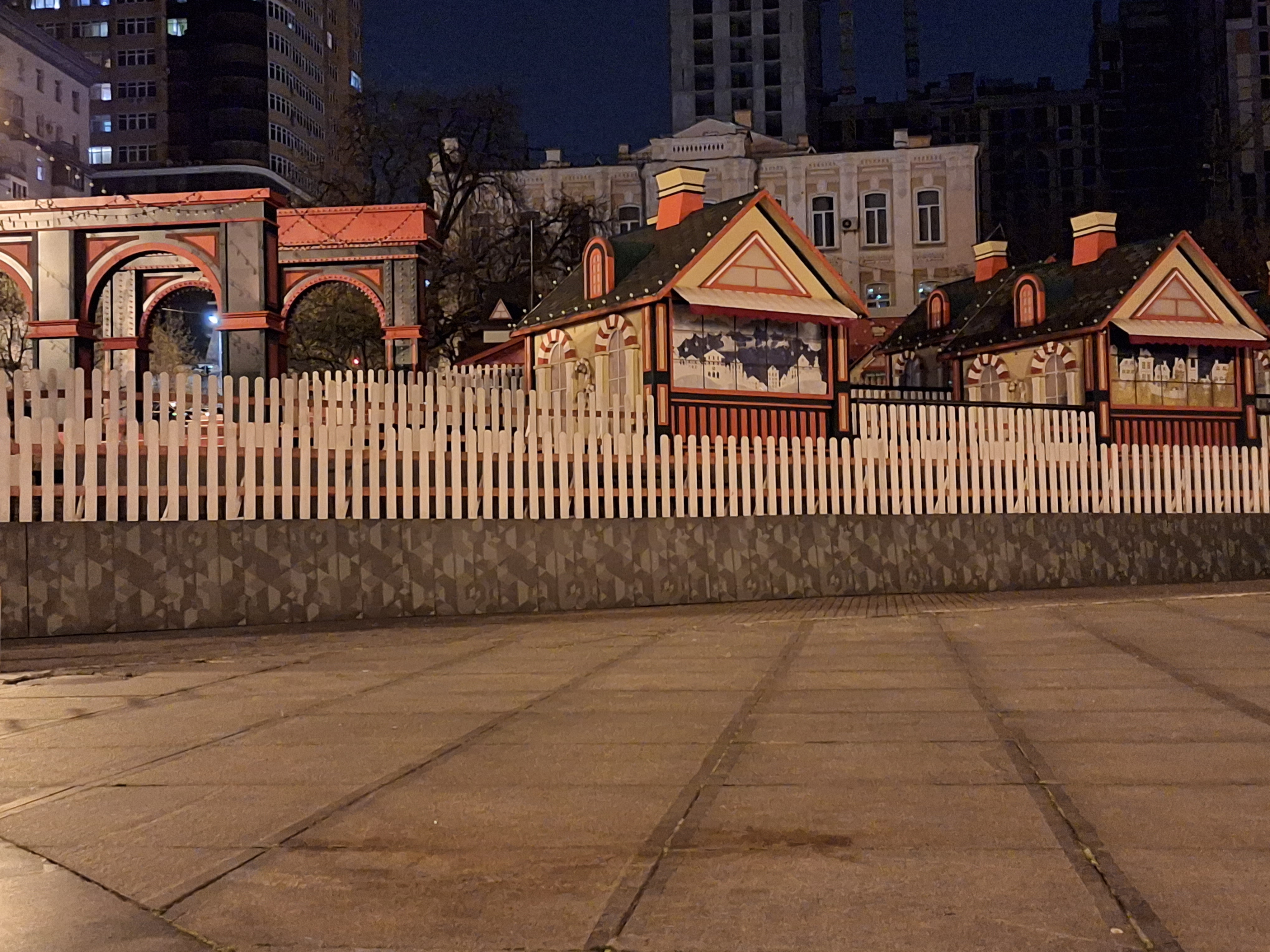
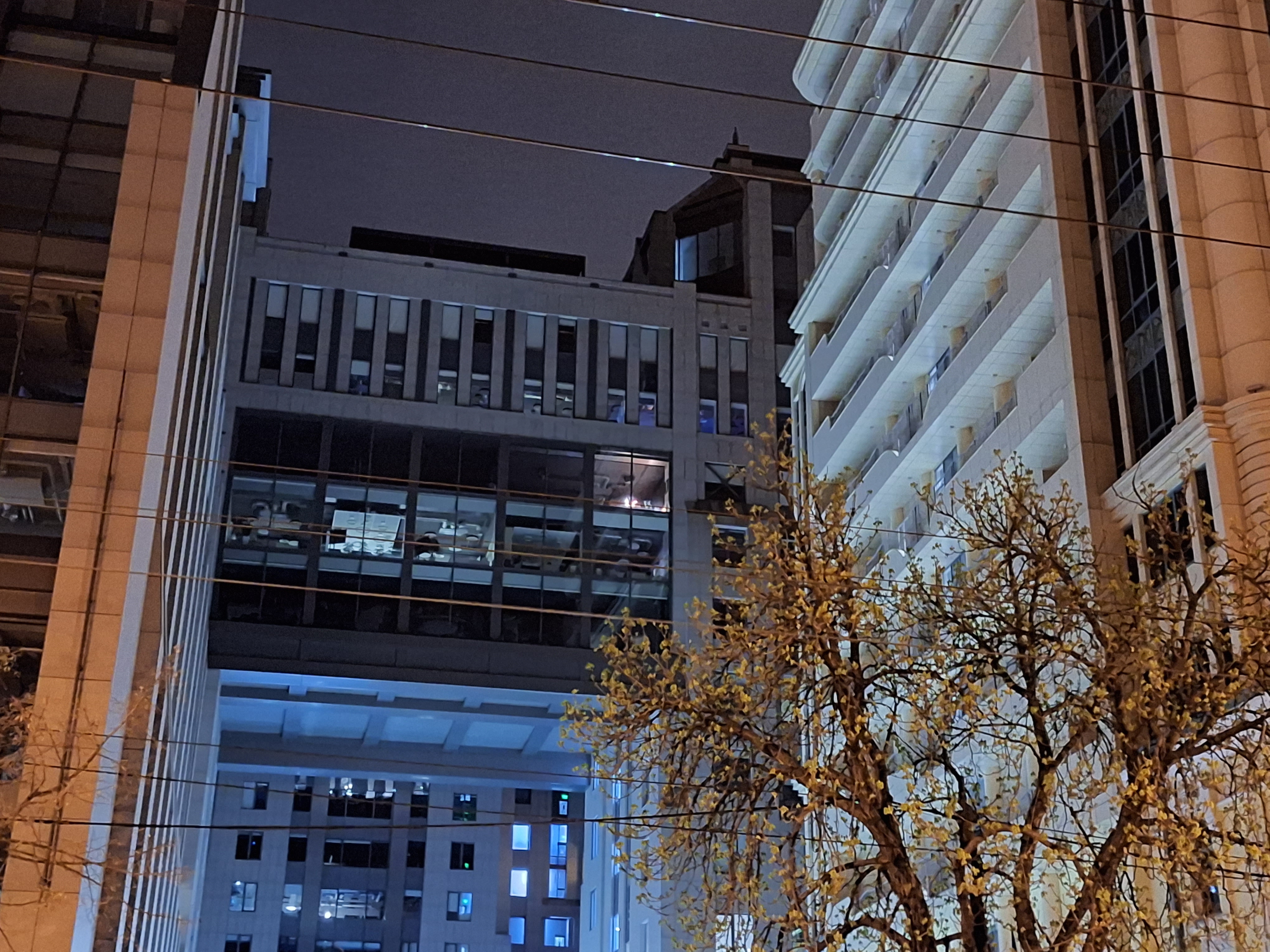























The smartphone records video in resolutions up to 4K 30 FPS. But stabilisation is available only at FullHD, so 4K videos are a bit jerky:
The main camera of the Samsung Galaxy A34 is also capable of taking very nice photos during the day, but the night mode still loses a little to its big brother. There's a little more noise and cuteness:
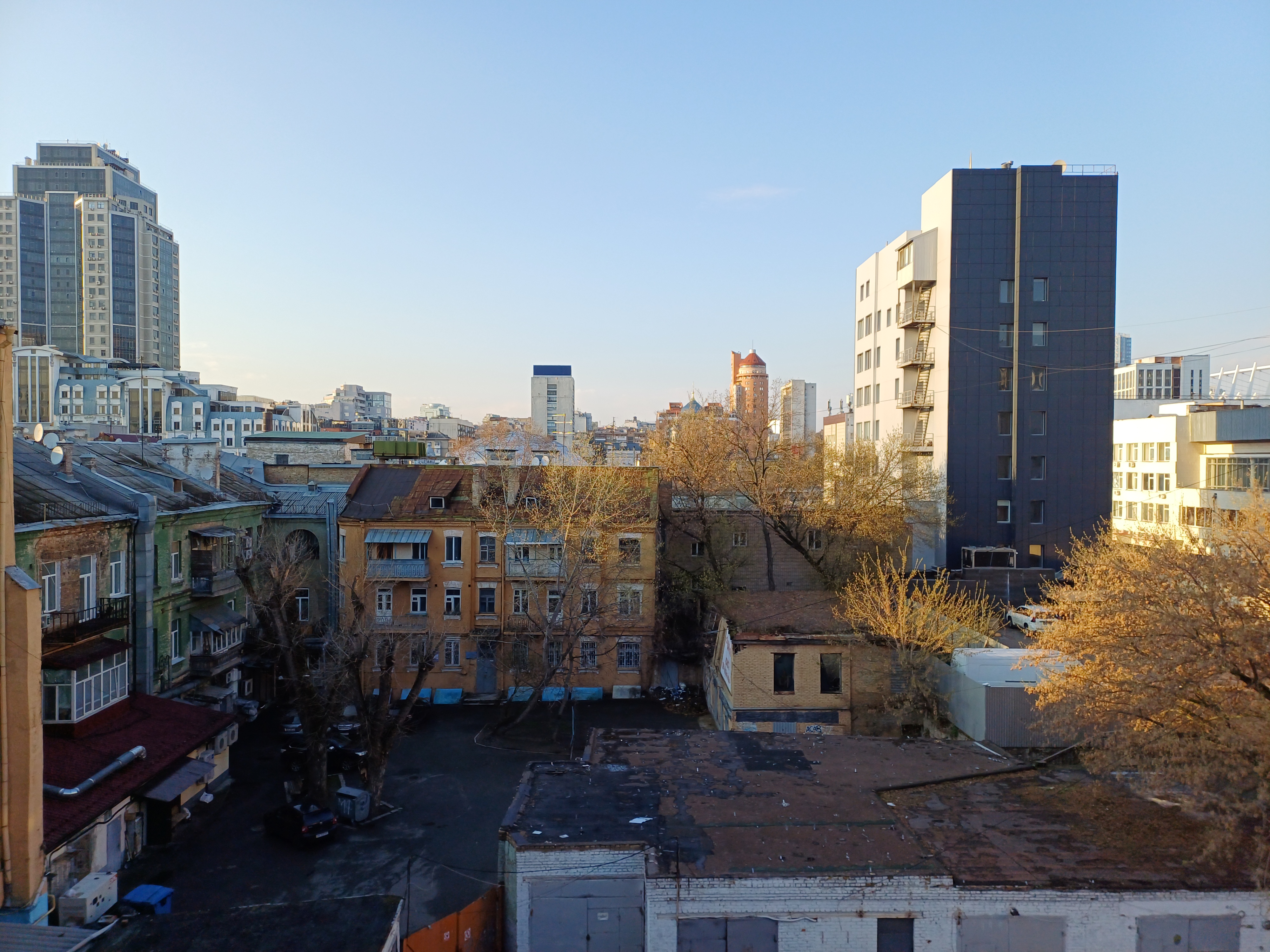


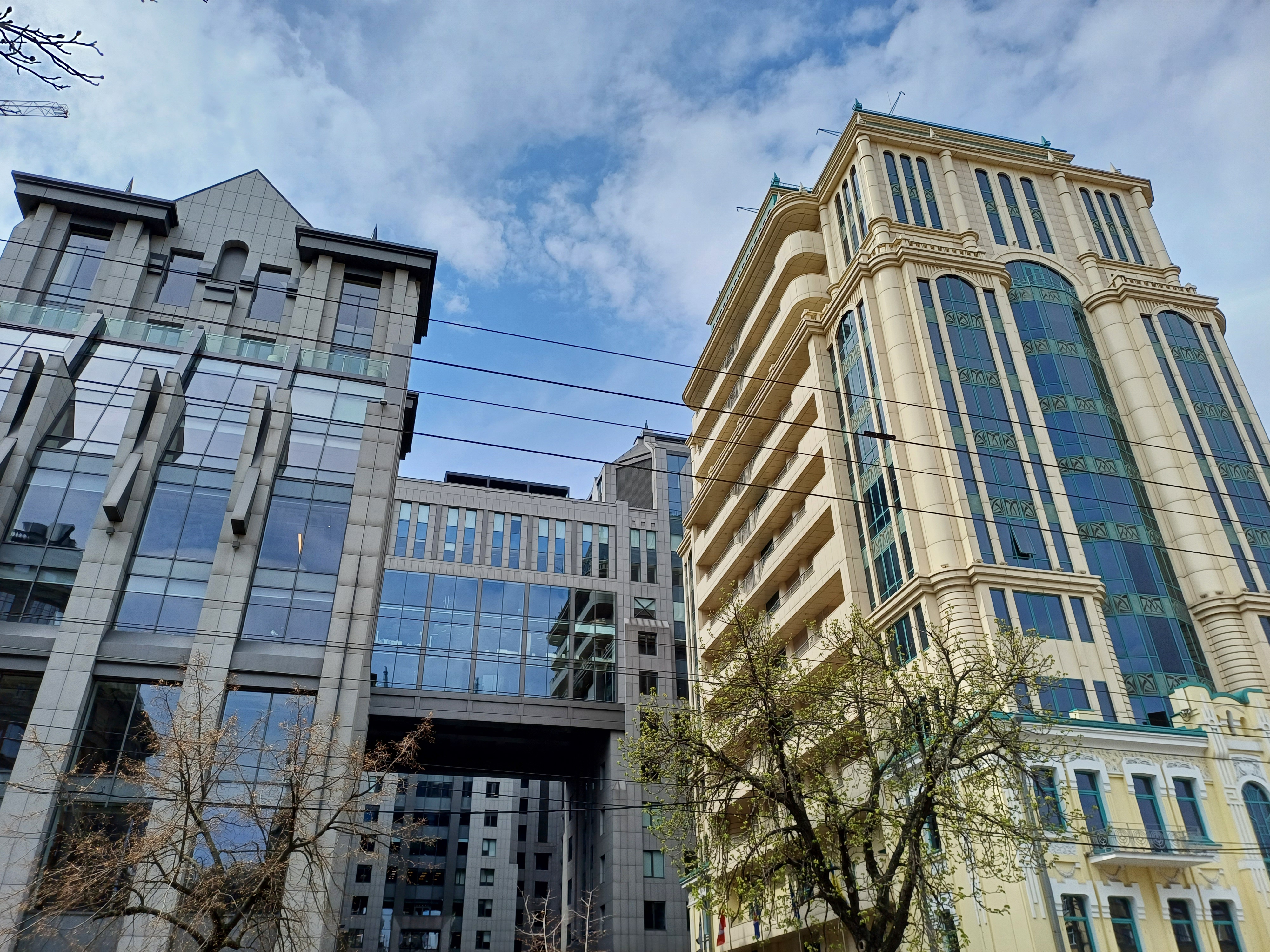
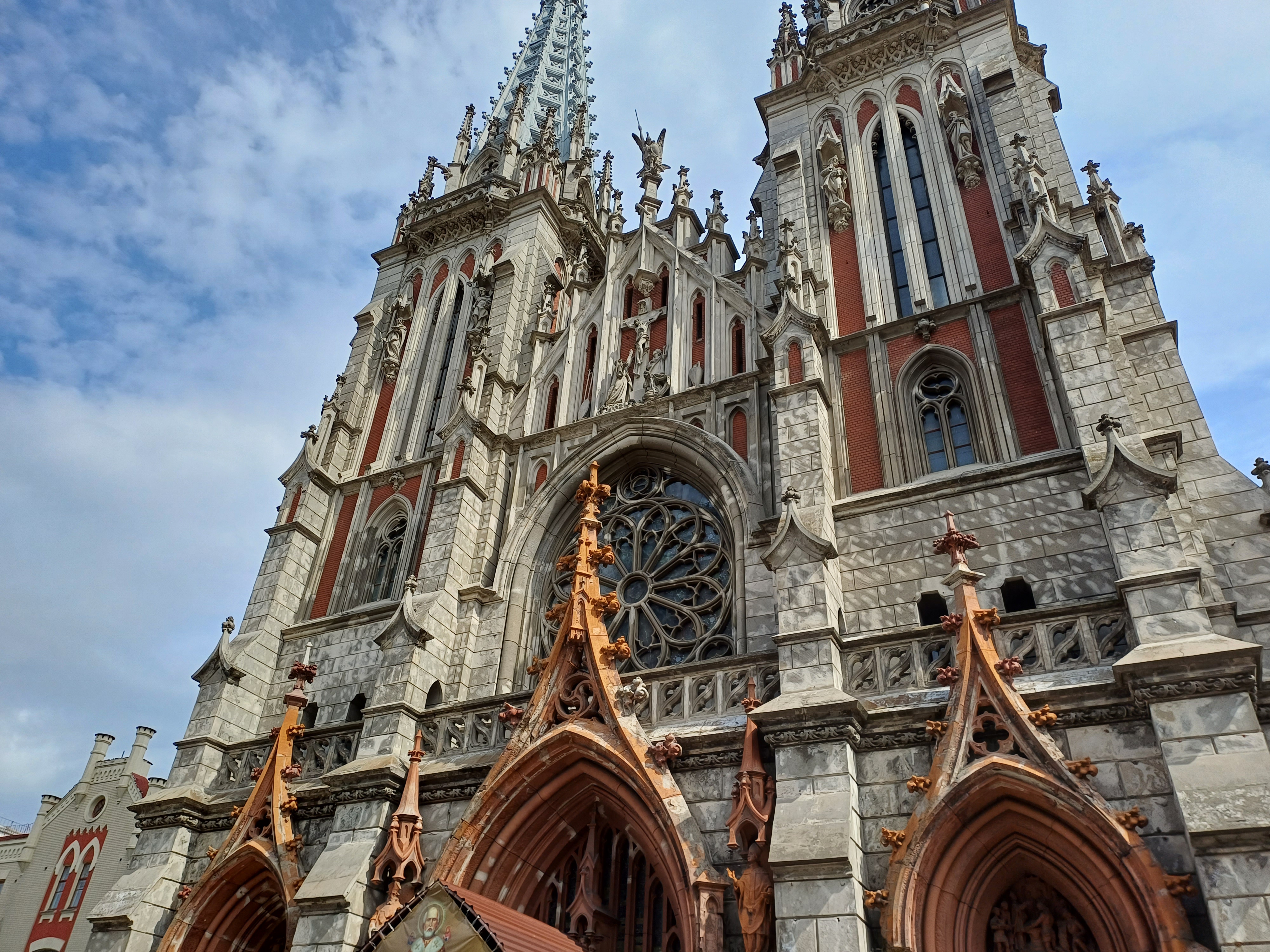

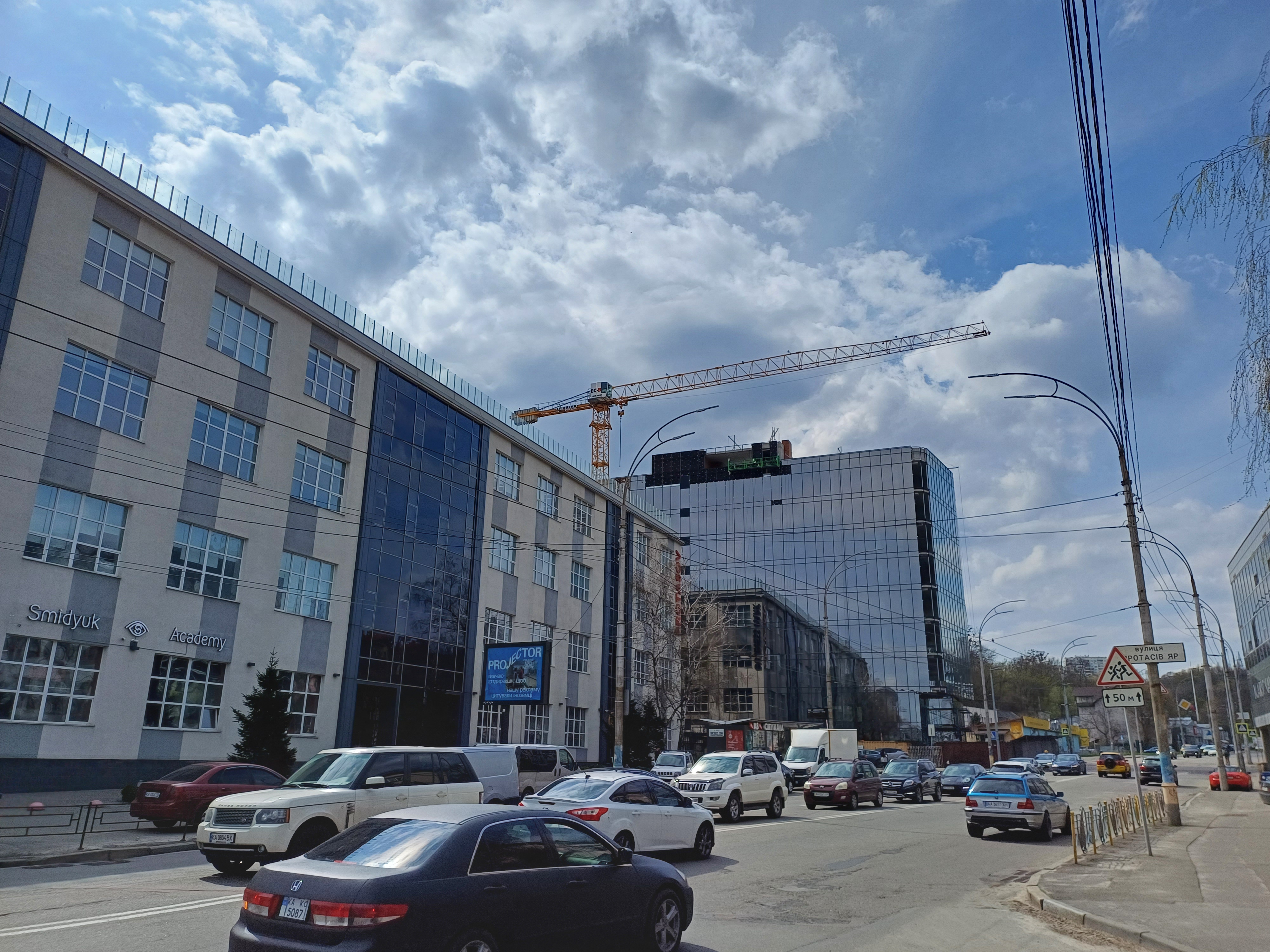

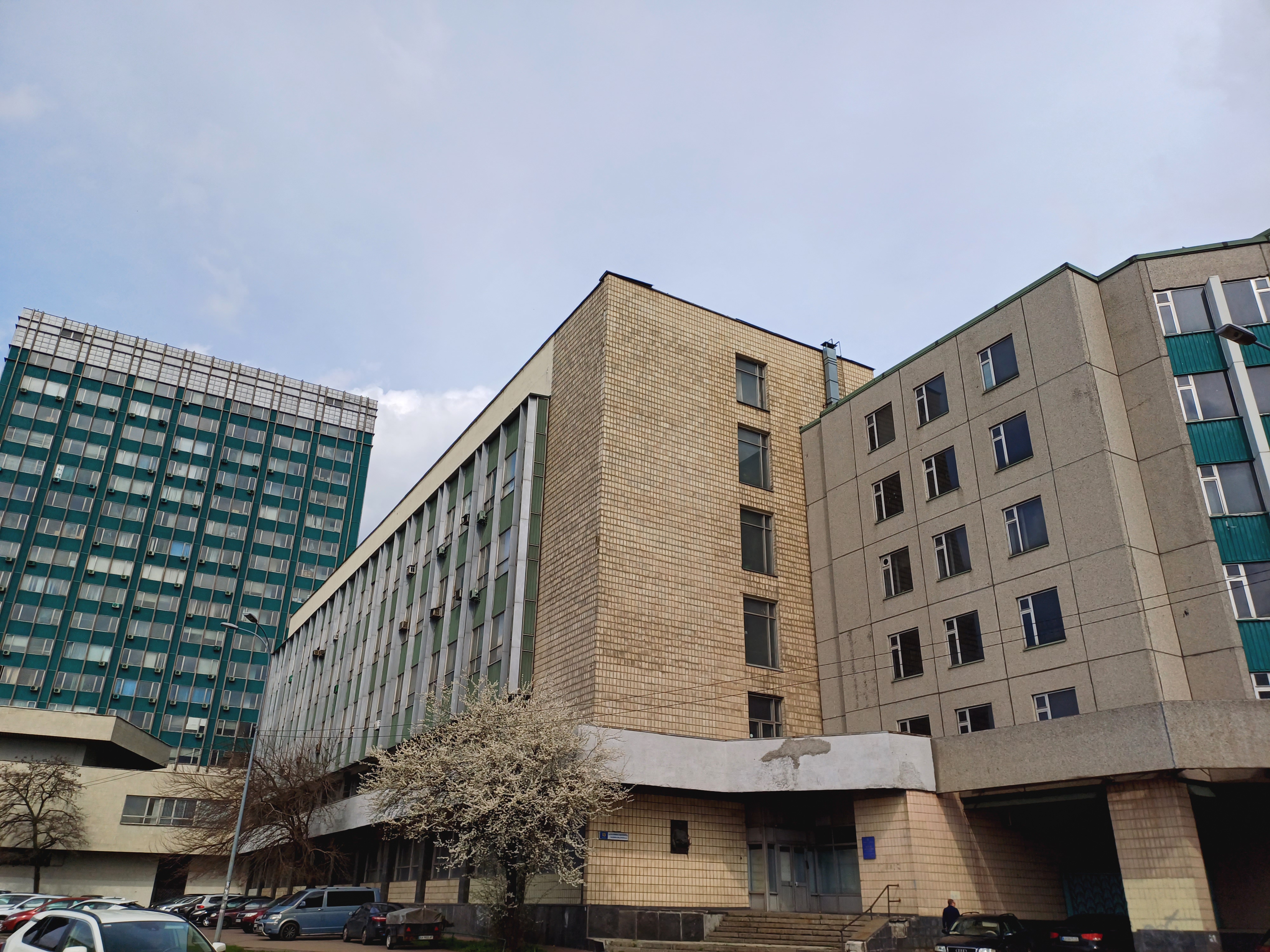
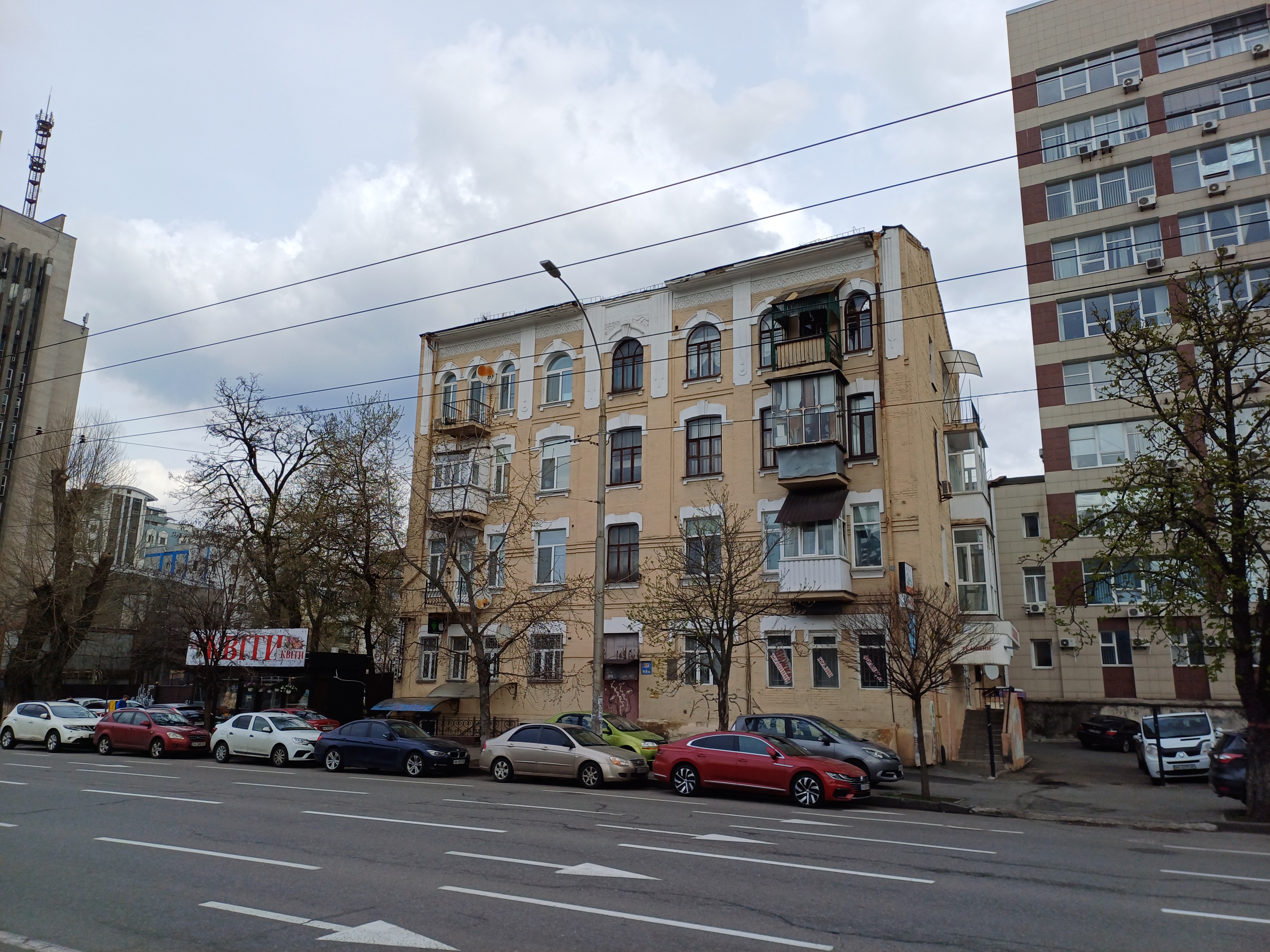



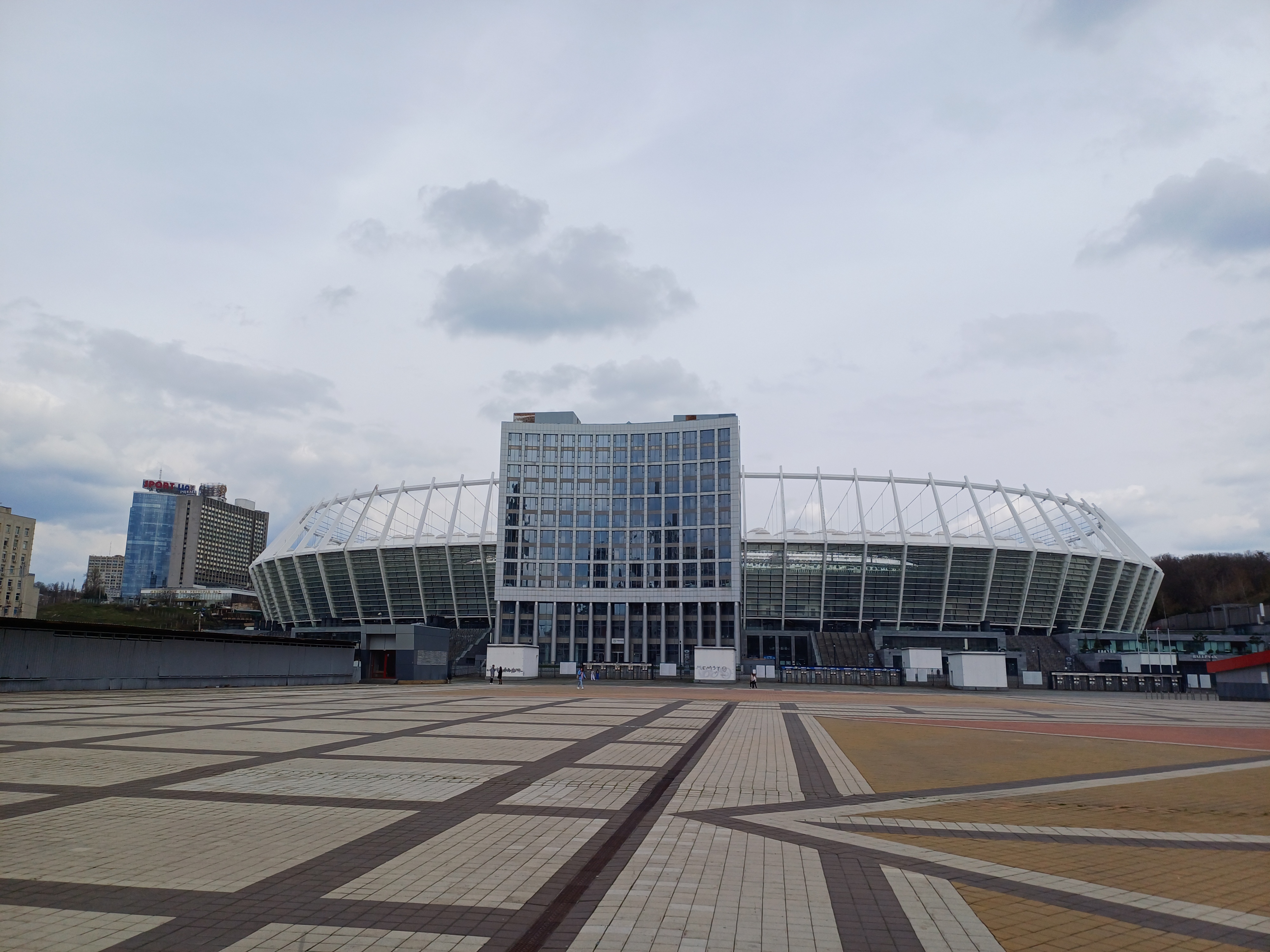
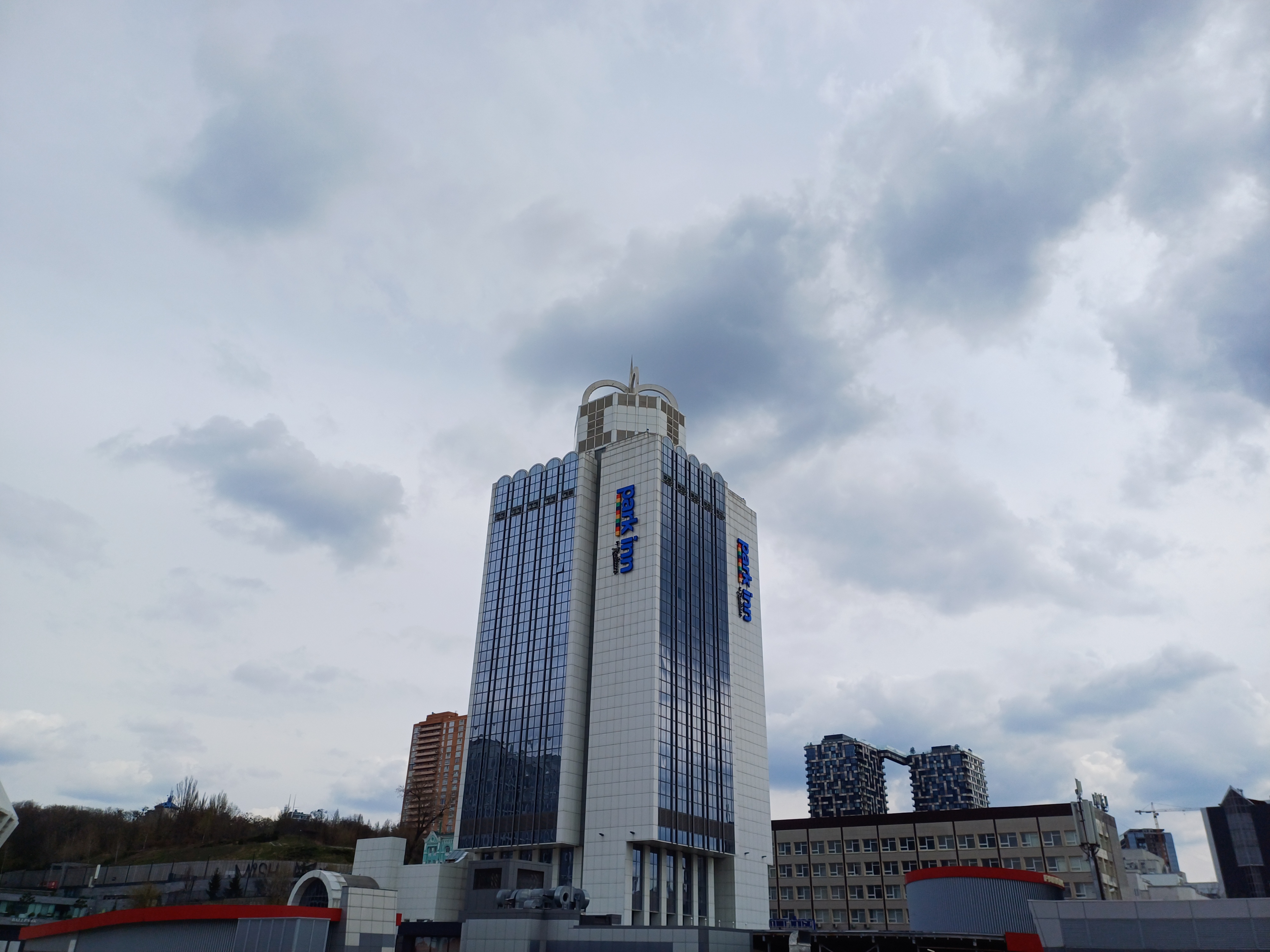

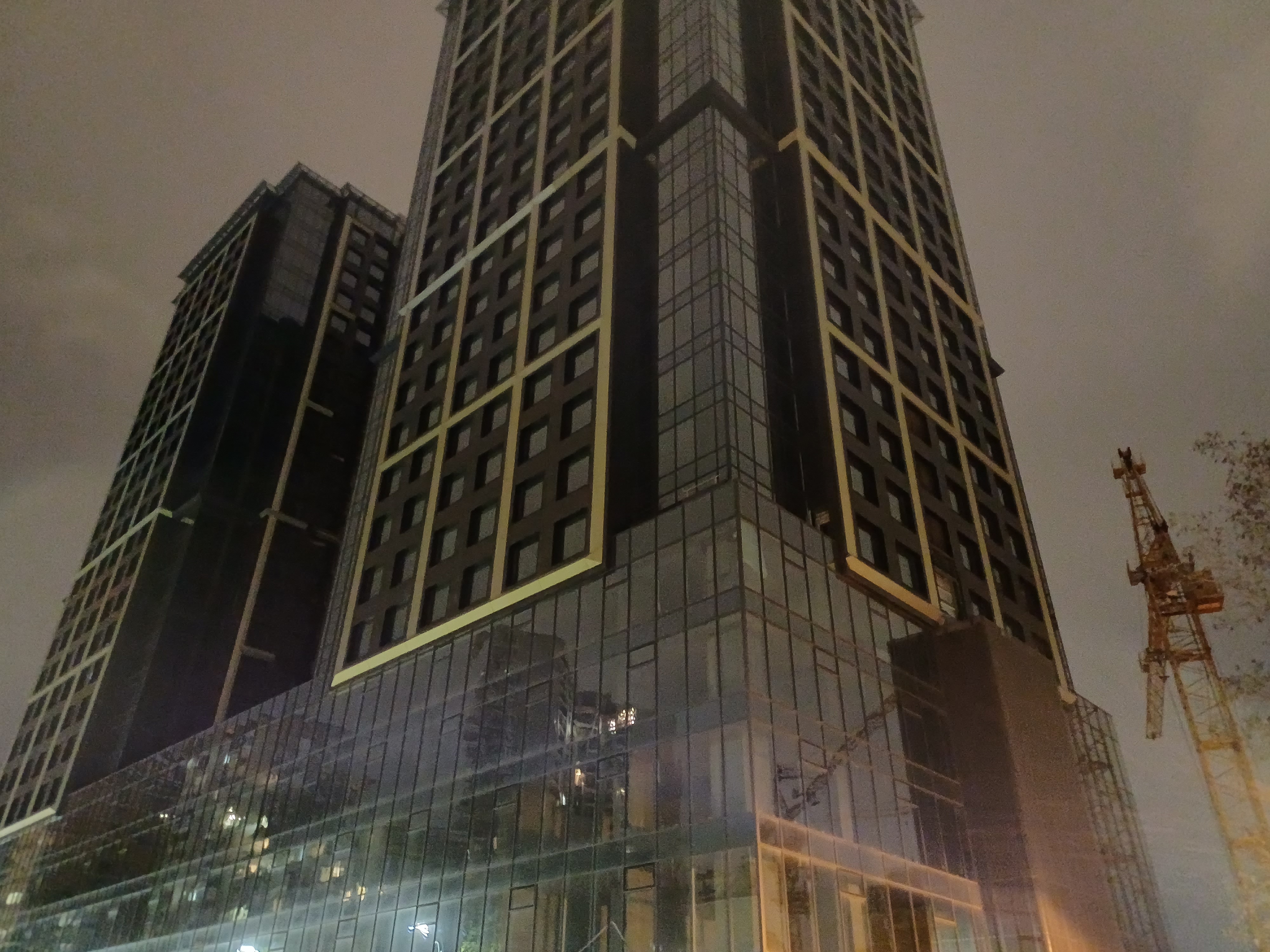


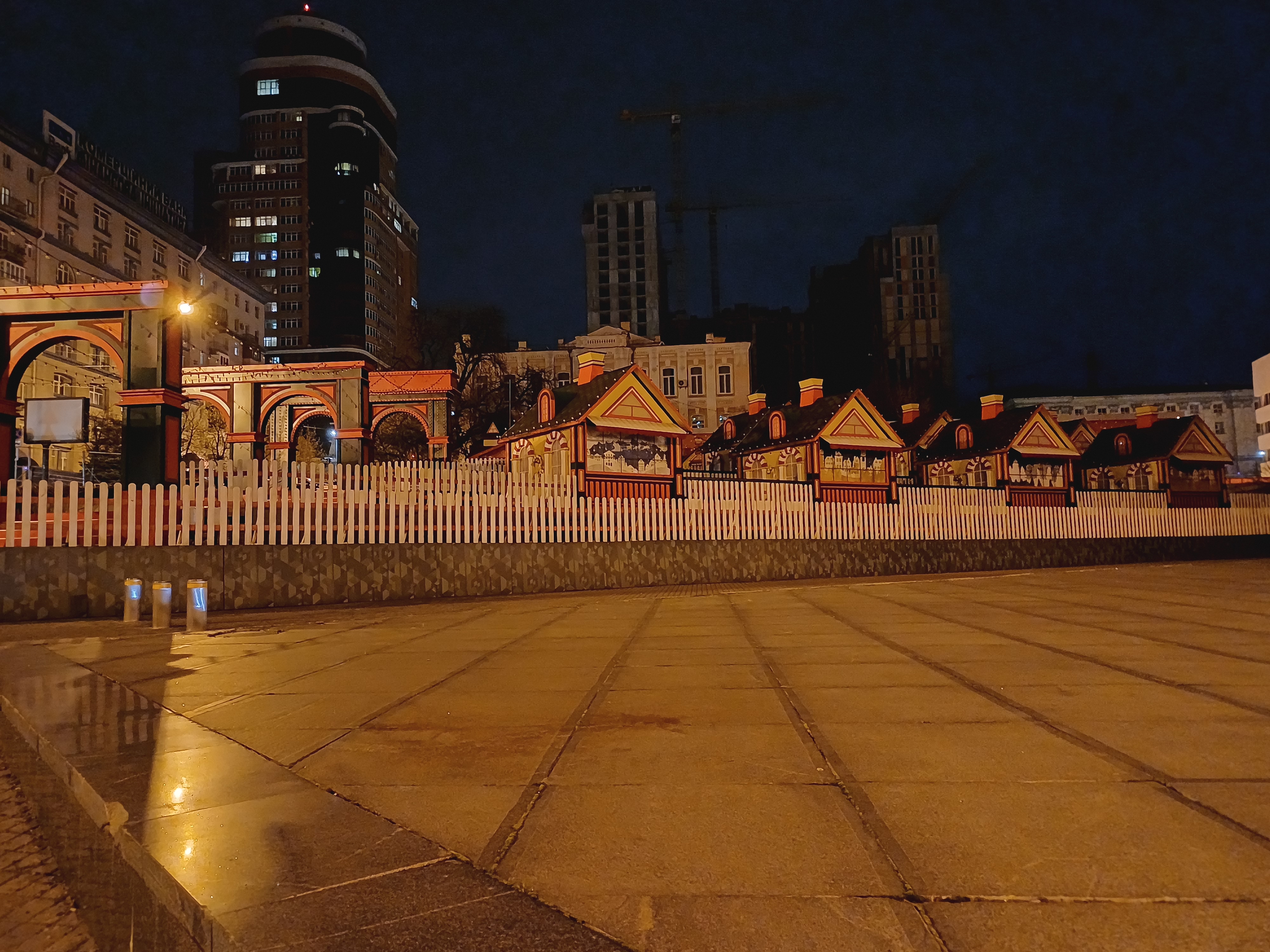

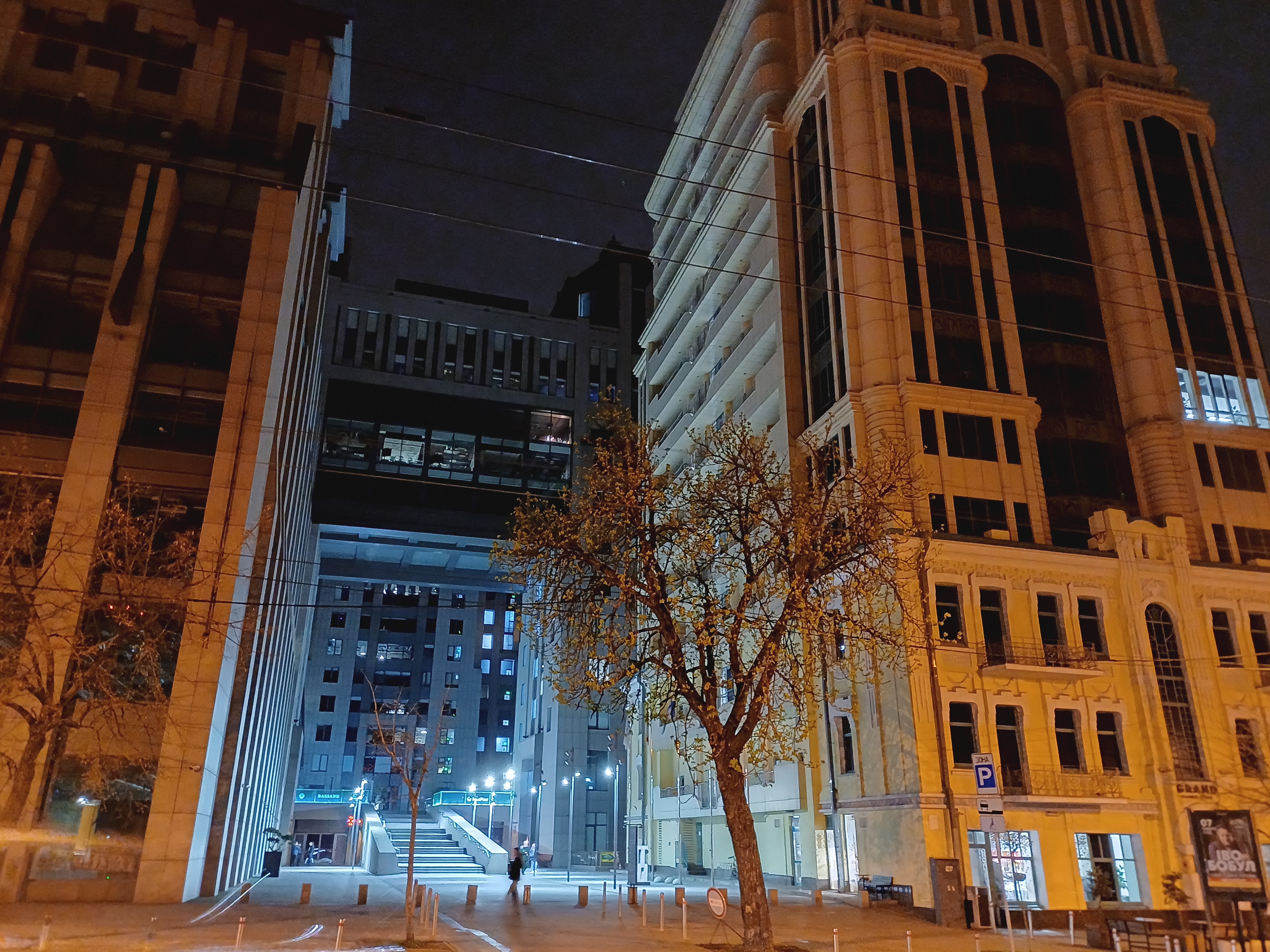

















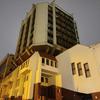




The Galaxy A34's ultra-wide-angle camera is inferior to the Galaxy A54. The detail is lower, there is more blur:
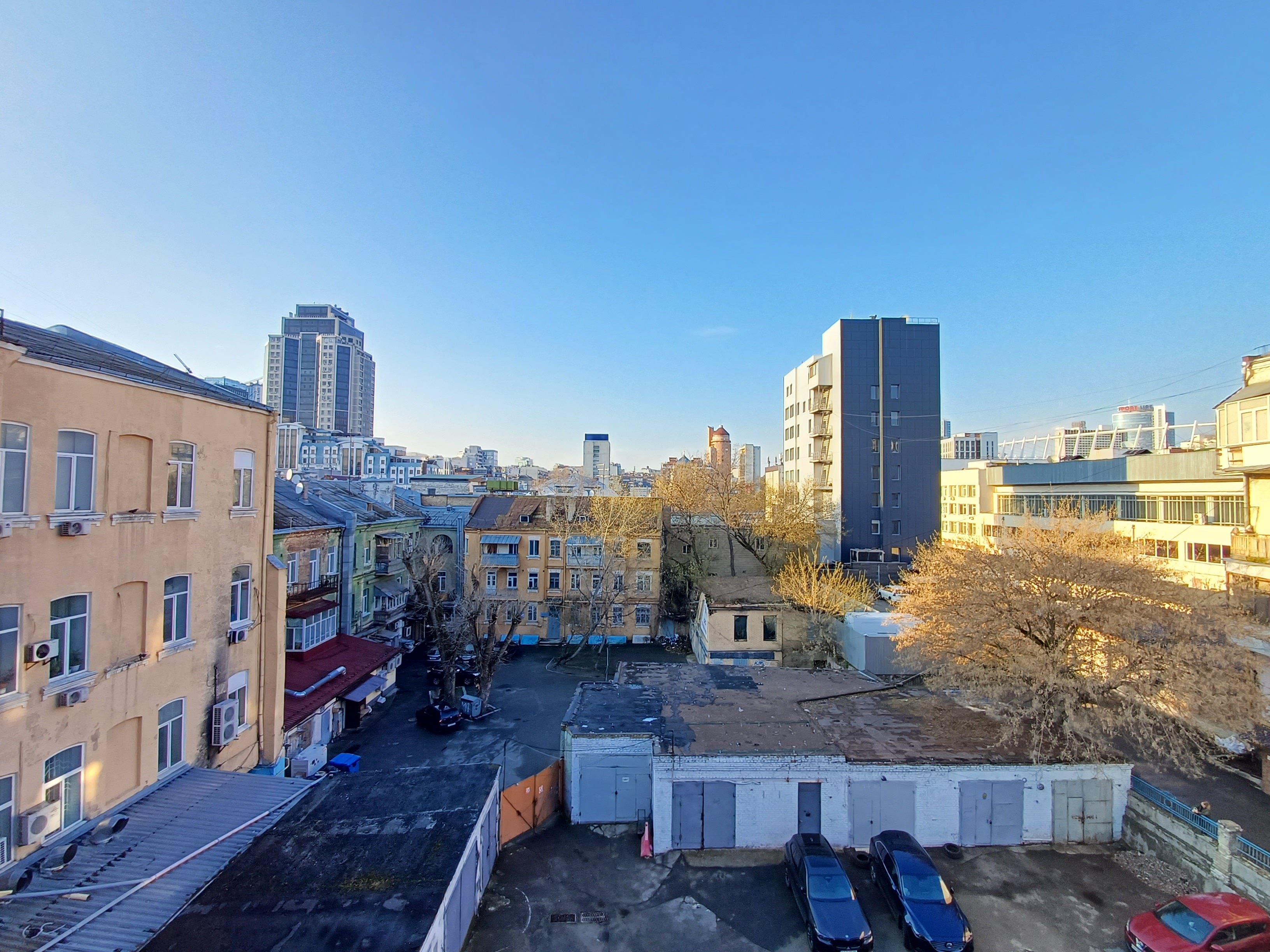
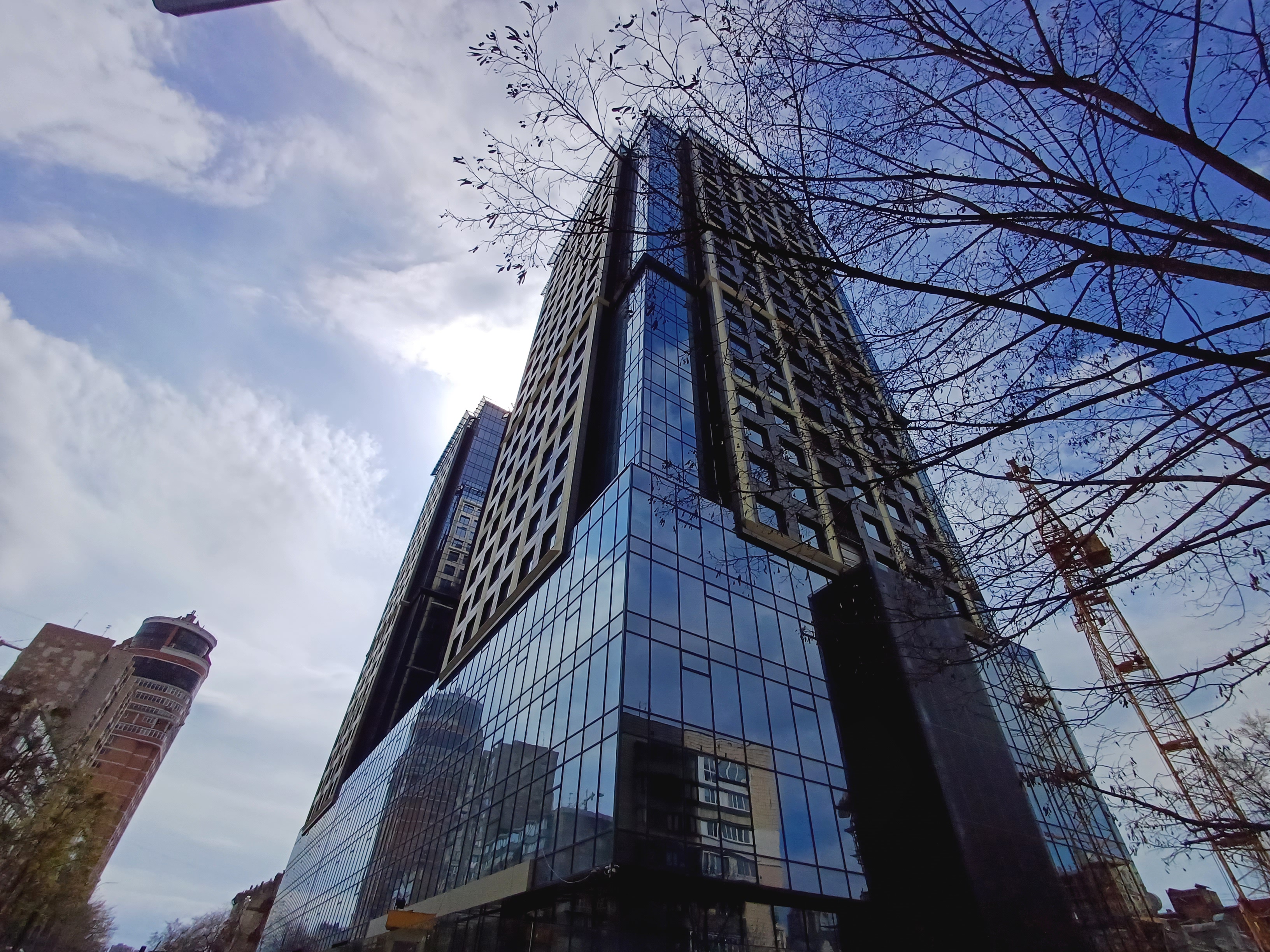
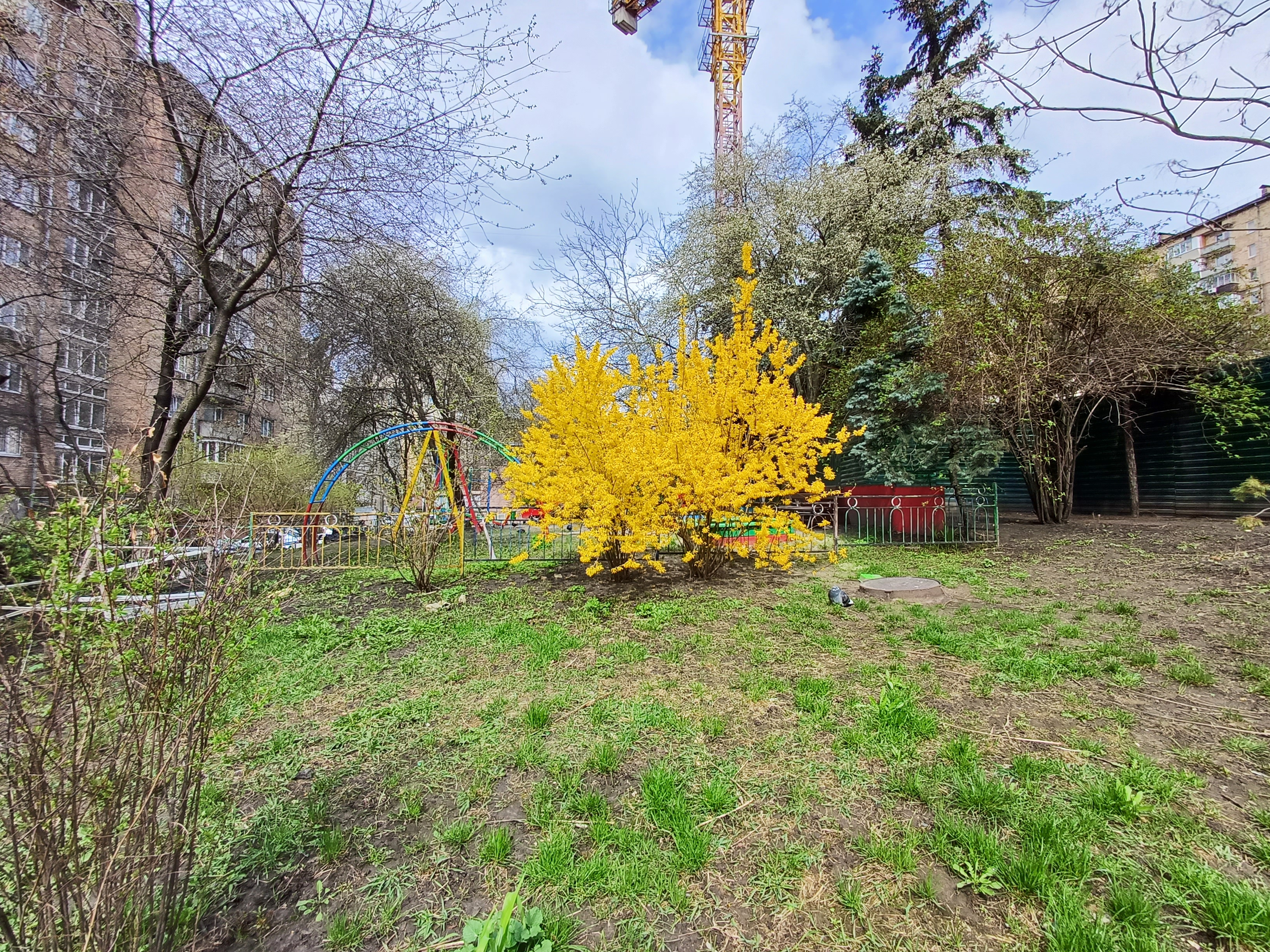
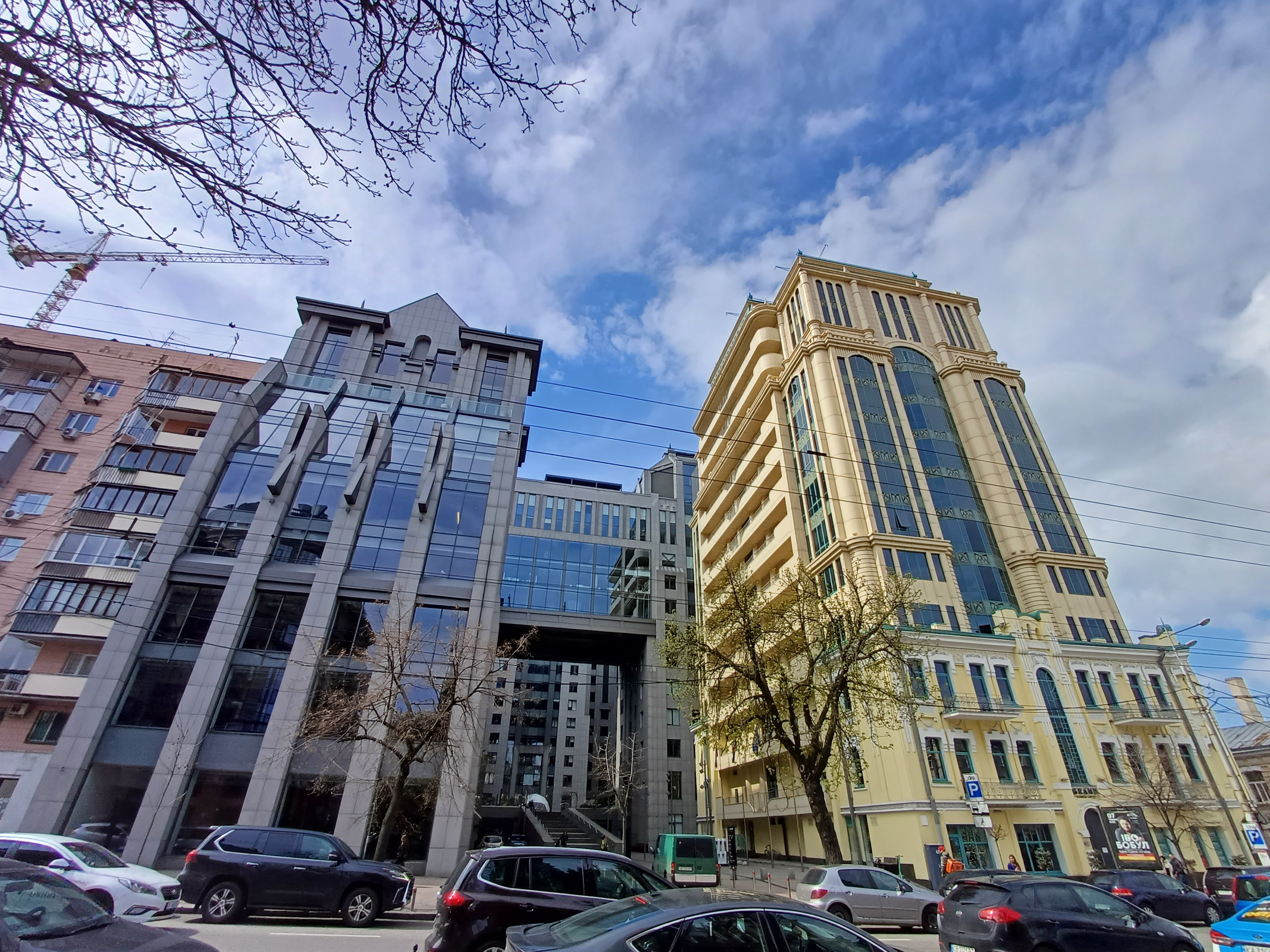

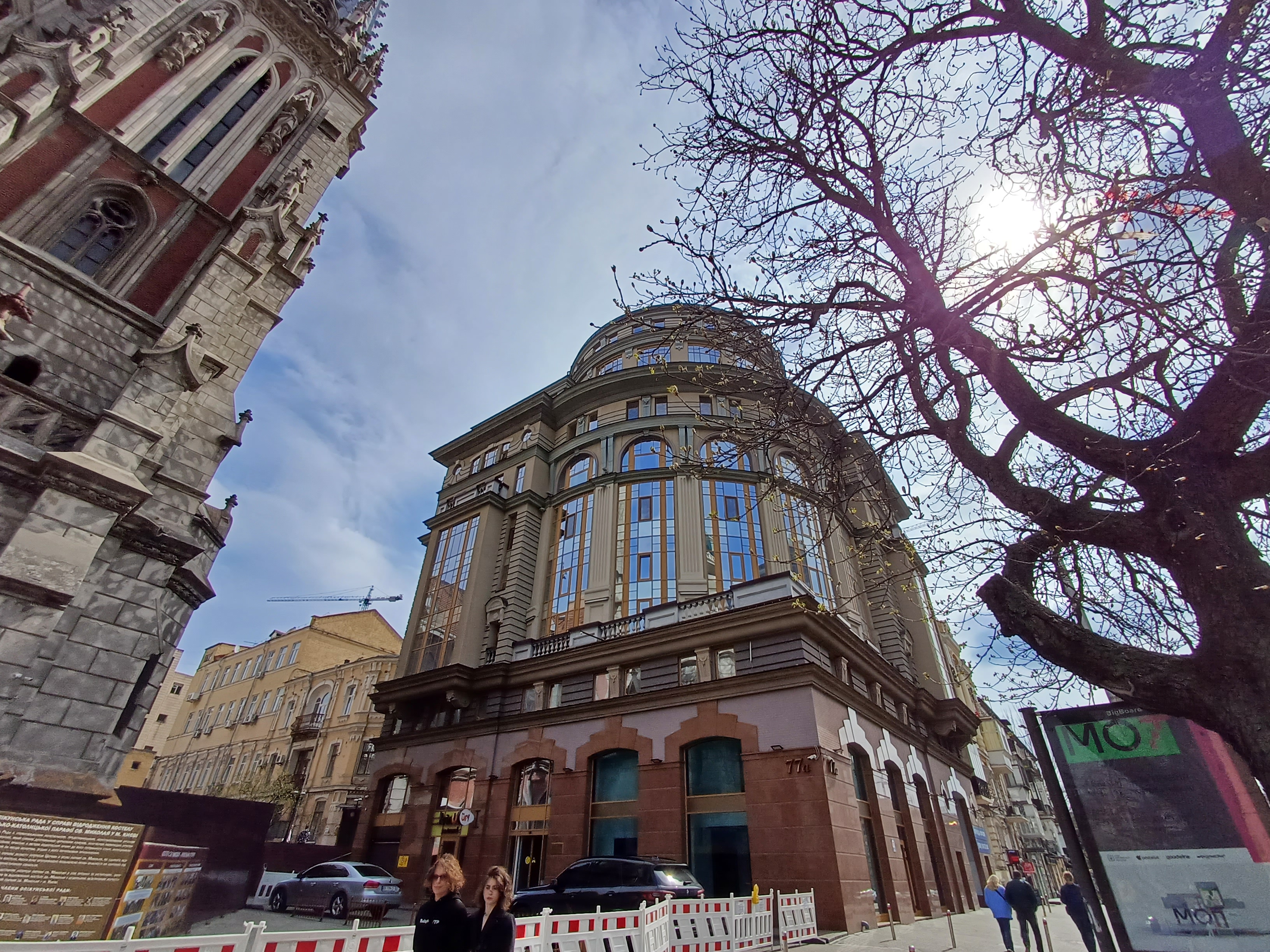

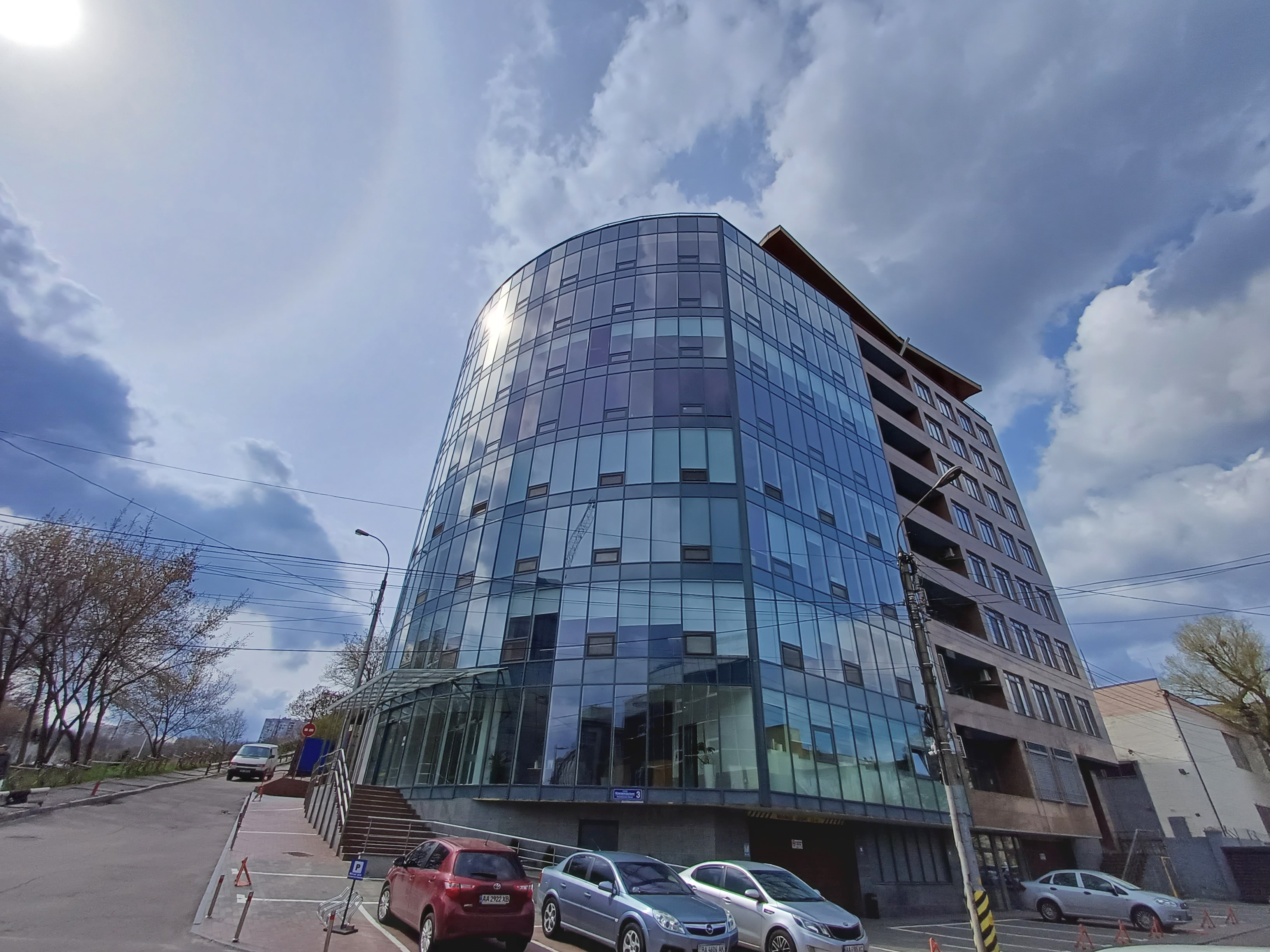
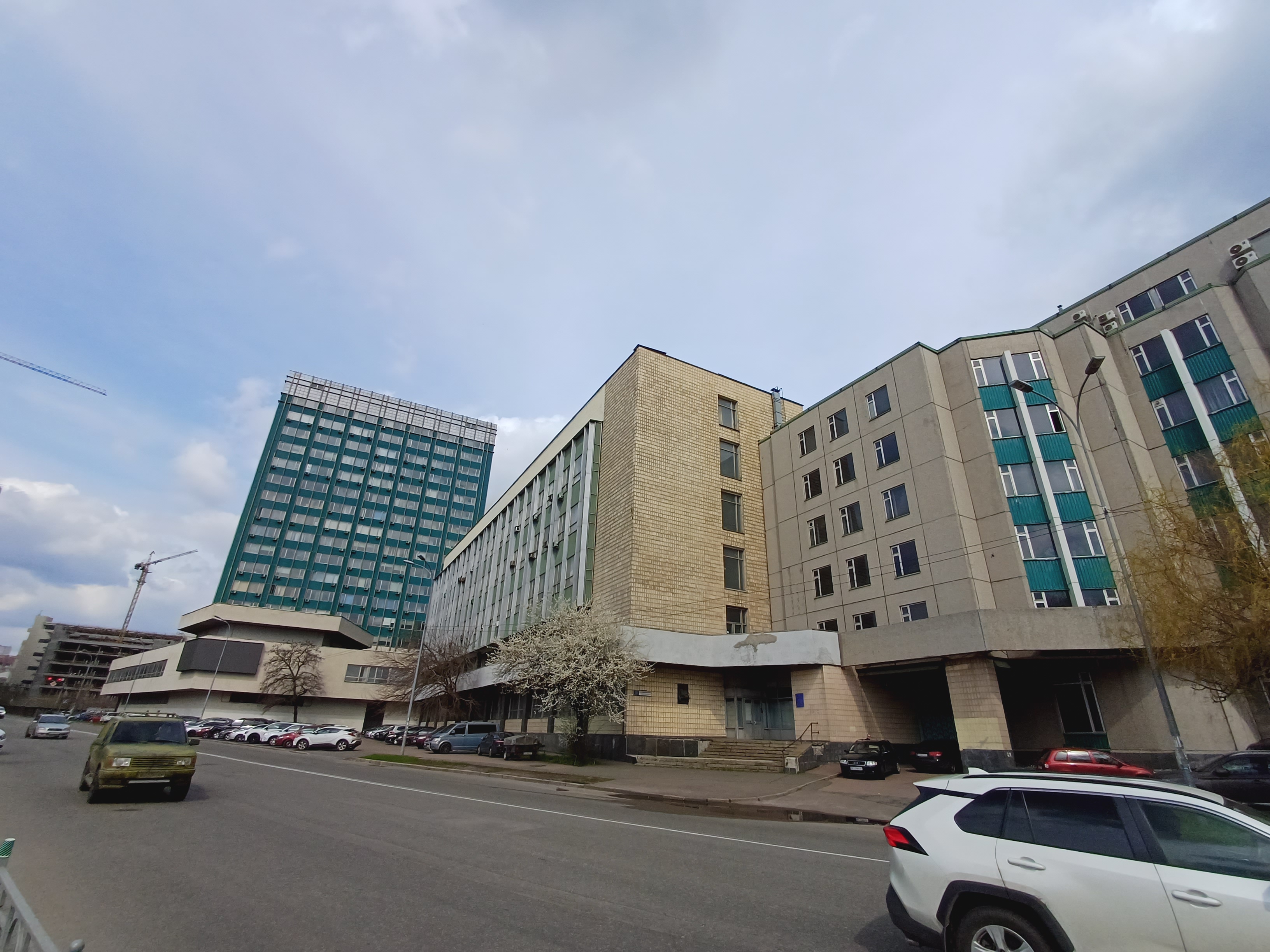
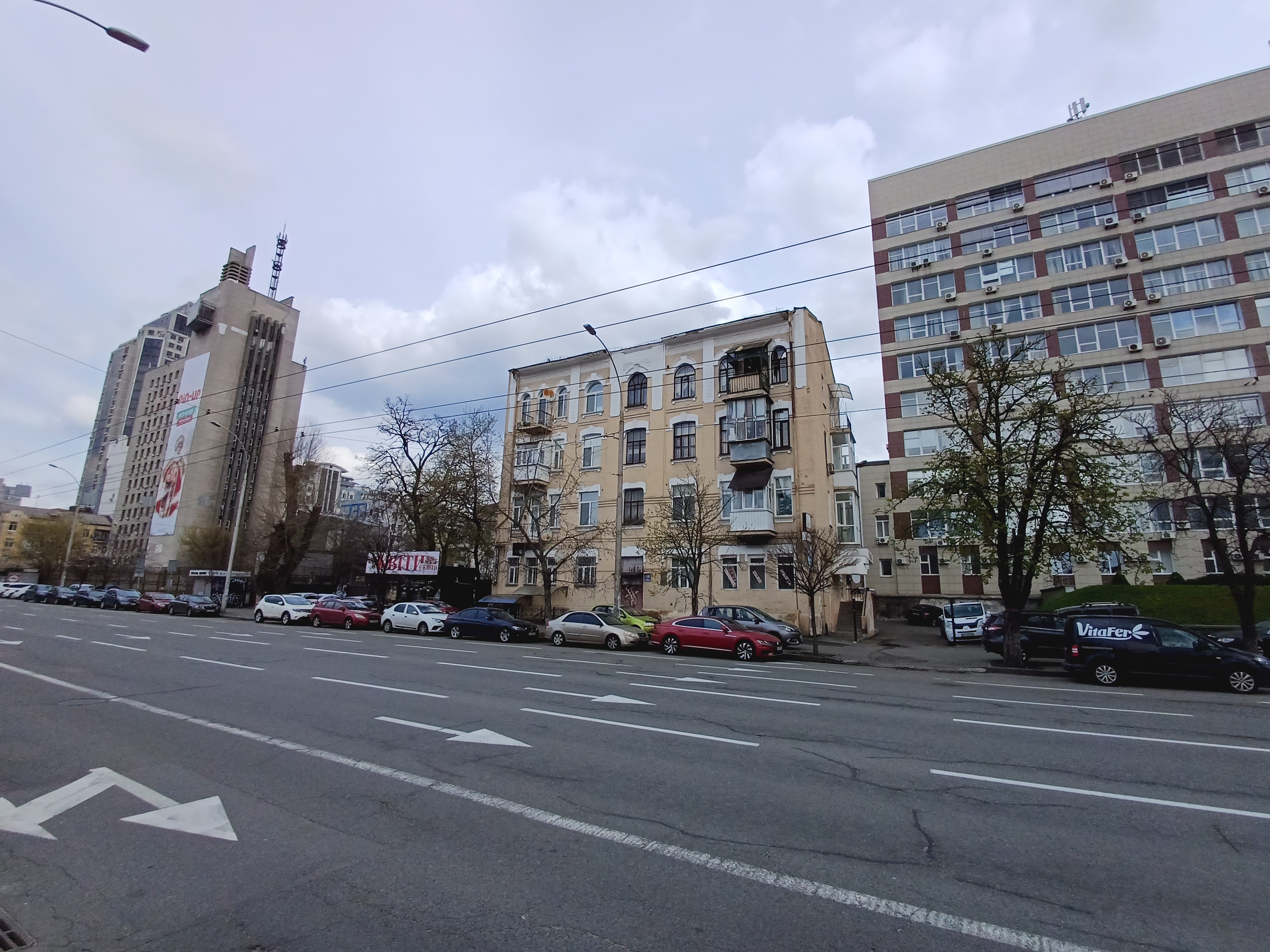
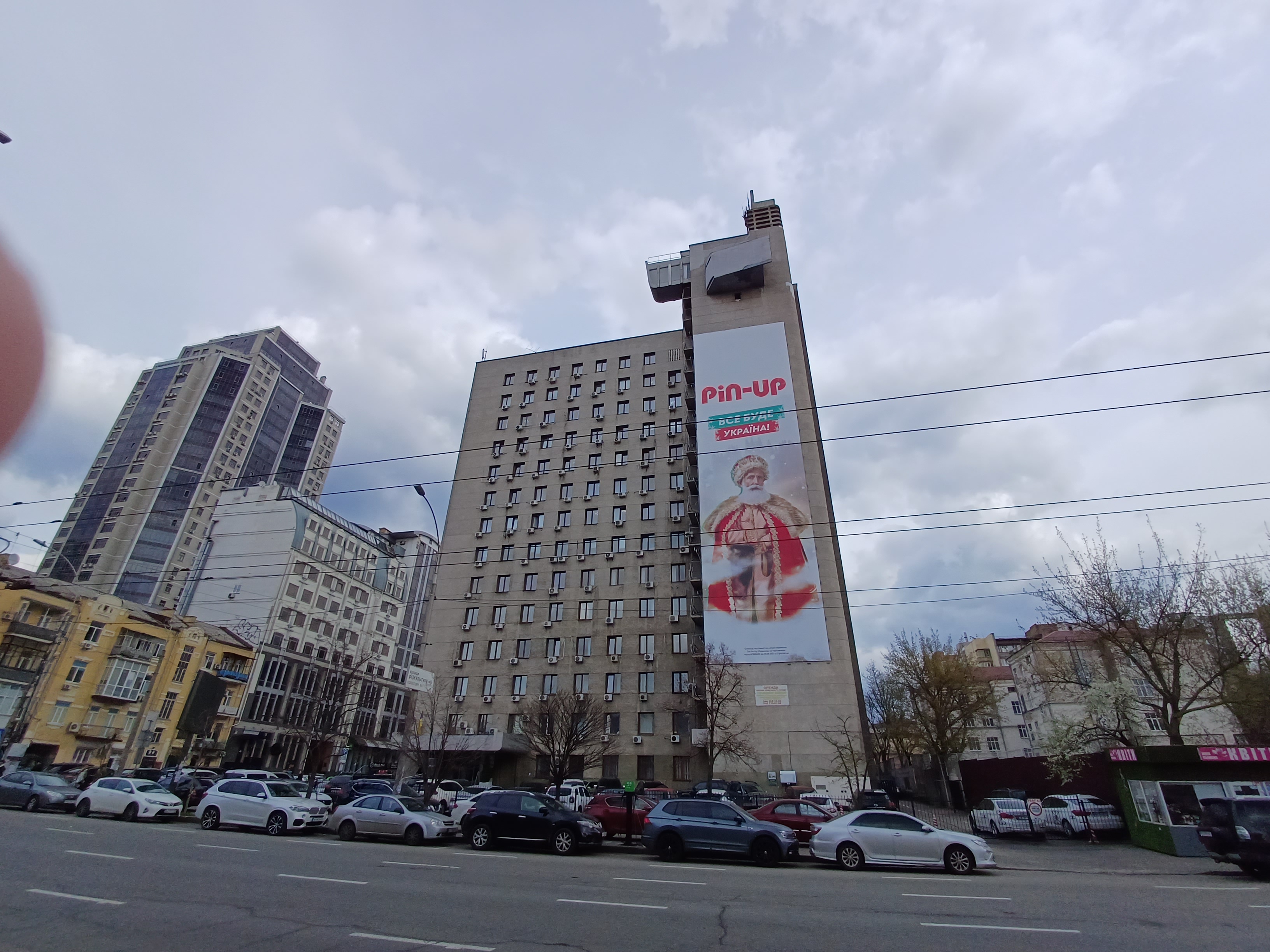
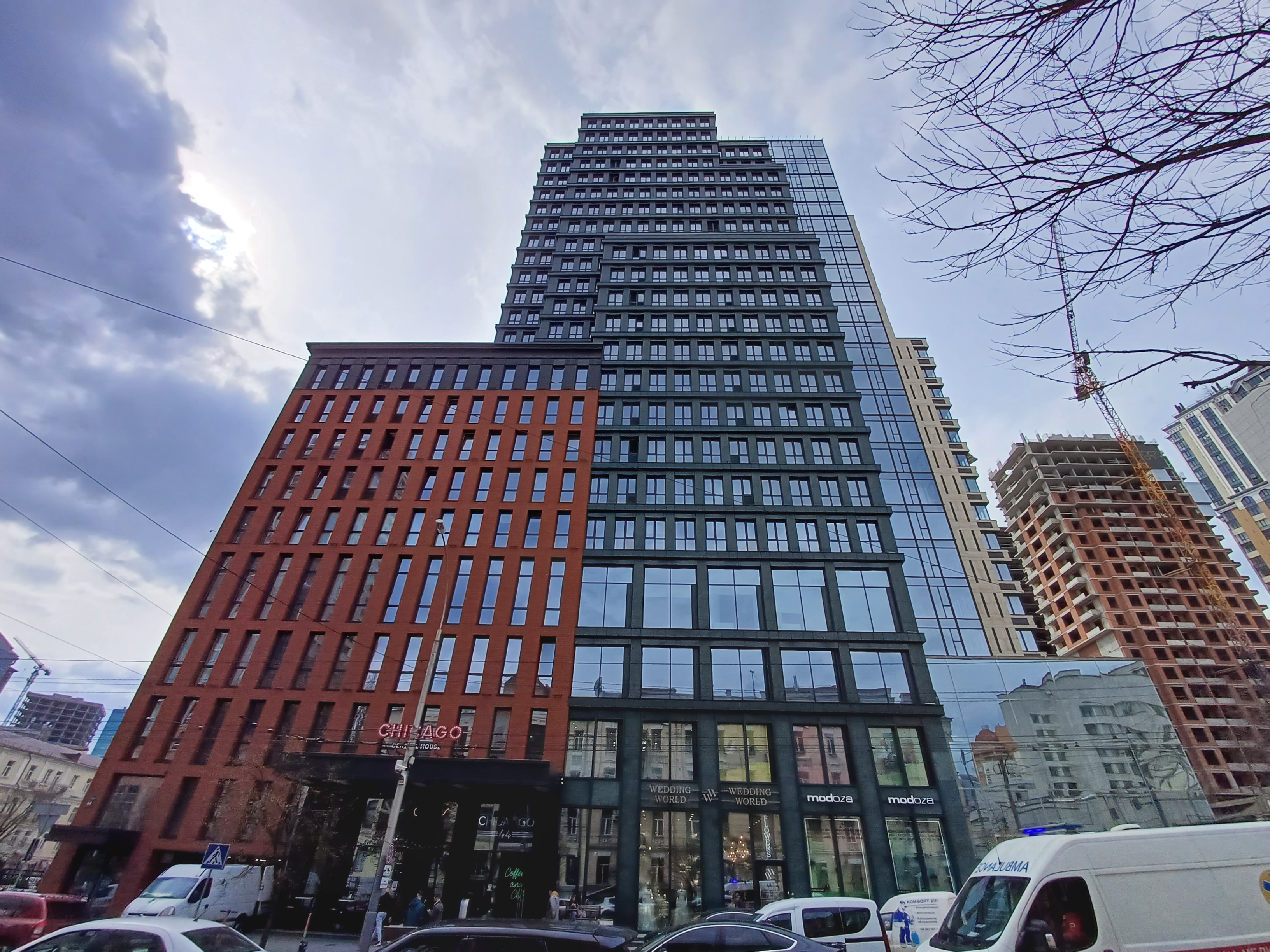

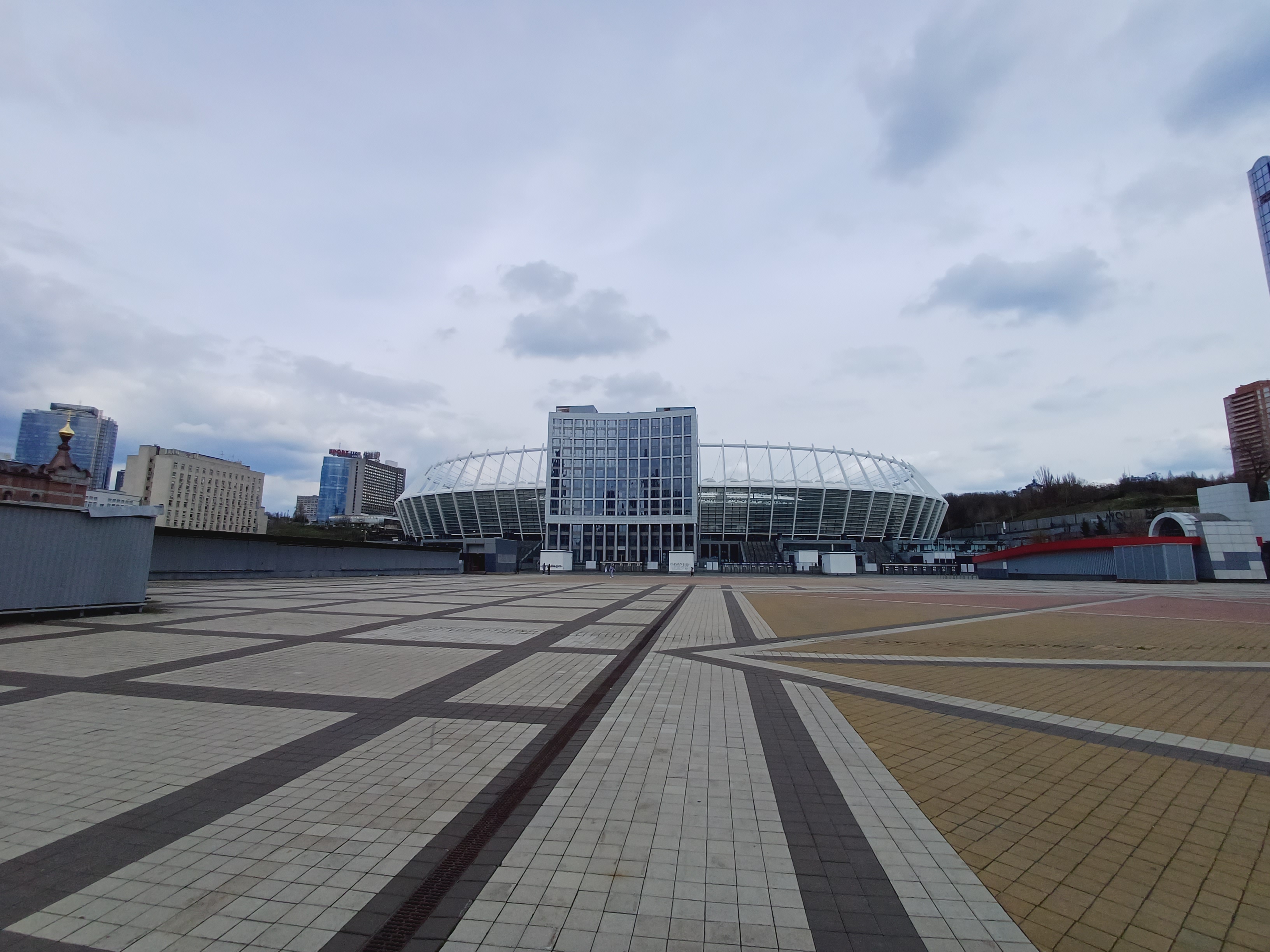
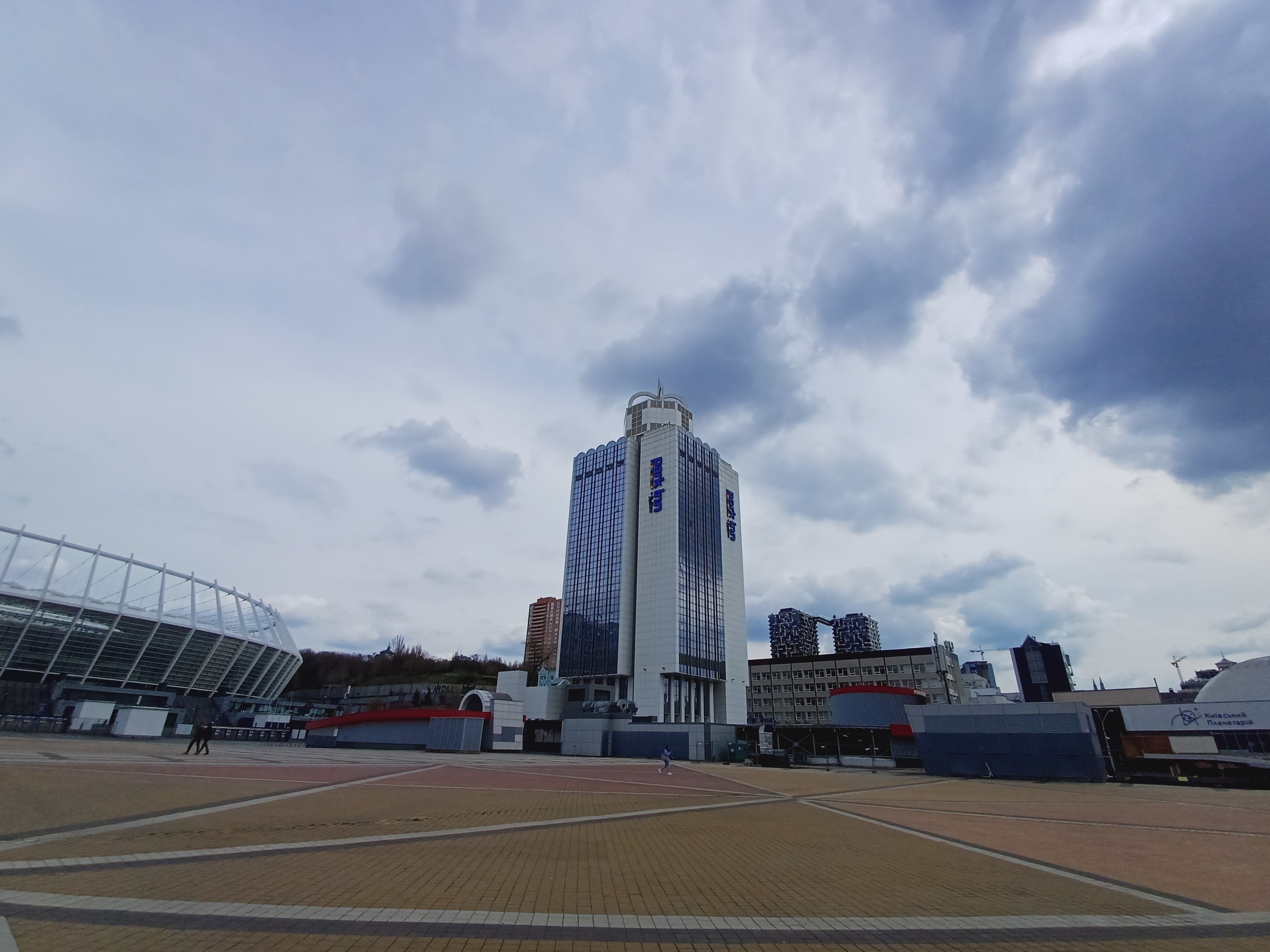

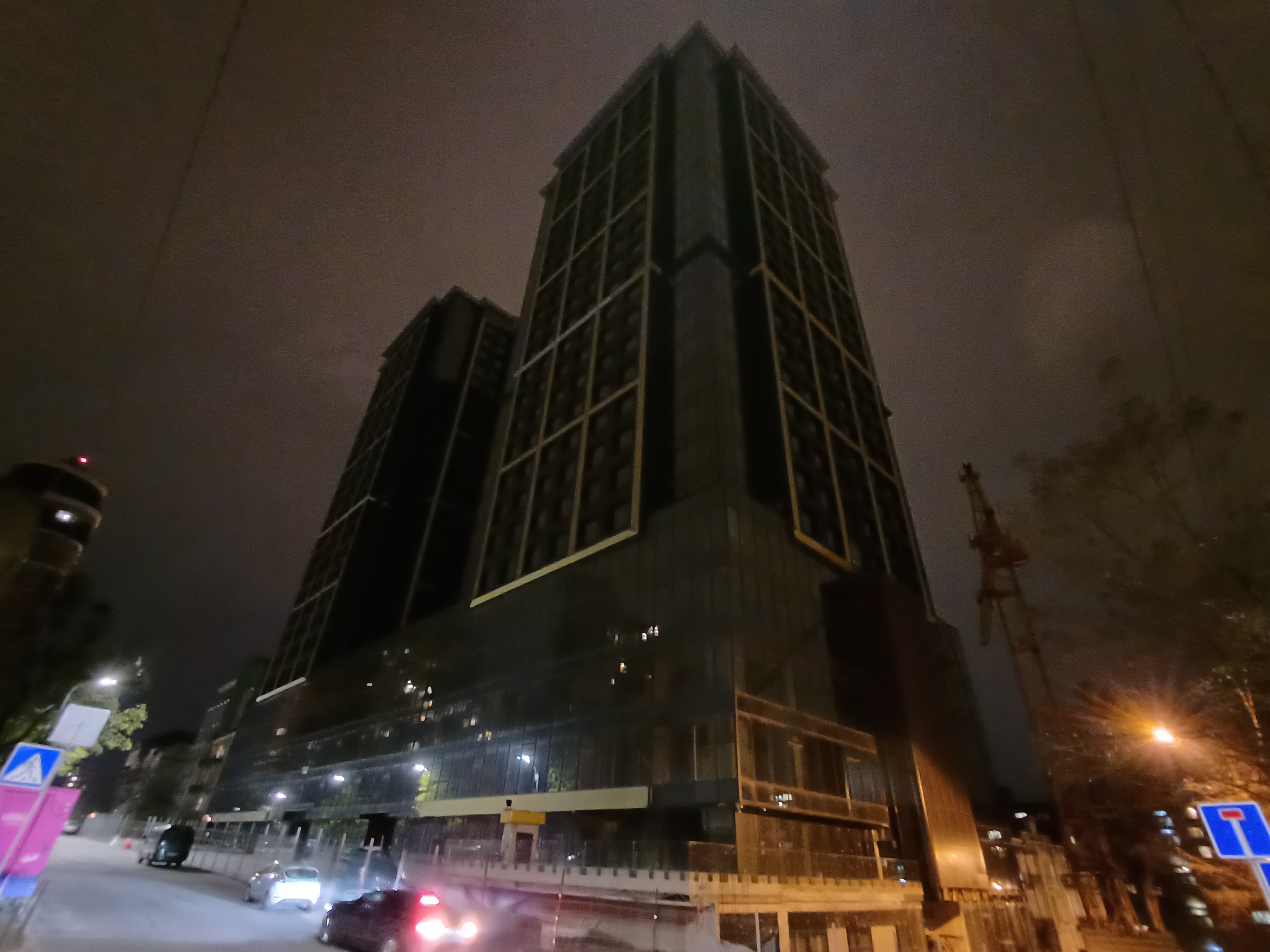
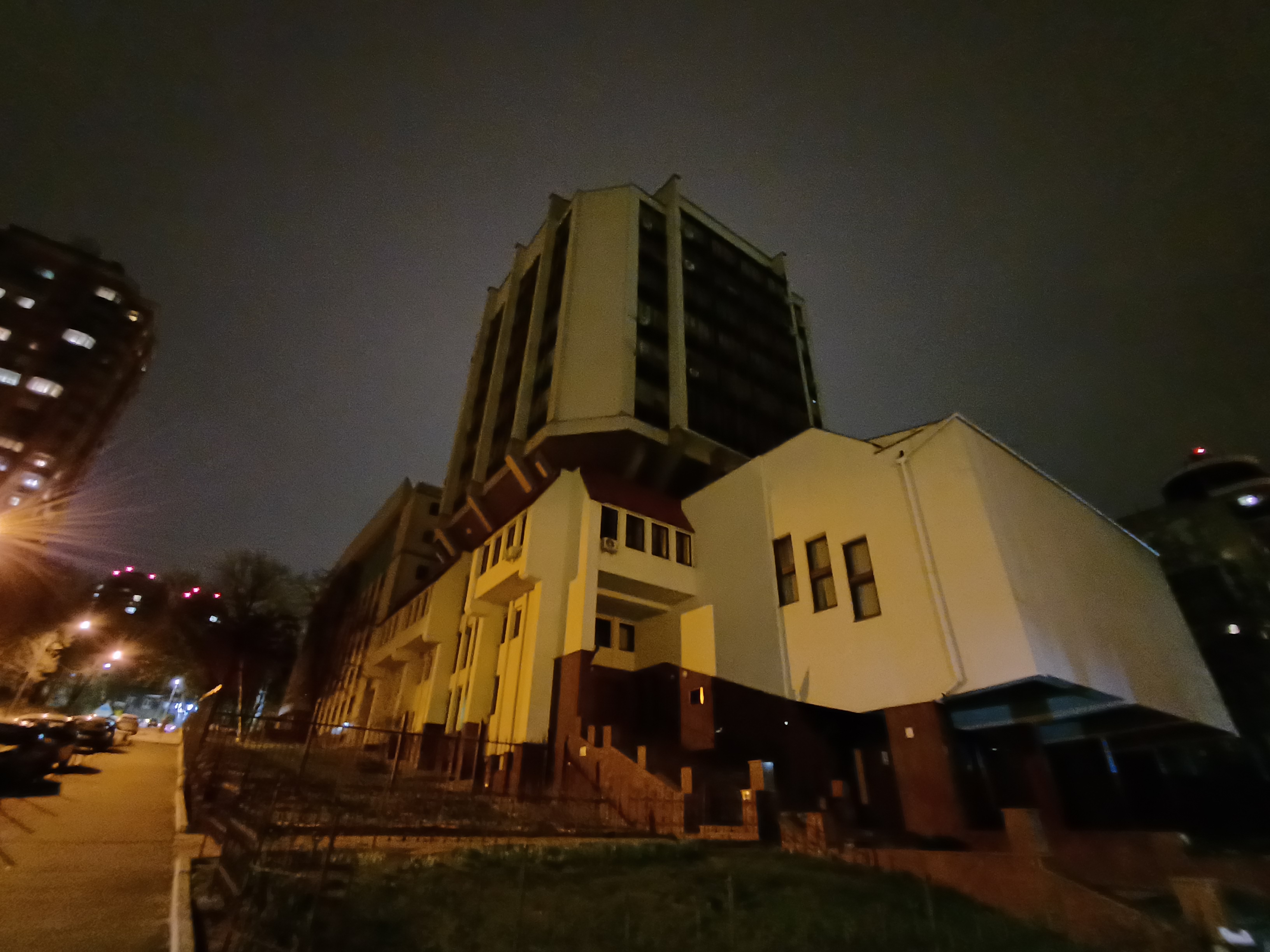



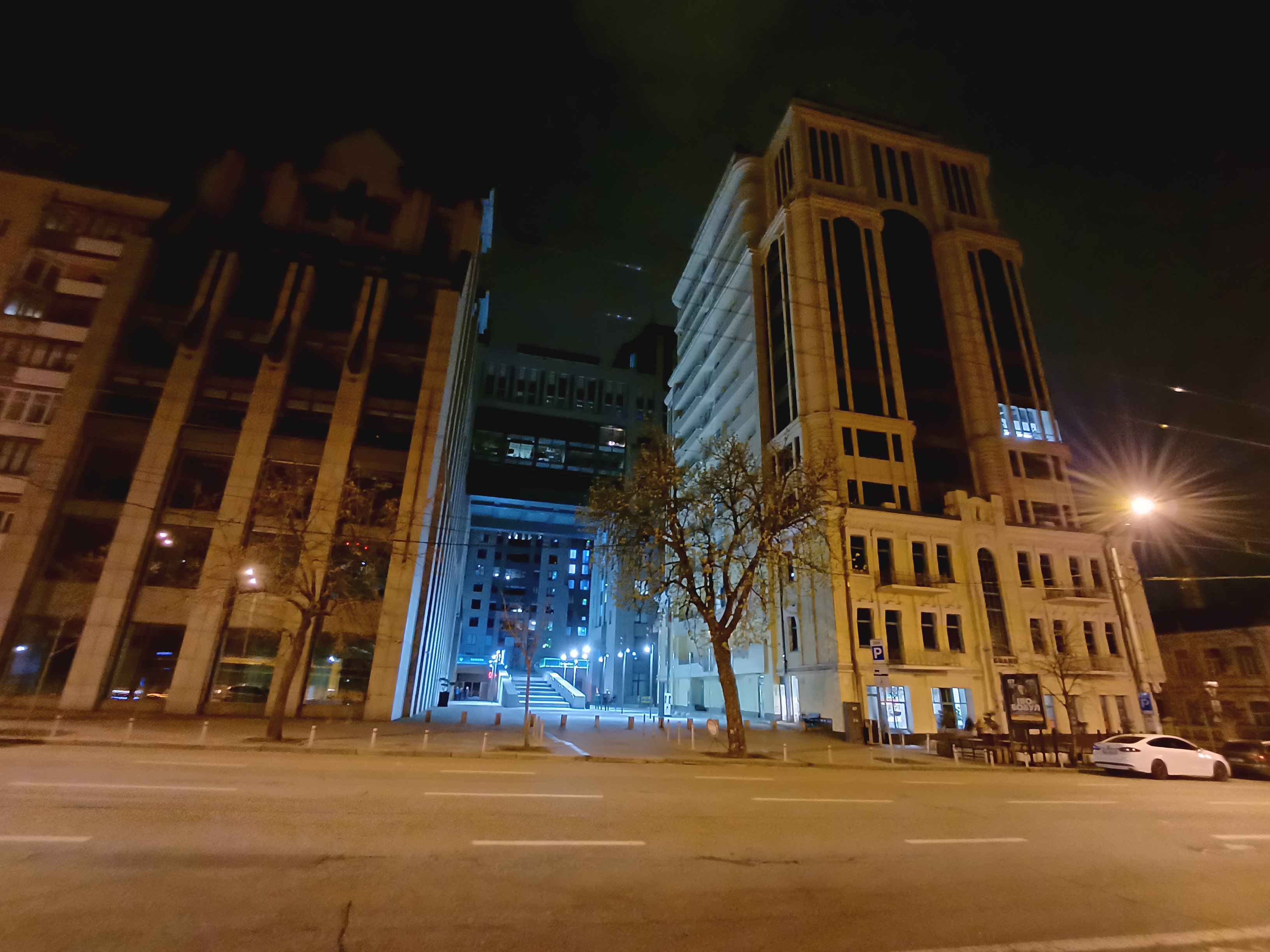


















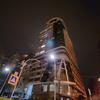



2x zoom.
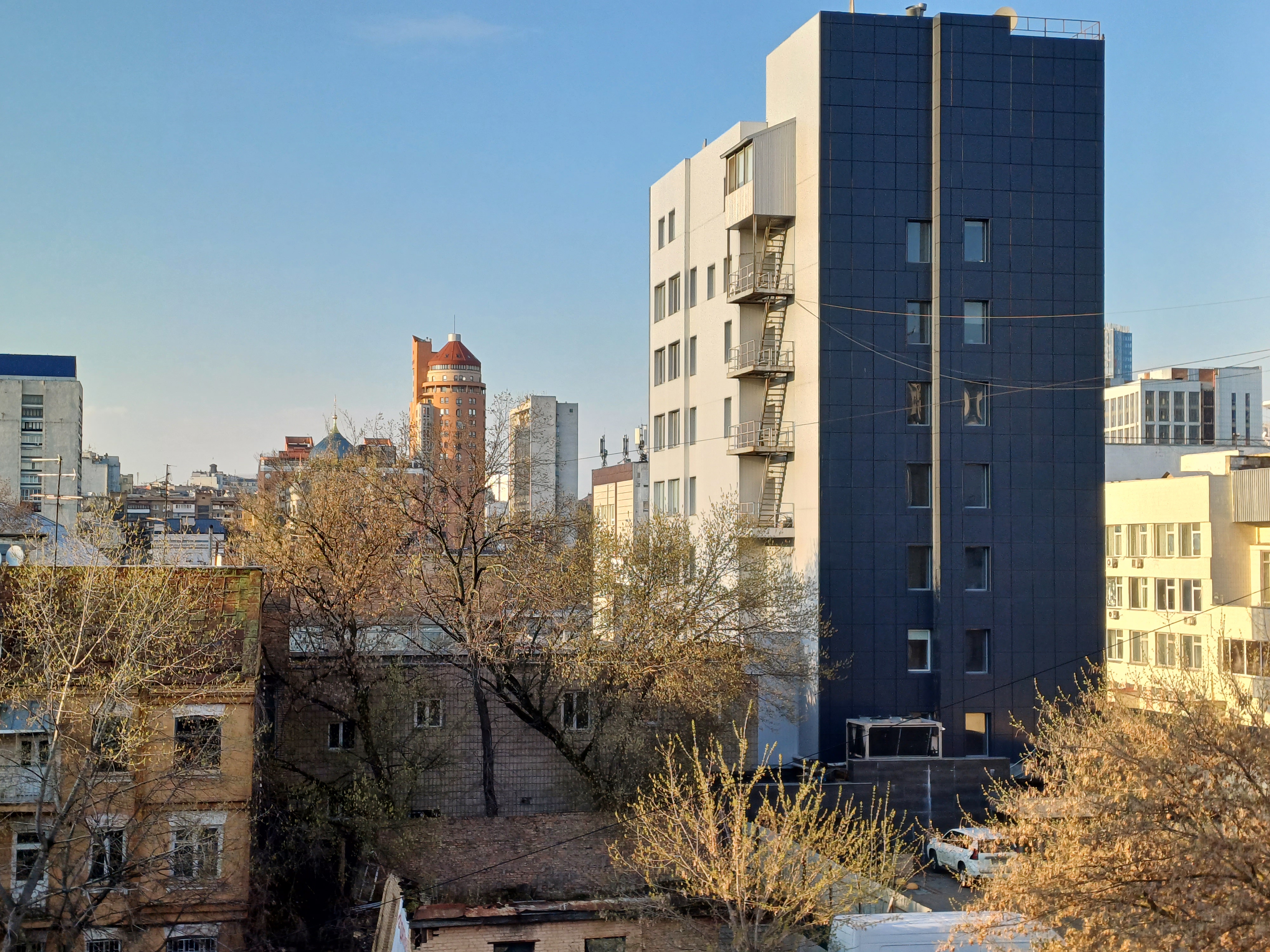




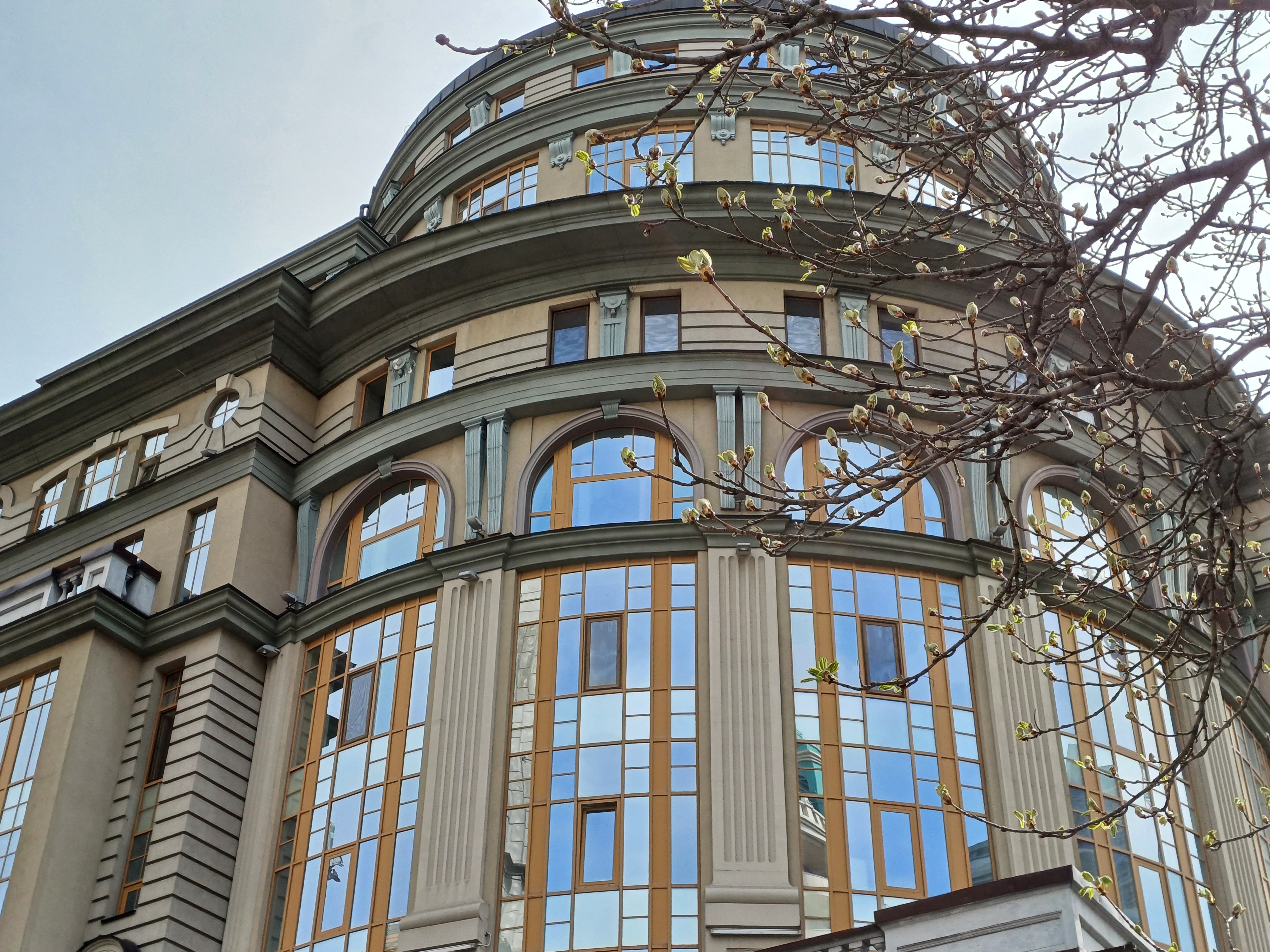
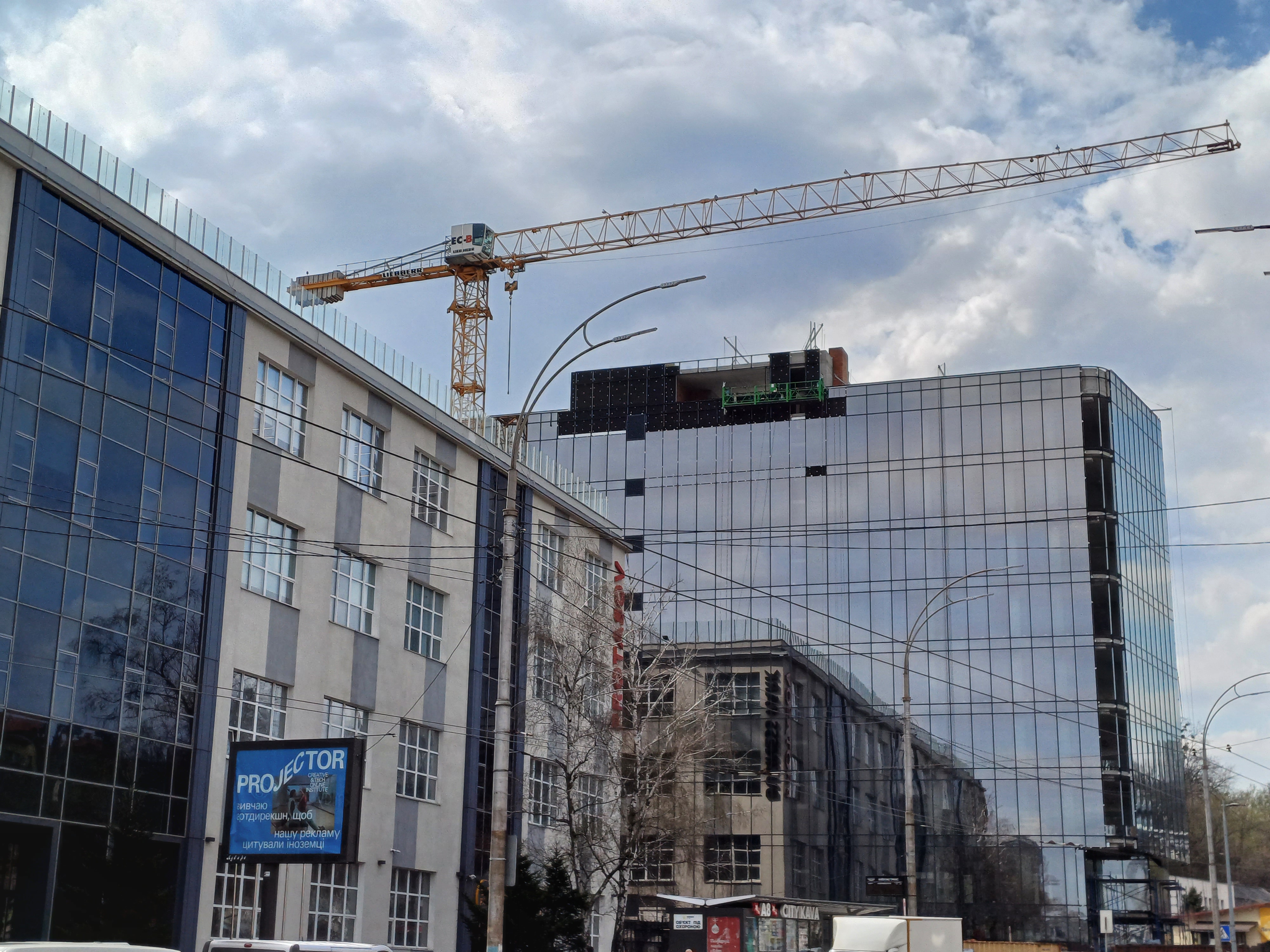
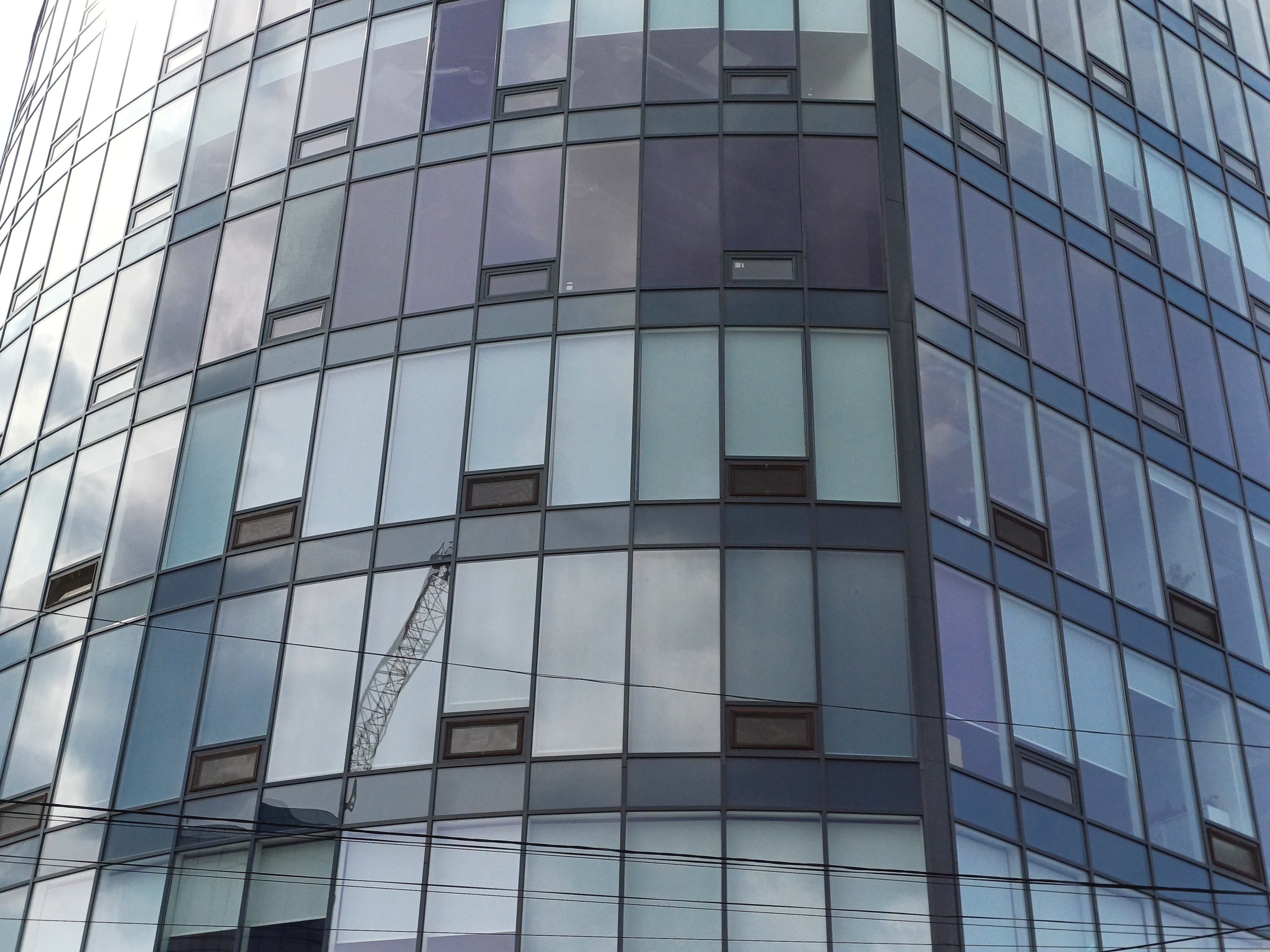

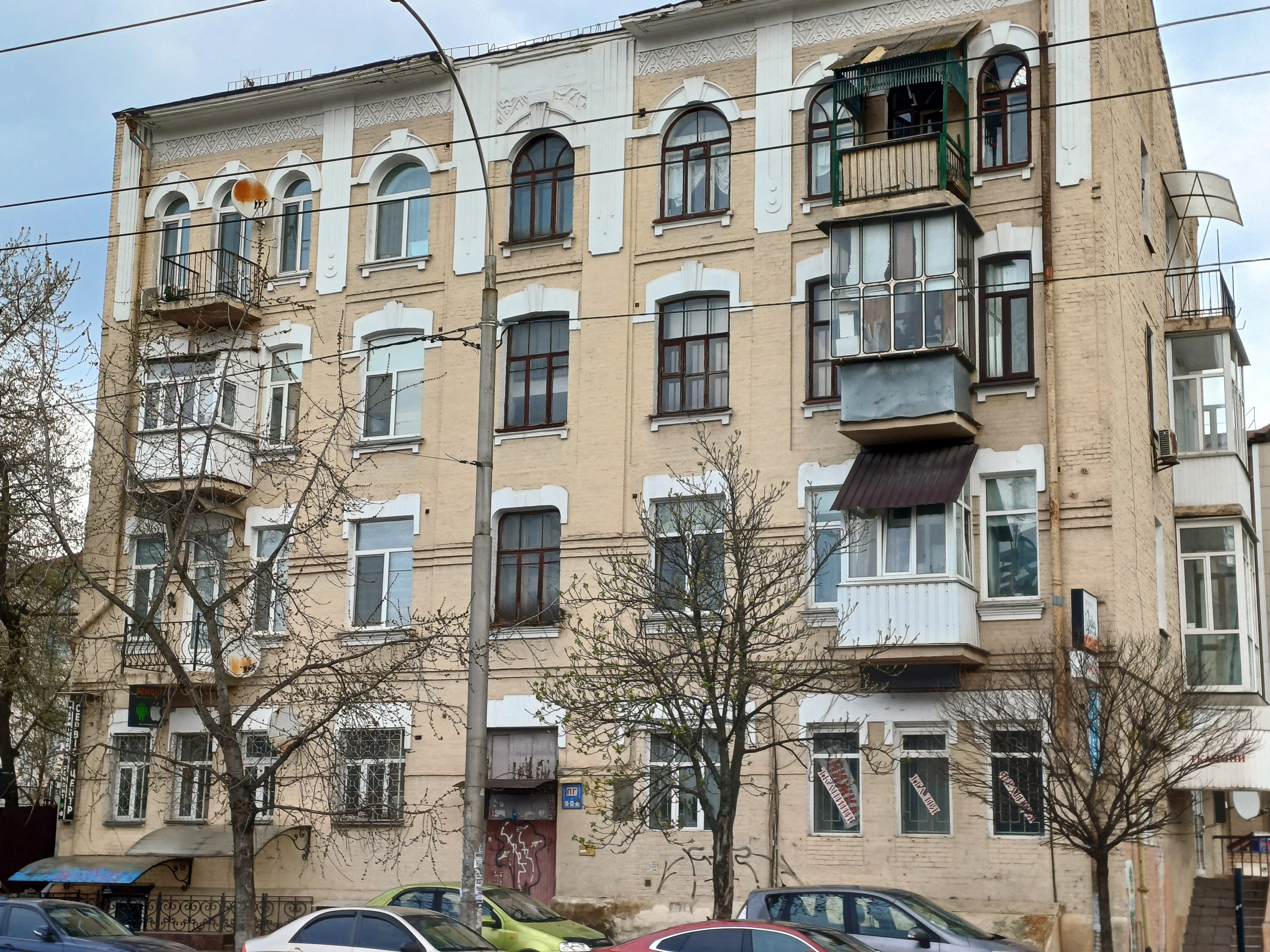


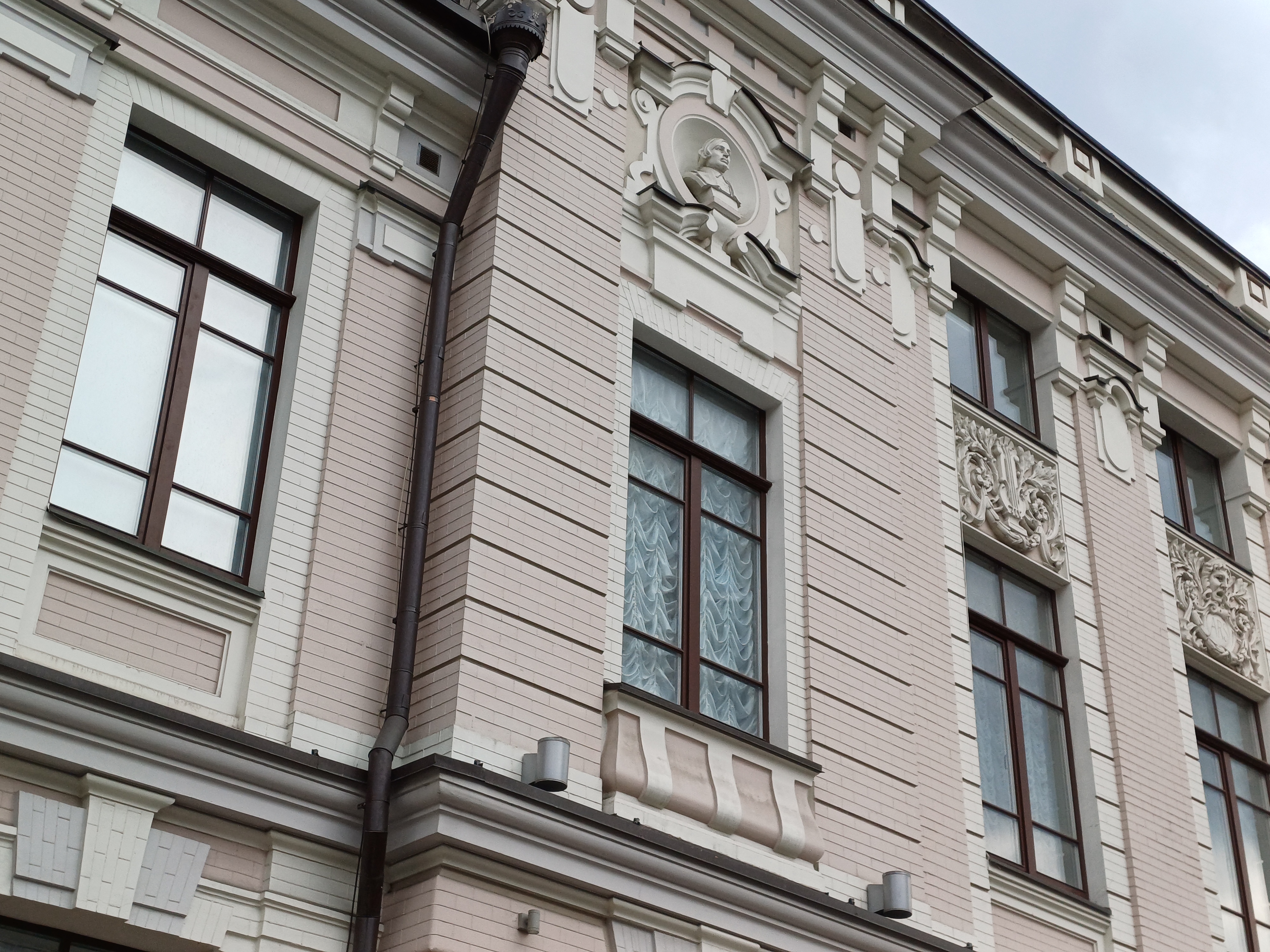

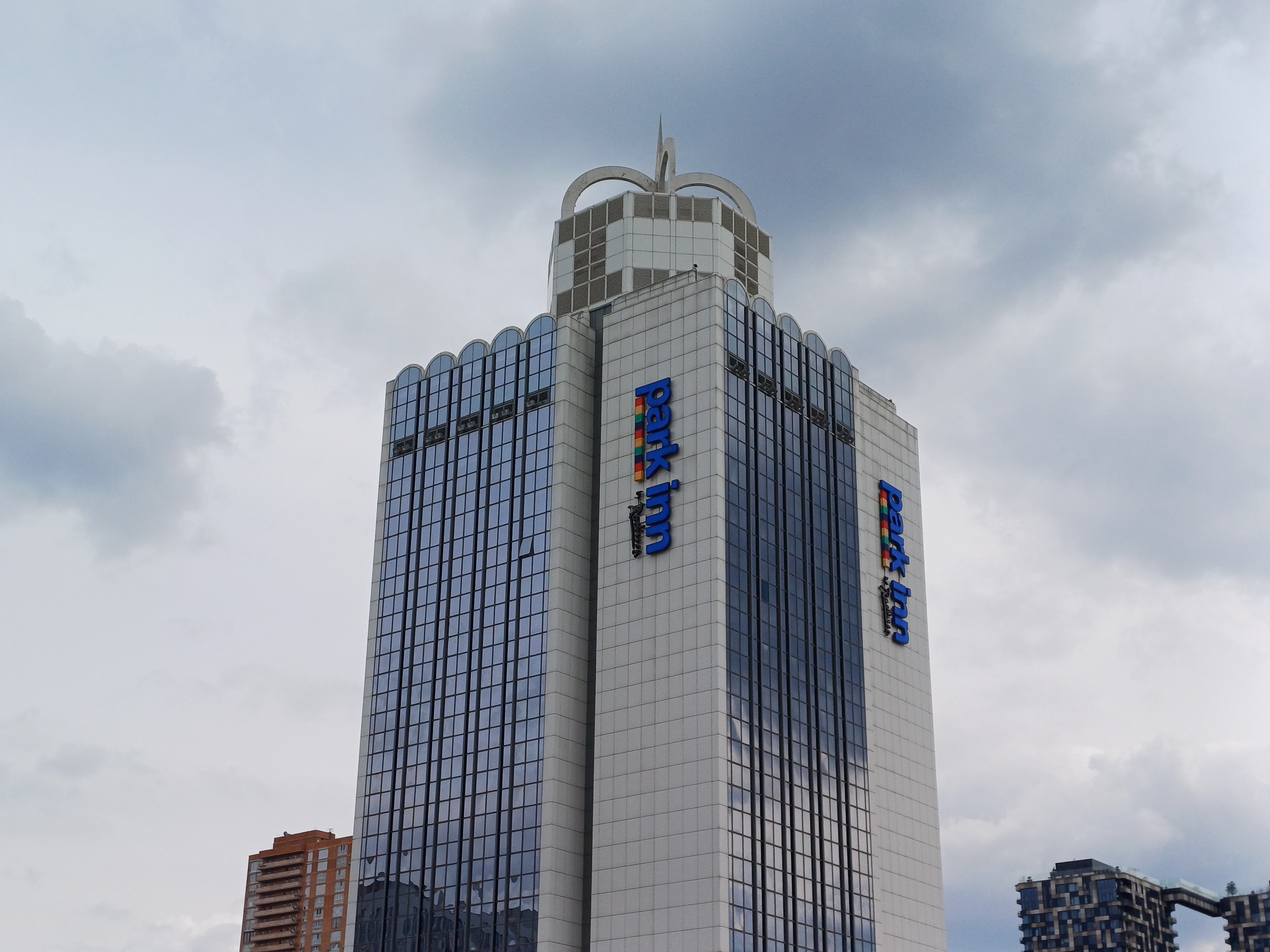

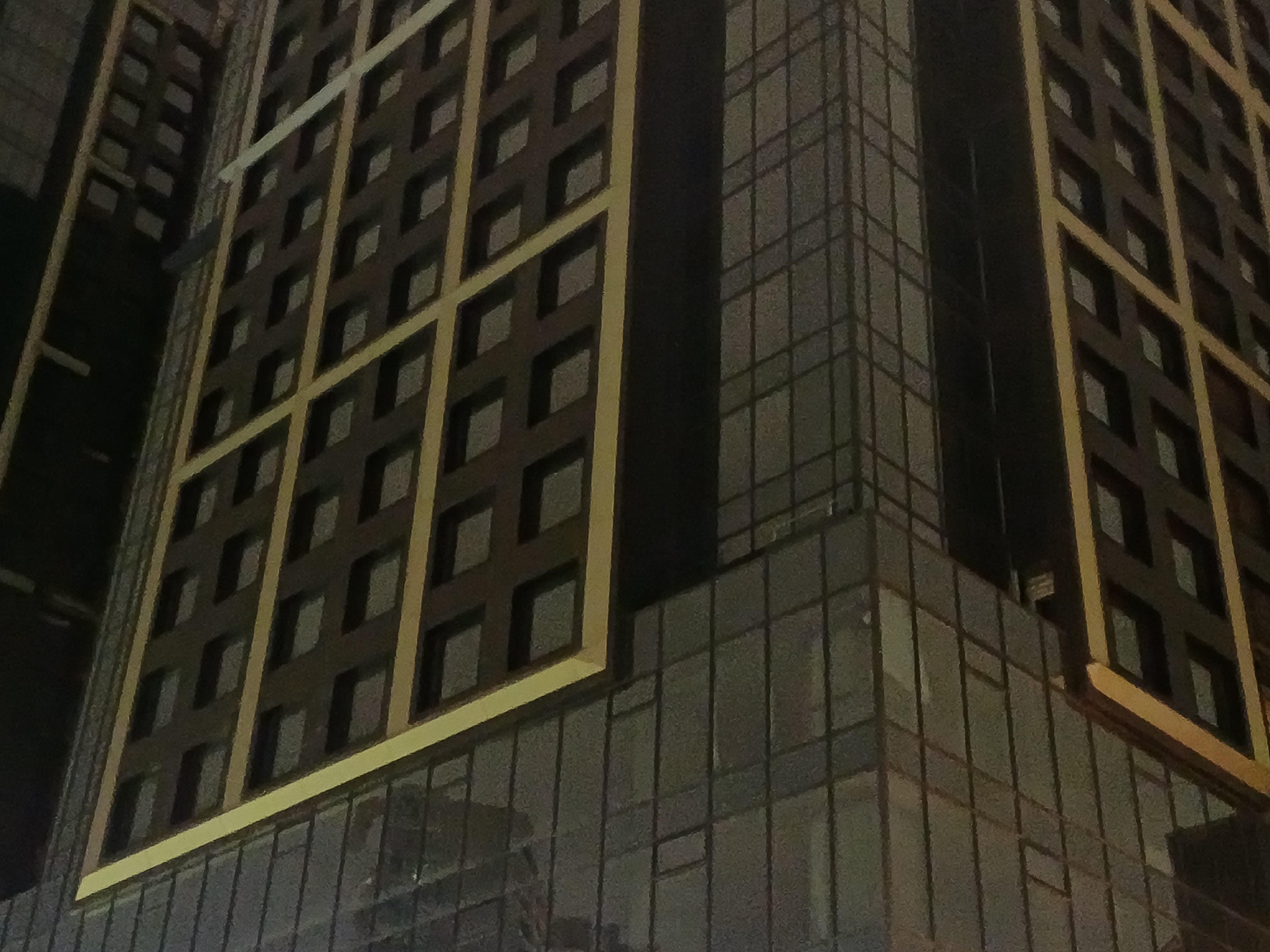

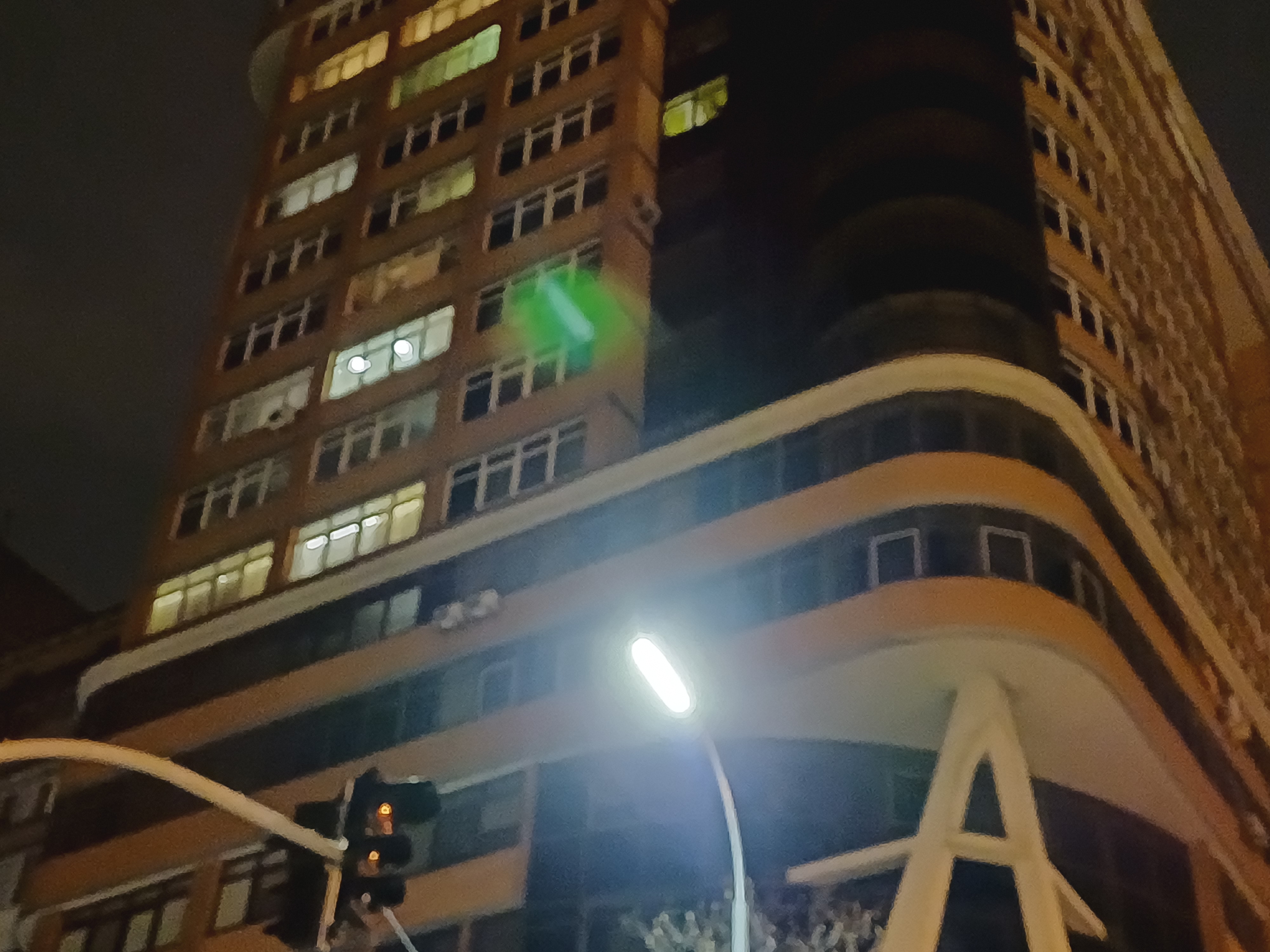

























4K video:
In a nutshell: three things you need to know about the Samsung Galaxy A54 and Galaxy A34.
- Samsung Galaxy A54 and Galaxy A34 are mid-range smartphones with a design similar to the Galaxy S23 flagships
- The main cameras have optical stabilisation and take good photos
- The smartphones are IP67 dust and water resistant
Go Deeper:
- The Eternal Revolutionary: Samsung Galaxy S23 and Galaxy S23+ R eview
- Samsung Galaxy S23 Ultra review: reaching for the stars
- Samsung Galaxy Flip4 review: flagship Android smartphone clamshell
- Samsung Galaxy Fold4 review: the best smartphone for geeks
